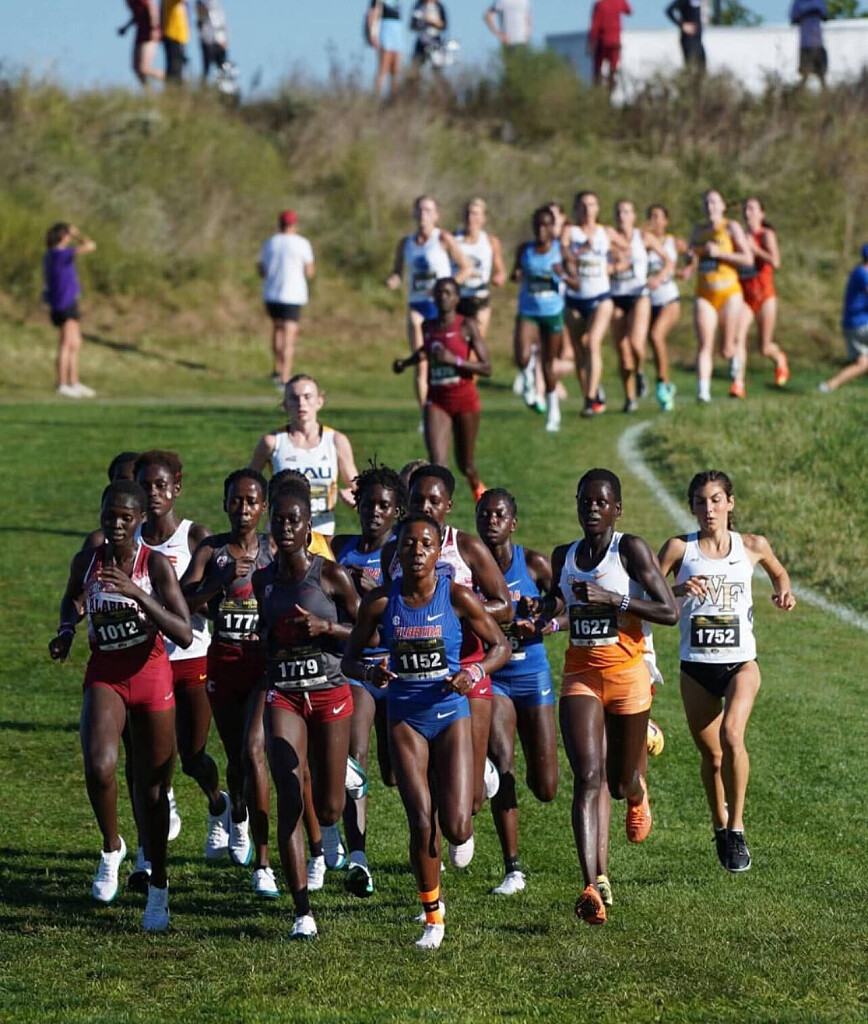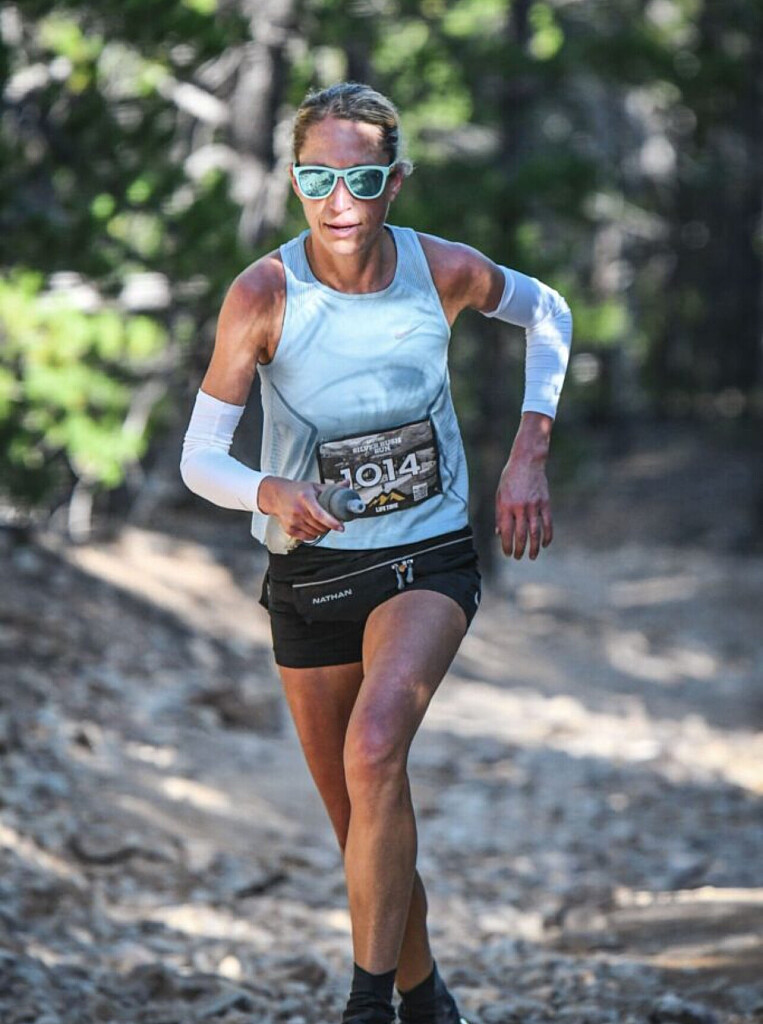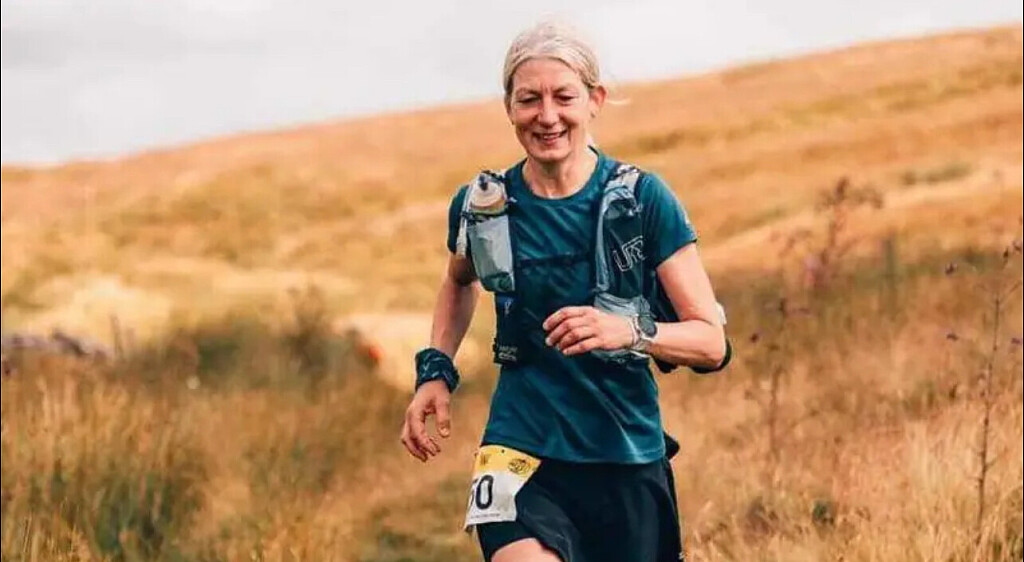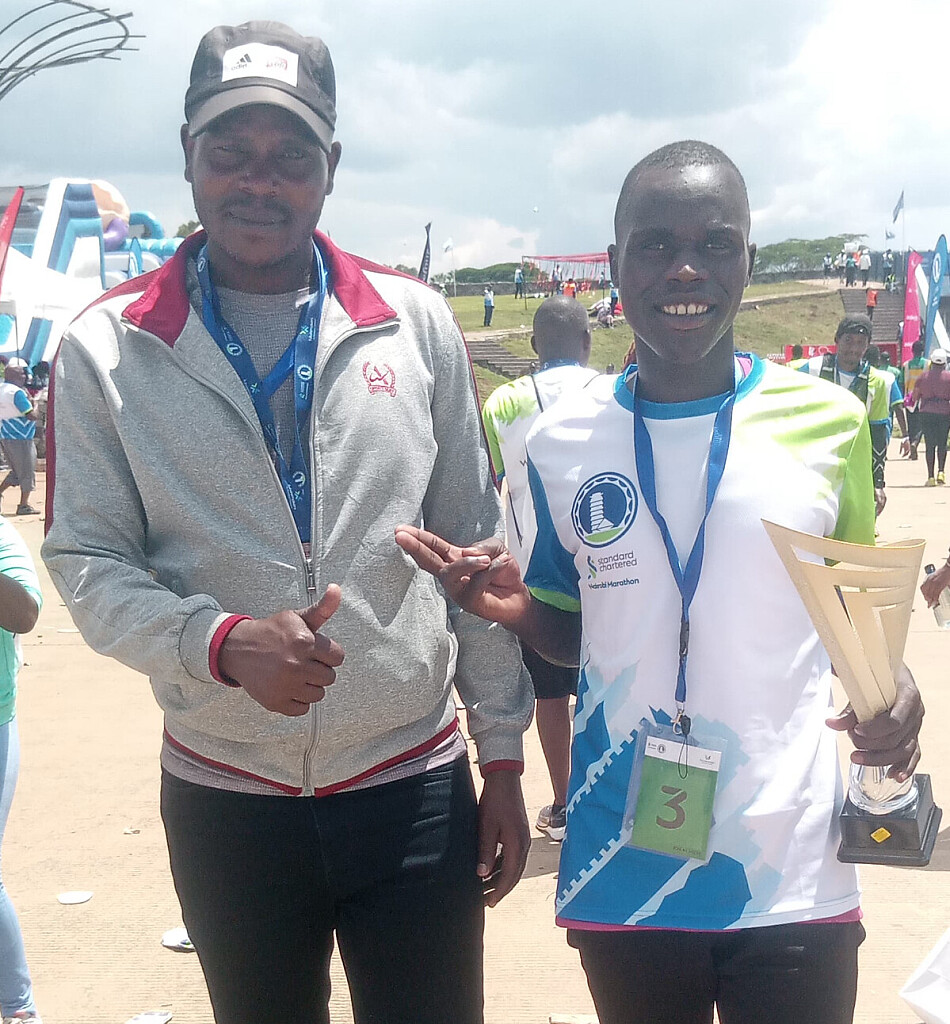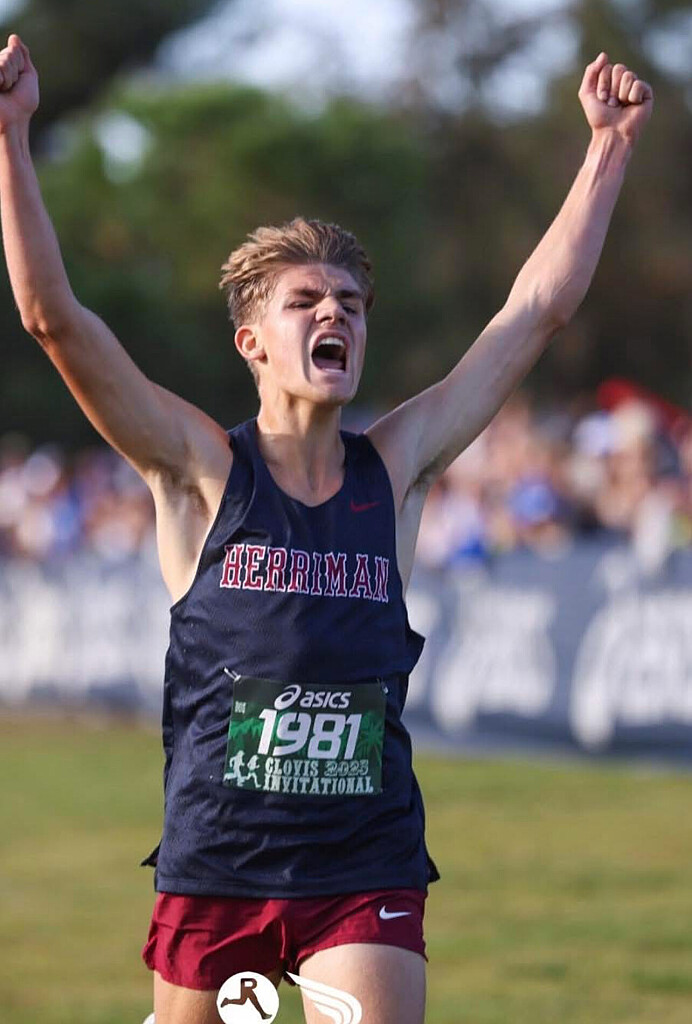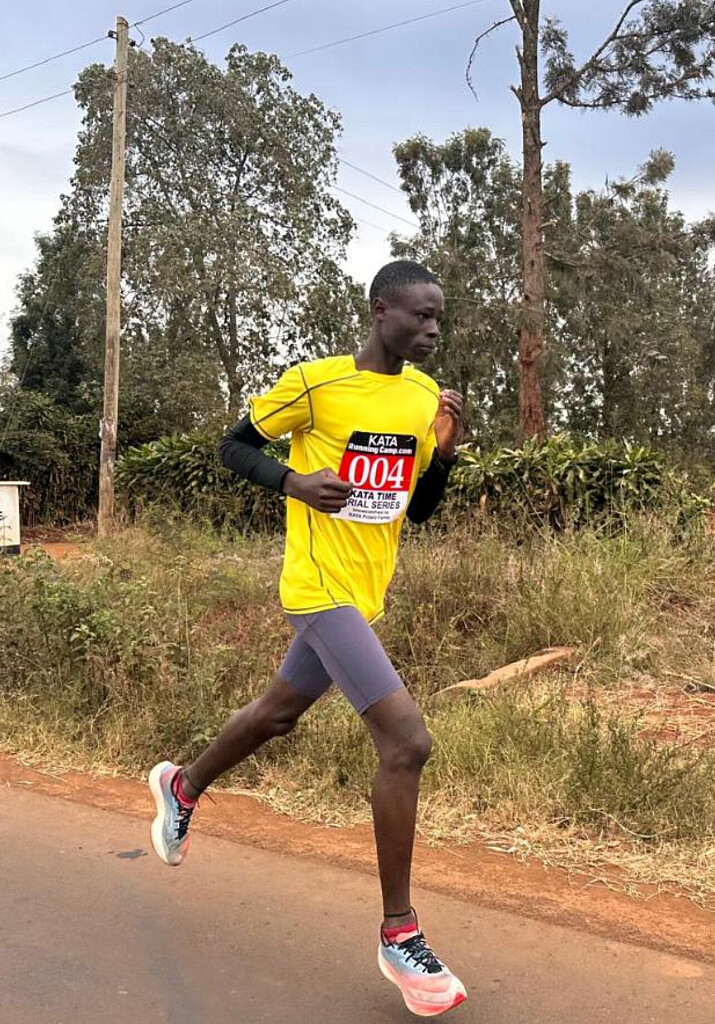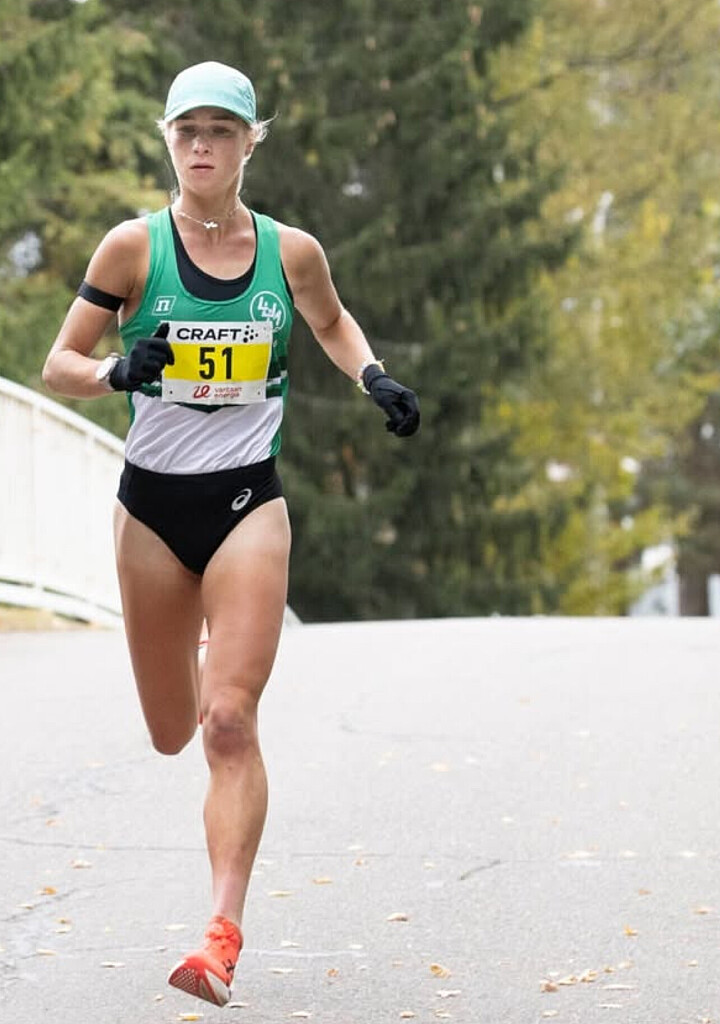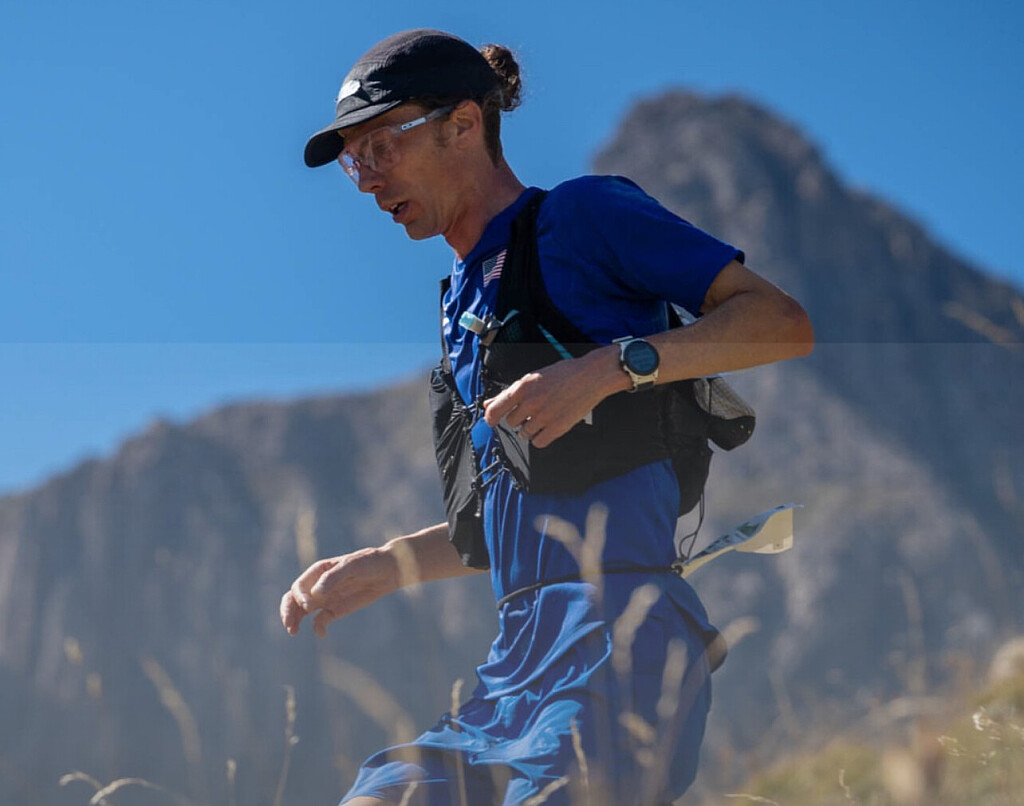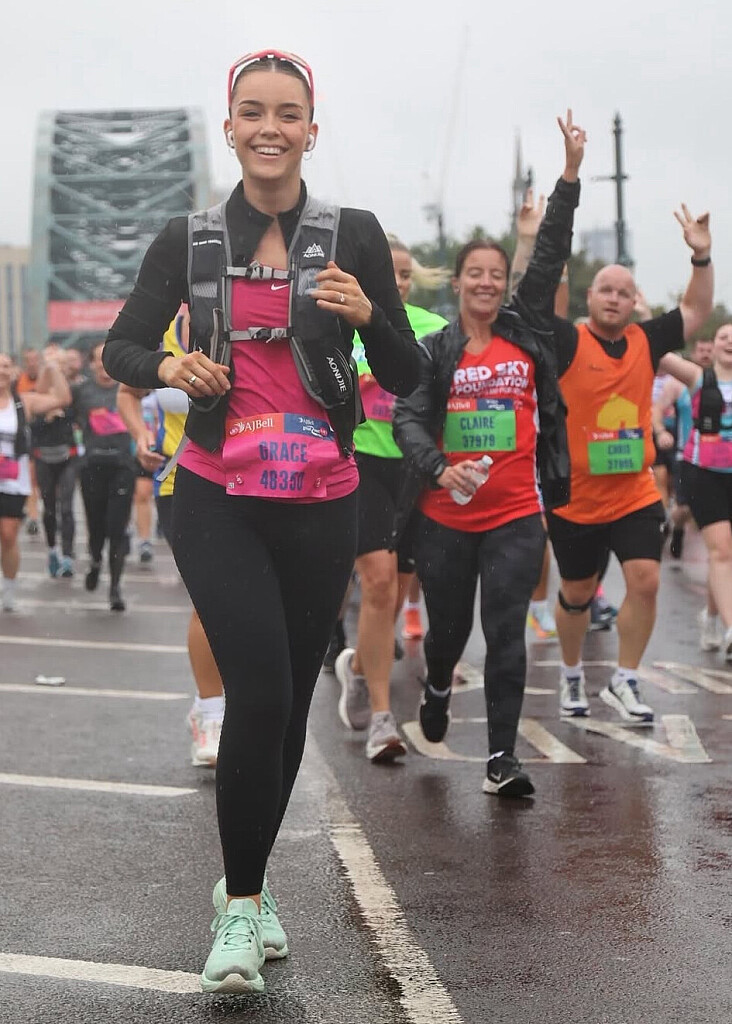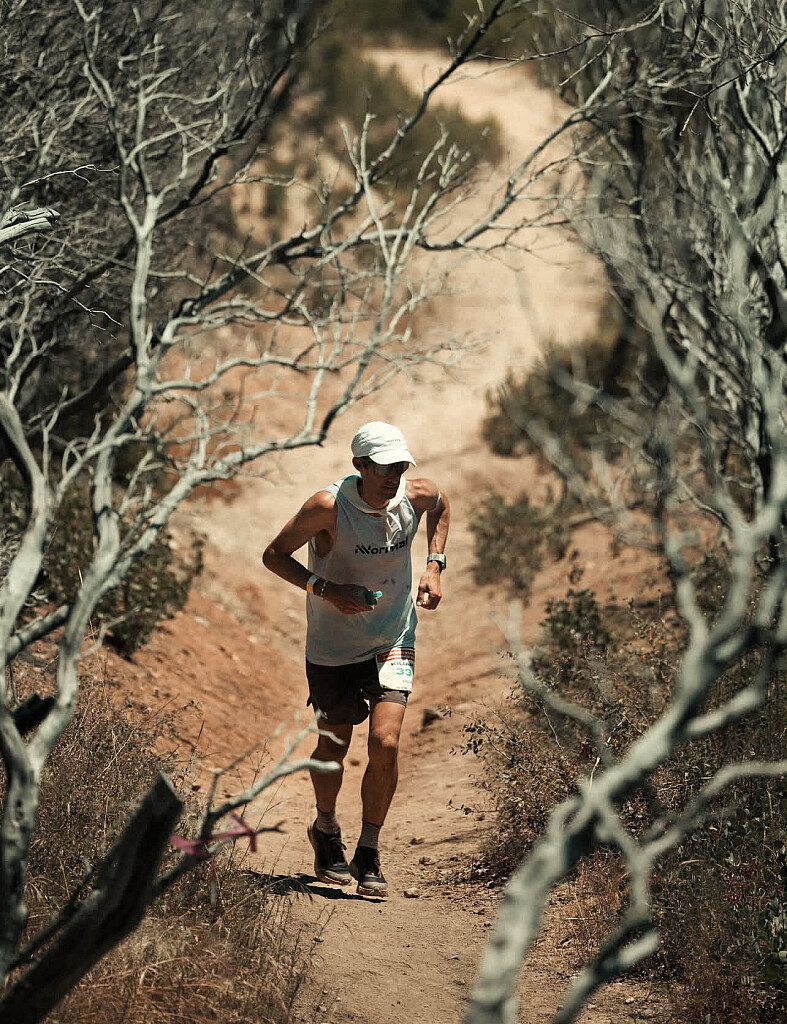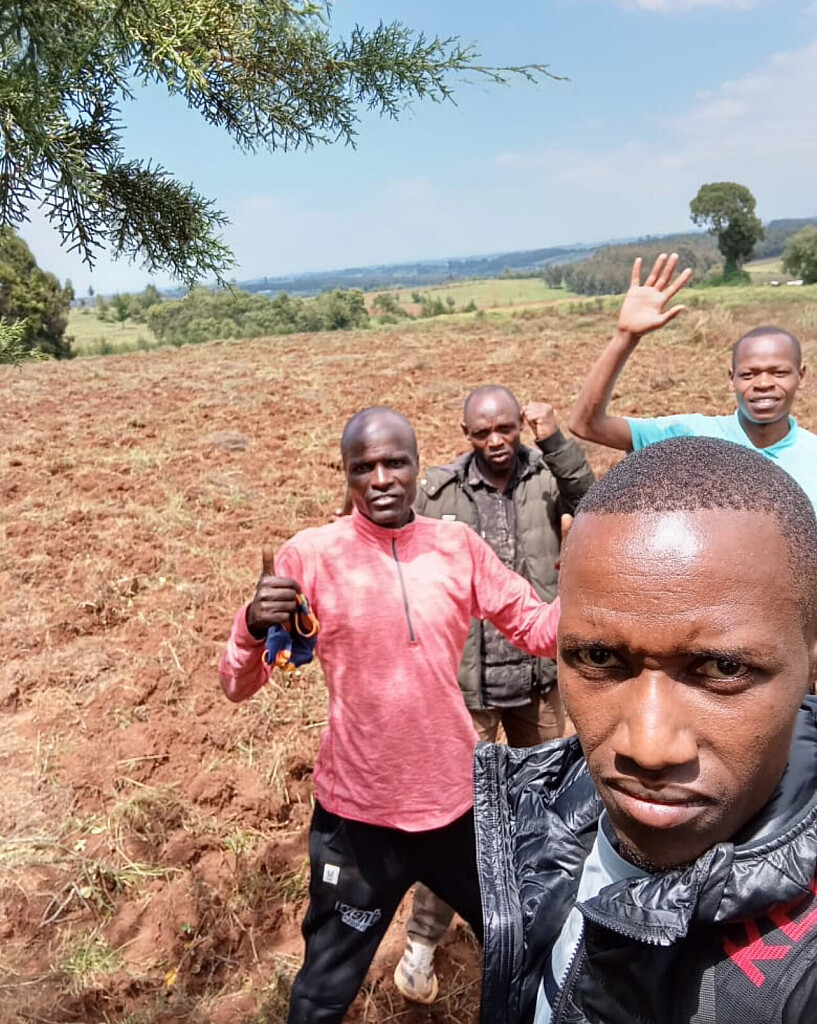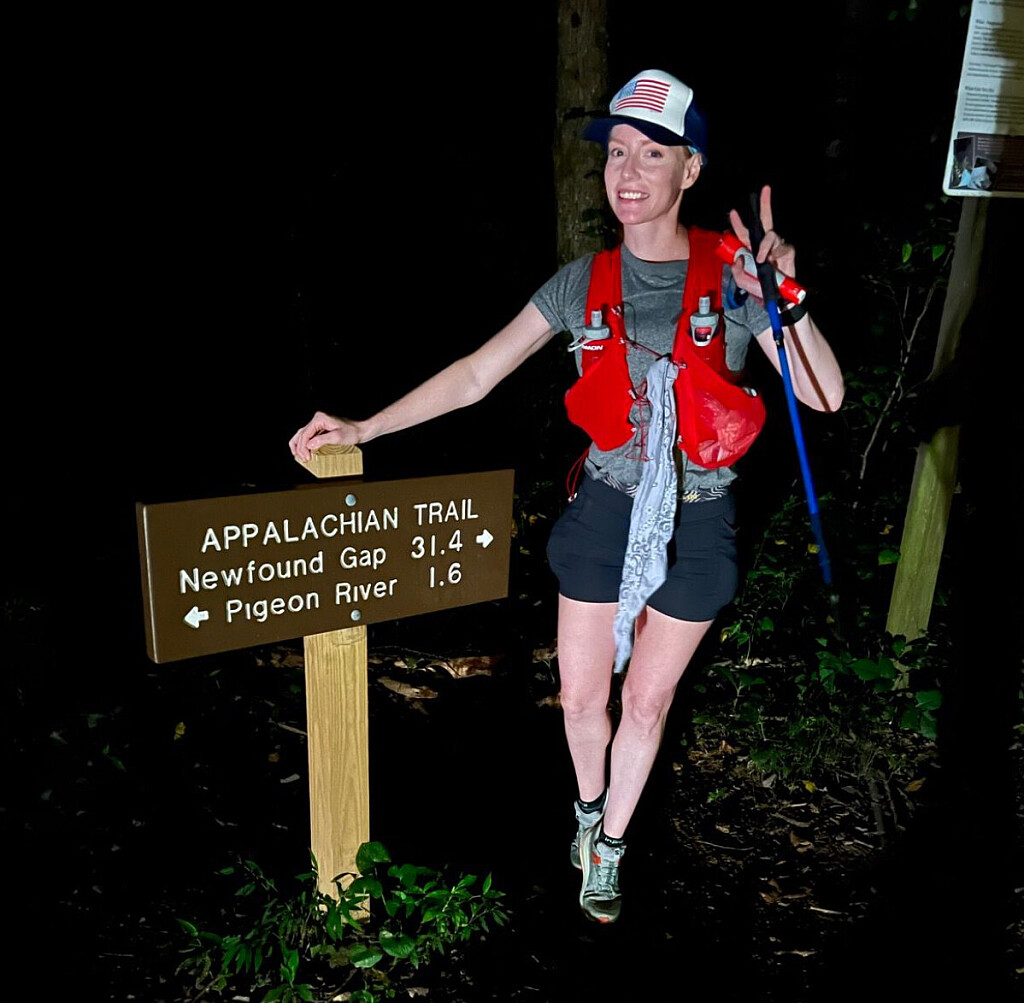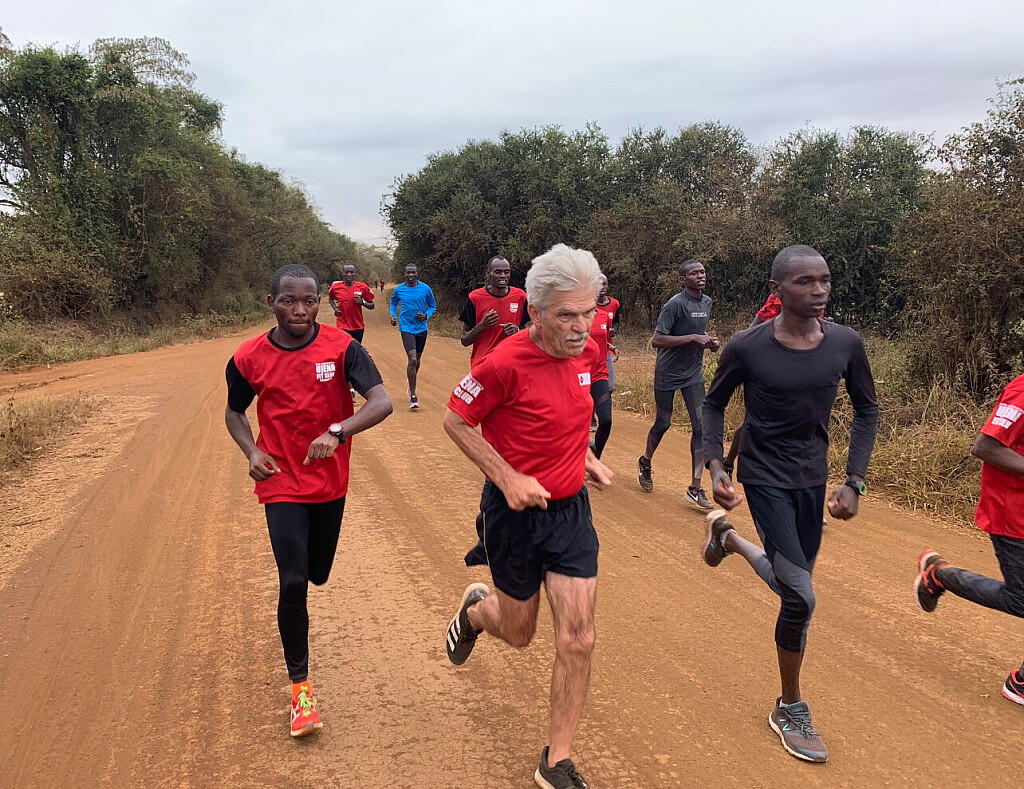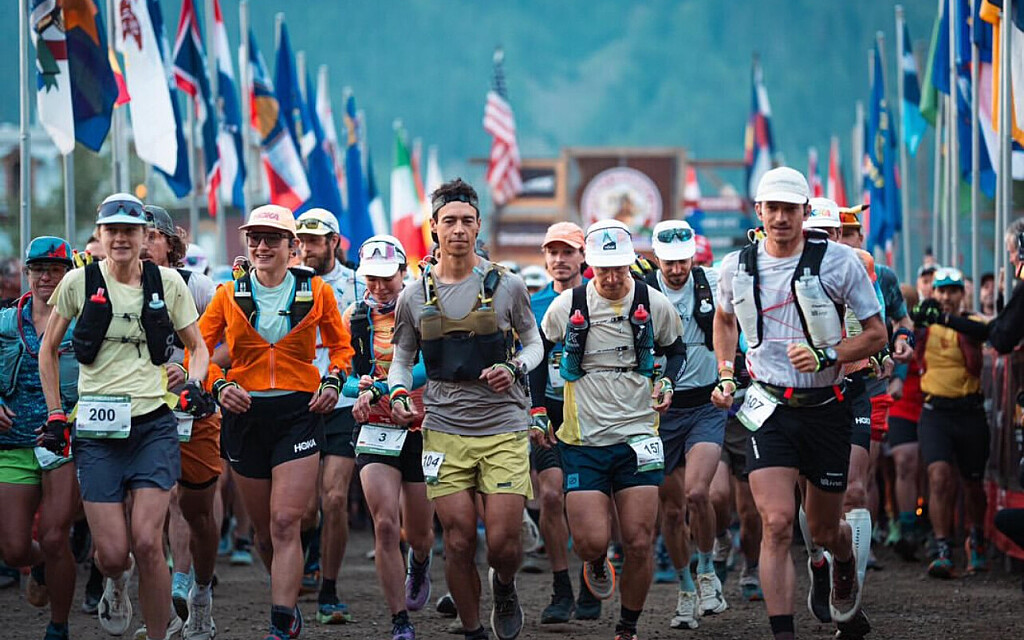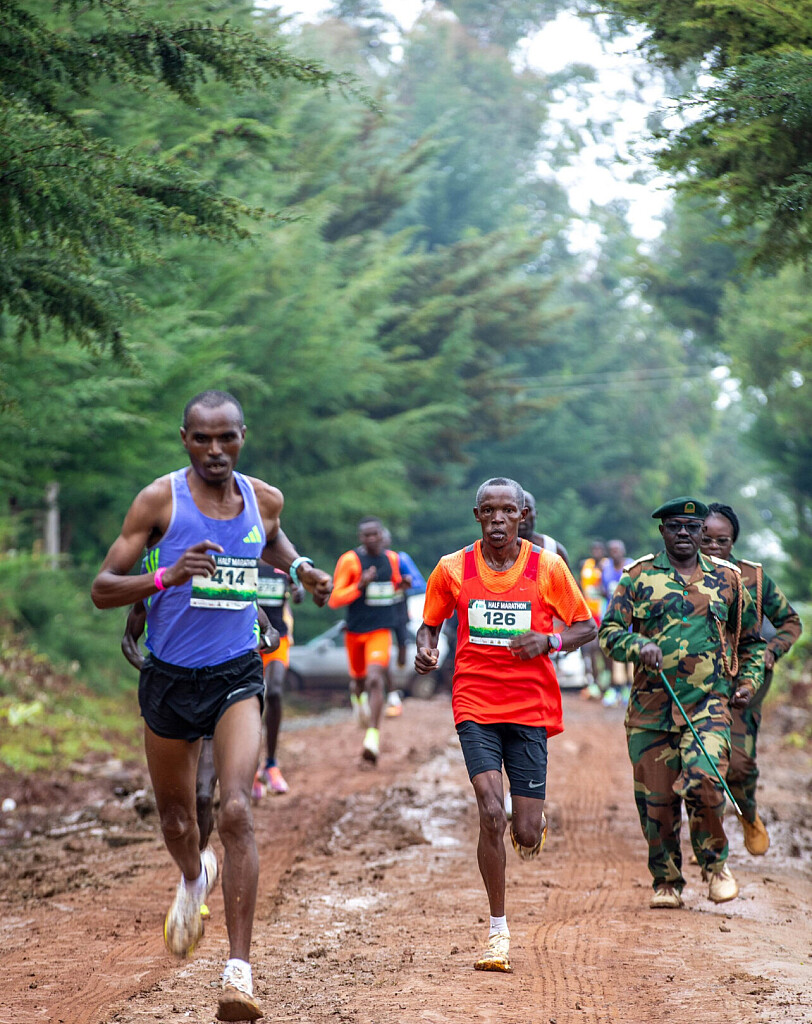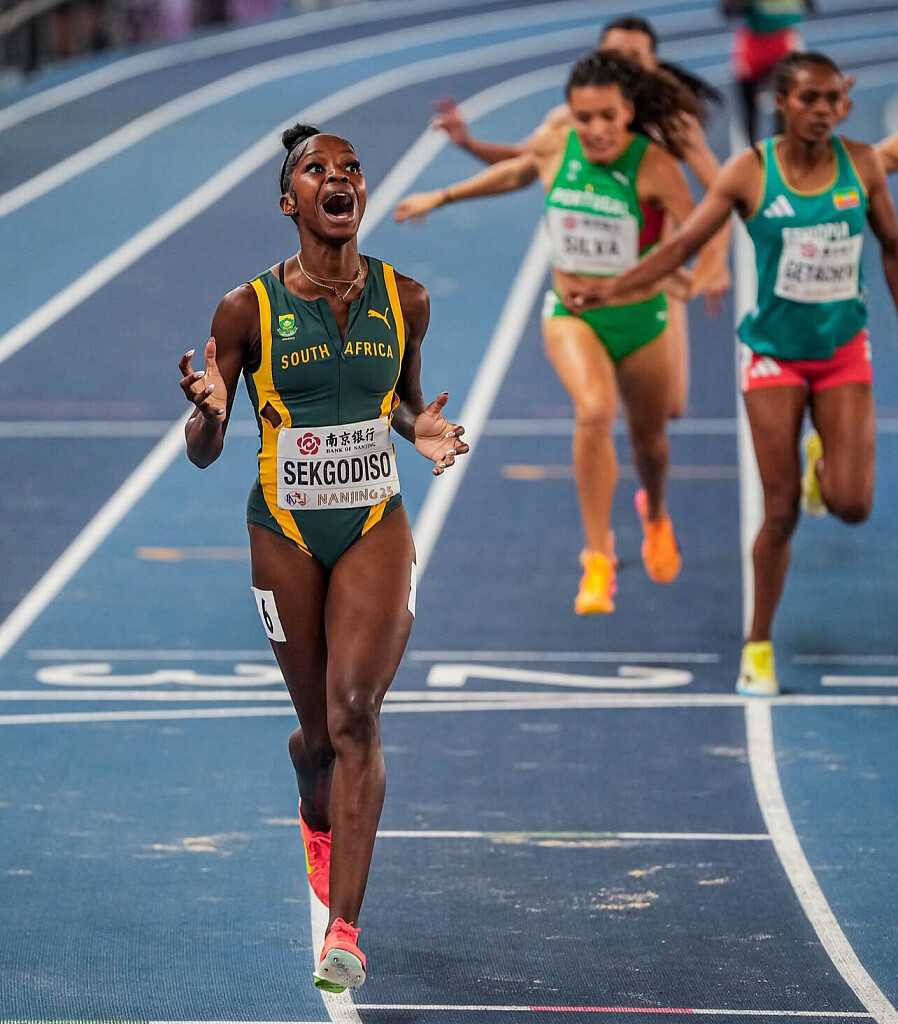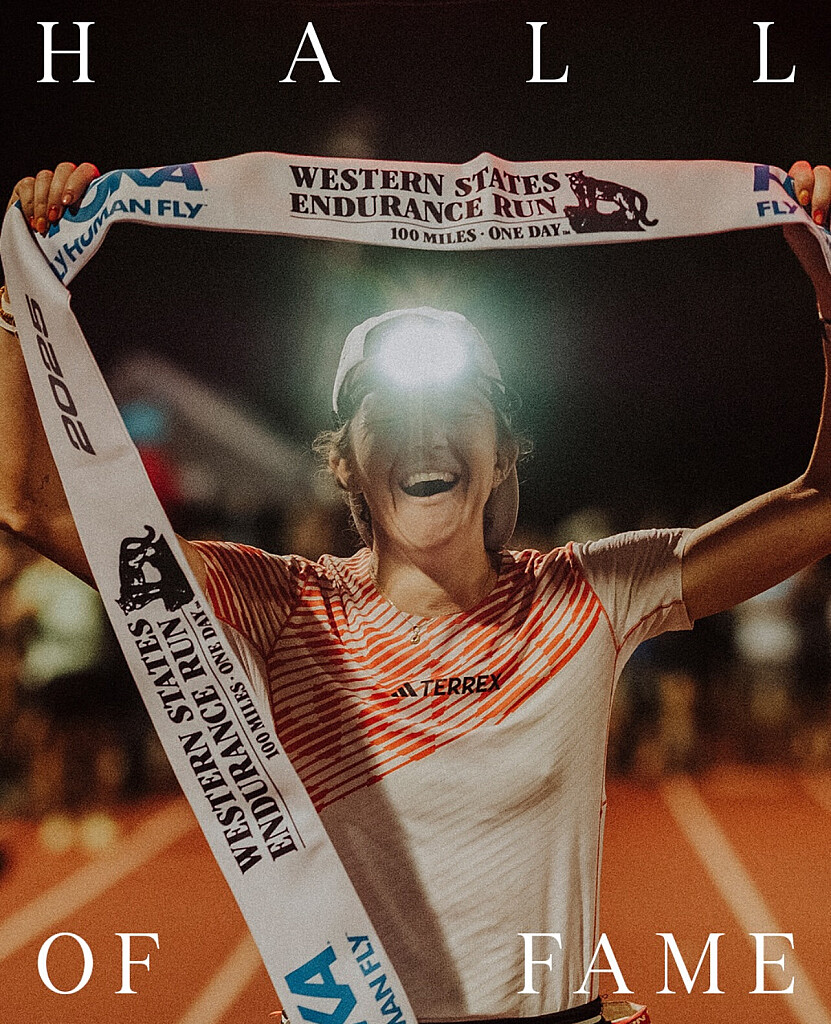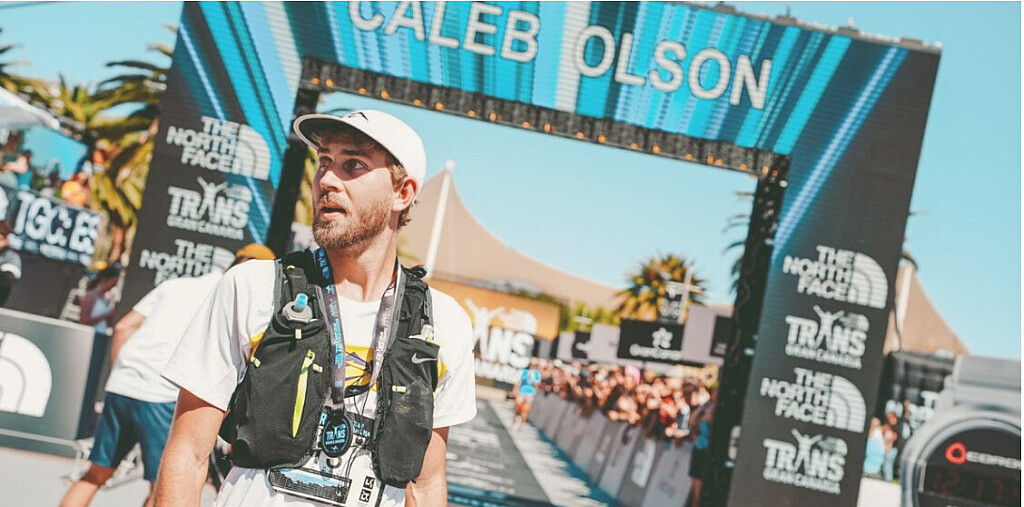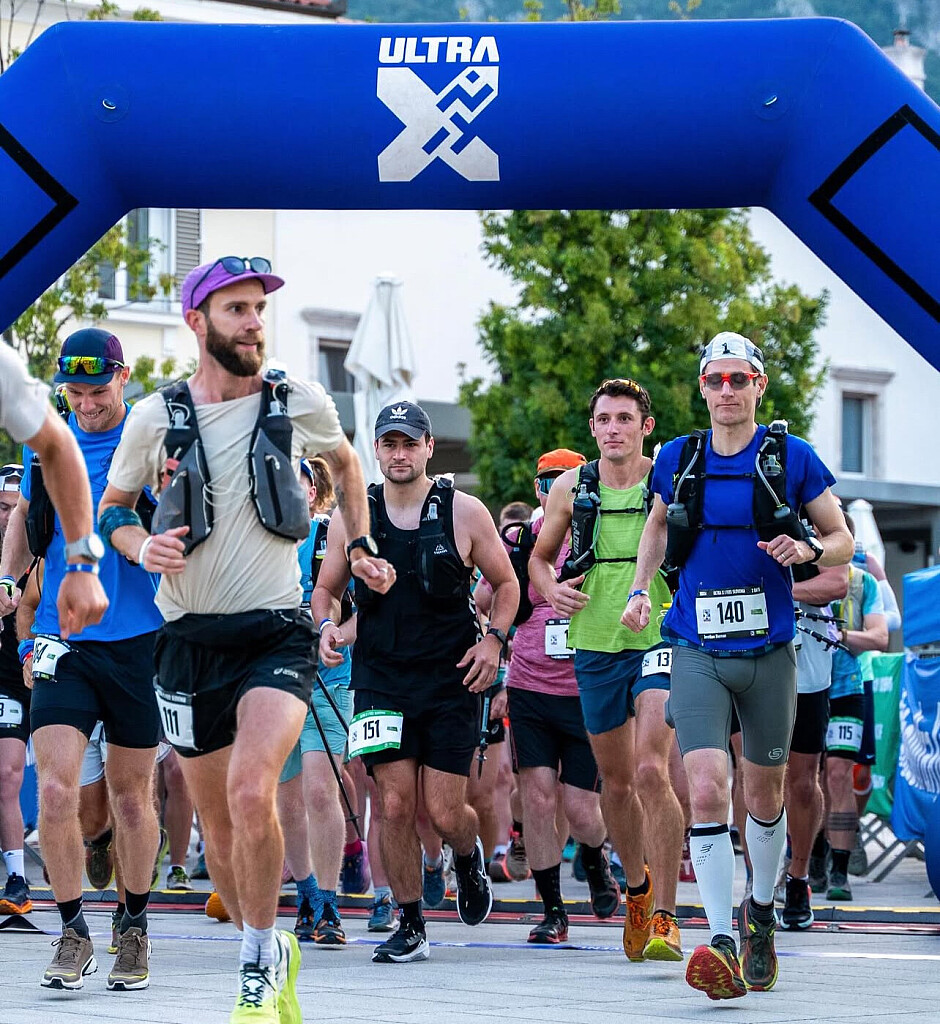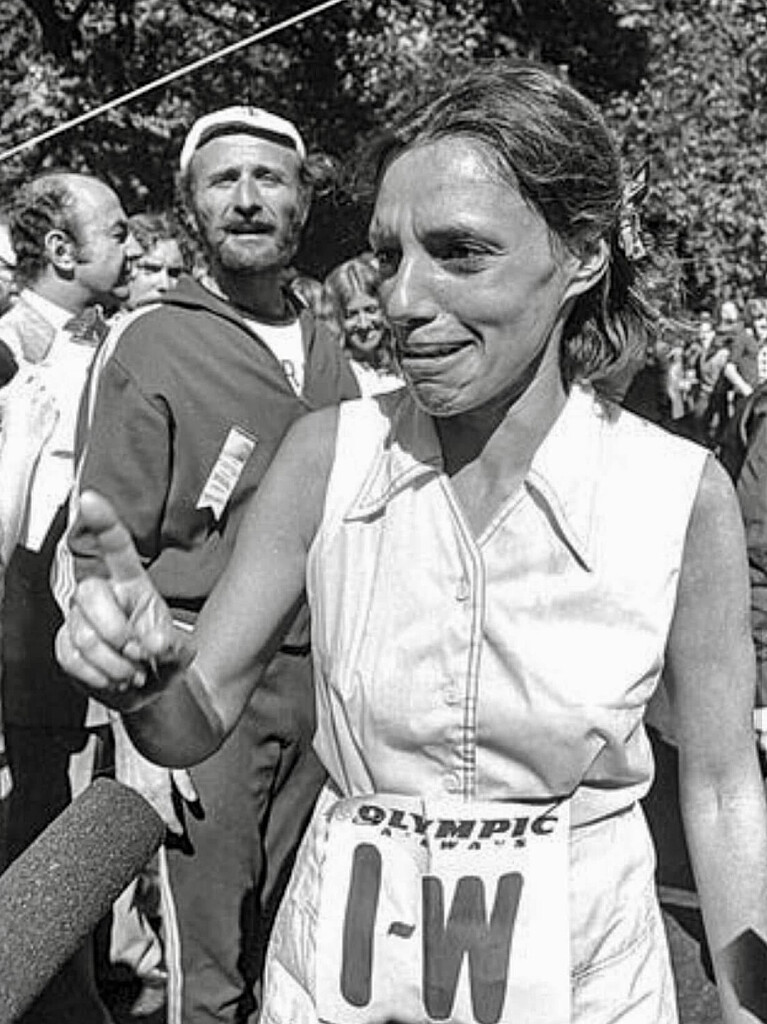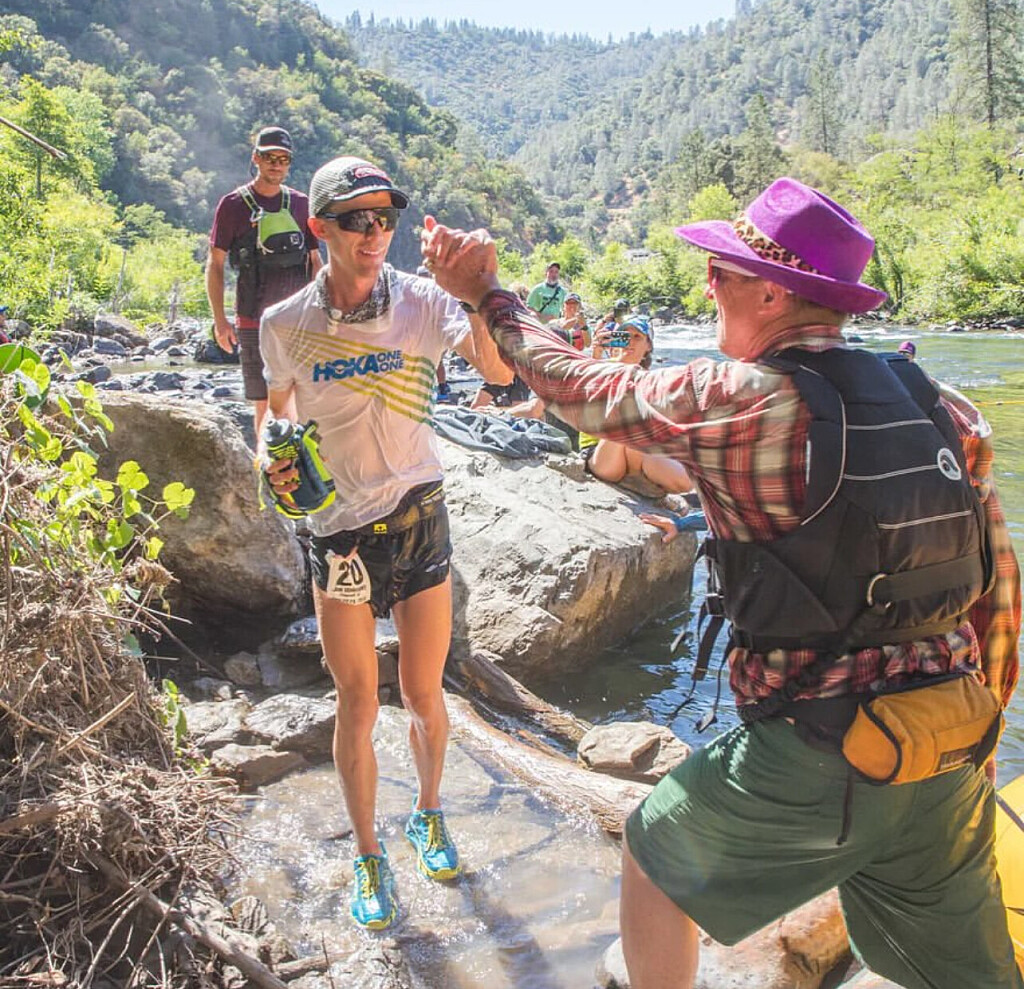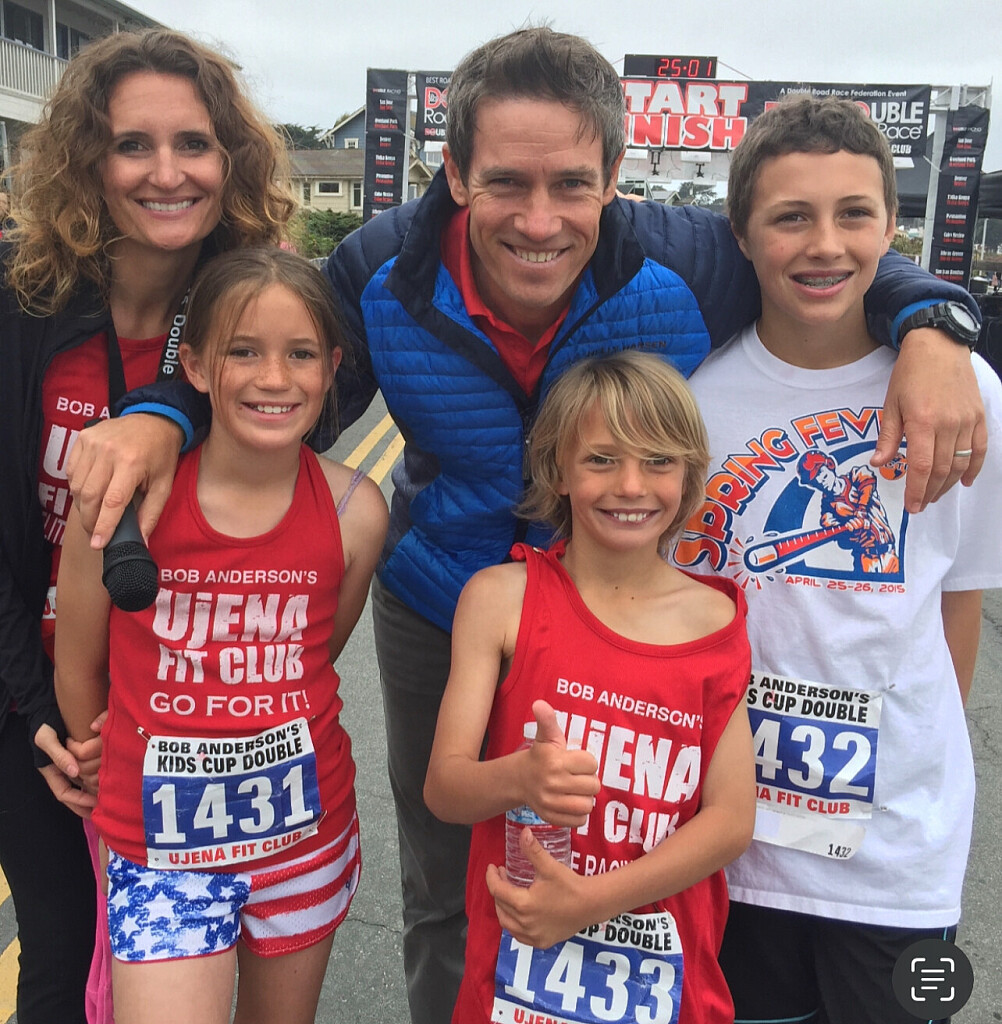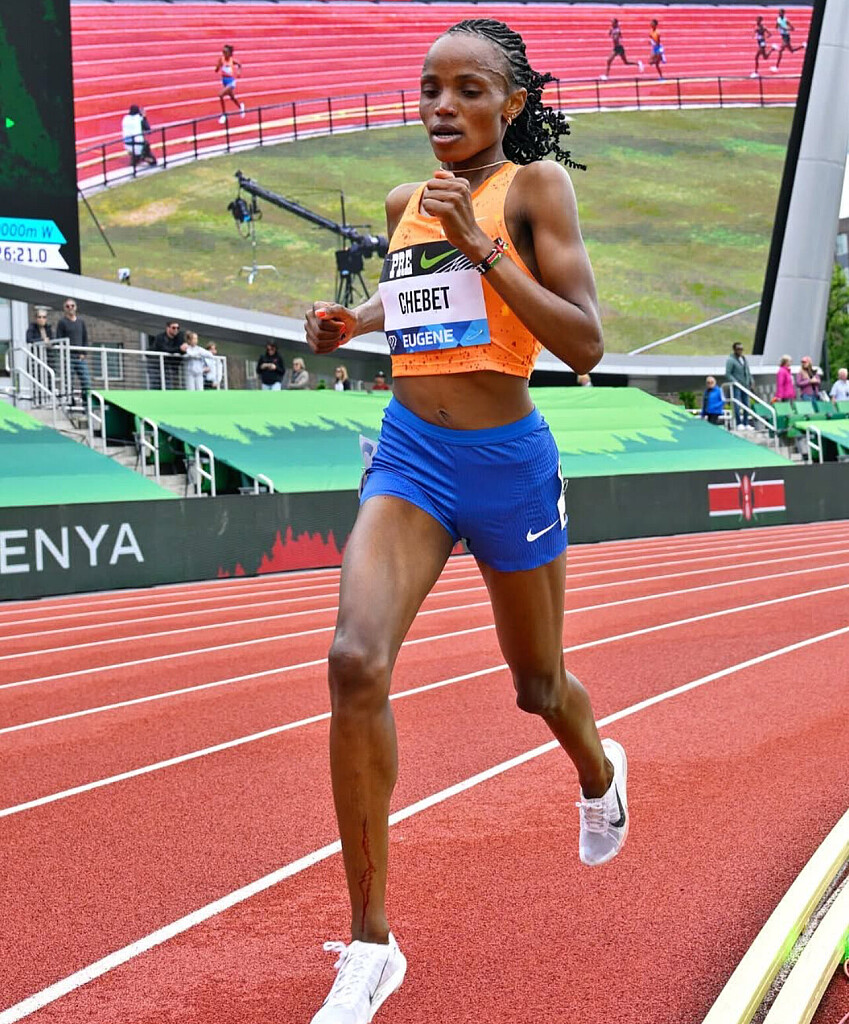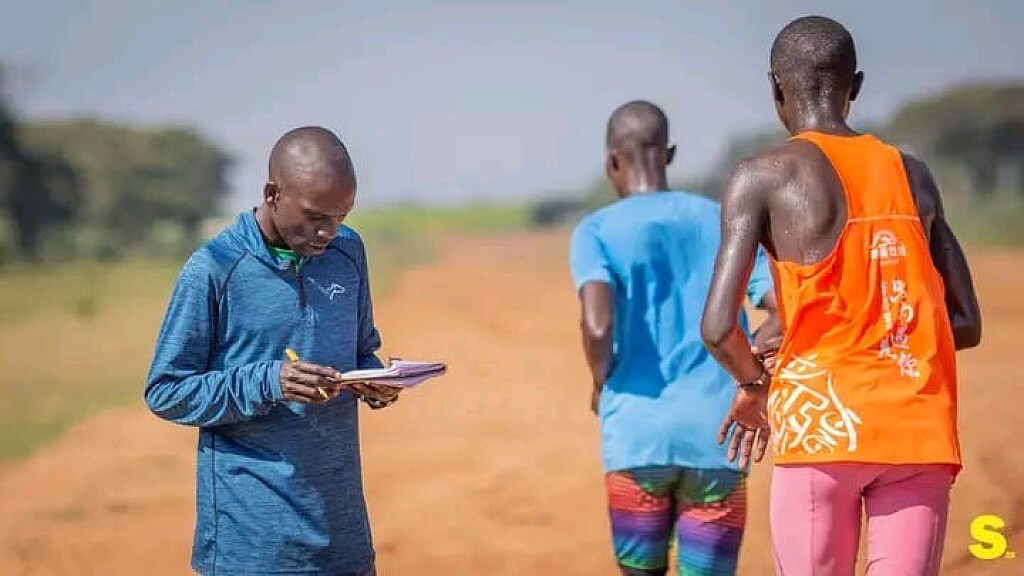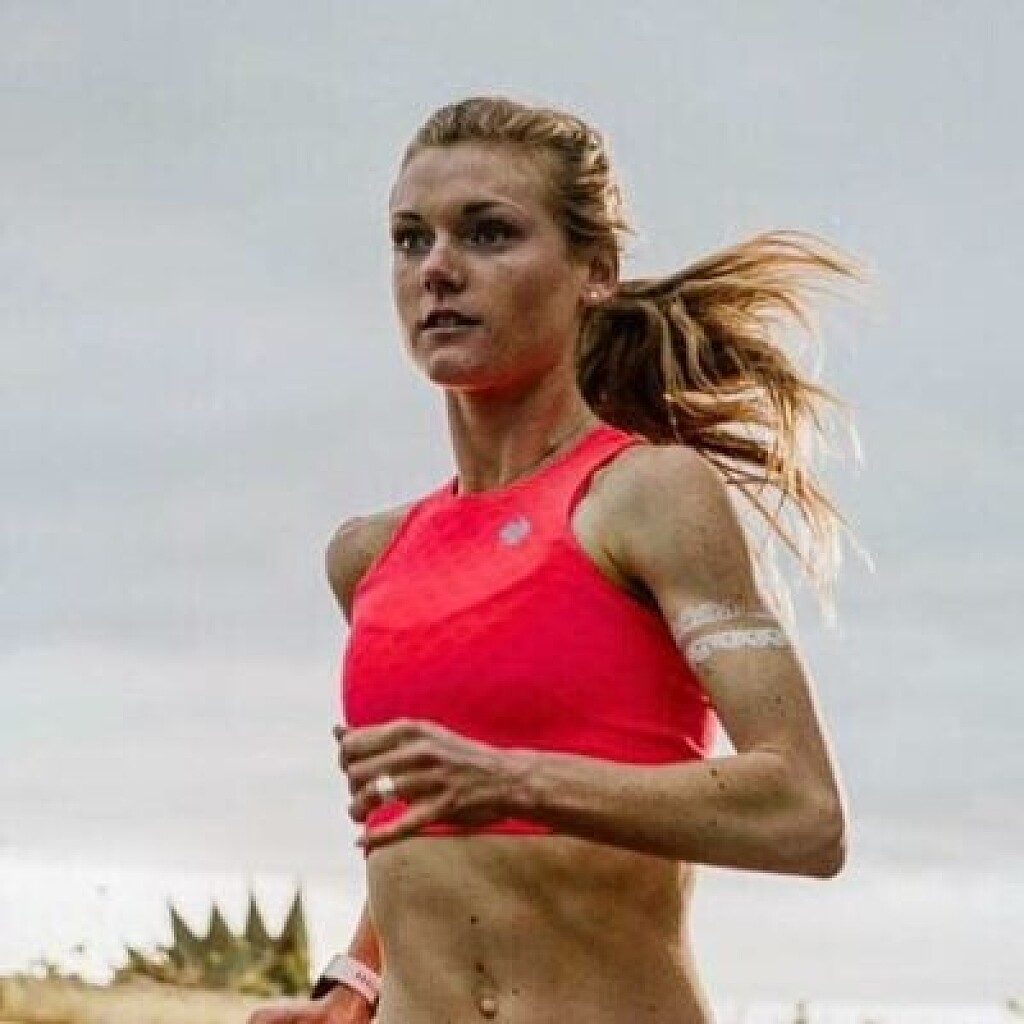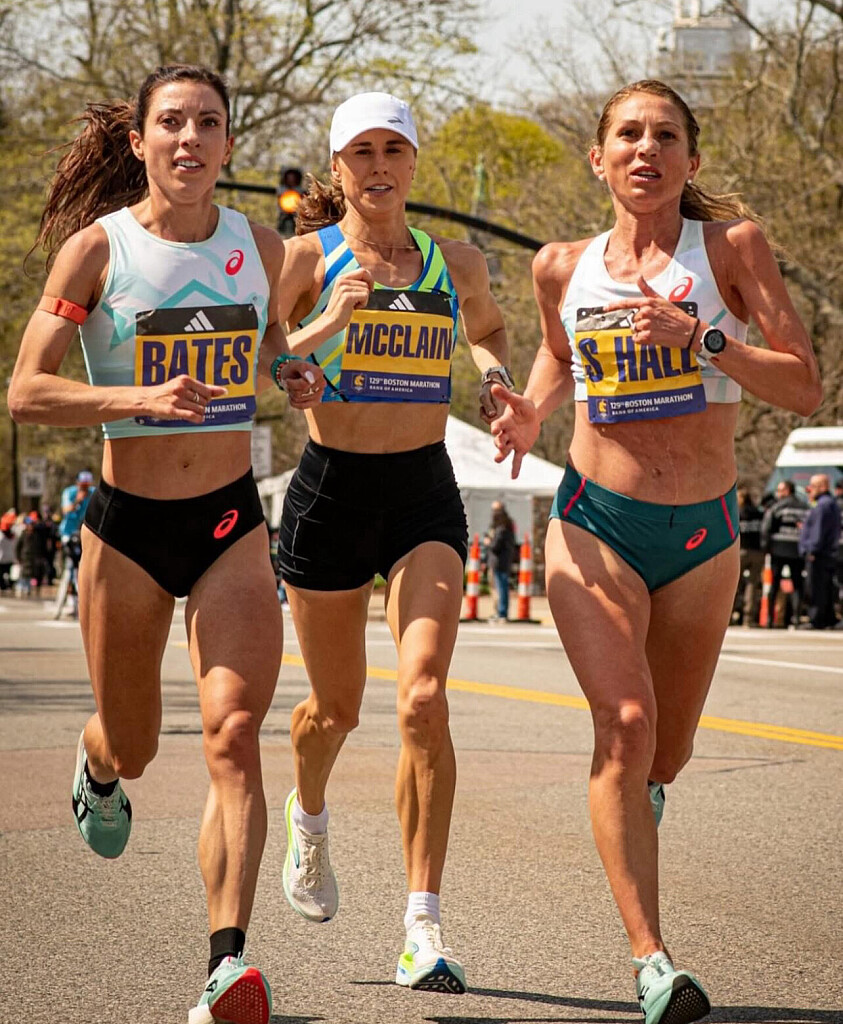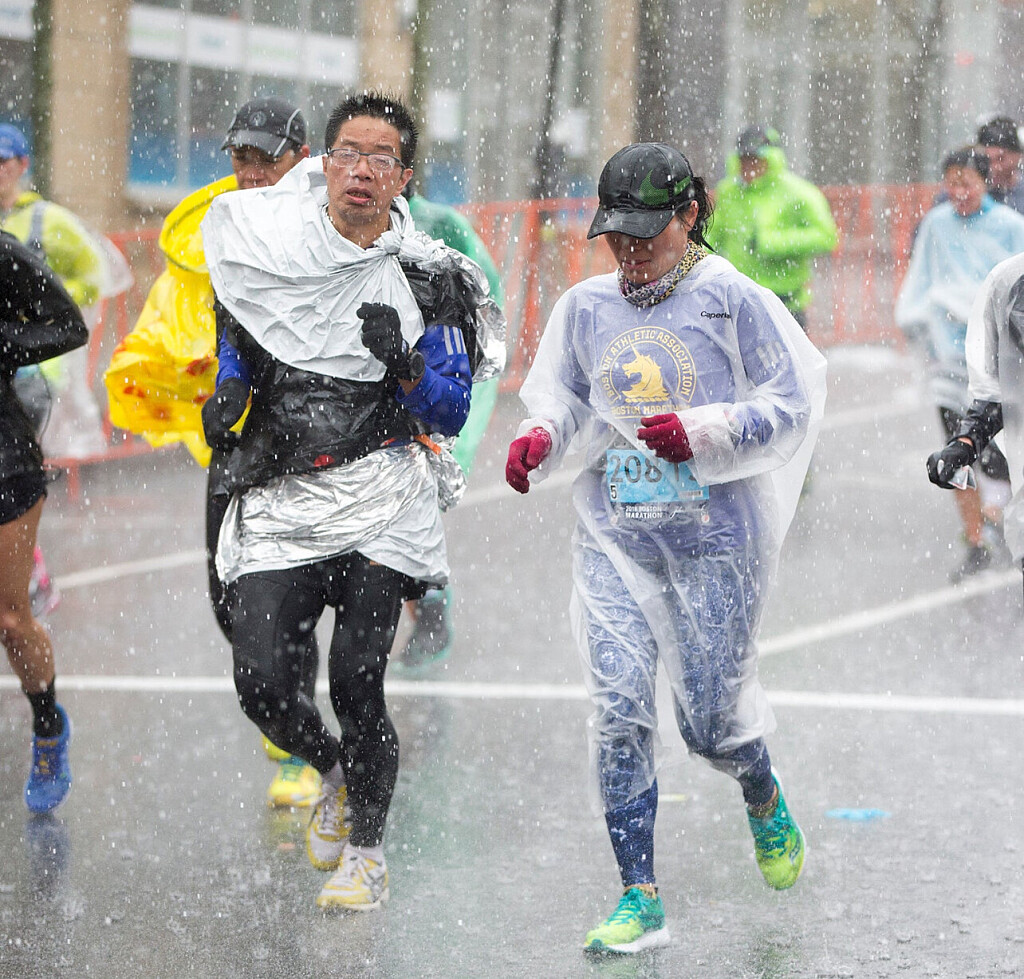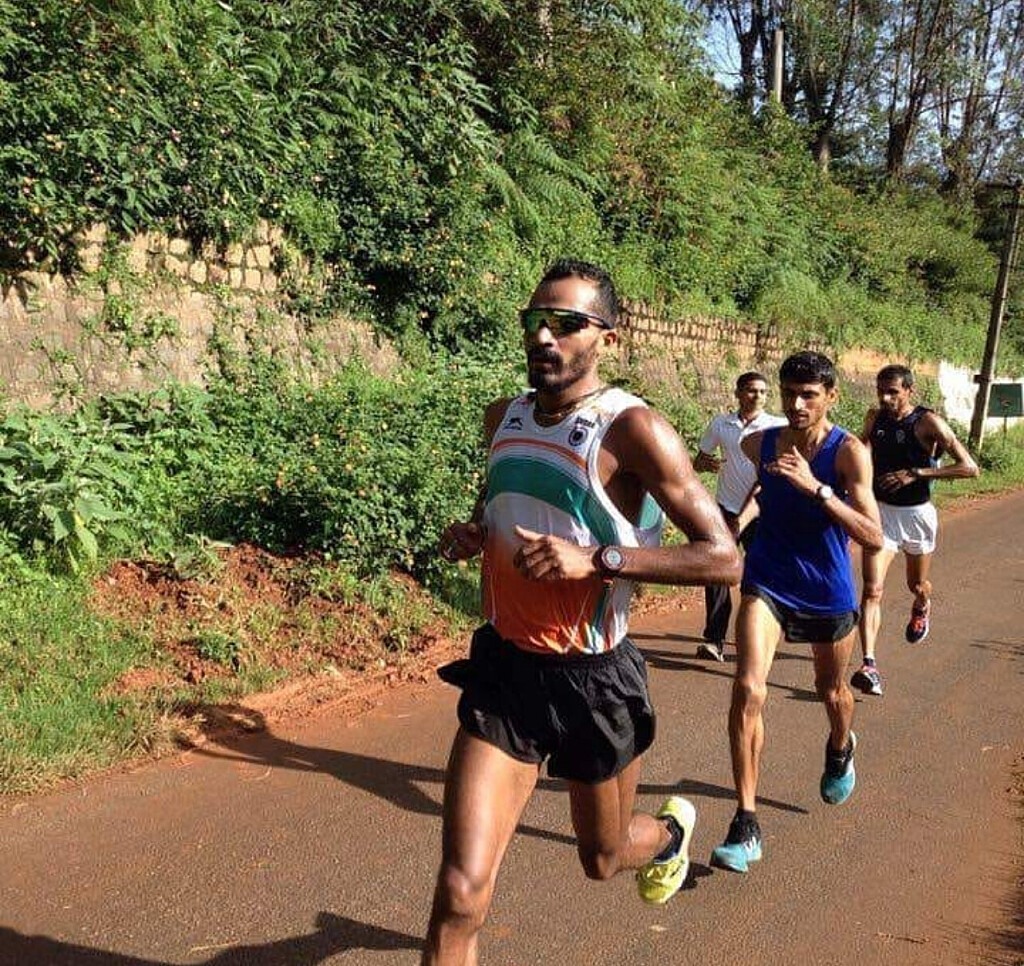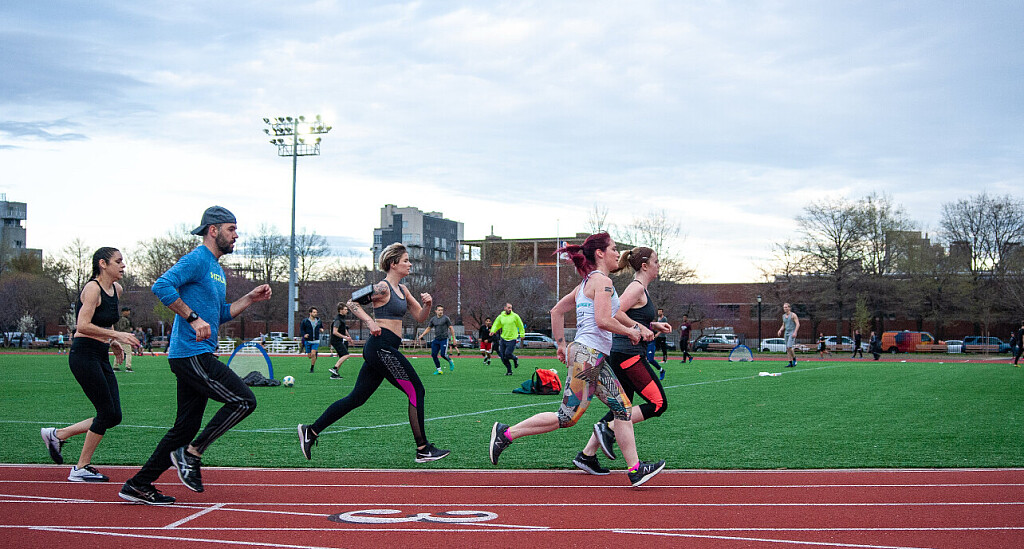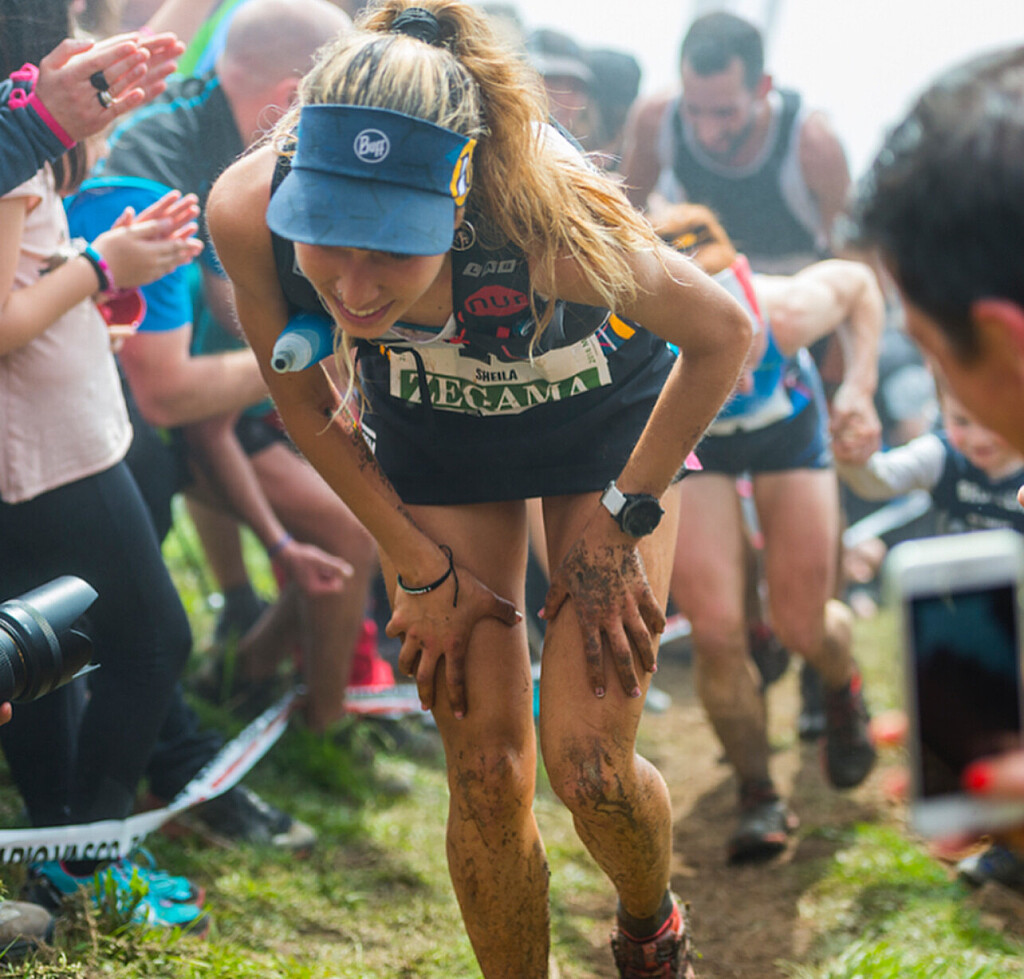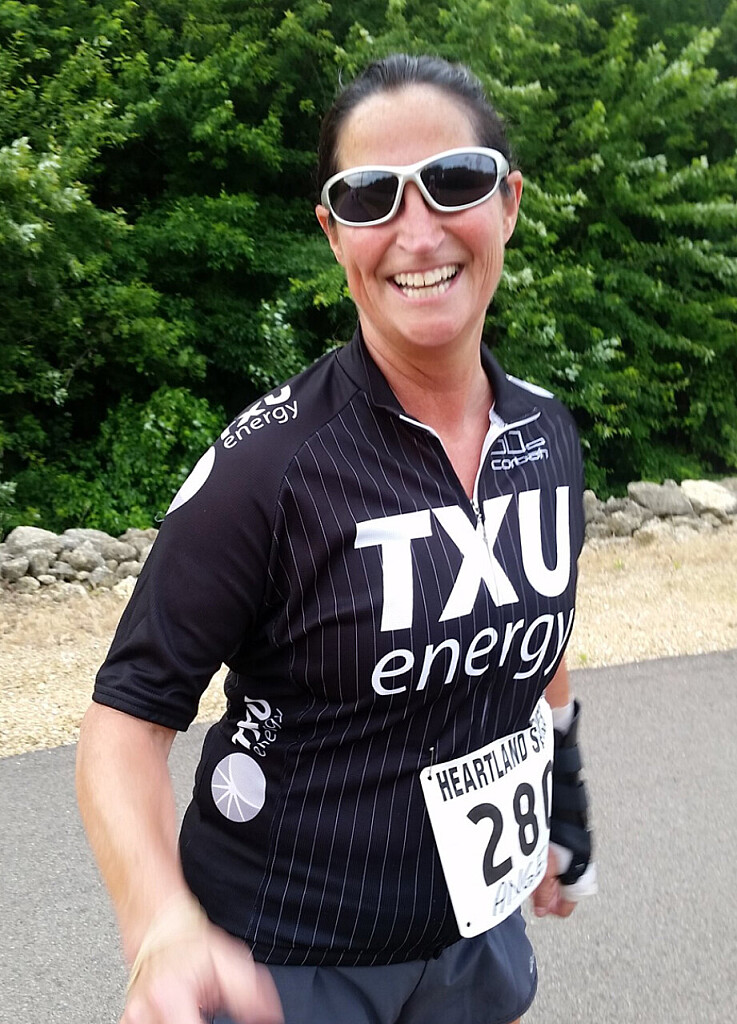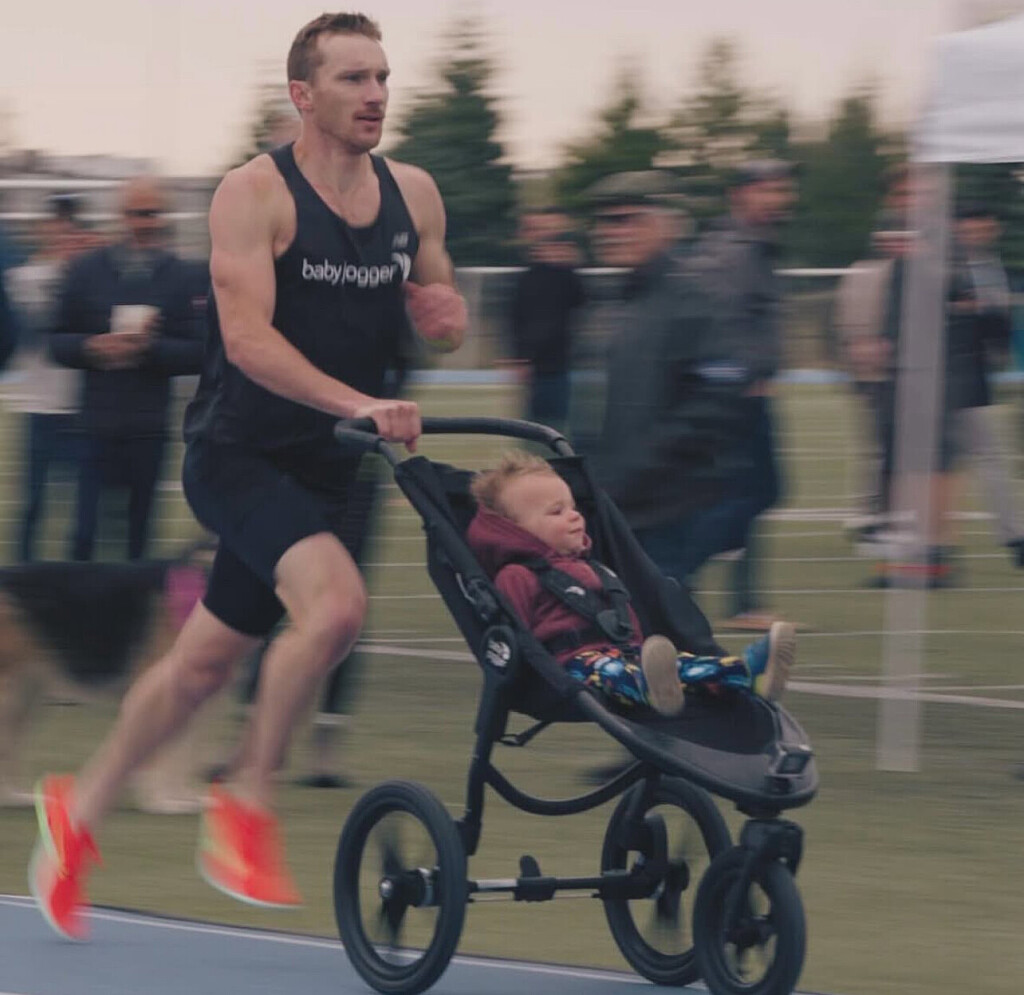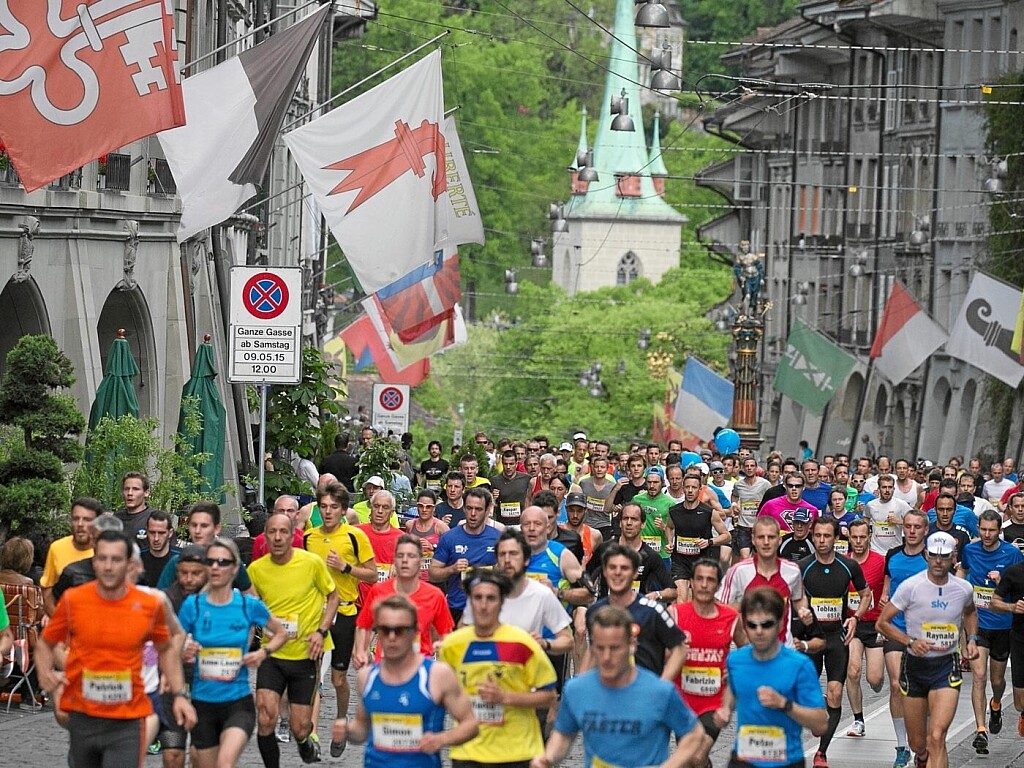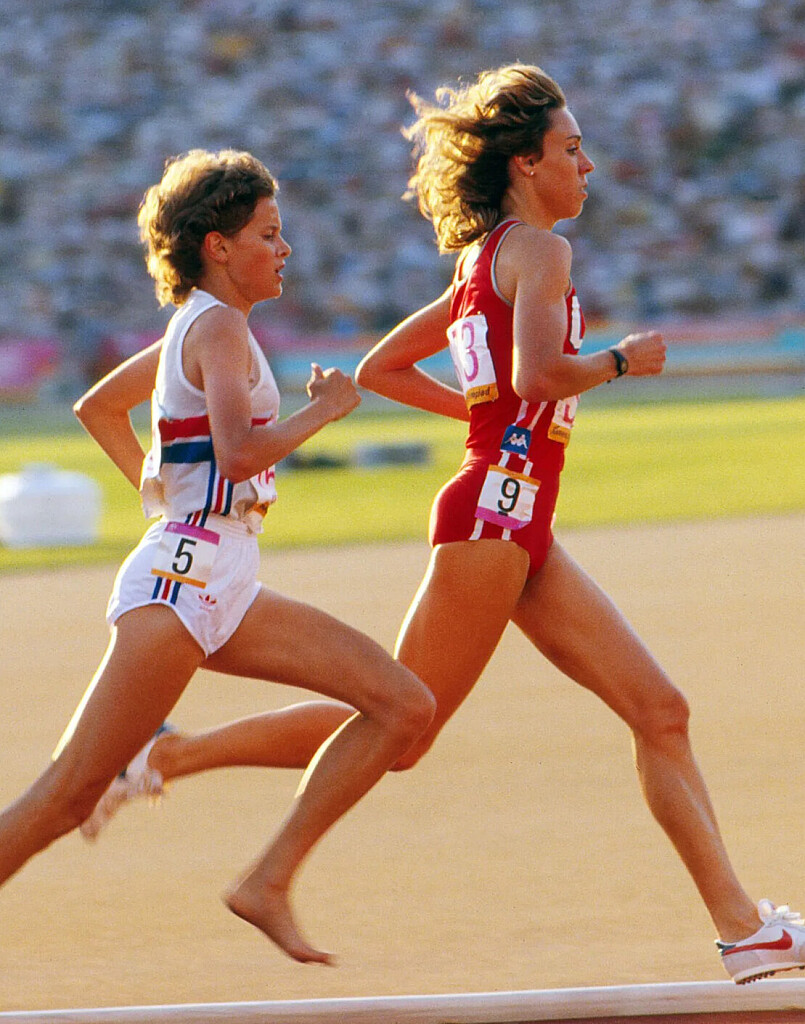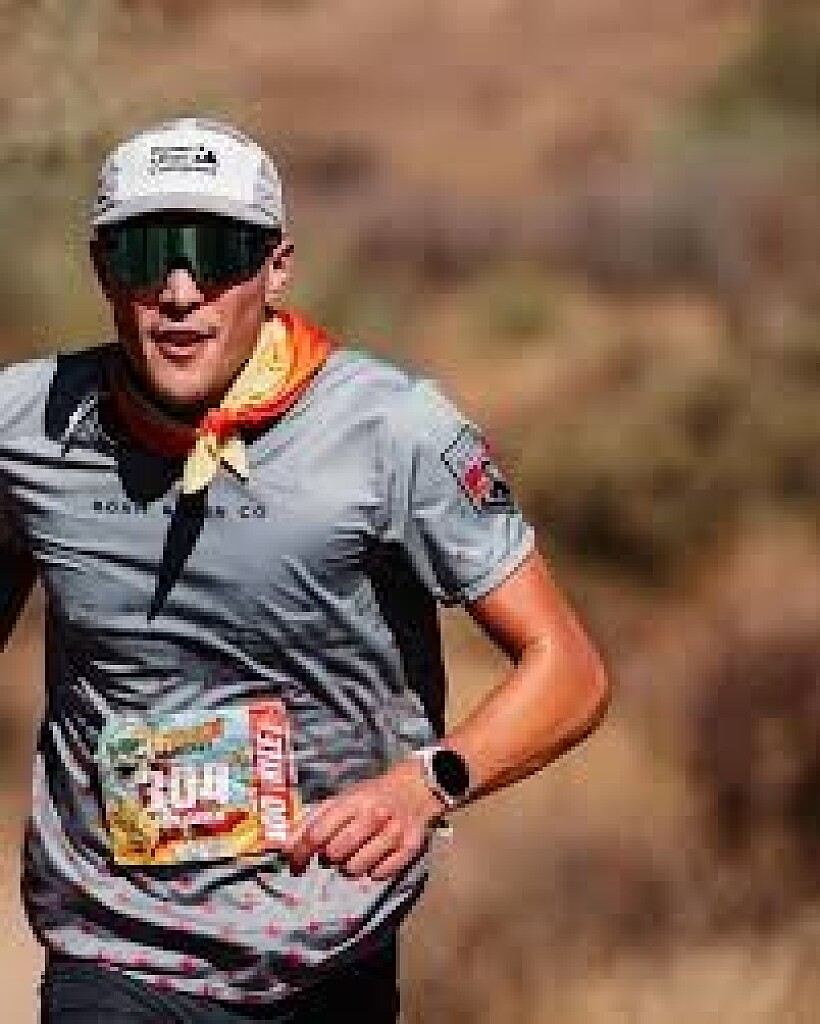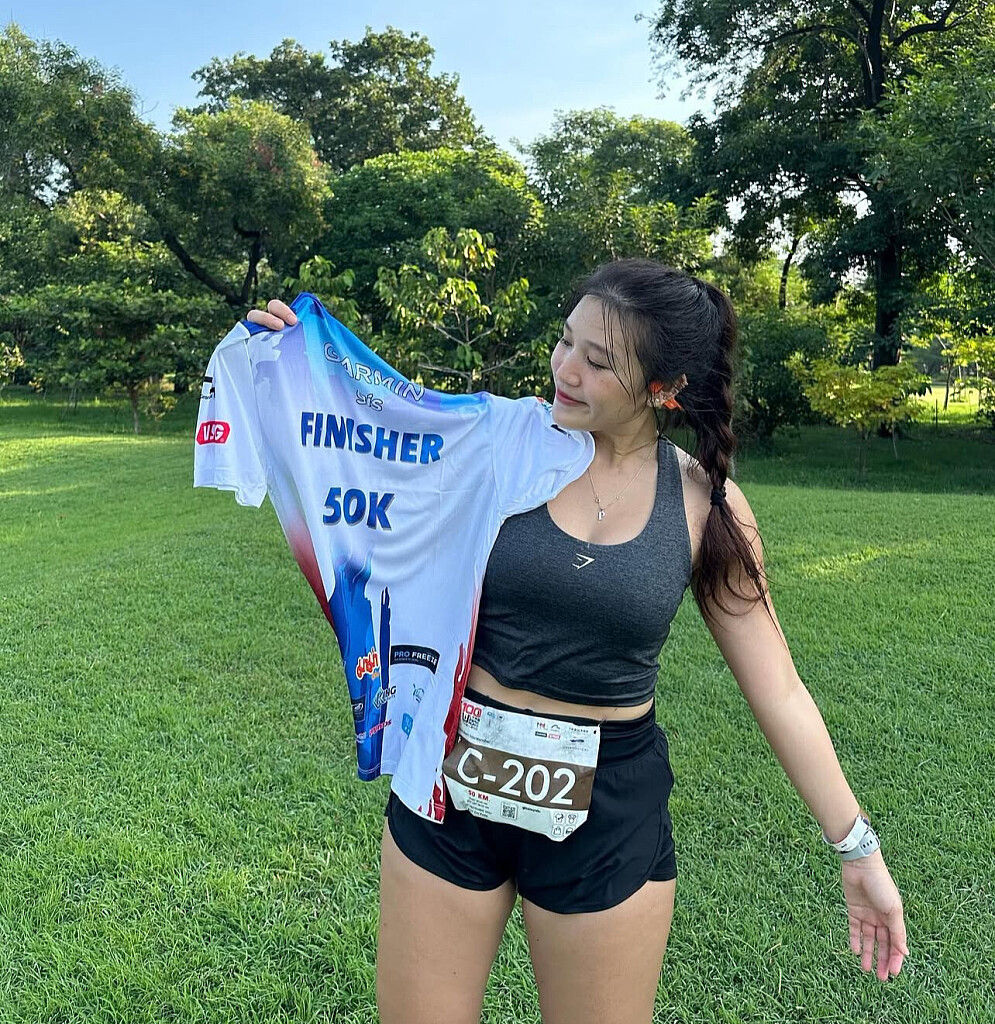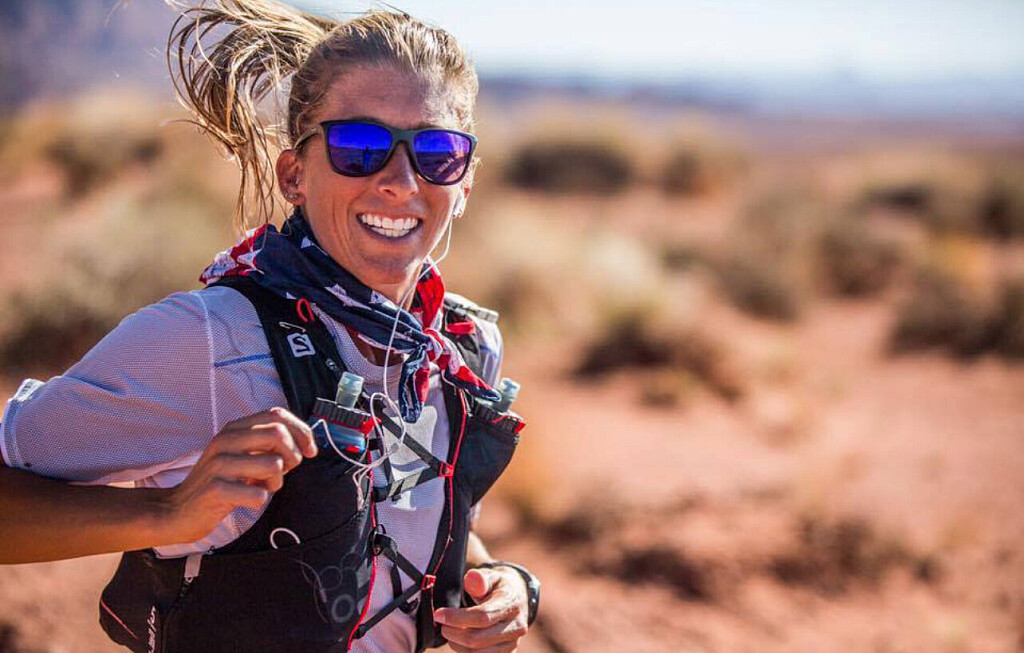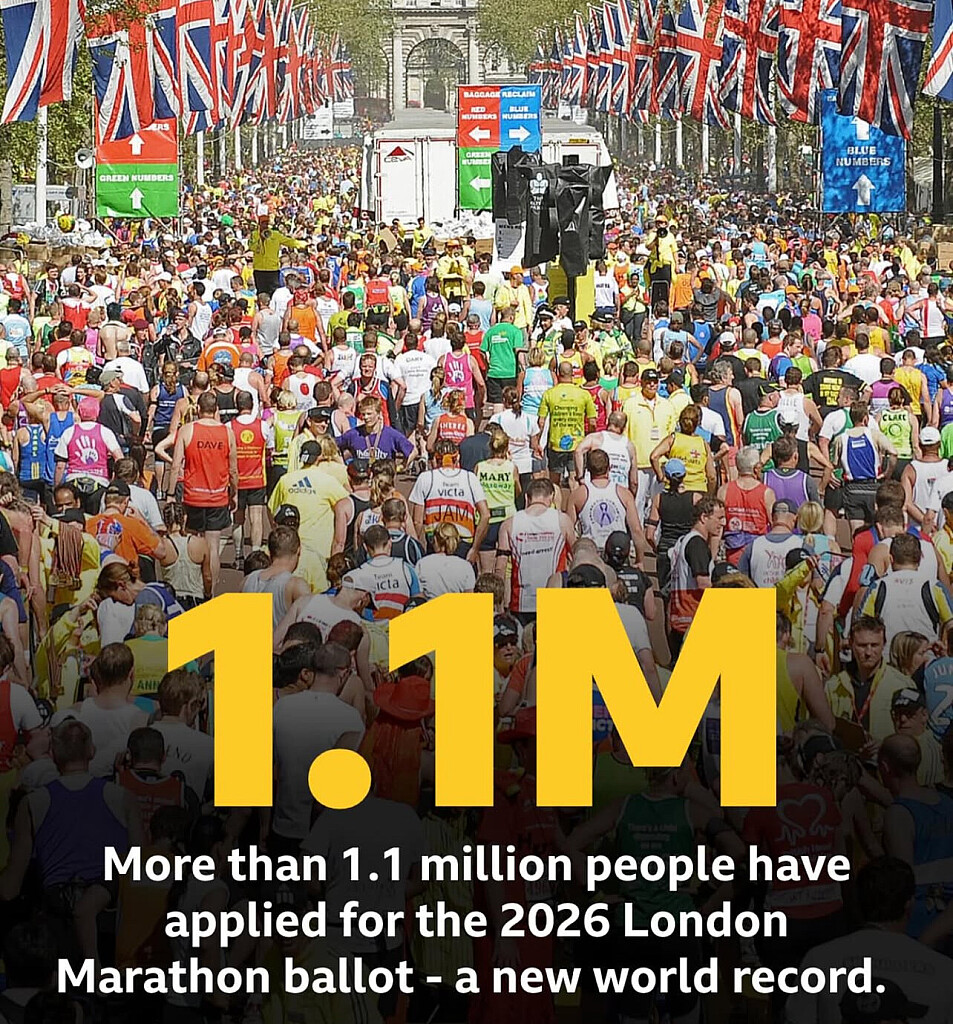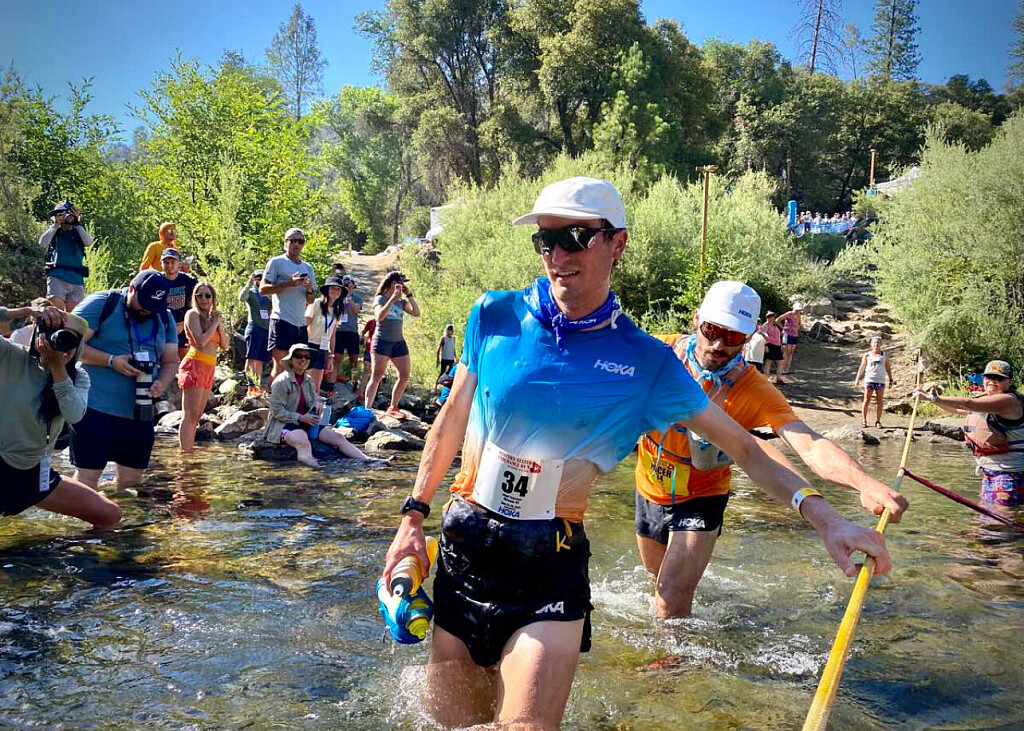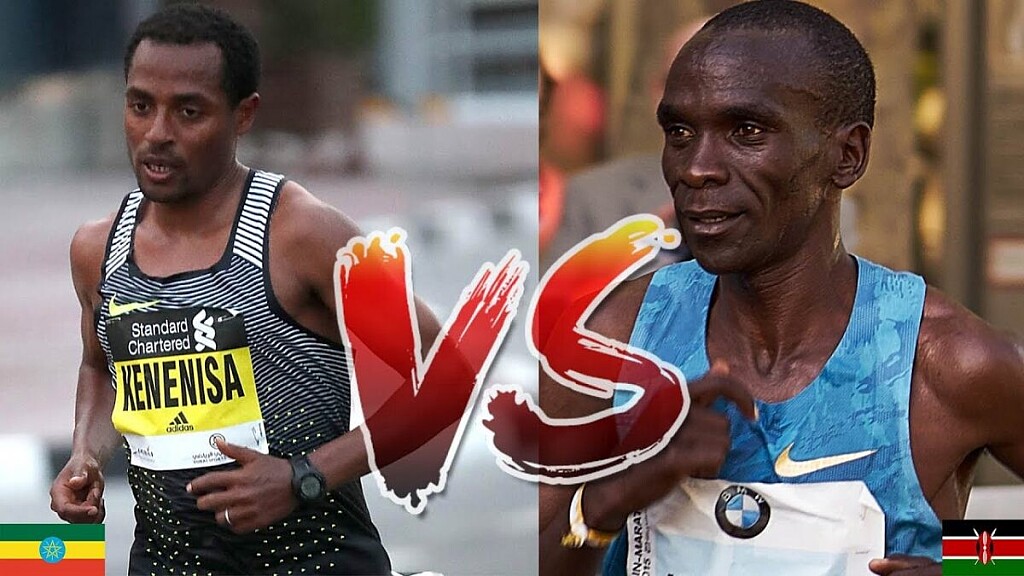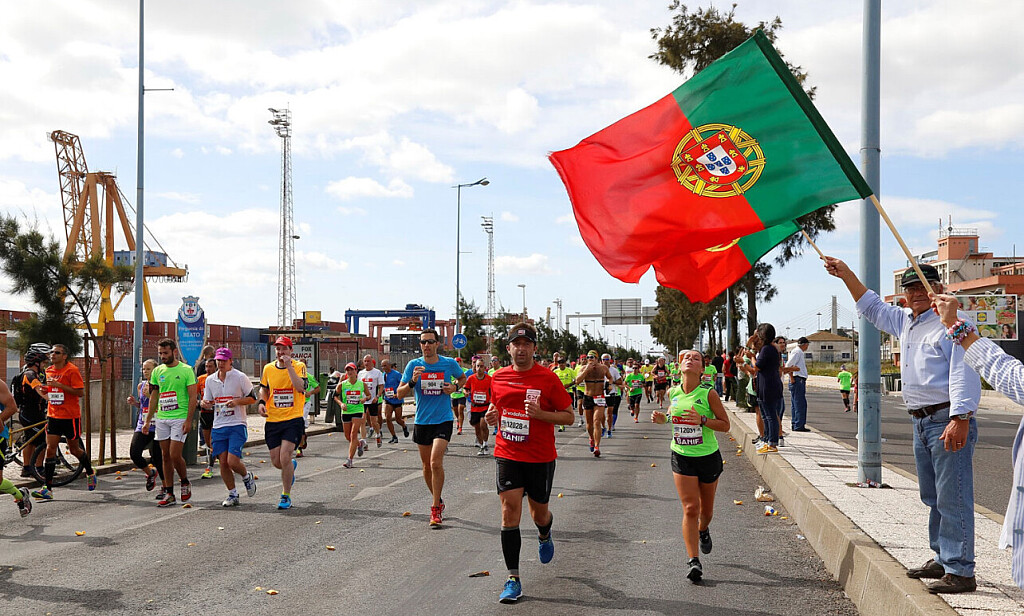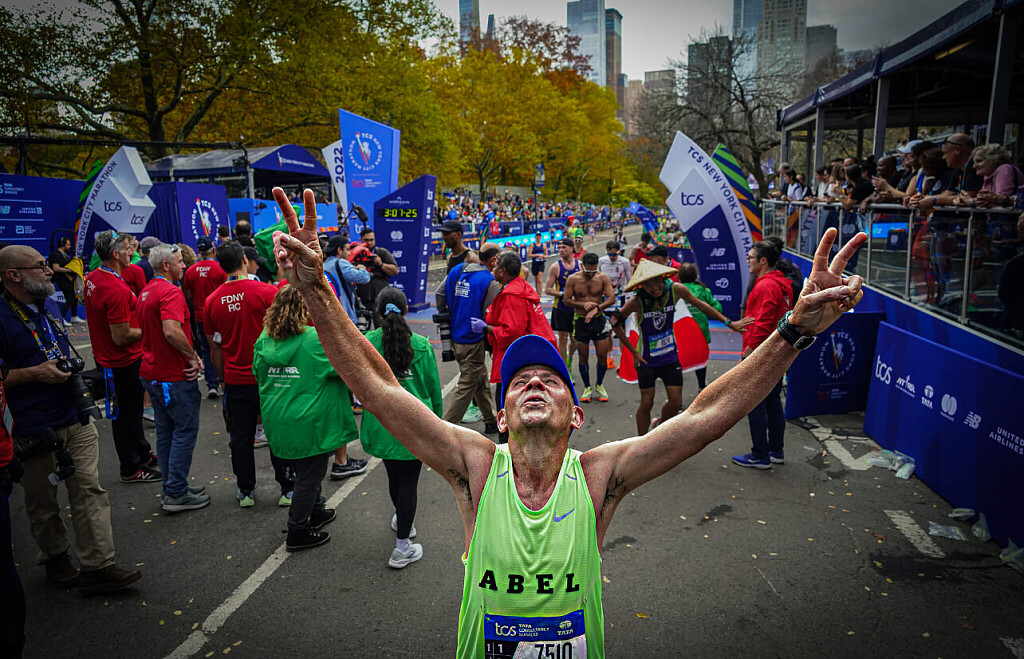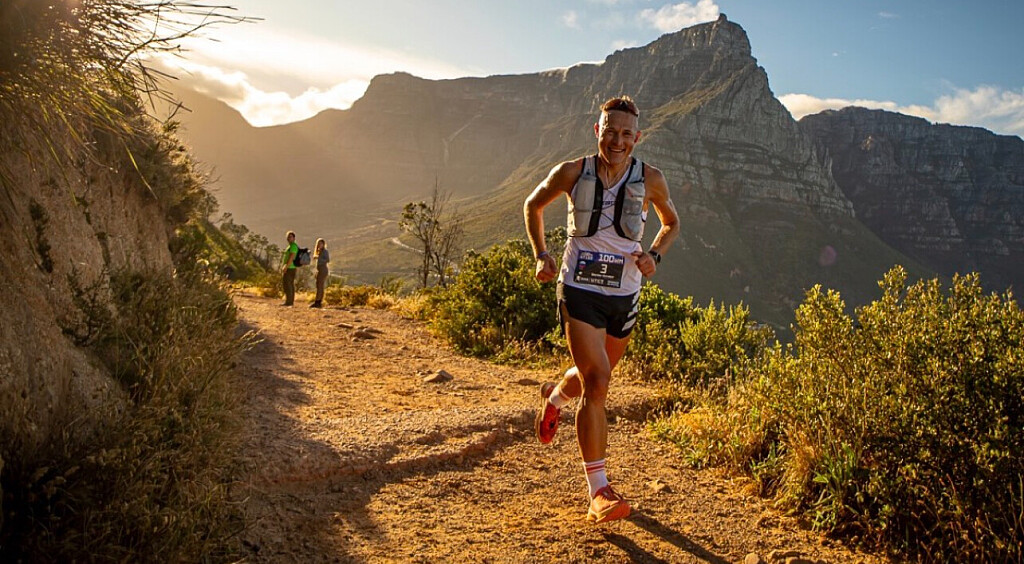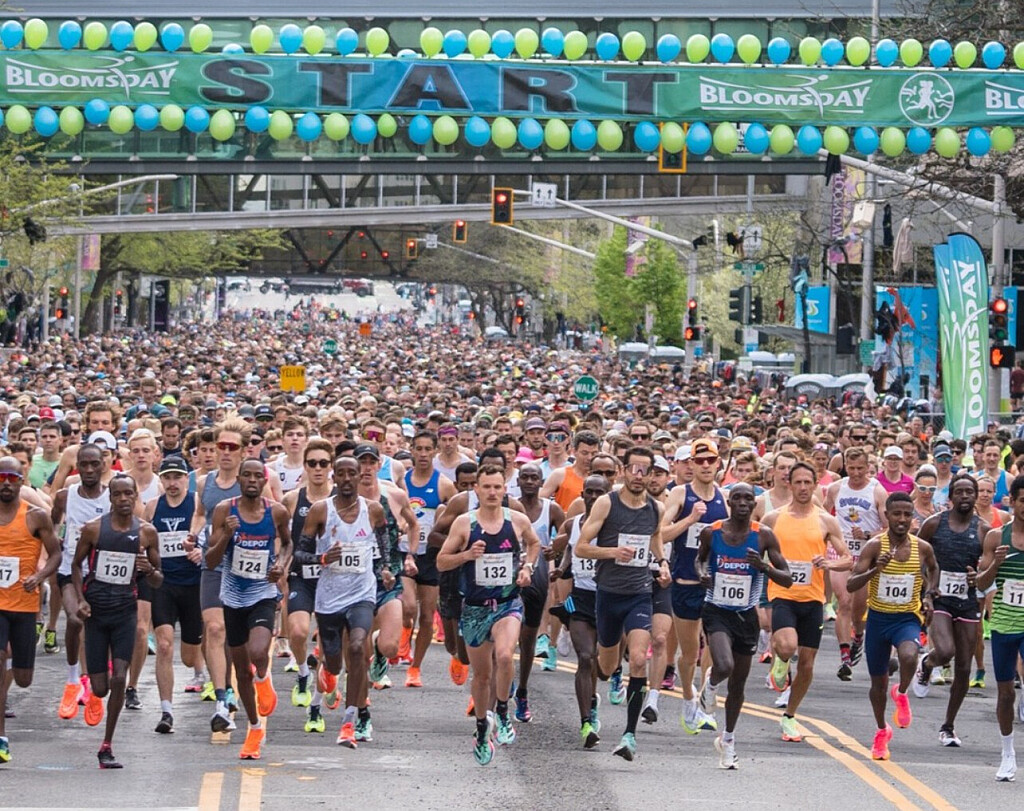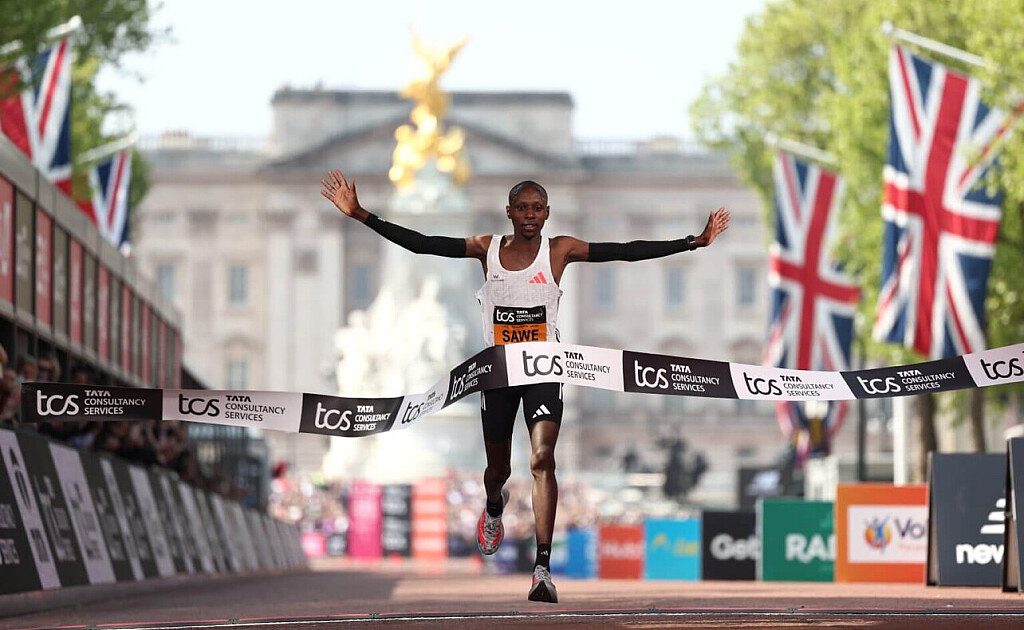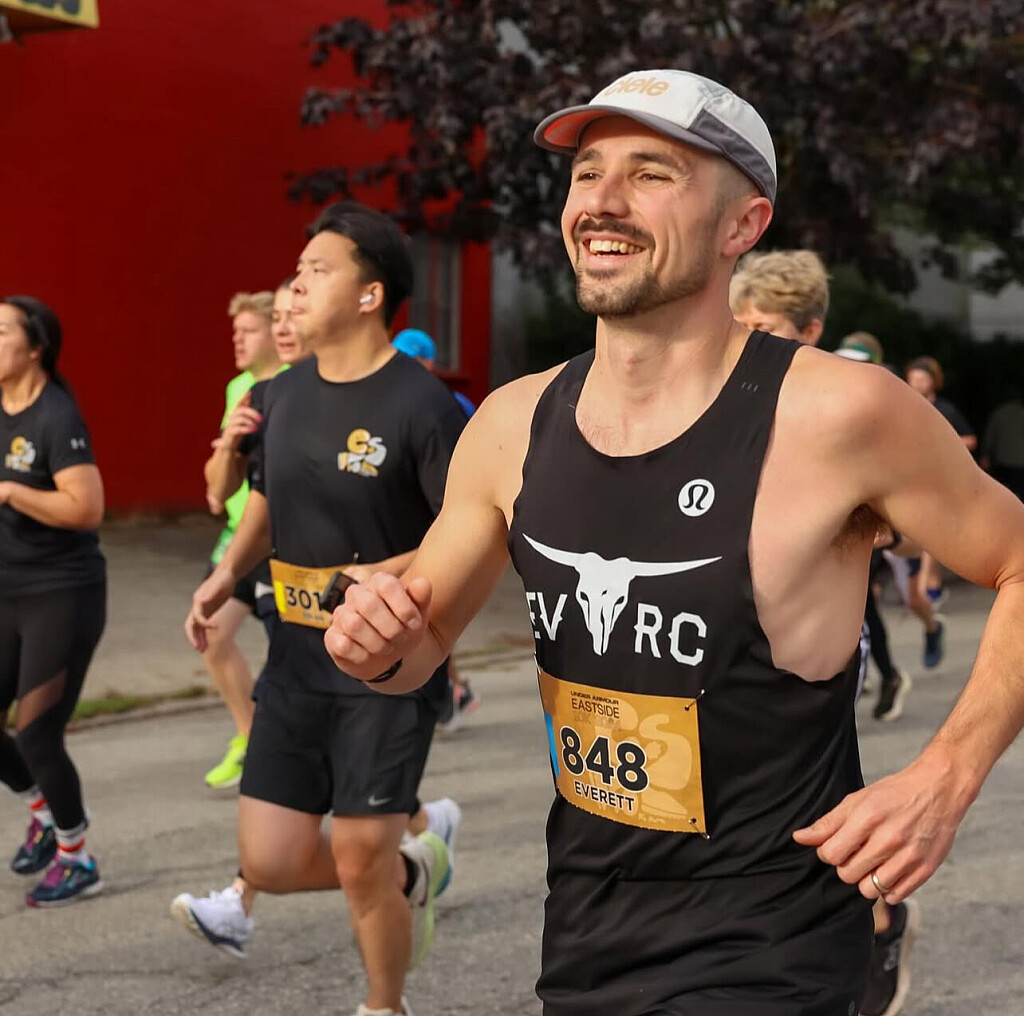Running News Daily
Running News Daily is edited by Bob Anderson. Send your news items to bob@mybestruns.com Advertising opportunities available. Train the Kenyan Way at KATA Kenya and Portugal owned and operated by Bob Anderson. Be sure to catch our movie A Long Run the movie KATA Running Camps and KATA Potato Farms - 31 now open in Kenya! https://kata.ke/
Index to Daily Posts · Sign Up For Updates · Run The World Feed
Articles tagged #Trail
Today's Running News
A Record-Breaking Journey: 60 Townhall Athletes Set for NCAA Nationals
For young runners in Kenya, the dream has always extended far beyond the finish line. It is about opportunity, education, and building a future through running. On November 22, sixty alumni of Townhall Athletics will stand on the starting line at the Gans Creek Cross Country Course in Columbia, Missouri—not only as competitors, but as student-athletes whose journeys blend world-class talent with academic ambition.
Their road to the NCAA National Cross Country Championships was forged through nine regional qualifiers, where Townhall athletes earned advancement both individually and through team berths. Each qualifier represents a story that began on rugged high-altitude trails in Kenya and continued in American classrooms—balancing mileage with lectures, workouts with research projects.
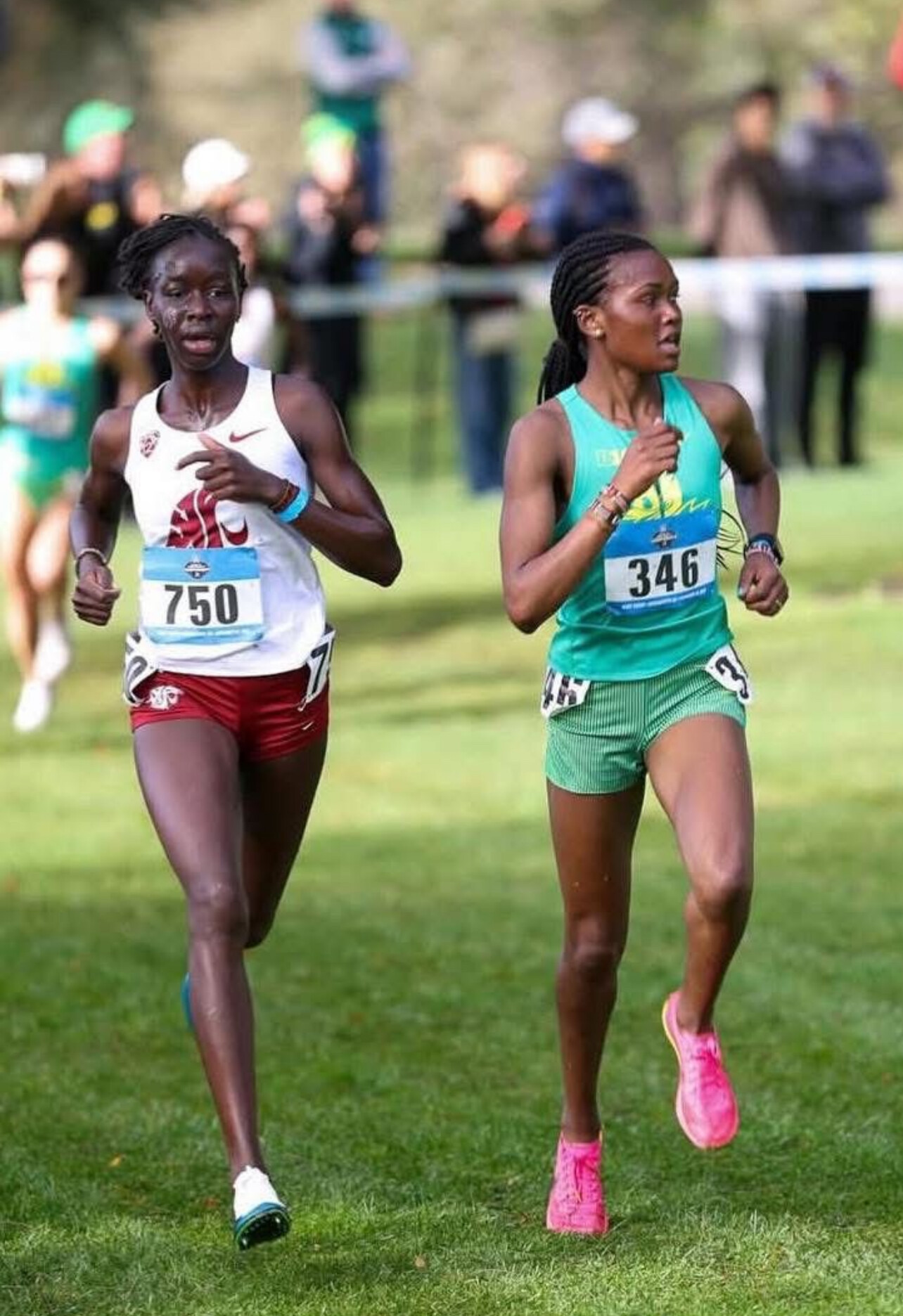
A Pipeline for Talent and Learning
Many of these athletes grew up with limited access to formal training facilities—sometimes even without proper running shoes. Through Townhall Athletics, runners such as Brian Musau, Dennis Kipngetich, and Laban Kipkemboi at Oklahoma State University received structured coaching and the mentorship needed to secure life-changing scholarships.
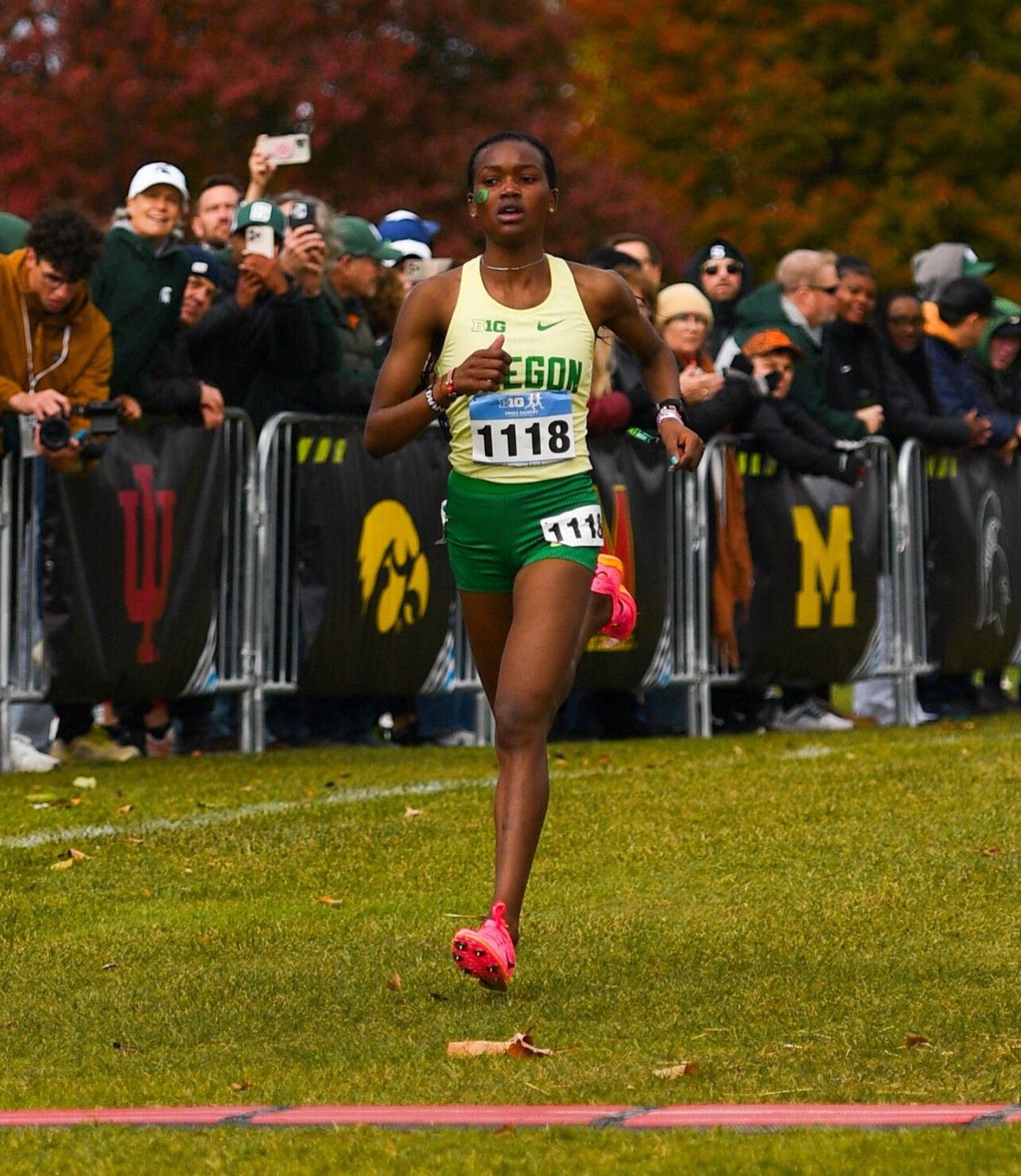
In Florida, Kelvin Cheruiyot, Desma Chepkoech, and Judy Chepkoech have combined tactical racing with strong academic records, while Debora Cherono at Texas A&M has emerged as a respected leader both on campus and on the track.
In the Mountain West Conference, New Mexico’s Evans Kiplagat and Vincent Chirchir continue to show how academic and athletic development go hand in hand. At Iowa State, Joash Rutto and Mercylin Kirwa have built reputations for consistency and endurance, exemplifying the discipline long associated with Kenyan distance running.
Other Townhall standouts, including Meshack Kuiyo at Boise State and Gilbert Rono at Tulane, carry the hopes of their programs while pursuing degrees and competing at the top level of collegiate sport.
Gans Creek: Where Experience Meets Ambition
Gans Creek is known for its rolling hills, long grass straights, and technical curves—terrain that demands smart pacing and a strong finish. For Kenyan athletes who grew up training at altitude, the course offers a blend of familiarity and challenge, providing a perfect stage to showcase endurance, resilience, and race intelligence.
Lining up against top collegiate athletes from across the United States and around the world, Townhall runners bring not only speed but also the mental fortitude and tactical awareness refined through years of structured training back home.
Voices of Support
Kenyan sports leaders continue to stress that athletic success must be paired with education to secure a long-term future.
Barnaba Korir, AK Youth Development Director and NOC-K First Vice President, emphasizes:
“These scholarships are more than athletic opportunities—they are life-changing. Education ensures our youth can thrive long after the final lap.”
Ibrahim Hussein Kipkemboi, Director of the Africa Athletics Development Centre, adds:
“Blending study with sport protects athletes from early burnout and equips them for the future.”
Athletics Kenya President Lt. Gen. (Rtd) Jackson Tuwei reinforces the message:
“The goal is not just fast runners, but well-rounded individuals. Education and athletics go hand in hand for global success.”
Impact Beyond the Course
These sixty qualifiers demonstrate how structured development and academic pathways can open doors for rural youth across Kenya. Their progress validates youth programs, inspires younger athletes, and shows how scholarships allow talent to flourish both on the track and in the classroom.
The Journey and the Finish Line
On race day, athletes such as Rosemary Longisa and Caroline Jepkorir of Washington State University, Evans Tanui of Arizona, and Diana Cherotich of Oregon will carry far more than personal ambition. They will carry the dreams of families, coaches, and communities who believed in them from the start.
Every stride over Missouri’s rolling terrain reflects years of discipline, sacrifice, and the pursuit of excellence—both academic and athletic.
When the final lap is run, results will matter. But so will the journey that brought them here. From dusty Kenyan tracks to the championship stage at Gans Creek, Townhall athletes have shown that with vision, support, and resilience, success in running and life can grow together.
As they race for NCAA glory, they continue to inspire a generation to see that the finish line is not an end—it is, in fact, the beginning.
by Robert Kibet
Login to leave a comment
Anne Flower Sets New Women’s 50-Mile World Record at the 2025 Tunnel Hill 50 Mile
In a stunning display of endurance and precision pacing, emergency-room physician and ultramarathon standout Anne Flower blazed to a new women’s world record of 5:18:57 for the 50-mile distance at the 2025 Tunnel Hill 50 Mile in Vienna, Illinois. The mark shatters the previous record of 5:31:56 held by Courtney Olsen, set on the same course last year.
Record-Setting Performance
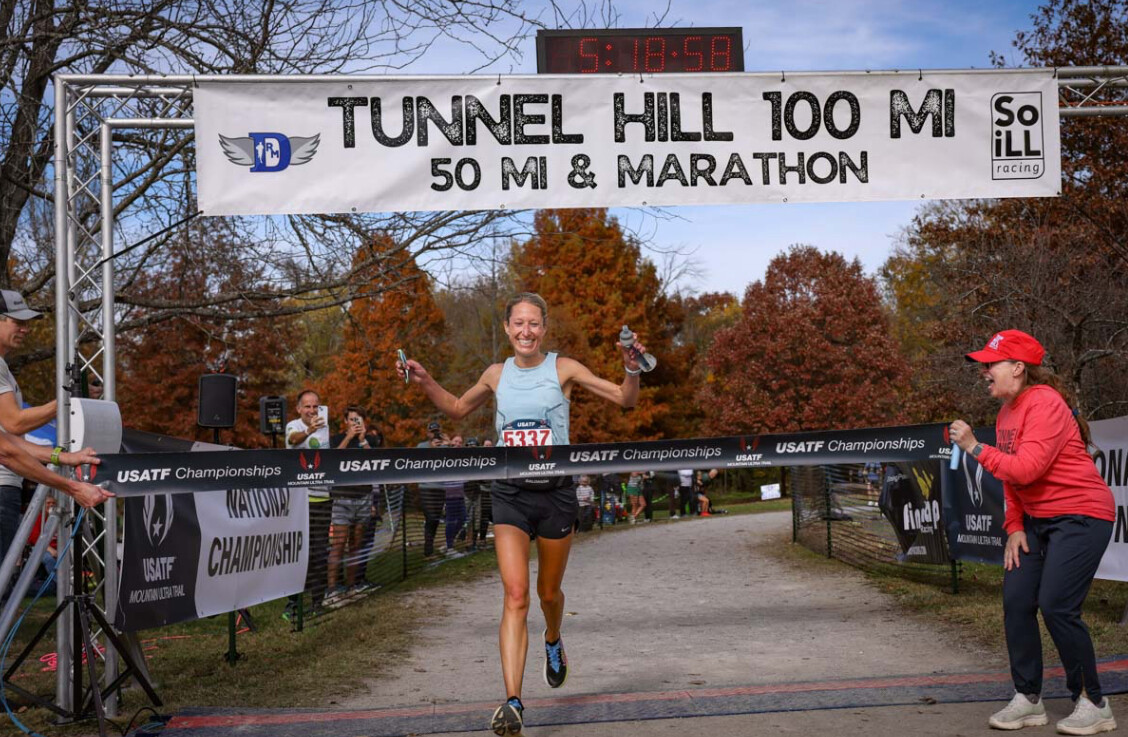
Held on the flat, crushed-gravel rails-to-trails route of the Tunnel Hill State Trail, the race has become a proving ground for world-class performances. Flower averaged an extraordinary 6:23 per mile (3:57 per kilometer) across the full 80.47 km course, running even splits and showing no signs of strain even as temperatures climbed later in the race.l
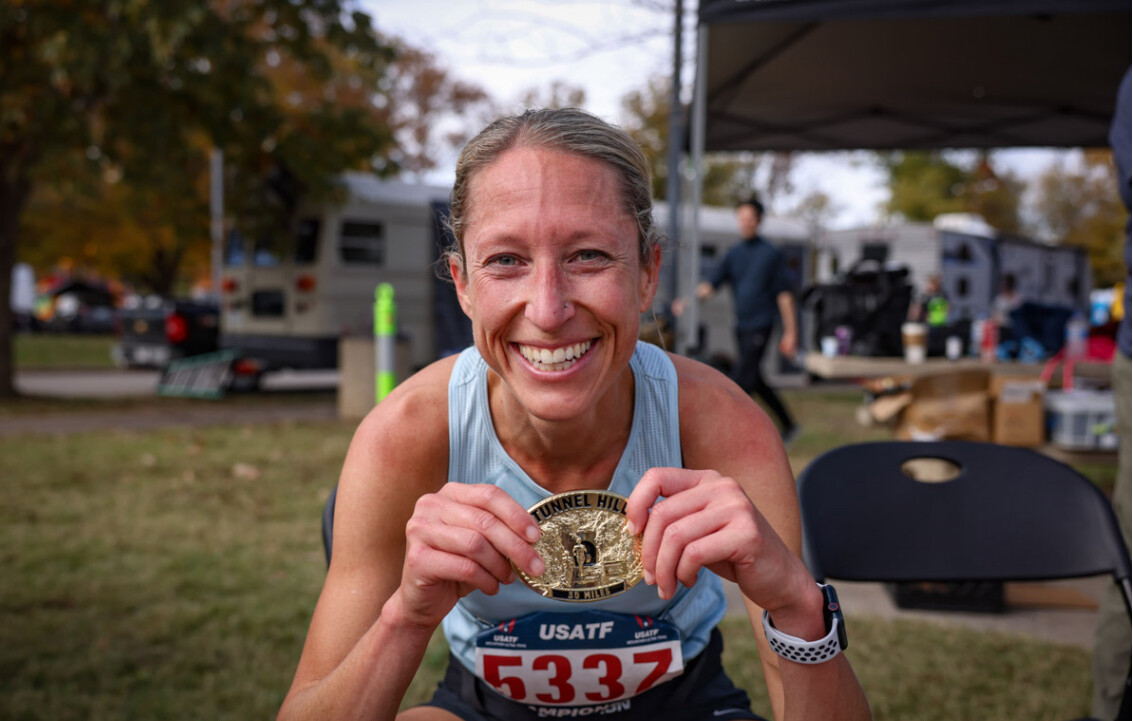
From the opening miles, Flower stayed well ahead of record pace, never faltering and closing strongly to seal a performance that redefines the women’s 50-mile standard. Olsen, competing in the 100k event this year, passed the 50-mile mark in 5:33:59—still an elite split, but more than 15 minutes behind Flower’s record pace.
From Marathons to Ultramarathons
Based in Colorado Springs, Colorado, Flower balances her demanding career as an emergency-room doctor with elite-level training. Before moving to the trails in 2019, she competed in marathons and took part in the 2020 U.S. Olympic Marathon Trials. Her road background shows in her efficient stride and disciplined pacing.
Over the past two seasons, she has built an impressive résumé:
Winner of the 2024 Javelina 100k
Champion of the 2025 Silver Rush 50 Mile
Record-breaker at the 2025 Leadville 100 Mile, where she eclipsed Ann Trason’s 31-year-old mark in her debut at the distance
These results paved the way for her dominant performance at Tunnel Hill, demonstrating both her endurance and her remarkable consistency.
Raising the Bar for Women’s Ultrarunning
Flower’s 5:18:57 isn’t just fast—it’s a historic leap forward. Taking more than 12 minutes off a world record at this level is rare, and doing so with such control underscores her potential for even greater achievements ahead.
Tunnel Hill has become synonymous with world-record performances, and Flower’s run further cements the race’s reputation as one of the premier venues for ultradistance excellence.
What’s Next
With records now at both 50 and 100 miles, Flower’s next challenge may be defending or lowering her new mark—or shifting her focus toward international championship events. Whatever path she chooses, her rise through the sport has been nothing short of extraordinary.
Anne Flower has proven that it’s possible to balance a demanding professional life with world-class athletic performance. Her blend of discipline, determination, and pure endurance has elevated her into the top tier of ultrarunning’s global elite.
by Boris Baron
Login to leave a comment
Finding Freedom on the Trails: How Running Helps a Yorkshire Mum Reclaim Her Identity
For 52-year-old Jude Harrison of York, North Yorkshire, England, running is far more than a fitness routine—it’s a lifeline. Between caring for her 17-year-old stepdaughter Emily, who was born with a rare chromosome translocation, and raising her 11-year-old daughter Tilly, life can feel like a constant balancing act. Yet through trail running, Jude has discovered a renewed sense of freedom and self.
“Sometimes it feels like Steve and I are two single parents living together,” Jude admits. “We’re always dividing our time because the girls have such different needs.”

Emily is non-verbal, non-mobile, and lives with developmental delays that require full-time care. She attends a special needs school and receives monthly respite support, but most of the time, Jude and her husband Steve share her day-to-day care.

“When you become a parent, it’s easy to lose your sense of identity,” Jude says. “With a child who has complex needs, that feeling can be even stronger. Running is the time I carve out just for me. It’s my thing—it’s who I am. Out on the trails, I’m not just Emily’s mum or Tilly’s mum—I’m Jude.”
Trail running has become her sanctuary, helping her manage stress and stay mentally strong. Jude says the variety of the terrain, the scenery, and the camaraderie make it more rewarding than road running.
“People think trail running is harder, but I disagree,” she says. “There’s an unspoken rule that you walk the hills, run the flats, and enjoy the downhills. It’s about fun and community as much as fitness.”
Last month, Jude took on the 2 Valleys 22K Trail Race in the Lake District, England. With her husband staying home to care for Emily, she joined a team of 25 athletes and adventurers sponsored by Coventry Building Society, part of its campaign to support over-50s achieving their goals.
“Crossing the finish line in Keswick felt incredible,” she recalls. “Everyone was shouting my name. For once, it was just about me. It reminded me that I’m still capable of chasing my own goals.”
Now, Jude has her sights set on next year’s 5 Valleys Challenge, which doubles the distance of her most recent race.
“I sometimes have to remind myself that I’m 52 and still out here doing this,” she says. “It’s not about trophies—it’s about being present, keeping fit, and showing my daughters that age and circumstance don’t define you. I’ve still got plenty of running left in me.”
by Boris Baron
Login to leave a comment
From Charcoal Seller to Champion Coach: The Remarkable Journey of Philemon Kiptoo in Kapcherop
In the cool highlands of Kapcherop, where morning mist drapes over rolling potato farms and runners trace winding red-dirt trails, coach Philemon Kiptoo is living out a dream that once seemed far beyond his reach.
The son of a humble family of nine, Philemon’s rise from selling charcoal barefoot to mentoring Kenya’s next generation of marathon stars is a story of resilience, faith, and the transformative power of community.
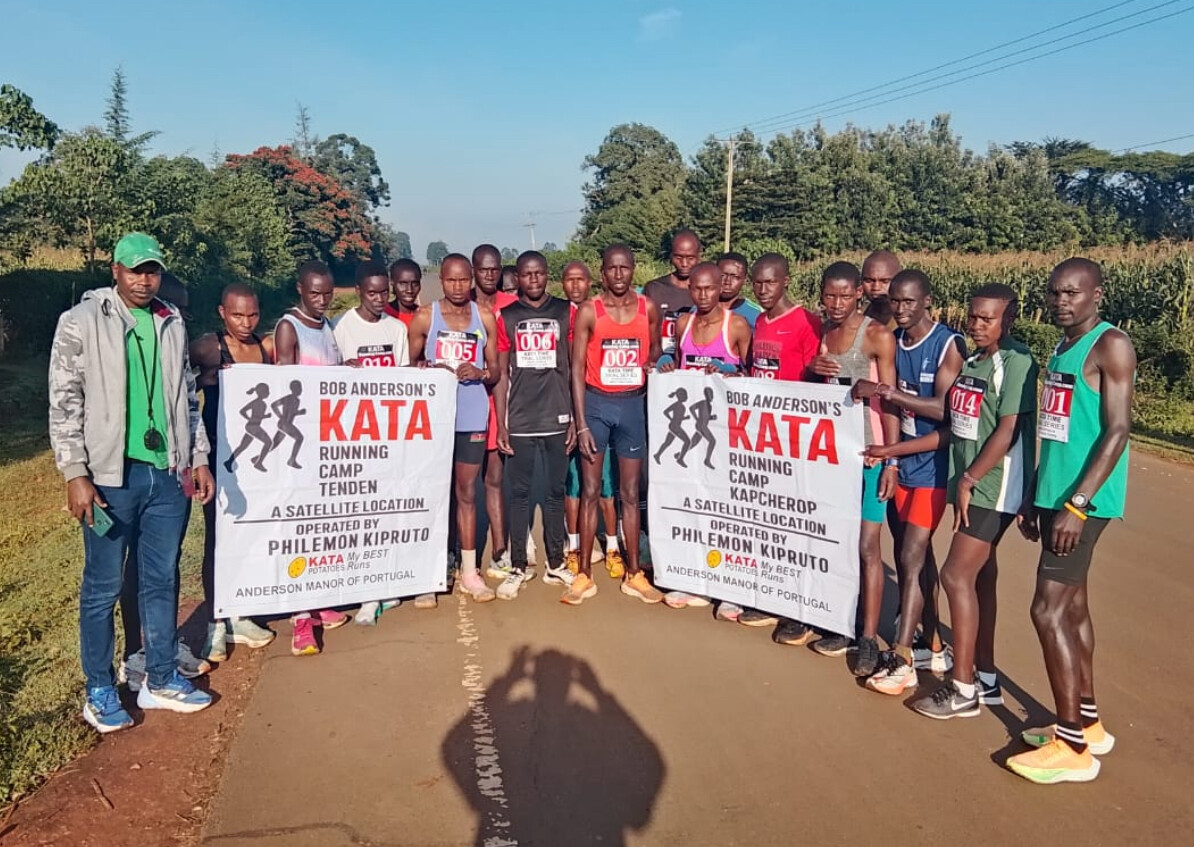
A New Chapter with KATA
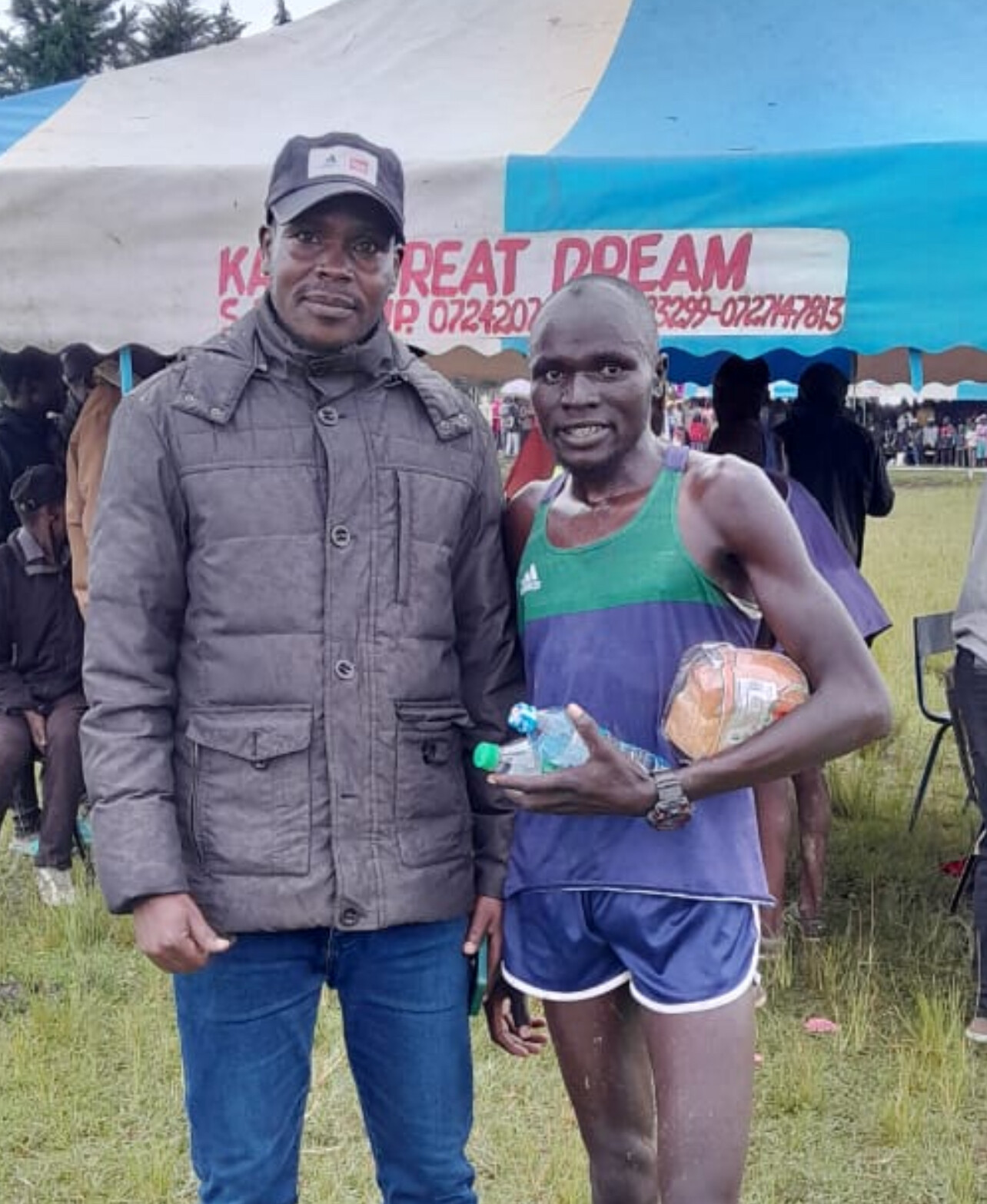
Philemon’s turning point came when he joined the KATA network — an initiative founded by U.S.-based running pioneer Bob Anderson to empower grassroots runners and coaches through mentorship, clean sport advocacy, and sustainable income projects.
At his Kapcherop Training Camp, KATA’s support extends beyond athletics. Through the organization’s integrated potato farming program, athletes earn a steady income that helps cover food, accommodation, and basic gear.
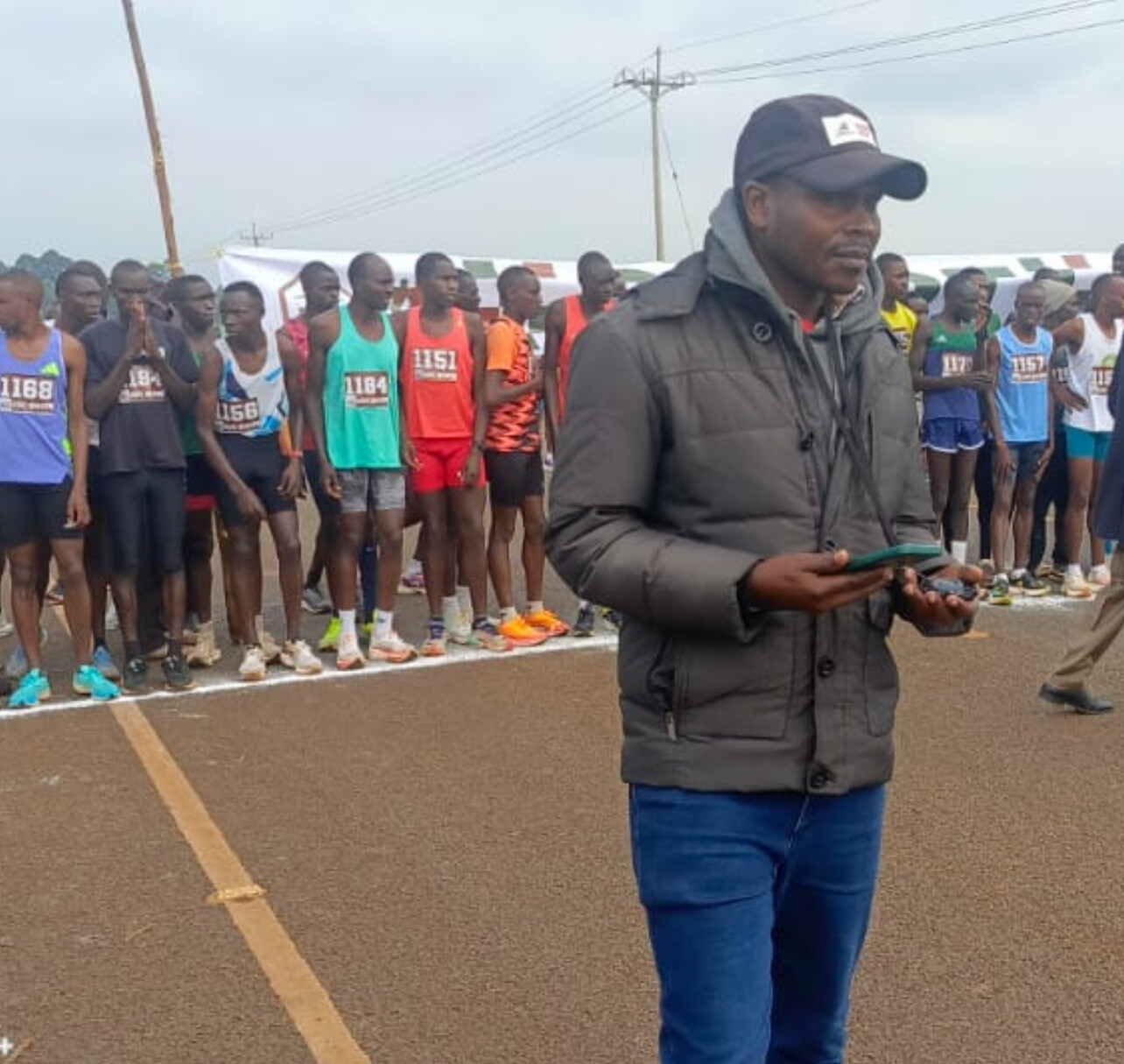
“The support from KATA has made a big difference,” Philemon says with quiet pride. “Most of my athletes come from humble backgrounds like mine. With potato farming and basic support, we can now train without worrying about what to eat or where to stay.”
That stability has begun to pay off. At the Standard Chartered Nairobi Marathon on October 26, his athletes delivered impressive performances: Donald Kimaru finished 4th in the men’s marathon; Dancan Kemei and Dennis Kosgei placed 18th and 21st in the men’s half marathon; Beatrice Rutto finished 11th in the women’s marathon; and in the men’s 10K, Leonard Pkorir and Enoch Tanui placed 3rd and 5th respectively, with Evans Kemboi 16th. Donald also on September 20th placed second at the Double Road Race 15k just 17 seconds behind the winner Edwin Soi in the two leg race. The sixth best time ever.
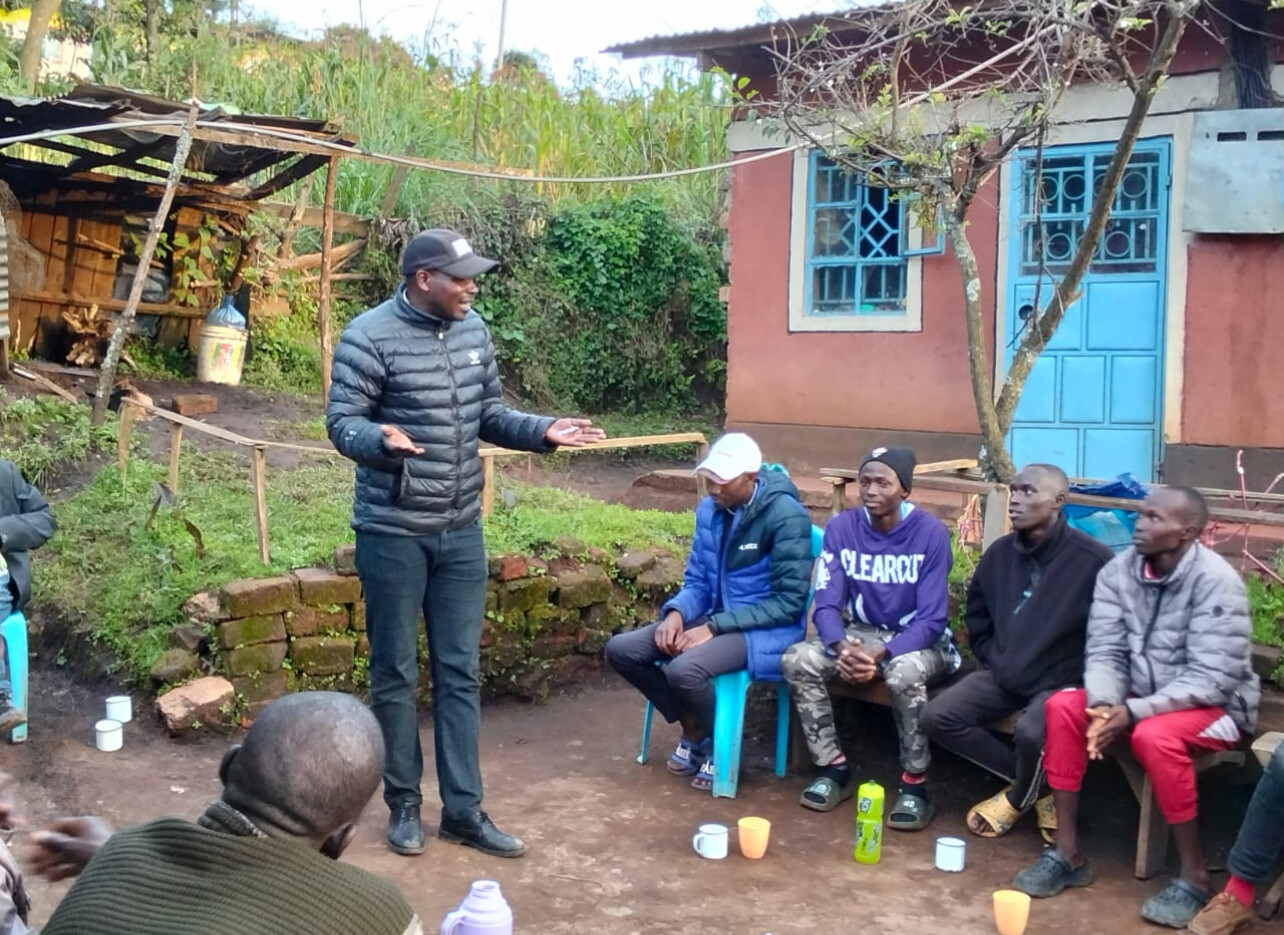
“Each of these athletes represents hope,” Philemon reflects. “With clean training and support, young people from small villages can stand tall on the national stage.”
Humble Beginnings
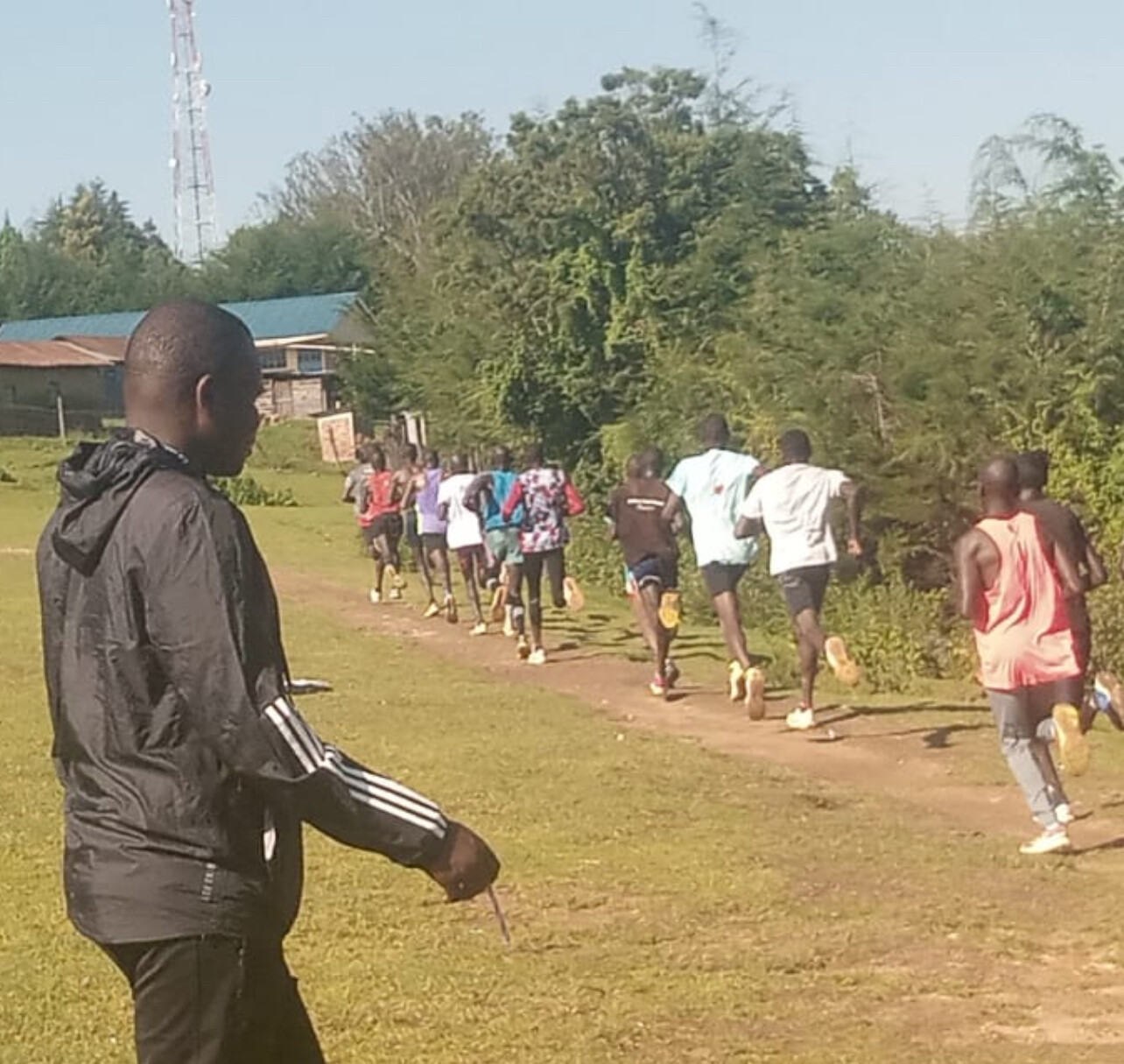
Born in Sing’ore, near the slopes of Elgeyo Marakwet, Philemon’s path to athletics was shaped by hardship.
“I was the last born in a family of nine — three brothers and sisters,” he recalls. “I attended Kobil Primary near Sing’ore Girls and later Kimuron Secondary, but I couldn’t finish because of school fees.”

Returning home to Kapkanyar, he refused to give up.
“In 2007, I started training with no shoes,” he says. “I sold charcoal to buy my first pair of Asics for 700 shillings (about $6).”
Years of persistence paid off when he began racing in 2012, earning his first major result with a runner-up finish at the Kakamega Forest Half Marathon. That breakthrough fueled his dream — not just to compete, but to guide others.
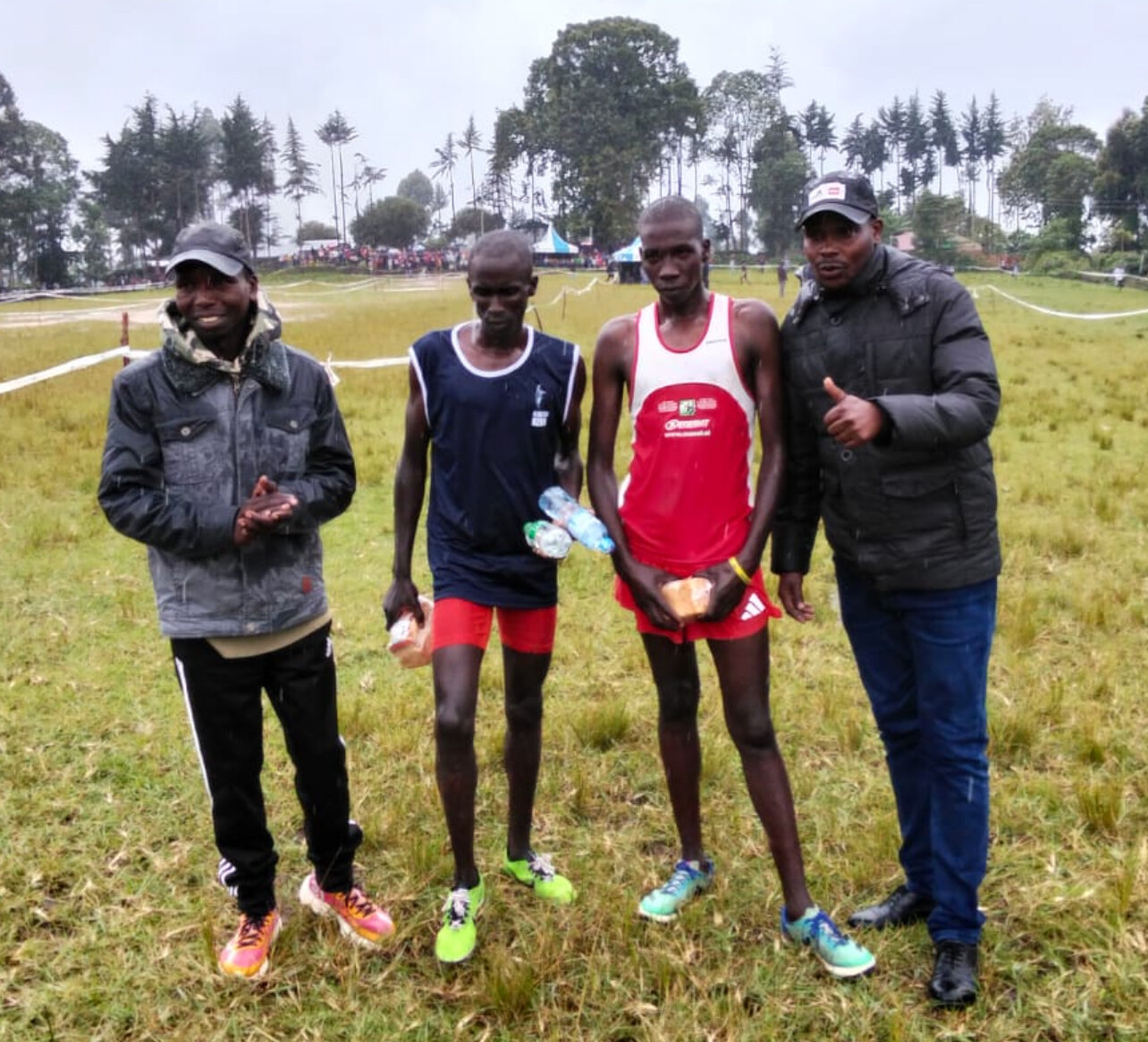
Building Champions
“I started with a few athletes,” Philemon says. “I rented them a small house and bought food — not because I had much, but because I knew what it felt like to need a chance.”
Today, he stands alongside a remarkable family of mentors: four brothers, all coaches.
• Eric Kimaiyo leads the Kapsait Training Camp.
• Andurson Chirchir coaches in Kaptagat.
• Kimutai runs training at Srowback.
• And Philemon oversees the Kapcherop Camp — a thriving hub for emerging distance runners.
Integrity and Clean Sport
What makes Philemon’s story powerful isn’t only perseverance — it’s integrity. A vocal advocate of clean sport, he embodies KATA’s core philosophy.
“We must speak the truth and say no to doping,” he insists. “If you train clean and stay patient, you’ll win with pride. There are no shortcuts to greatness.”
KATA’s influence has reinforced those values, fostering a culture of honesty and teamwork across its growing network.
“Bob Anderson’s support hasn’t just sustained our camp,” Philemon adds. “It has helped shape a generation built on discipline and hard work. We are building athletes who can inspire others.”
A Legacy of Hope
To his athletes, Philemon is more than a coach — he’s a father figure.
“He treats us like family,” says Leonard Pkorir, who won bronze in the Nairobi 10K. “He believes in our dreams even when we doubt ourselves.”
Looking ahead, Philemon’s goal remains simple yet profound: to use running as a bridge to a better life.
“My happiness will be to see my athletes doing great things, helping others, and carrying forward the spirit of running clean,” he says. “That will be my legacy.”
As evening fog rolls across the Kapcherop hills and the rhythmic thud of training shoes fades into the distance, Philemon Kiptoo’s story stands as a reminder that greatness can indeed grow from the humblest soil — when it is nurtured with purpose, honesty, and heart.
by Robert Kibet
Login to leave a comment
Jackson Spencer Shatters 18-Year-Old Woodward Park Record with 14:16 Run
A new era in high school cross country has arrived. On October 11, 2025, at the ASICS Clovis Invitational in Fresno, California, Jackson Spencer of Utah delivered one of the most extraordinary performances in prep distance running history—clocking an astonishing 14:16 to break the revered Woodward Park course record.
For 18 years, the 14:24 mark set by German Fernandez in 2007 had stood as the gold standard of high school cross country excellence. Fernandez’s time, achieved while representing Riverbank High, seemed untouchable—a performance that became legend. Yet Spencer, racing fearlessly from the start, made the impossible look effortless.
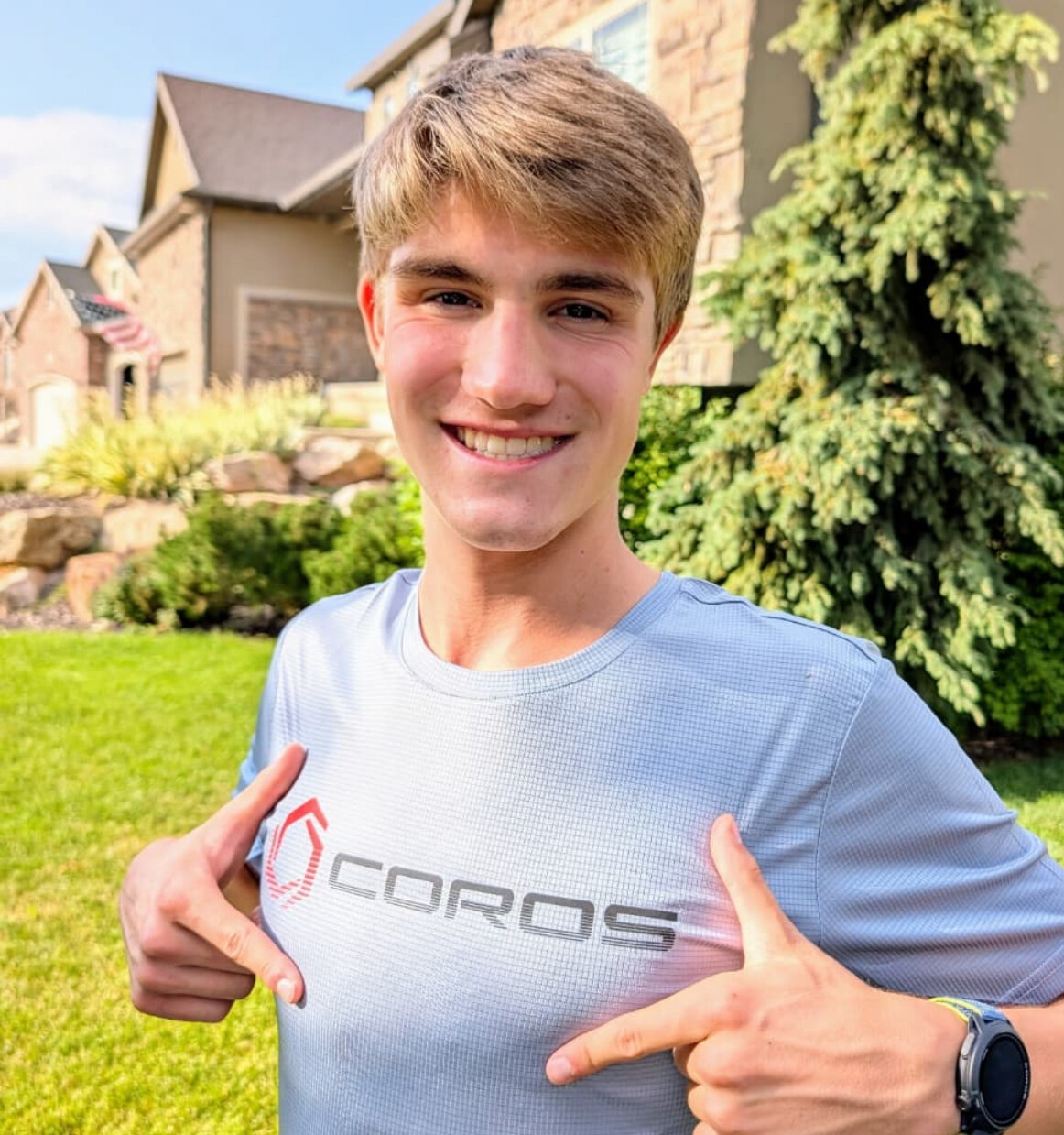
A Race for the Ages
On the cool Fresno morning, Spencer attacked the 5K course with precision and poise. He surged early to establish control, floated through the rolling middle mile, and powered up the final hill with clear intent. As he charged toward the finish, the crowd roared—the clock stopped at 14:16, a full eight seconds faster than one of the most celebrated records in California cross country history.
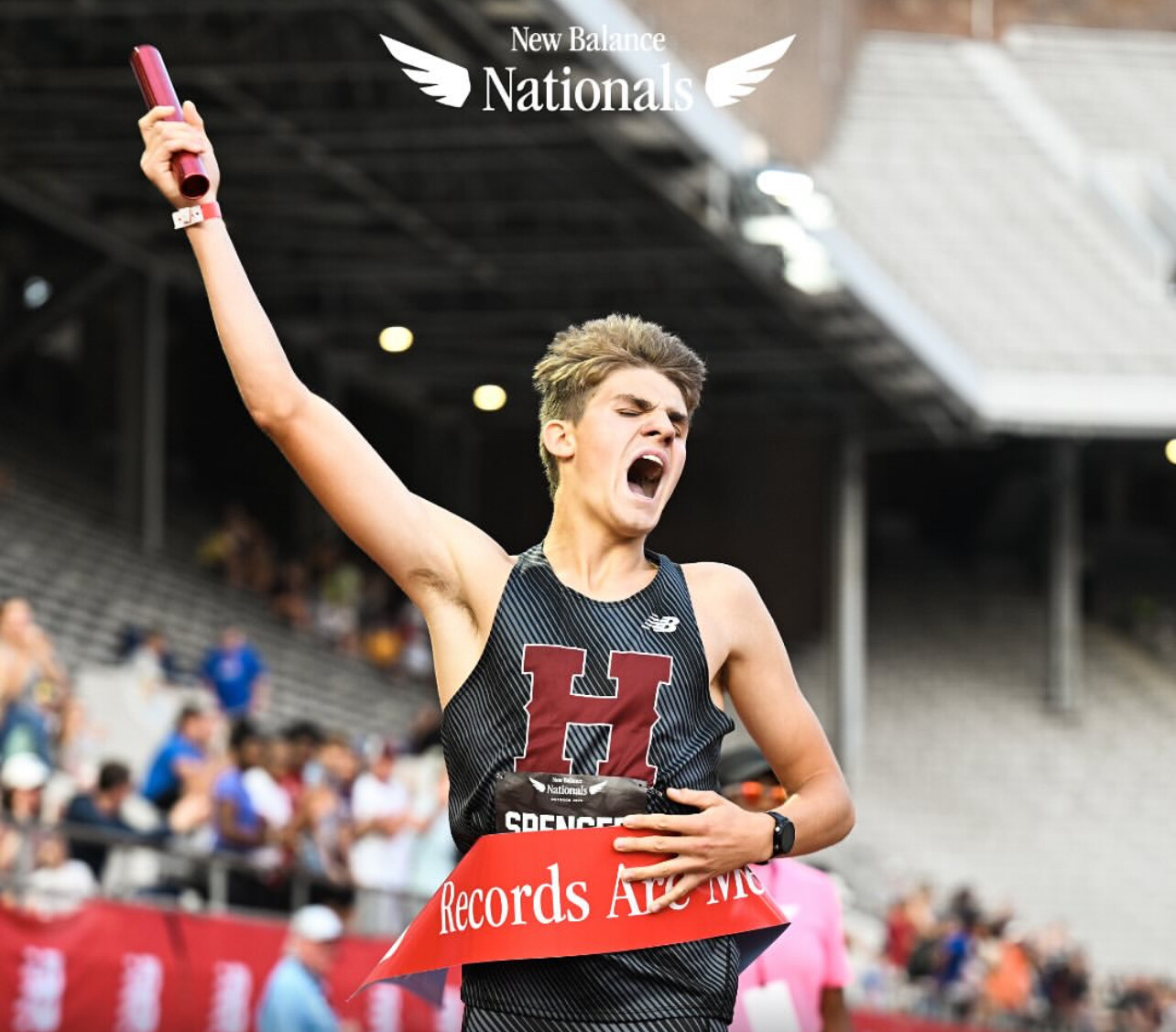
“This course has seen some of the best runners in the nation,” said one longtime coach. “But today, Jackson Spencer did something truly historic. You could feel it—this was a special run.”

The Legacy of Woodward Park
Woodward Park is not known for being easy. Its undulating terrain, challenging final climb, and tight turns have tested generations of champions. To go under 14:30 is rare; to break 14:20 is almost unthinkable. That’s why Fernandez’s record endured for nearly two decades.

Spencer’s new standard now joins the short list of monumental high school performances—proof that talent, discipline, and courage still redefine what’s possible on the trails of Fresno.
A New Benchmark
With this record-breaking run, Jackson Spencer has cemented his name among the greats of American high school distance running. As the postseason approaches, all eyes will be on the young runner from Utah to see just how far he can go.
One thing is certain: on October 11, 2025, at Woodward Park, history was rewritten.
by Boris Baron
Login to leave a comment
KATA Time Trials Expand Nationwide as 30 Running Camps Prepare for October 15 Event
For years, the Kenya Athletics Training Academy (KATA) in Thika has been the nerve center of monthly time trials — small but highly competitive races that have helped shape Kenya’s next generation of distance-running talent.
This October 15 marks another milestone. For the second consecutive nationwide edition, KATA’s time trials will take place not only at the Thika headquarters but also simultaneously across more than 30 KATA Running Camps throughout Kenya, featuring both 10 km and 5 km races.
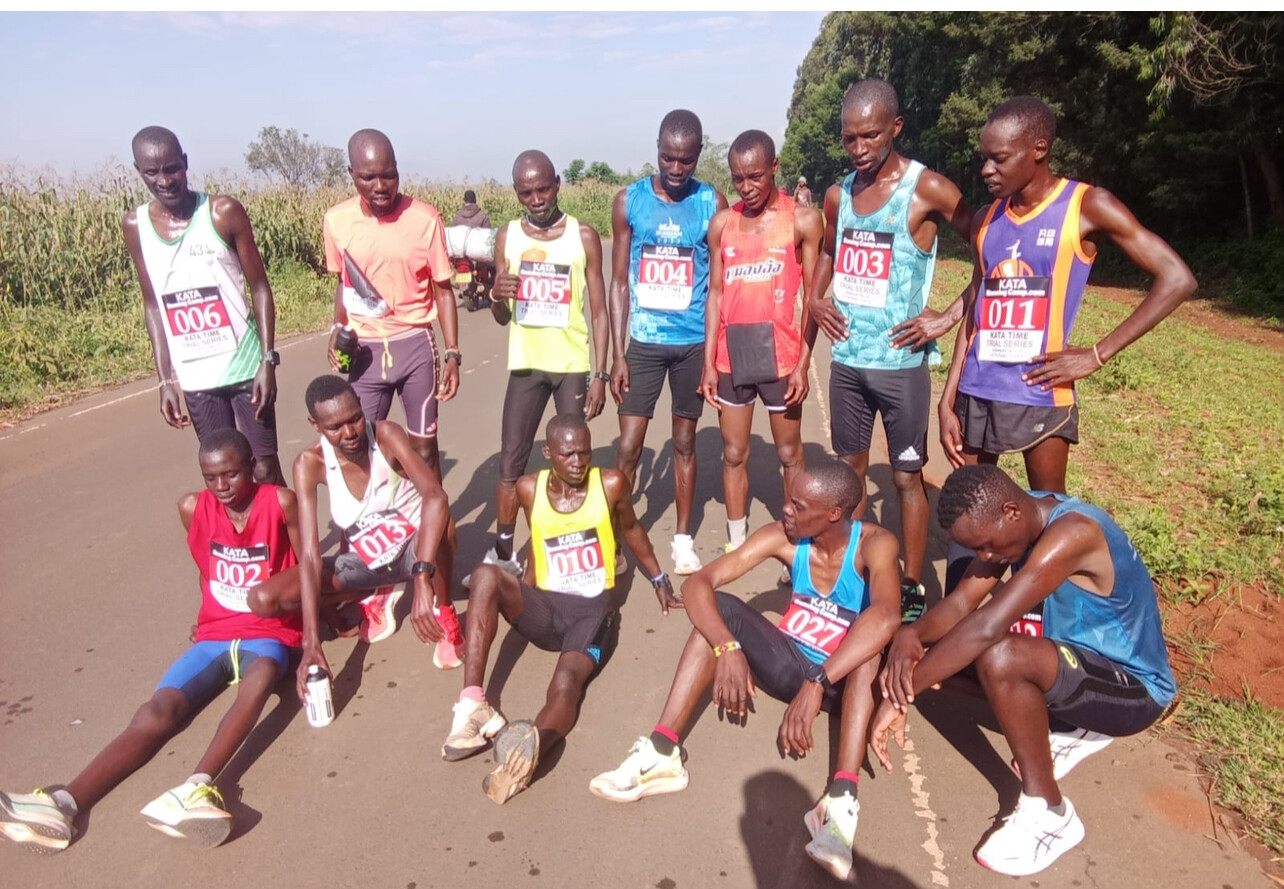
The expansion follows the success of August’s first coordinated nationwide time trial, which confirmed that KATA’s decentralized model can operate effectively across multiple regions. Each camp’s participation is not optional — under the KATA system, all official camps are required to host a time trial every other month as part of athlete development and performance monitoring.
Meanwhile, the Thika headquarters continues to set the standard. It has organized a monthly KATA Time Trial without interruption since September 2021, providing a consistent testing ground for hundreds of emerging athletes.
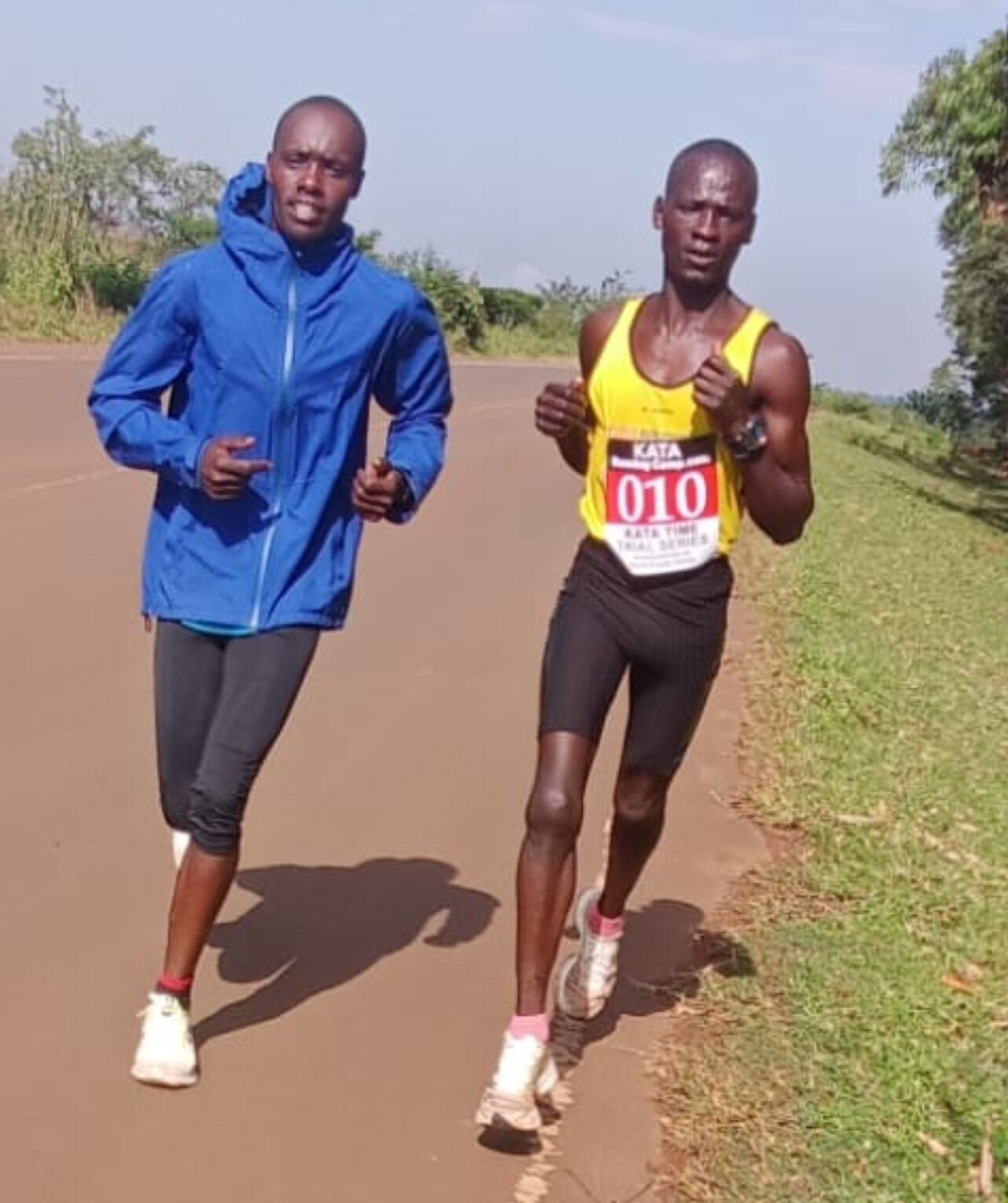
KATA founder Bob Anderson, who also created My Best Runs, said the approach is about expanding access while maintaining structure.
“The idea was to decentralize opportunity,” Anderson explained. “We want every promising runner, whether training in Thika or a rural camp, to have the same chance to be timed, compared, and supported within the KATA framework.”
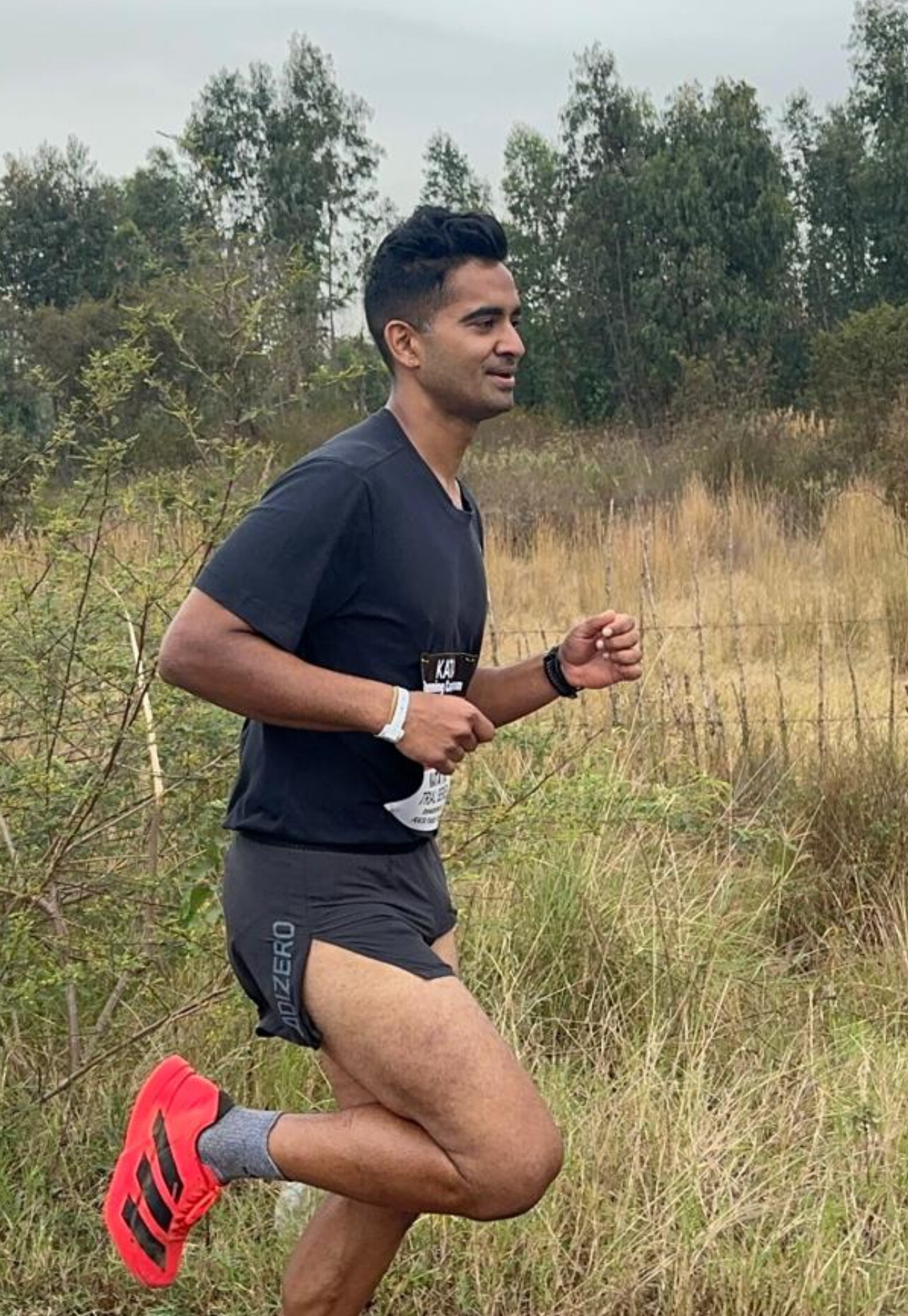
Through its network of 30+ KATA Running Camps, the academy has built a national performance pipeline. Each camp conducts its own race under strict KATA guidelines — ensuring accurate distances, verified timing, and documented results — which are then compiled centrally to produce nationwide rankings.
The program is already showing impact. The August trials unearthed new talents now being tracked for mentorship, nutrition guidance, and future competition opportunities.
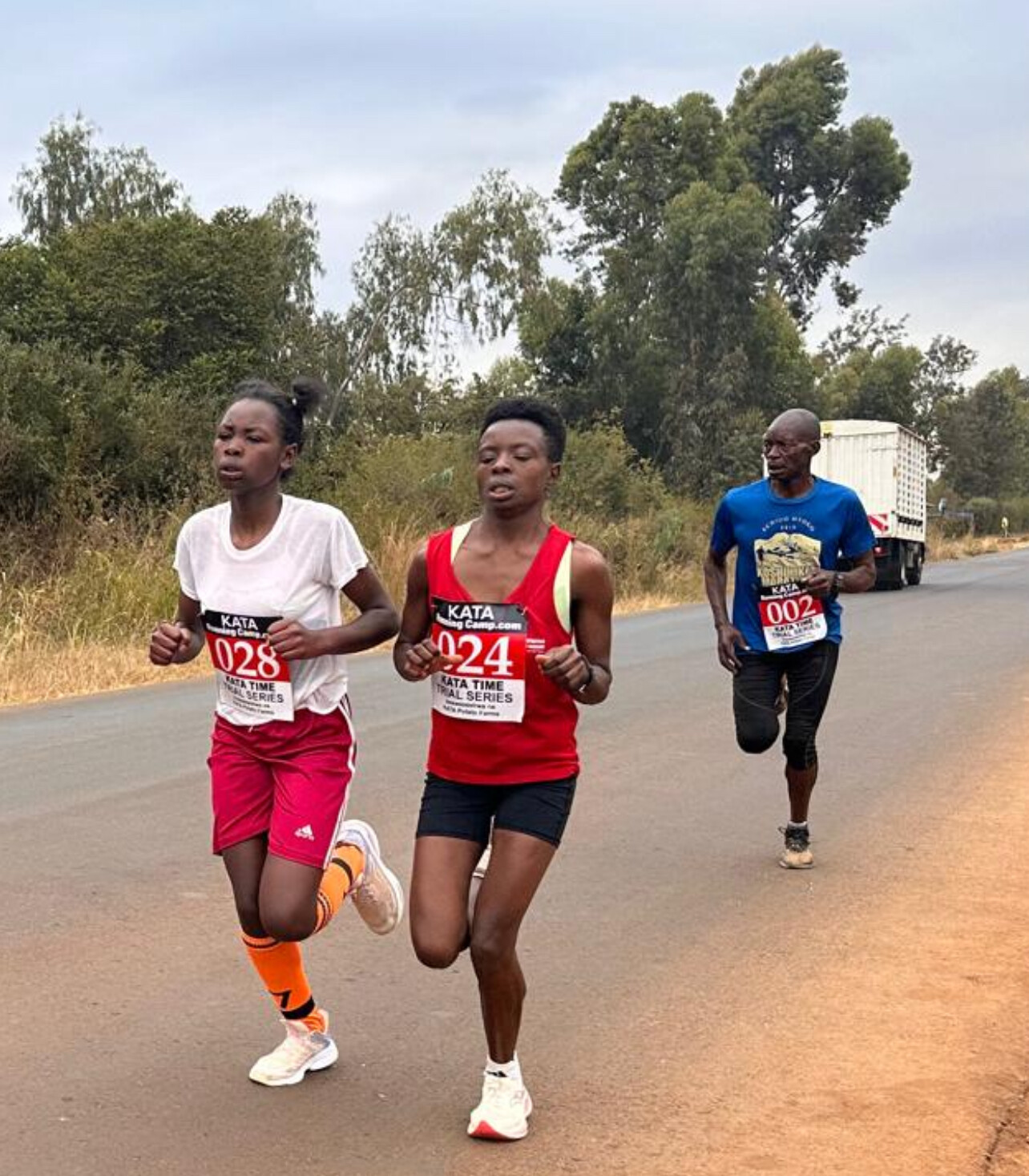
Head coach John Matheri said the system promotes fairness and progress.
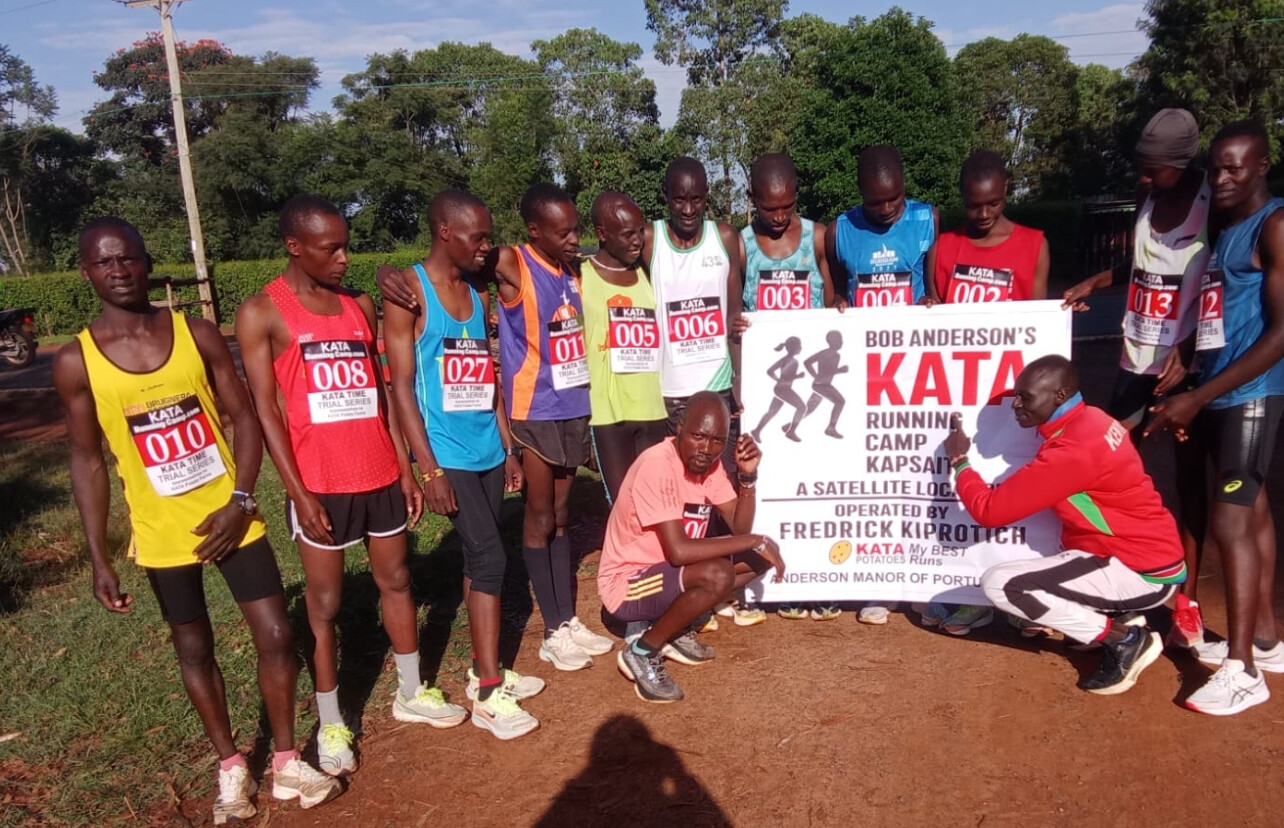
“Before, athletes had to travel to Thika for official trials. Now, the competition comes to them,” he said. “That equal footing is helping identify talent in places we might never have reached before.”
Matheri added that community involvement is strengthening outcomes.
“We expect even faster times this month,” he noted. “Athletes are training with purpose, supported by improved nutrition from our KATA potato projects and the consistent structure that these trials provide.”
Coach Silas Tiren, who leads one of the Rift Valley KATA Camps, said the program has given athletes motivation and accountability.
“These trials are more than races — they’re checkpoints,” said Tiren. “They remind every runner that consistency builds champions.”
From Kapcherop in Elgeiyo Marakwet, coach Philemon Kiptoo emphasized the difference the decentralized system is making.
“Many young runners used to give up because they couldn’t afford to travel for competitions,” he said. “Now KATA has brought the race to their doorstep. That keeps their dreams alive.”
Olympic and World medalist Edwin Soi, a longtime KATA supporter, called the program a bridge between emerging and elite athletes.
“When I look at these young runners, I see myself years ago,” Soi said. “KATA is giving them structure and belief — proof that with discipline and consistency, they can rise to the world stage.”
The October 15 event will again feature 10 km and 5 km distances for men, women, and under-20 juniors. All results from the KATA Running Camps will be uploaded to the My Best Runs database for national comparison and recognition.
As the event approaches, excitement is building across Kenya’s running communities. With standardized guidelines, consistent timing, and grassroots engagement, the KATA Time Trials are evolving into a national benchmark of progress — connecting runners from every region under one synchronized system of excellence.
From Thika’s academy grounds to the mountain trails of the Rift Valley, the whistle will blow on October 15, uniting Kenya’s KATA athletes in a single shared mission: to test, improve, and prove that talent thrives when opportunity is structured.
by Robert Kibet
Login to leave a comment
KATA Time Trial Series
Welcome to the KATA Monthly Time Trial Held at the Kenyan Athletics Training Academy in Thika, Kenya, the KATA Monthly Time Trial is a unique and inclusive event designed to support runners of all levels in achieving their goals and showcasing their fitness. This event offers both 10K and 5K distances on an accurate, certified course, providing participants with...
more...Alisa Vainio Smashes Finnish Marathon Record Just Three Weeks After World Championships
Just three weeks after placing an impressive fifth in the marathon at the World Athletics Championships in Tokyo, Finland’s Alisa Vainio has once again made headlines—this time rewriting the national record books.
Competing at the Finnish Championships in Vantaa on Saturday (Oct 4), Vainio claimed the national marathon title in 2:23:06, breaking the previous Finnish record by 92 seconds. The old mark of 2:24:38 was set by Camilla Richardsson at the 2023 Valencia Marathon.
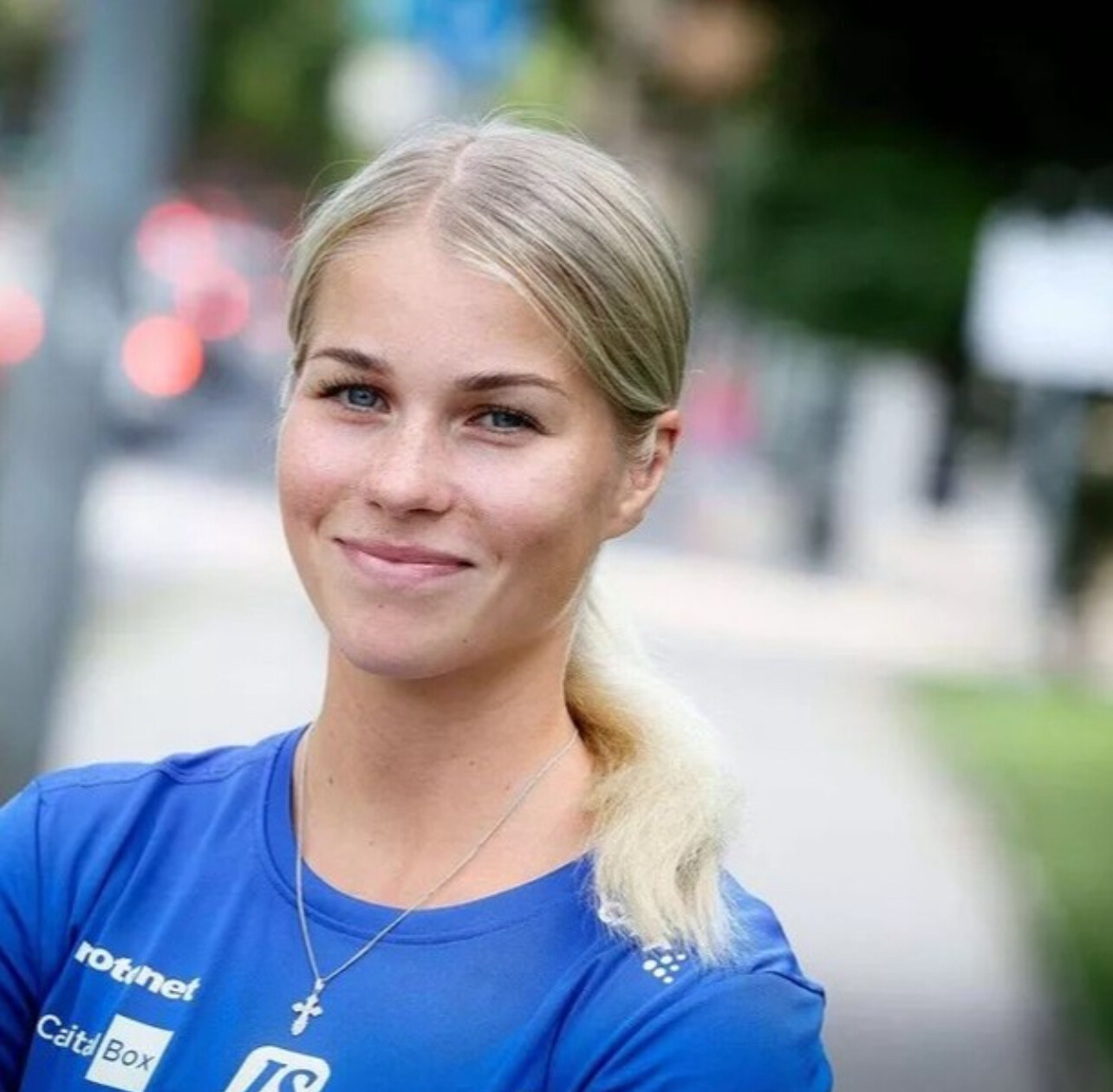
In contrast to Tokyo’s hot and humid conditions, Vantaa offered cool but blustery weather, which suited Vainio’s strong and efficient running style. She finished second overall, just 33 seconds behind men’s winner Kari Heikura, who clocked 2:22:33.
“I felt pretty good, pretty strong the whole time. The stride felt good and I was able to tighten my stride uphill and then relax downhill. Sometimes I got some help from the guys,” said Vainio.
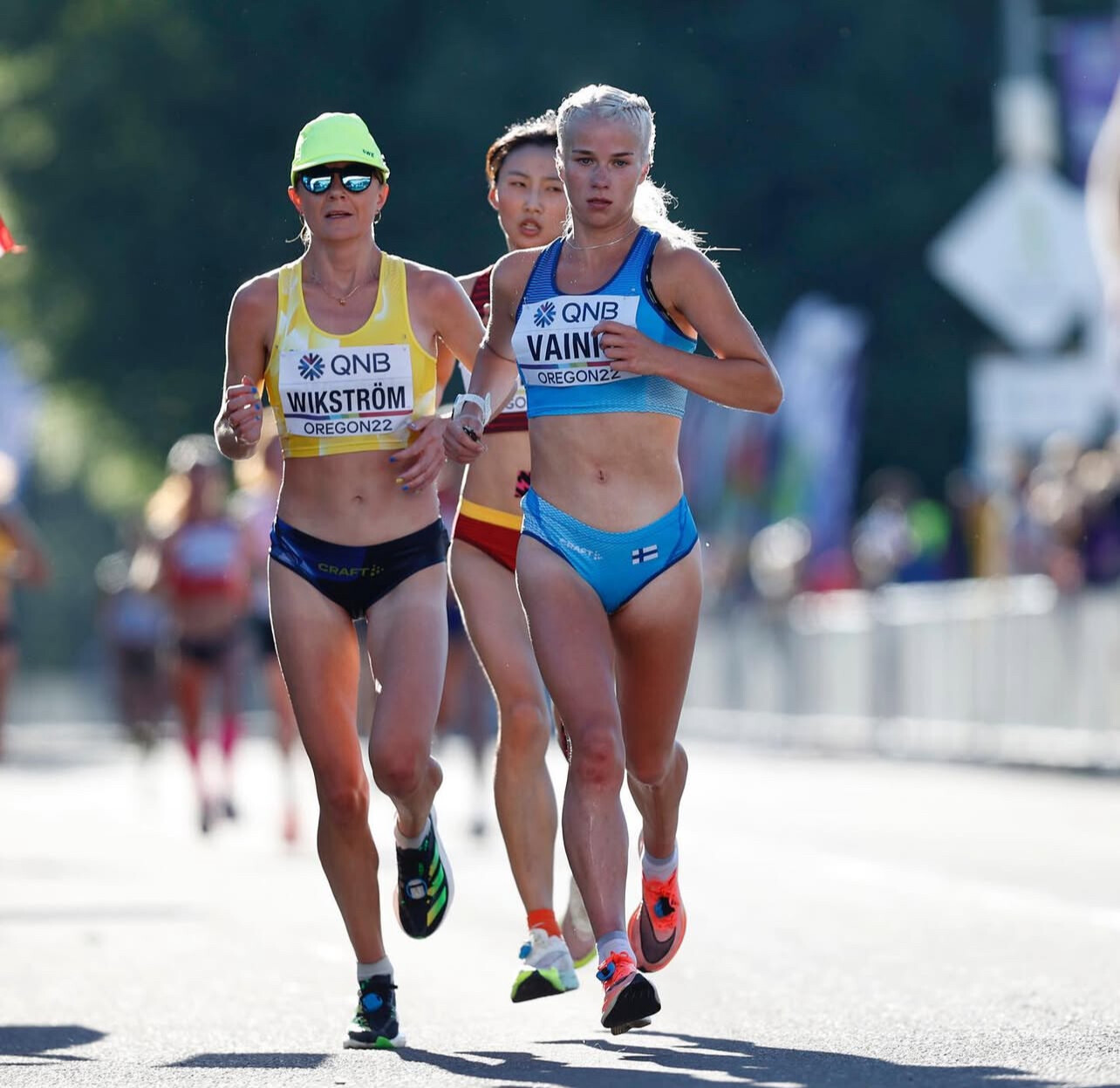
“I wanted to run hard. In Tokyo, I couldn’t run hard in the heat and that was annoying. After Tokyo, the recovery went incredibly well and I wanted to be brave today.”
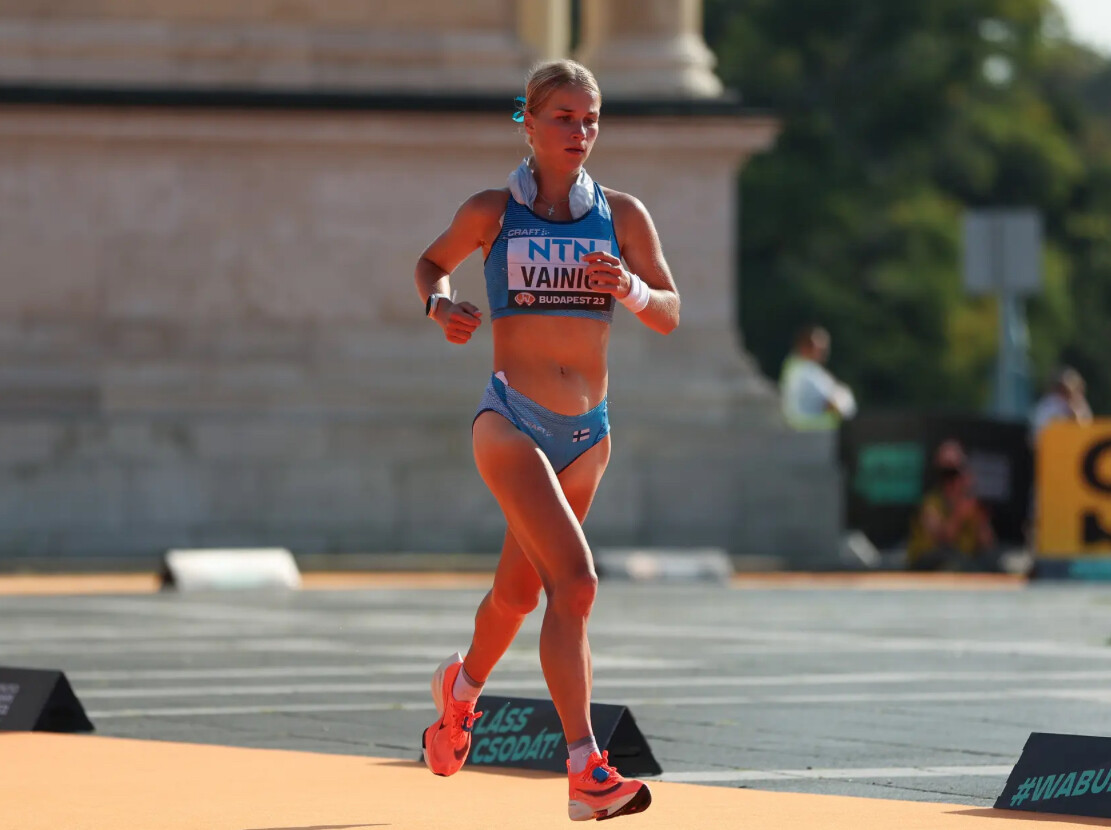
Remarkably, Vainio took just one week off following Tokyo before resuming training, showing her trademark resilience and determination. Her 2:23:06 performance now places her third on the 2025 European list, trailing only Olympic champion and European record-holder Sifan Hassan (2:19:00) and Germany’s Fabienne Königstein (2:22:17), who placed sixth at last month’s Berlin Marathon.
Despite having raced two marathons in three weeks, Vainio hasn’t ruled out another major test this year.
“I possibly have a place in Valencia. It’s not completely confirmed yet. There should be good conditions to run hard, but everything has to go well until then,” she said.
by Boris Baron
Login to leave a comment
Americans Jim Walmsley and Katie Schide Win Trail Running World Championship Titles
Canfranc, Spain — September 27, 2025. It was a historic day for U.S. trail running in the Pyrenees as Jim Walmsley and Katie Schide stormed to victory in the Long Trail race at the 2025 World Mountain and Trail Running Championships. Both dominated the grueling 50.9-mile course that packed in nearly 17,750 feet of elevation gain and loss across technical, mountainous terrain.
Walmsley’s Men’s Triumph

Walmsley, already celebrated as one of the best ultra runners of his generation, played his cards perfectly. After running with France’s Benjamin Roubiol and Louison Coiffet through the opening stages, he surged clear just past 47 km. By the 70 km mark he had carved out a commanding lead and never looked back.

He broke the tape in 8:35:11, more than ten minutes ahead of Roubiol and Coiffet, who shared silver in 8:46:05. For Walmsley, who became the first American man to win UTMB in 2023, this victory further cements his legacy as the standard-bearer for U.S. trail and ultra running.

Schide’s Commanding Performance
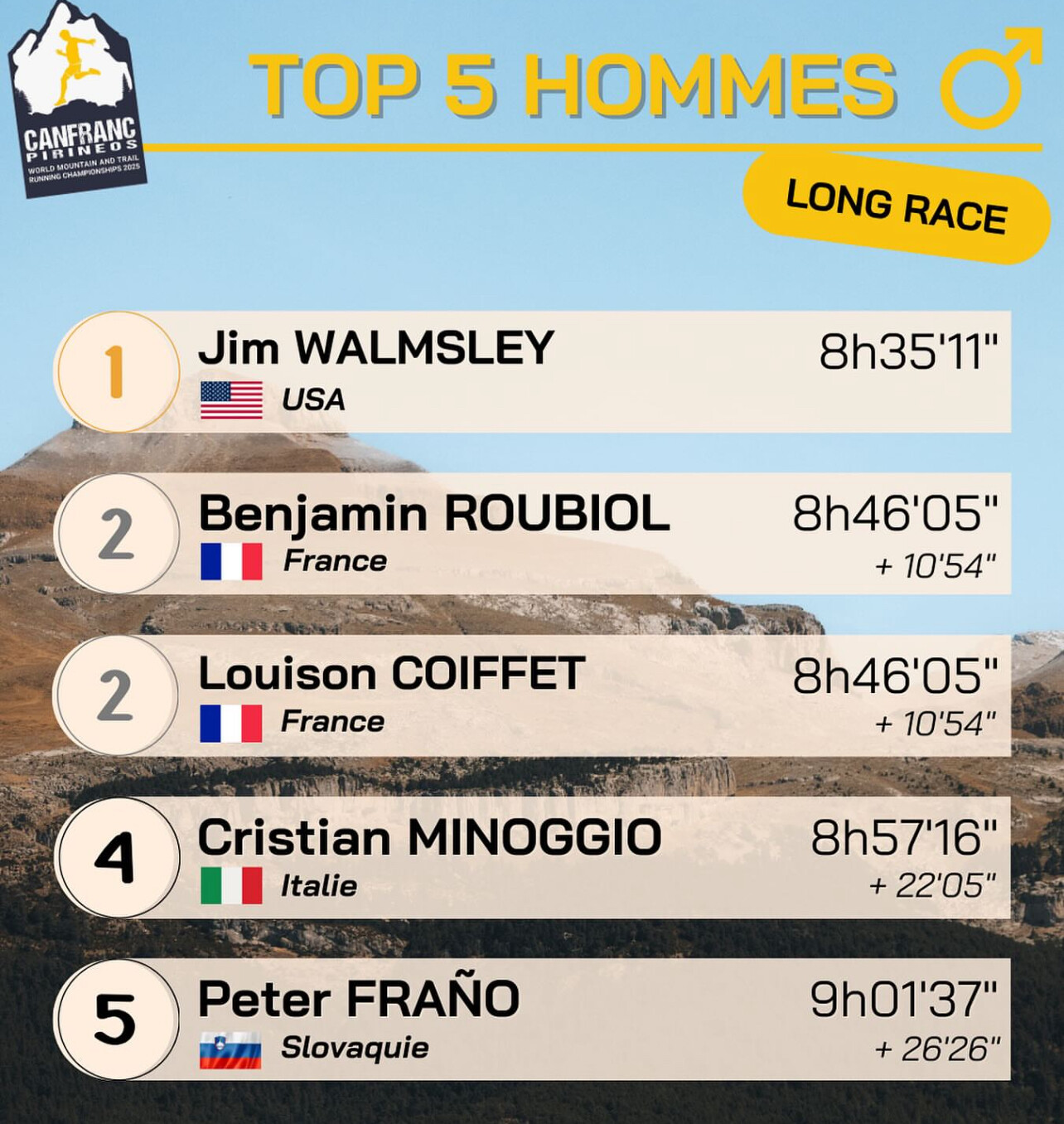
On the women’s side, Katie Schide delivered a masterclass in front-running. She built a gap of 38 seconds within the first 4 km, stretched it to five minutes by 25 km, and by the halfway point was nearly 20 minutes ahead of her nearest rival.
Schide crossed the finish in 9:57:59, winning by more than 25 minutes. Already a champion of UTMB, Hardrock, and Western States, her latest triumph adds a world title to a résumé that ranks among the most impressive in the sport.
A Landmark for U.S. Trail Running
Together, Walmsley and Schide showcased American dominance on one of the world’s toughest stages. Their wins highlight not only physical endurance and technical skill but also tactical brilliance and unwavering mental strength.
For fans and fellow athletes alike, their victories in the Pyrenees are a reminder of what’s possible when preparation meets opportunity on the world stage.
by Boris Baron
Login to leave a comment
Running: The Best Therapy You Don’t Need a Prescription For
In a world where stress, uncertainty, and daily challenges often weigh us down, people search for ways to cope. Some turn to medication, others to expensive treatments, but runners know a secret that’s both simple and timeless: the road, the trail, or even the treadmill can be the best therapy of all.
The Healing Rhythm of Running

There’s something transformative about putting one foot in front of the other. As your stride settles into a steady rhythm, your breath begins to flow in sync, and suddenly the noise of the world quiets. Problems don’t vanish entirely, but they lose their sharp edges. What once felt overwhelming starts to seem manageable after a few miles in motion.
Science in Motion
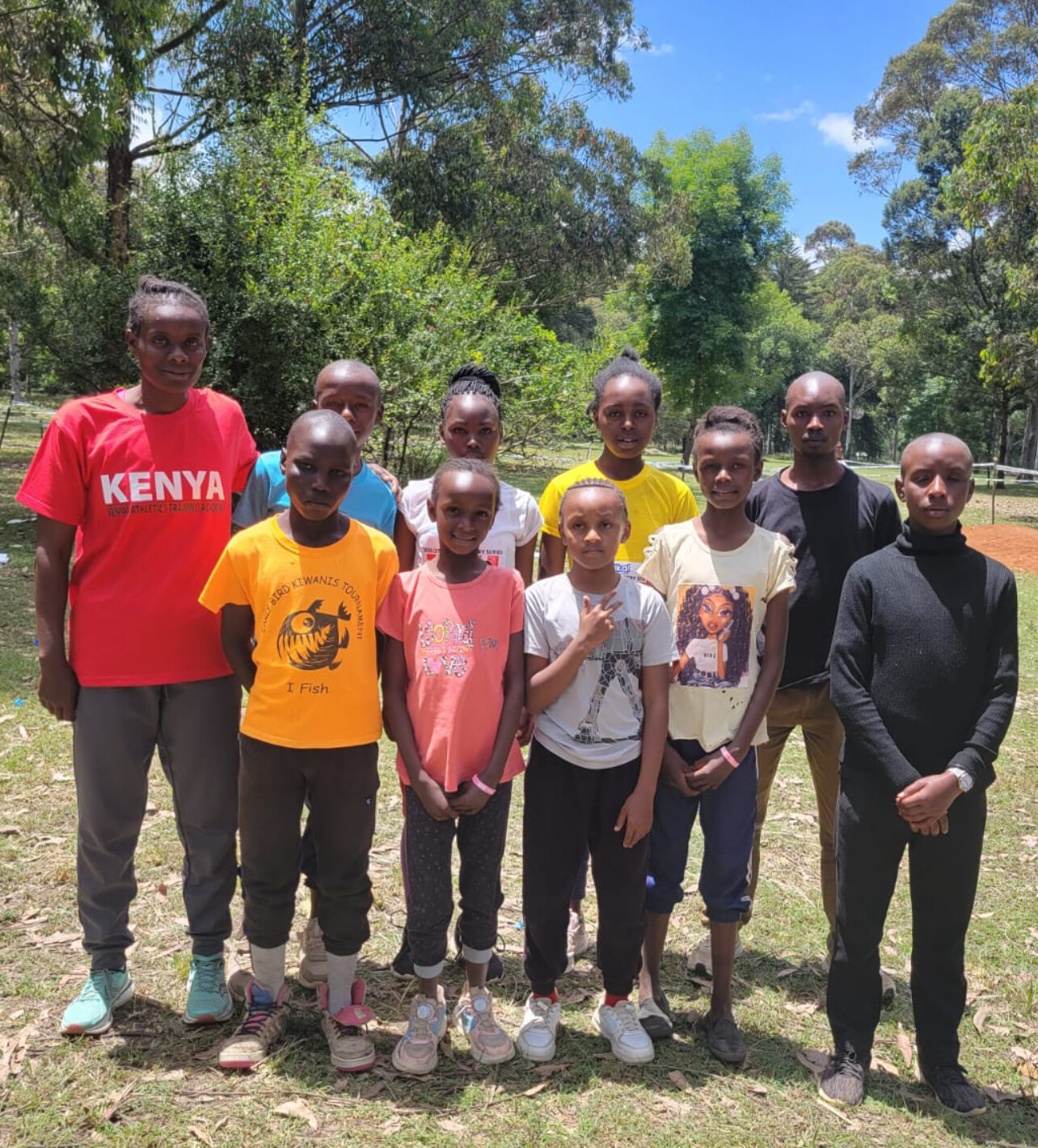
The benefits aren’t just anecdotal—they’re scientific. Running triggers the release of endorphins, often called “feel-good hormones,” while also lowering cortisol, the body’s primary stress hormone. This powerful combination elevates your mood, sharpens focus, and combats anxiety. Unlike a pill, the side effects are positive: stronger muscles, a healthier heart, and greater resilience.
Perspective Found on the Run
Ask any seasoned runner and they’ll tell you: solutions often appear mid-run. That argument with a friend, the stressful deadline at work, or the worry that kept you up at night—all feel different once you’ve given your body and mind the gift of movement. Running is like a reset button, offering clarity and perspective that can be hard to find when sitting still.
Always Within Reach
Perhaps the greatest gift of this form of therapy is its accessibility. No appointments. No pharmacy. Just a pair of shoes and the willingness to step outside. The open road, the local park, or the quiet dirt trail all become spaces of healing and renewal.
The Runner’s Prescription
You don’t need a doctor’s note to take advantage of this therapy. Whether you run fast or slow, long or short, every stride carries you closer to a clearer mind and a lighter spirit. The prescription is simple: lace up, head out, and let the miles work their magic.
Running doesn’t just make you fitter—it makes you stronger in ways that matter most. It’s therapy for the mind, body, and soul. And the best part? Refills are unlimited.
by Boris Baron
Login to leave a comment
Kilian Jornet Announces Bold New Ultra-Endurance Challenge
Kilian Jornet, widely regarded as the greatest endurance athlete of all time, has unveiled his most audacious project yet—combining the grit of the Tour de France with the relentless grind of marathon running.
The mountain-running icon plans to summit every 14,000-foot peak in the contiguous United States, linking them all by bicycle and on foot. His concept blends cycling stages on par with the Tour de France and running a marathon each day, all while climbing some of the highest mountains in America.
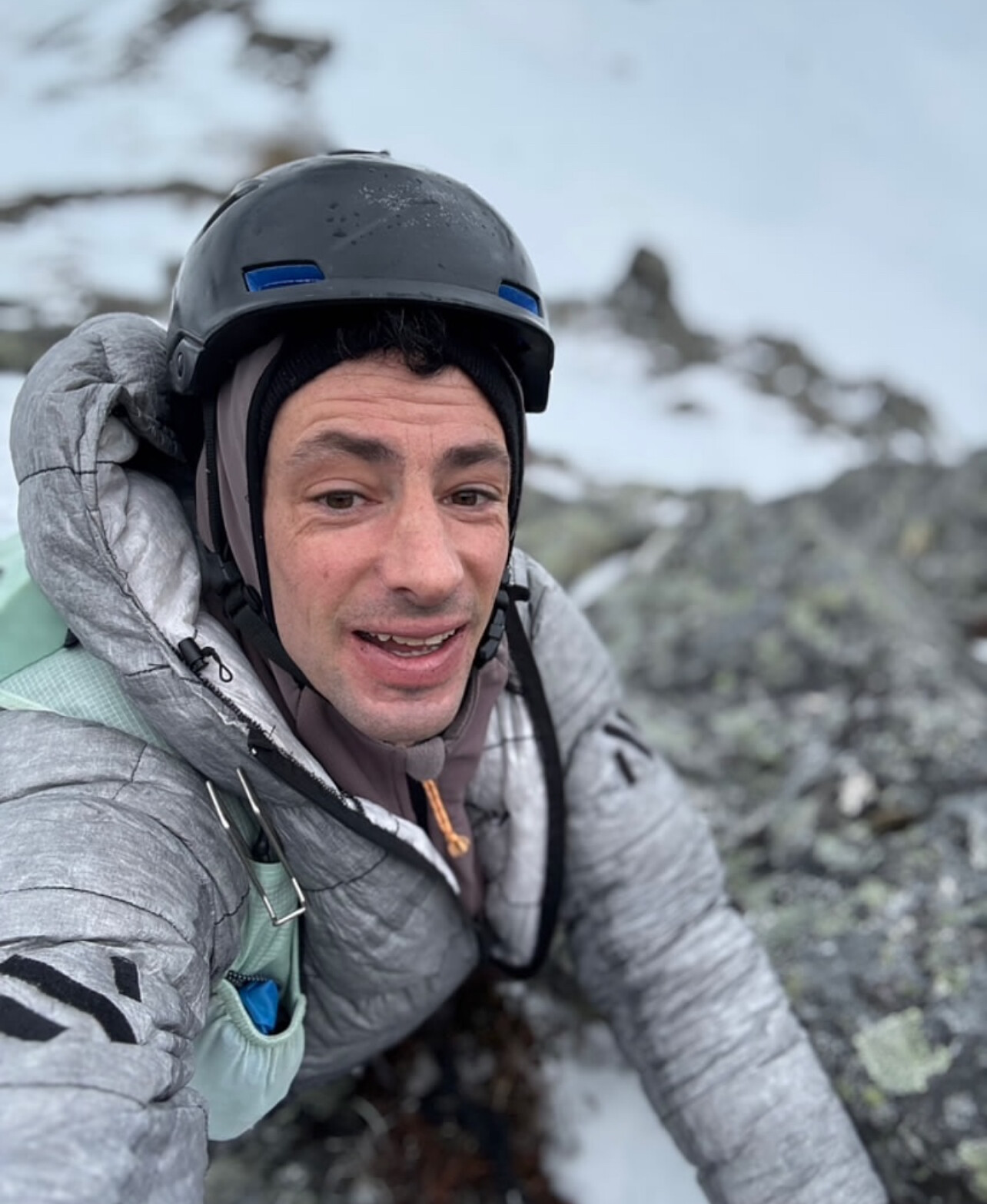
A New Level of Endurance

Jornet has long redefined the limits of human performance. From setting speed records on Mont Blanc, Everest, and the Matterhorn, to dominating ultramarathons around the globe, his career has blurred the line between mountaineering, cycling, and distance running.
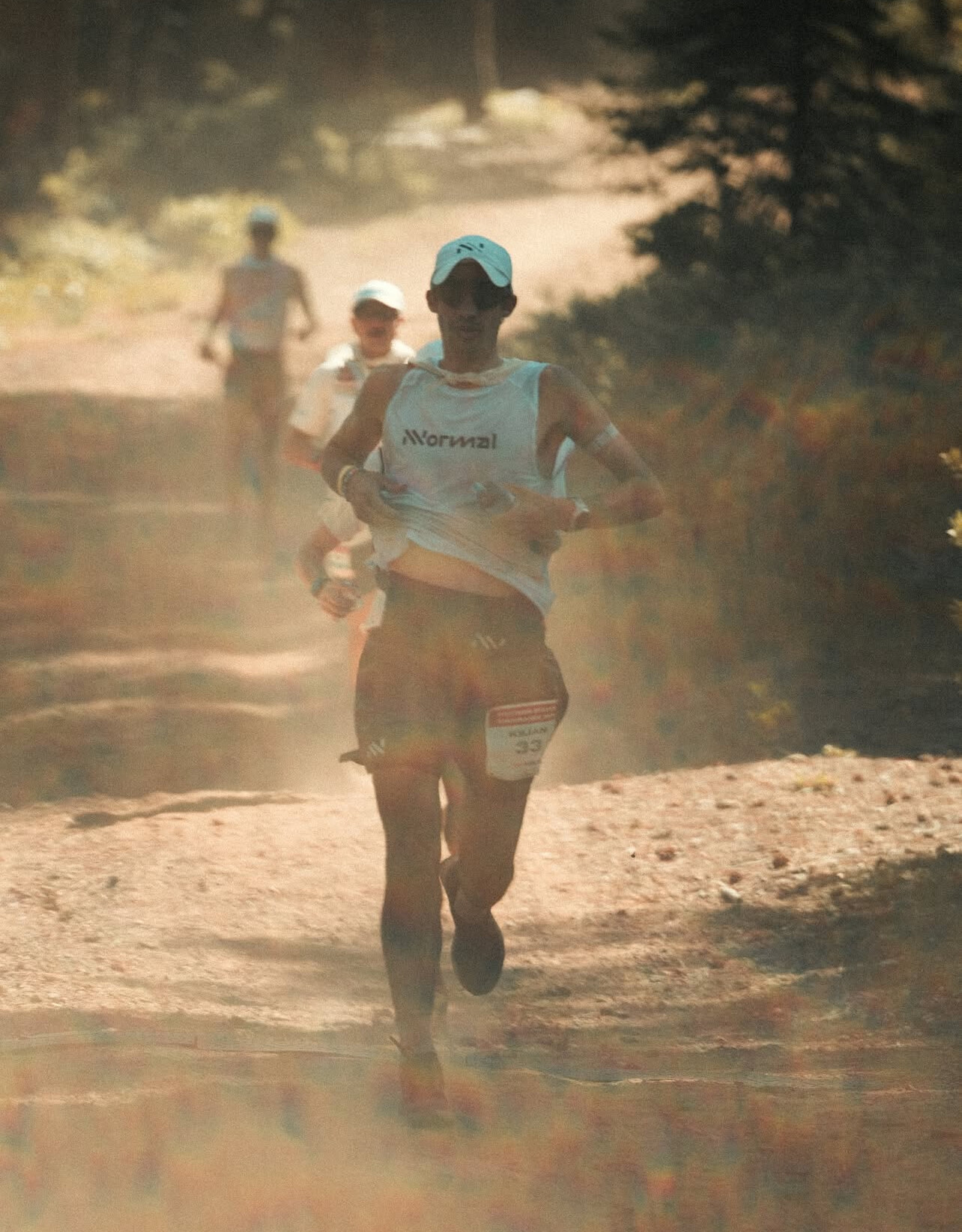
This latest challenge pushes even further—requiring not just peak physical conditioning, but also careful logistics, recovery, and resilience in some of the toughest terrains on earth.
Why This Challenge Matters
The project is more than just an athletic quest. By connecting summits, marathons, and cycling stages into one continuous journey, Jornet is symbolically uniting three of endurance sport’s greatest disciplines. His effort will not only test human possibility but also inspire runners, cyclists, and climbers to think beyond conventional limits.
As Jornet himself has often said, his greatest motivation comes from curiosity—asking what lies beyond the next climb, the next trail, or the next idea of what’s possible.
The Road Ahead
No specific launch date has yet been set, but anticipation across the endurance community is already high. If Jornet succeeds, this could go down as one of the most ambitious endurance projects in modern history—an odyssey across mountains, roads, and trails that only someone like Kilian could attempt.
by Boris Baron
Login to leave a comment
More Than a Medal: How Olympian Edwin Soi is Shaping the Future of Kenyan Running - KATA 05
In the misty highlands of Kuresoi, nestled at a staggering 2,700 meters above sea level, an elite training camp quietly hums with the sounds of determination — rhythmic footfalls, laboured breaths, and the occasional cheer of encouragement.
Along reddish-brown murram trails, sandwiched between dense trees of the Mau Forest, young athletes glide through the early morning fog. This is no ordinary running camp. It is the dream and daily labour of Edwin Cheruiyot Soi, one of Kenya’s most decorated long-distance runners, now turned mentor, marathoner, and coach.
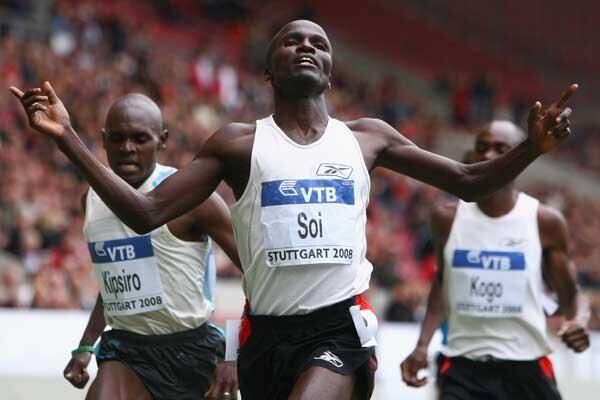
Soi, known for his Olympic bronze medal in the 5000m at the 2008 Beijing Olympics and a glittering career on the track, hasn’t slowed down. While many of his peers have moved on from competition, Soi remains actively racing marathons, coaching, and living side by side with a rising generation of athletes.

“I have run for long, from World Championships and World Indoors to the Olympics,” Soi says after a long training session. “With all that experience, I saw it wise to share my expertise — not just with young athletes, but with anyone willing to train with discipline.”
Still Racing, Still Leading
Every morning, Soi joins his athletes in their rigorous routines. From tempo runs along the forested trails to fartlek and speedwork sessions, he leads by example.
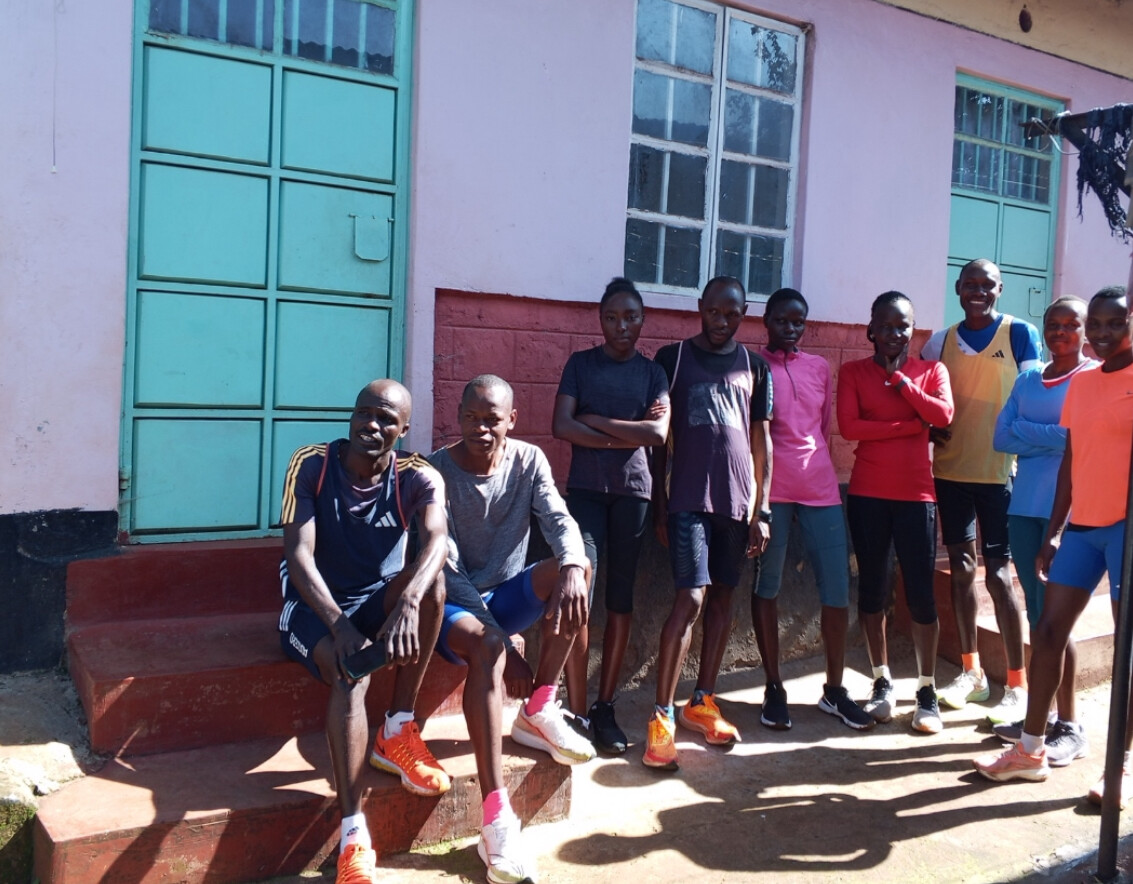
“My athletes don’t just see me as a coach — I run beside them,” he says. “They learn from how I train, rest, and carry myself. That’s leadership by presence.”
For the athletes, it’s not only inspirational — it’s transformational.
Margaret Ndirangu, a promising athlete from Central Kenya, beams with gratitude:
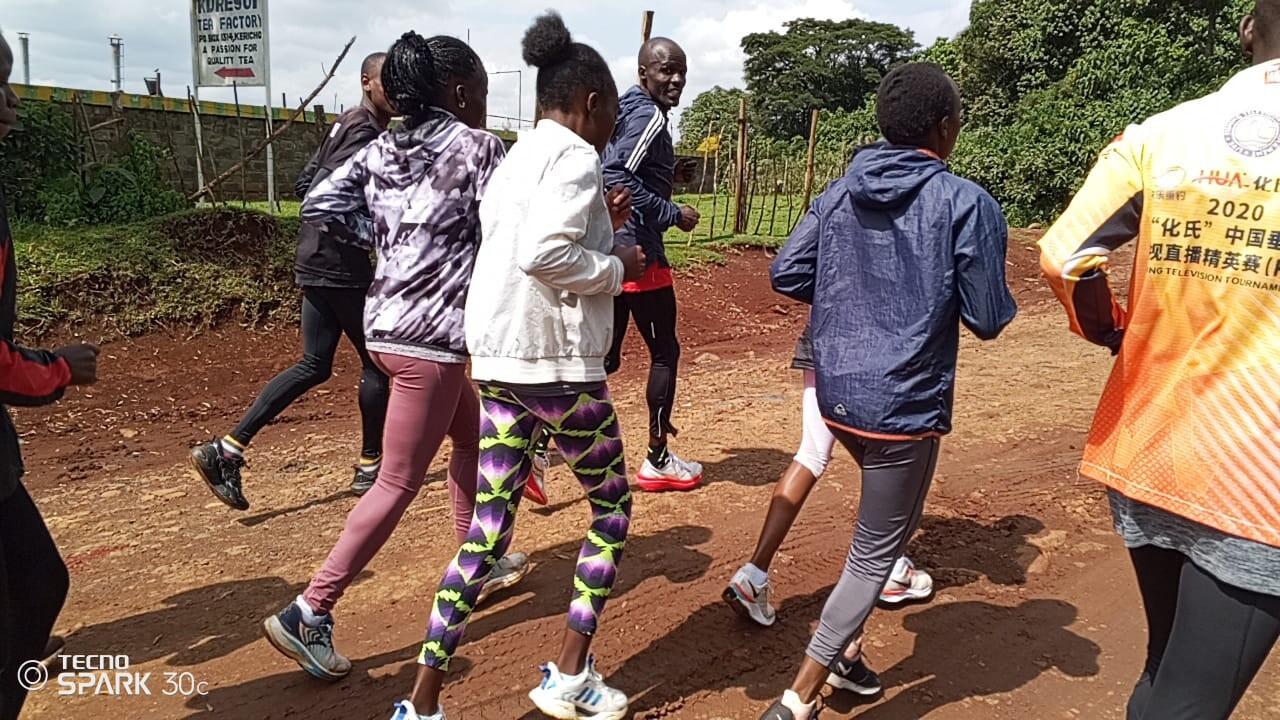
“I have nothing more than joy. Being at Soi’s camp is more than home to me. We eat well, sleep well, and train well. Running alongside an Olympian like Edwin Soi is a huge motivation.”
Gilbert Kenduiywo, a full marathon runner, agrees:
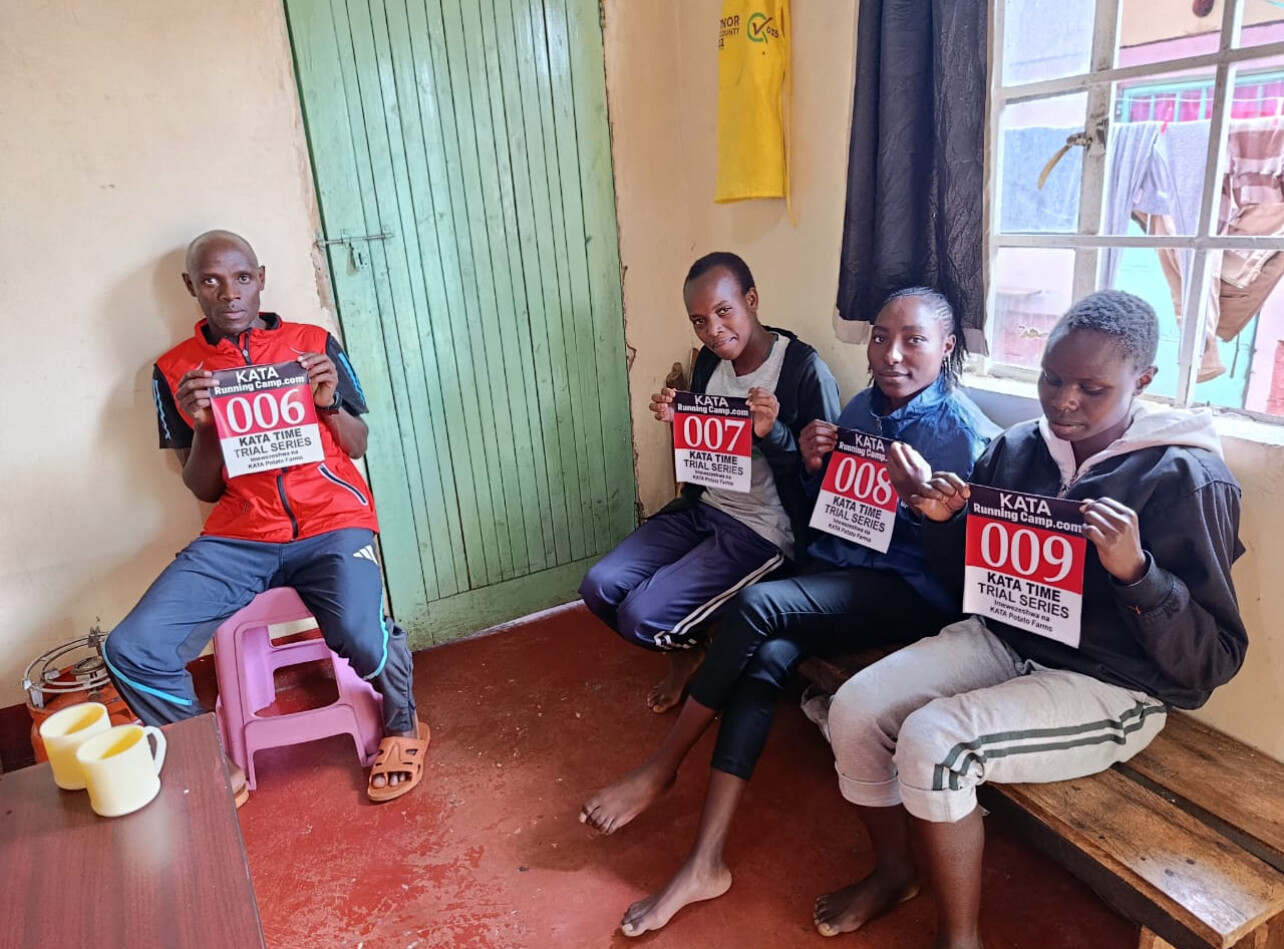
“I thank Soi because he has brought us from where we were, courtesy of Bob Anderson. Running involves dedication, and it is through this that we now have a place to live, eat, and train. I also thank Bob Anderson for the noble idea. Engaging in farming as an income-generating activity after training means a lot to us.”
Kuresoi: Nature’s Perfect Stadium
The rugged beauty of Kuresoi is more than just scenery; it's a natural high-performance lab. The red-earth trails, the crisp mountain air, and the altitude of 2,700 meters form the ideal foundation for endurance athletes.
“Our routes weave through Mau Forest,” Soi says, pointing to a distant hill where runners disappear into the mist. “These aren’t just trails. They’re tests of character.”
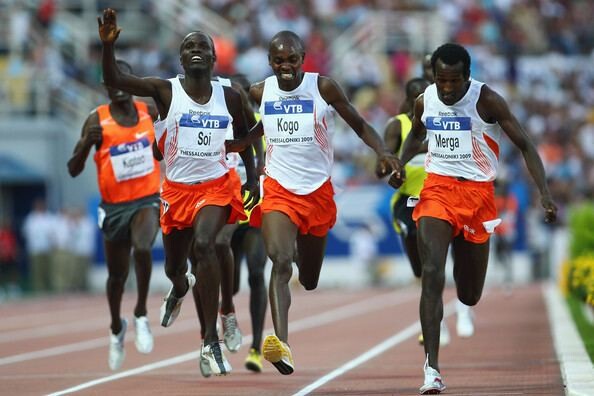
The KATA Vision: Running with Purpose
Soi’s training camp is backed by the Kenyan Athletics Training Academy (KATA), founded by Bob Anderson, the visionary behind Runner’s World magazine. But what makes this camp stand out isn’t just the training — it’s the fusion of sport and sustainability.
With support from KATA, Soi and his athletes engage in agricultural projects, most notably the Potato Project. When they’re not clocking miles, runners plant, harvest, and manage farming plots — gaining not only a source of income but vital life skills.
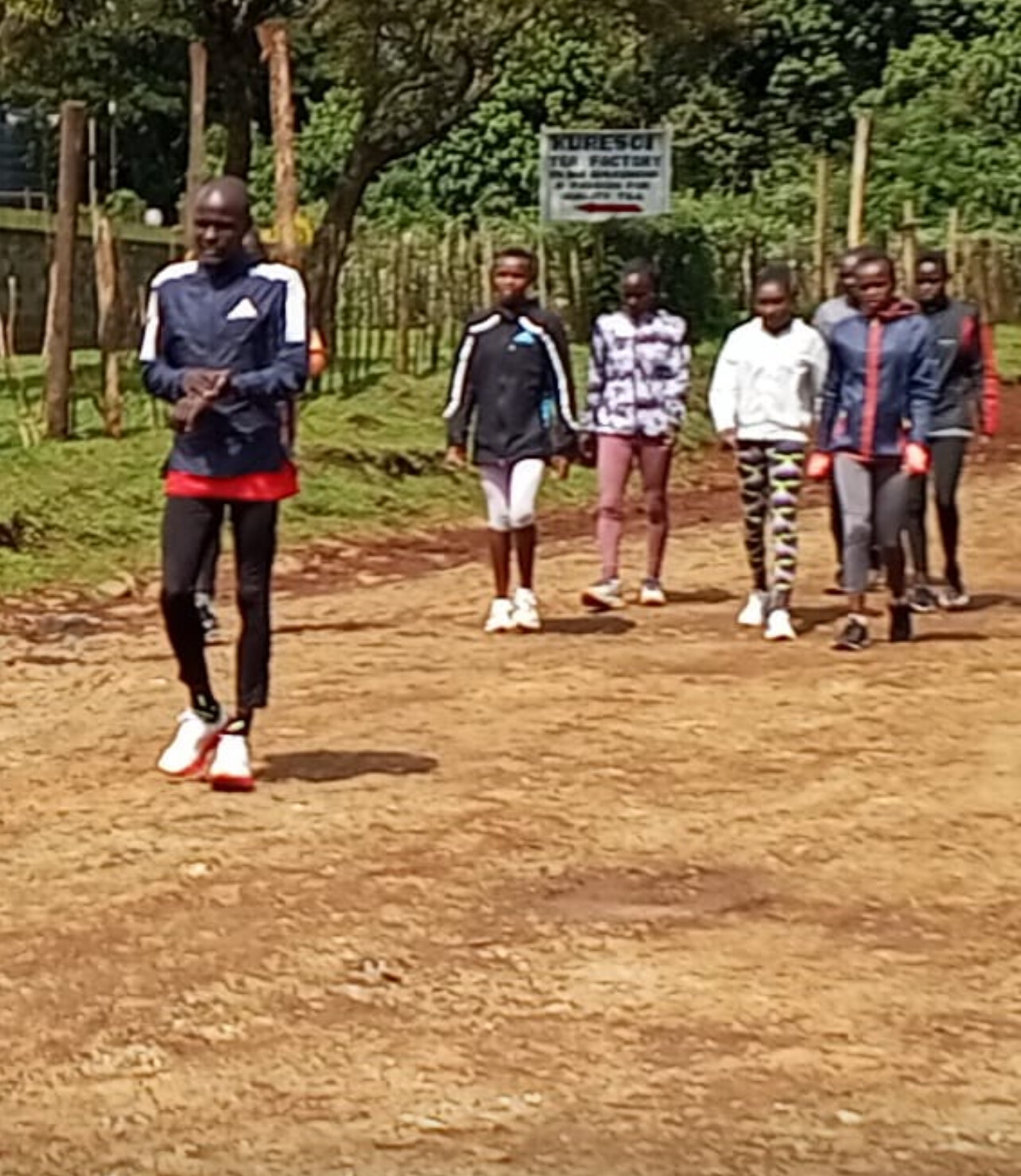
“No one else had thought of supporting athletes this way — giving them both a place to grow athletically and financially,” says Soi. “Bob’s idea came at the perfect time.”
Athletes echo this gratitude.
Edmond Rono, a distance runner from Sotik, shares:
“I used to train in Sotik, but after joining Soi's camp—supported by KATA—I’ve experienced a complete transformation. We stay comfortably and enjoy everything from training, meals, to accommodation. My future now looks bright.”
Isaiah Kipkurui, a road runner, adds:
“The support from KATA through Edwin Soi has meant a lot to us as athletes. Since joining the camp, we’ve seen remarkable improvement in our performance and lifestyle.”
Cheptoo, a 3000m specialist with a personal best of 9:30, also credits the camp for her progress:
“Coming from Sotik and joining Soi’s camp has been a turning point. Accessing proper meals and accommodation as an athlete is a great opportunity. I’m now preparing for the upcoming cross-country races this month.”
And Winny Chebet, a determined 10,000m runner, shares:
“The opportunity given to me through Soi’s camp, supported by KATA, has made me optimistic. I believe my future is bright, and I will be able to hit my running targets.”
Running Clean, Running Proud
While training and farming form the physical and economic backbone of the camp, discipline and integrity shape its soul. Soi is fiercely committed to clean sport — a principle he insists every athlete lives by.
“My athletes know I’m strict,” he says. “There’s no shortcut in this sport. I do not support doping, and I never will. If you want to enjoy the fruits of your labor, you must do it right.”
In a time when Kenyan athletics has been shaken by doping scandals, Soi’s stance is both timely and bold. His camp stands as a model of ethical training, and his leadership provides athletes with more than a place to train — it gives them a moral compass.
Beyond the Finish Line
Soi knows his racing clock is ticking. Though still active in marathons, he estimates he has two or three years left of elite racing. But that doesn’t worry him. His eyes are fixed on the future — one that includes hundreds of young athletes inspired and supported through his camp.
“I’m not just training runners,” he says. “I’m building people. Strong, disciplined people who will take Kenyan running to the next level.”
He acknowledges the crucial role of Athletics Kenya and the Ministry of Sports in establishing youth training camps nationwide. “Their efforts align perfectly with our vision here,” he says. “We’re all working toward the same goal — to empower youth through athletics.”
A Legacy Written in Footsteps
As the sun rises over the Mau Forest and the last runner finishes the morning loop, Soi jogs back toward camp with his group, his figure still strong, still focused. Around him are the dreams of others — a living tribute to his journey.
He’s a man who knows the podium. But today, Soi’s greatest pride isn’t in medals or titles. It’s in the smiles, strength, and discipline of those who now run beside him.
“Running gave me everything,” he says. “Now, I give back — through sweat, through sacrifice, and through the soil we farm together.”
In Kuresoi, the second wind of Edwin Soi is not a comeback — it’s a new beginning, and it’s lifting others with every stride.
by Robert Kibet
Login to leave a comment
Ultrarunner Sarah Baker Sets New Self-Supported Appalachian Trail Record
Ultrarunner Sarah Baker, from Tennessee, has set a new self-supported Fastest Known Time (FKT) on the legendary Appalachian Trail, completing the grueling 3,500-kilometre (2,190-mile) trek from south to north in just 74 days — all while battling illness and unforgiving terrain.
Baker’s accomplishment is even more impressive considering she did it completely self-supported, meaning no outside help — no support crew, no pacers, and no pre-arranged assistance. Along the way, she managed her own logistics, carried her own gear, and relied on resupply points she mailed to herself in advance.
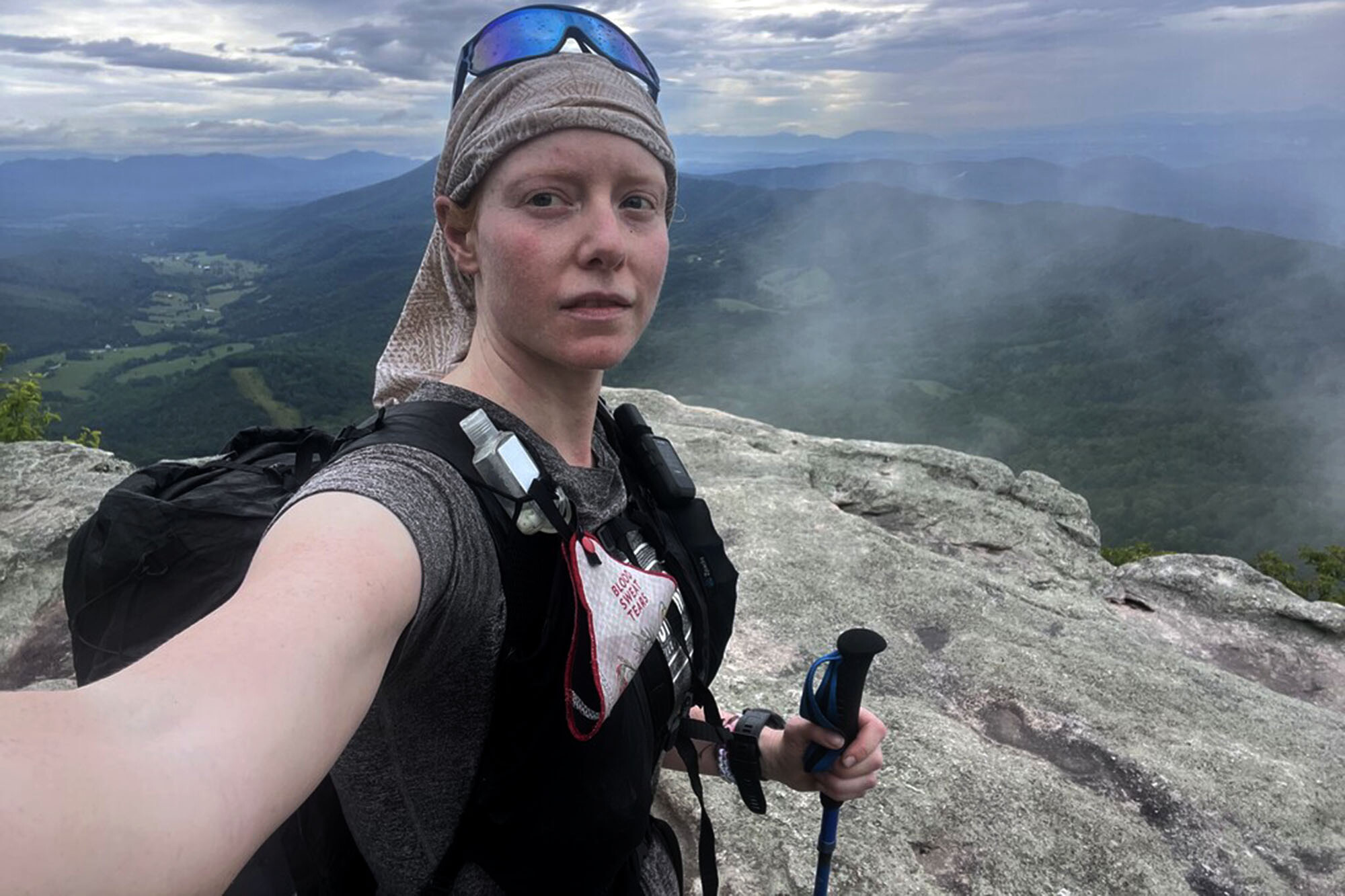
An FKT Years in the Making
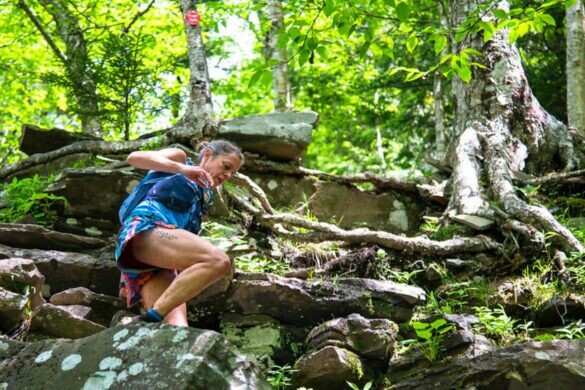
This wasn’t Baker’s first Appalachian Trail challenge. She had already set three FKTs on segments of the trail, gaining experience and insight into the extreme demands of the route. Early in this attempt, she was averaging over 50 kilometers per day, but a journey of this magnitude rarely goes without setbacks.
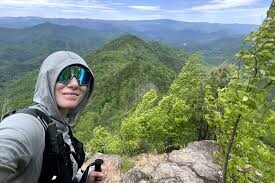
Just three weeks in, Baker contracted norovirus, a gastrointestinal illness that forced her to isolate and “stealth camp” on the trail, as hostels turned her away due to her symptoms. Despite the illness, she pressed on, demonstrating grit and mental resilience.
The Challenge of Going It Alone
A self-supported FKT comes with more than just physical challenges — it demands careful planning, adaptability, and relentless determination.
Baker used the classic thru-hiker strategy of mailing food ahead to small towns, where she would hike off-trail to retrieve supplies and then return to continue her route. This added extra mileage, effort, and logistical complexity — something supported athletes don’t face.
“The hardest part wasn’t just the running,” Baker noted. “It was getting to a resupply point, managing illness alone, and still finding the will to keep moving forward every day.”
A Trail That Tests the Toughest
The Appalachian Trail is widely regarded as one of the toughest long-distance hikes in the world. With over 140,000 meters (nearly 460,000 feet) of elevation gain and loss, completing it is the equivalent of climbing Mount Everest about 16 times.
Baker’s journey, completed solo and unsupported, highlights not only her strength as an ultrarunner but also the depth of her planning and willpower. Her new 74-day mark sets a high bar for future attempts.
A Trailblazer for the Trail Community
Sarah Baker’s accomplishment adds her name to the short list of elite athletes who have successfully taken on the full Appalachian Trail under self-supported conditions. Her story is a reminder of the power of perseverance — and that records aren’t only broken on race day but in the quiet miles when no one is watching.
by Boris Baron
Login to leave a comment
From Karate to 27:00: Zachariah Kirika’s Rise from Village Fighter to Road Racing Star
On a misty July morning in Nairobi, as thousands of runners pounded the city’s tarmac in the 10km race at the Nairobi City Marathon, one name quietly cut through the noise — Zachariah Kirika, 24, who stormed to a third-place finish in 27:00 flat.
But for Kirika, this wasn’t just a race. It was the culmination of years marked by struggle, sacrifice, and a relentless pursuit of purpose — a journey that began not on the running track, but in a quiet Kenyan village and later, in the disciplined world of karate.
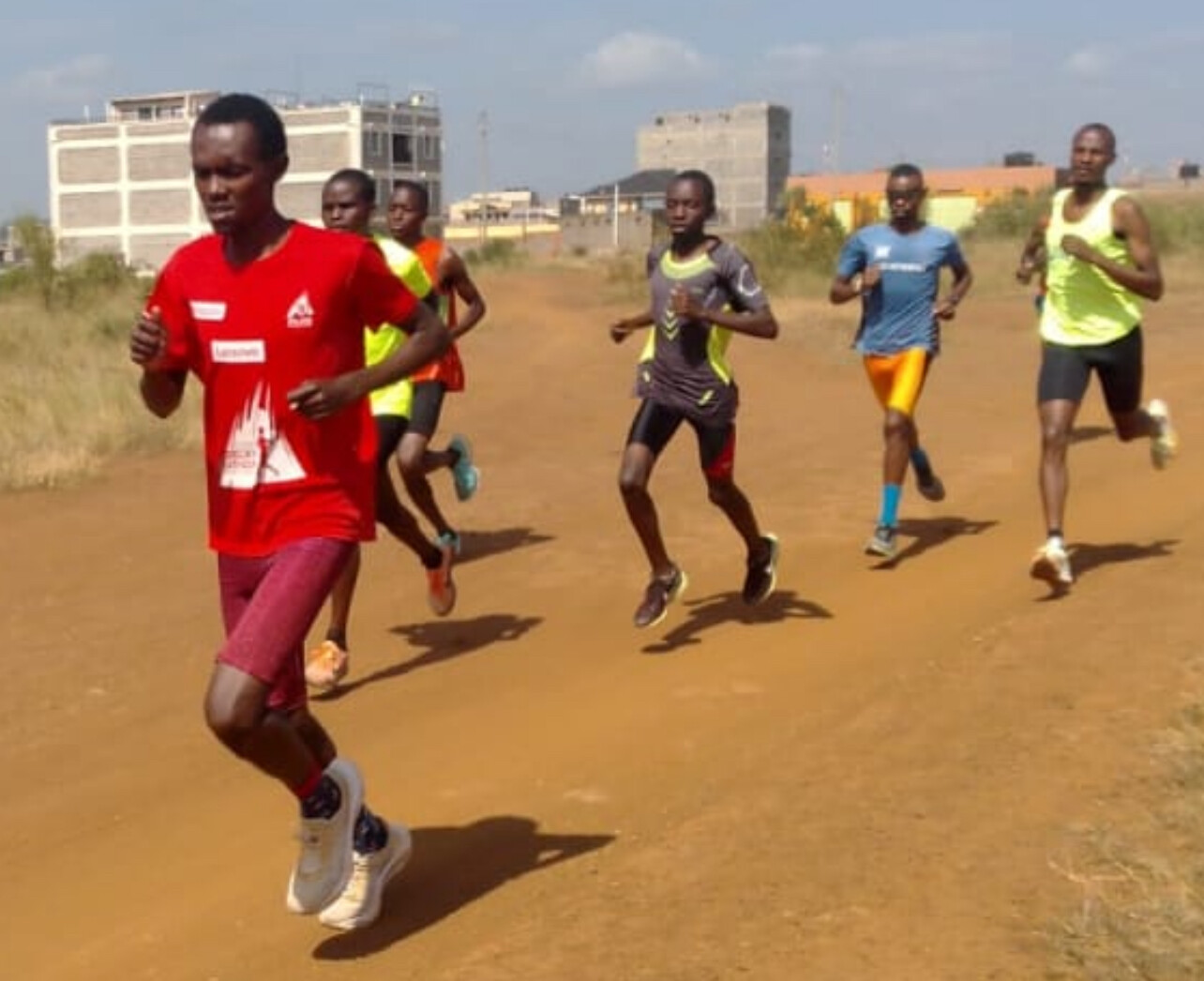
“I was born in Muthara village, a quiet place in Murang’a County,” Kirika says, now seated at the Kenya Athletics Training Academy (KATA) in Thika, where he trains. “We didn’t have much, but my parents gave me everything they could.”
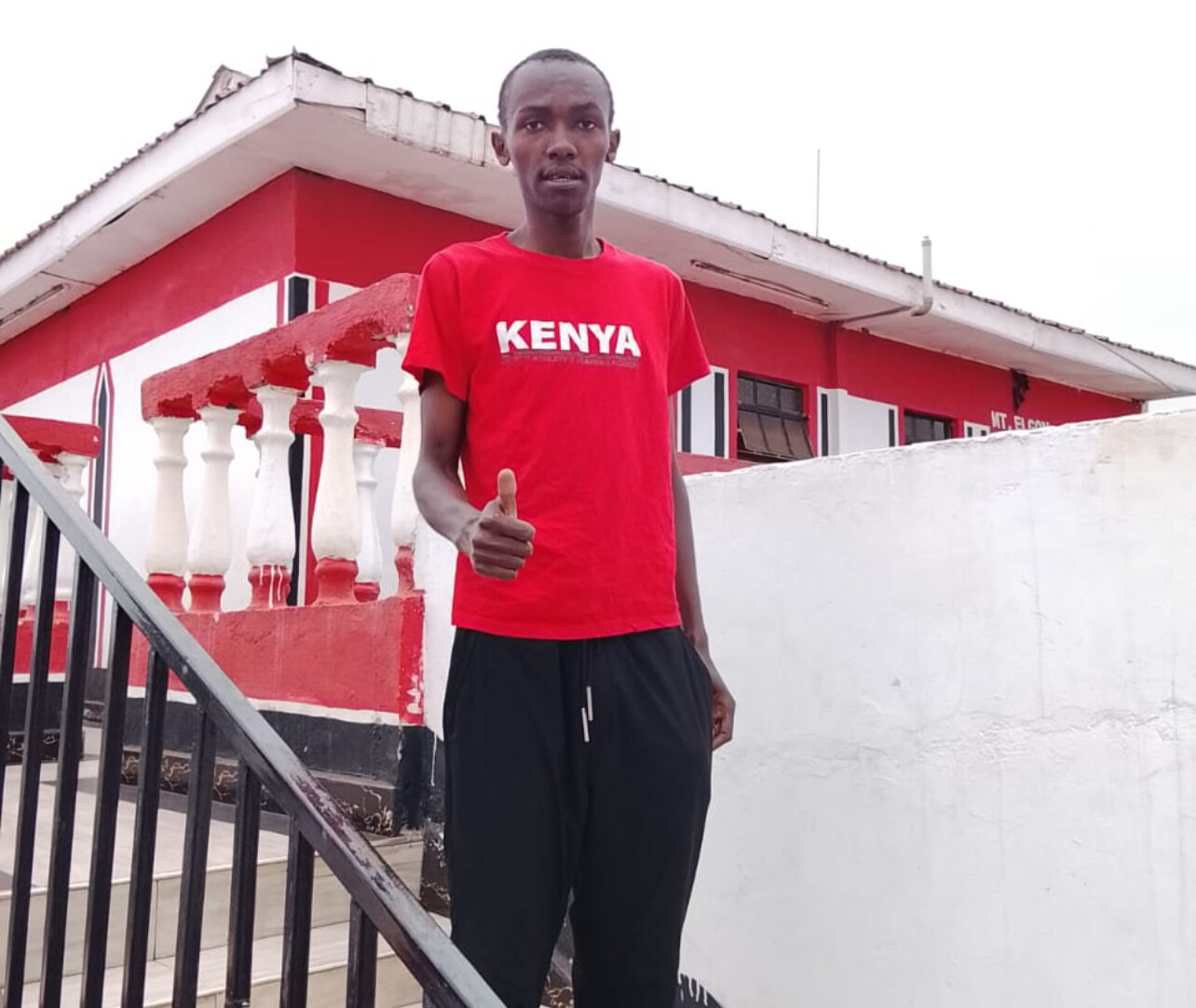
Karate Roots and Early Responsibility
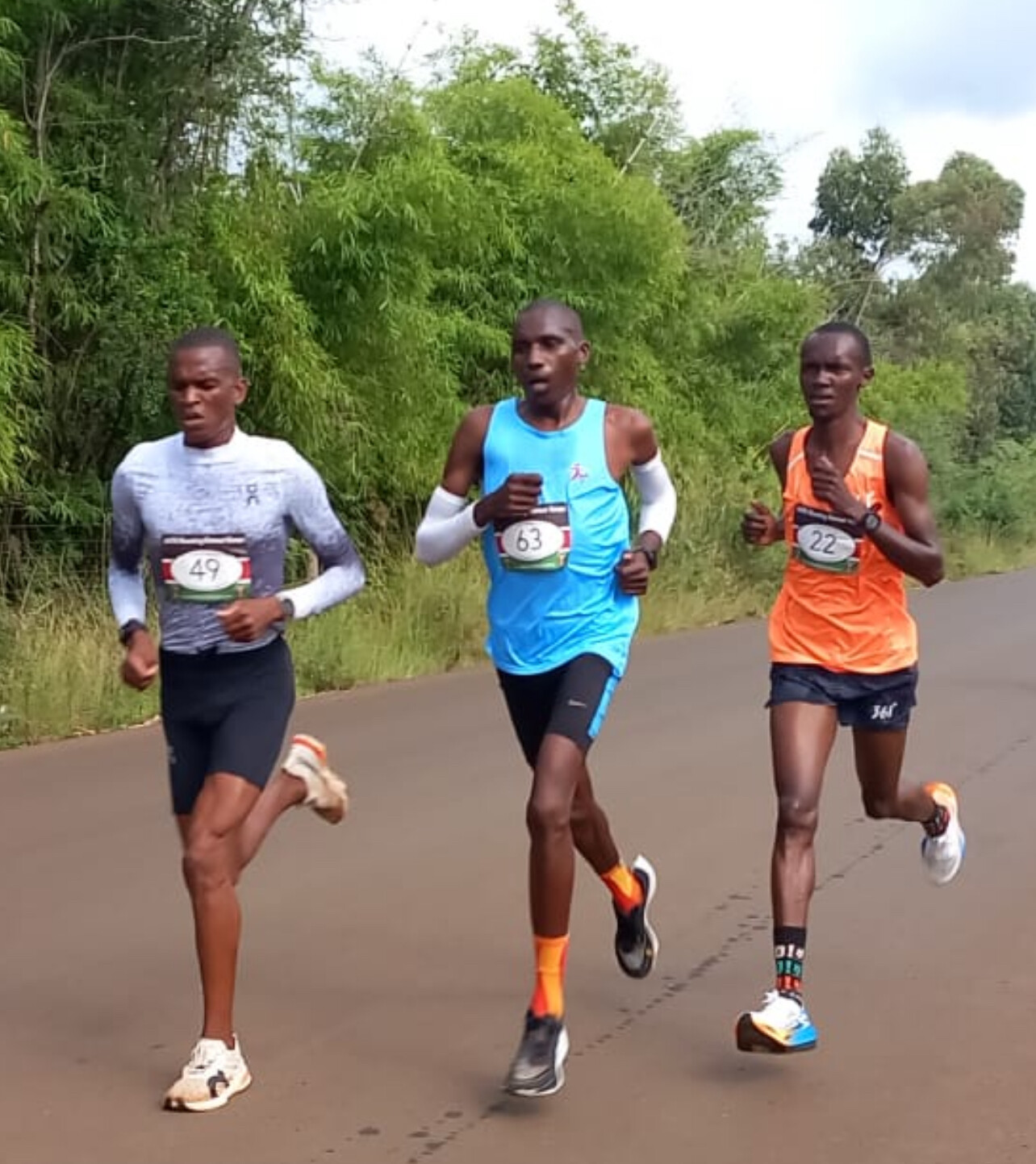
As the eldest child in a modest family — his father a carpenter and his mother a homemaker — Kirika learned discipline early. When he wasn’t helping on the farm or tending goats, he was dreaming beyond the hills of Murang’a.
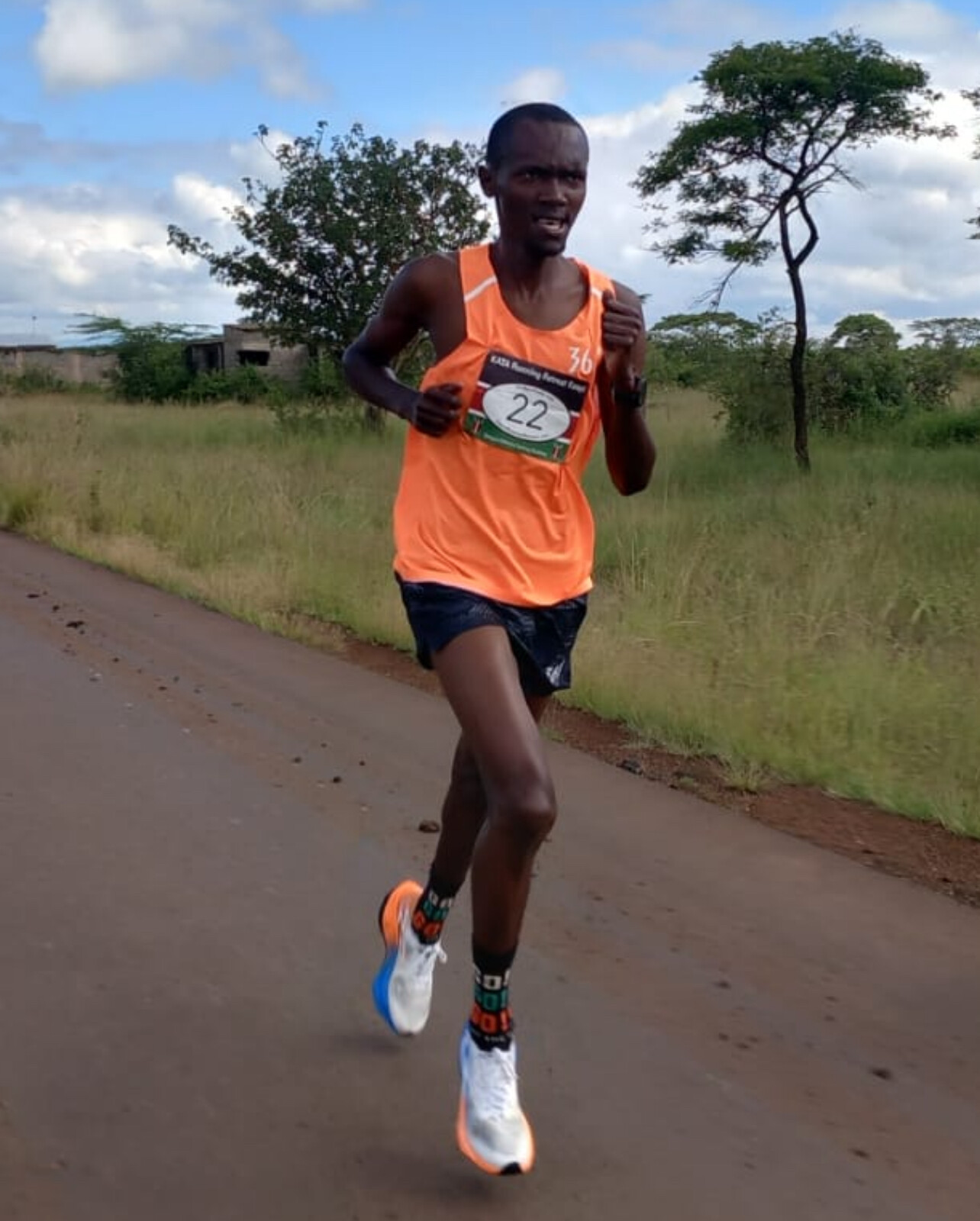
That dream took shape through karate, of all things.
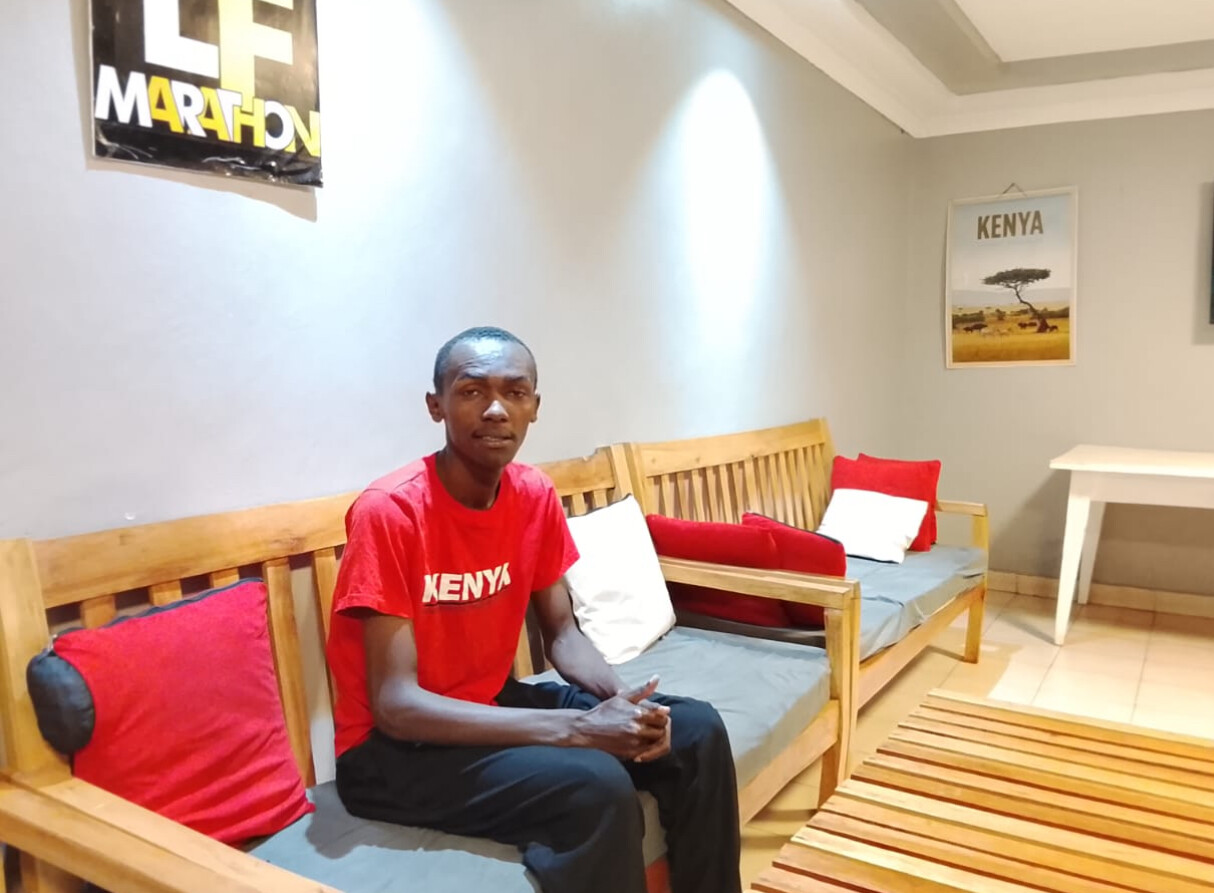
“At around 13, I started following a group of boys training in Maraba. They had no dojo, no gear — just heart. I joined them, and I trained every day, barefoot sometimes. Karate taught me control, focus, and resilience.”
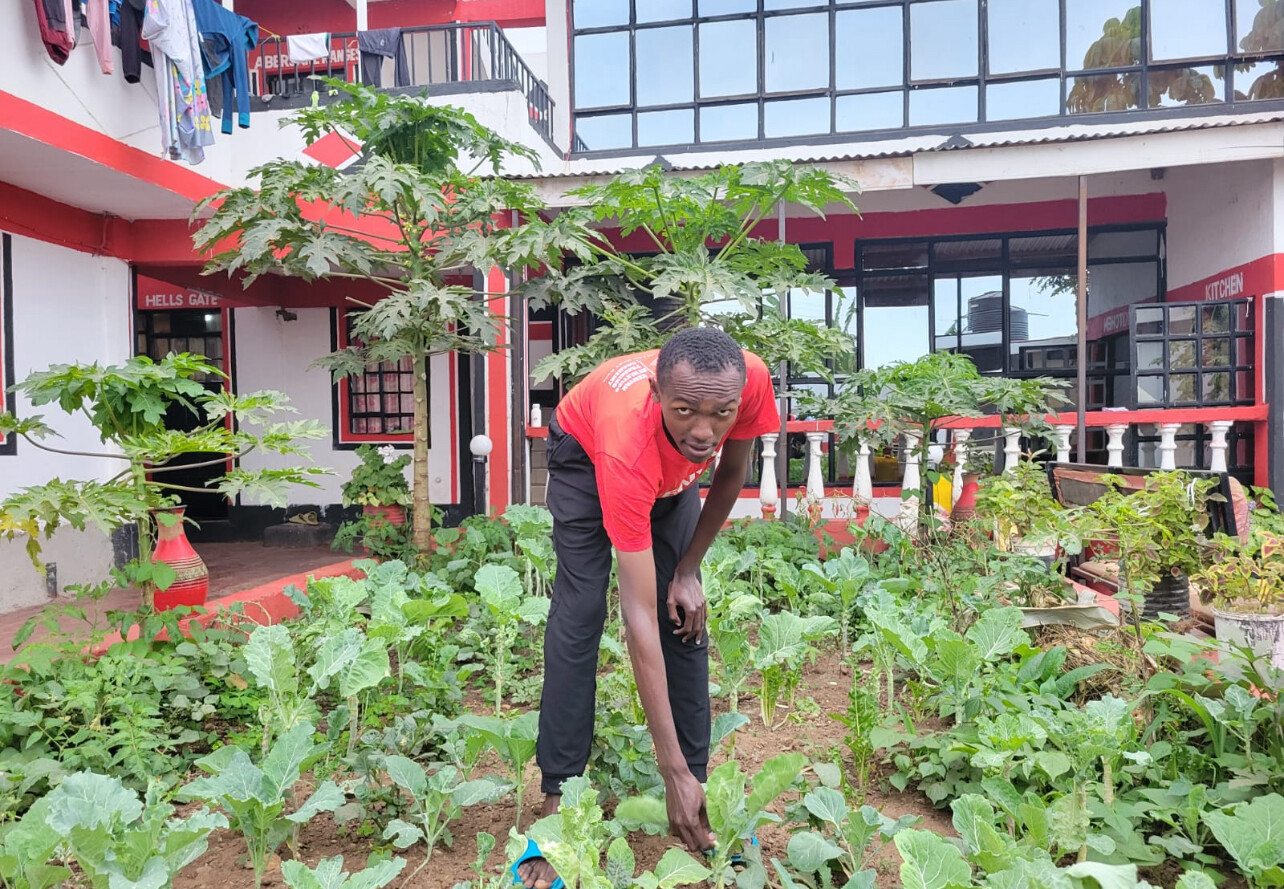
He carried that mindset through high school, juggling academics, martial arts, and odd jobs to support his family. By 2020, after finishing school, college wasn’t an option. He needed something more — something that could change his life.
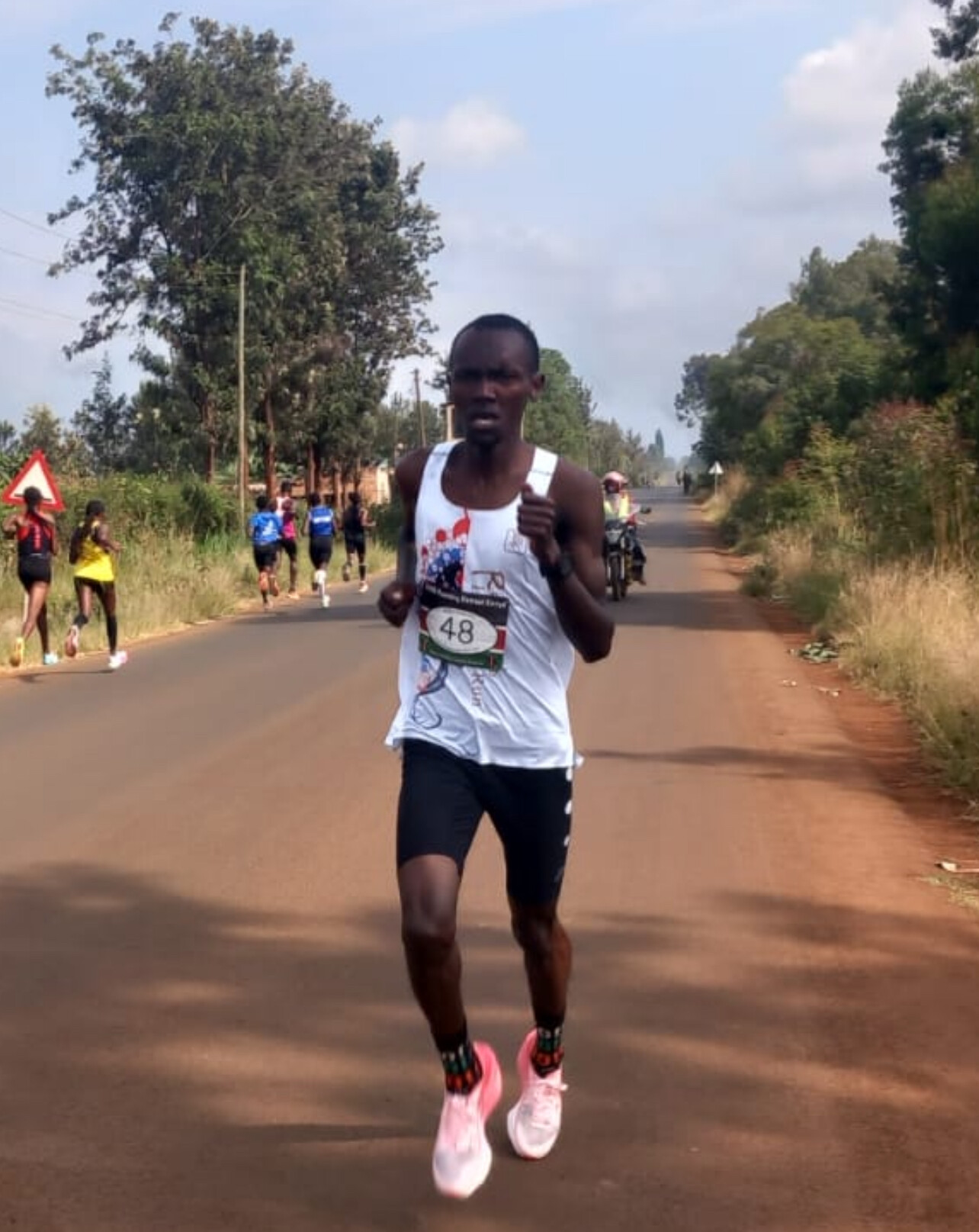
A New Path: Running
Initially, running was just fitness for karate. But a spontaneous entry into a local 5K fun run changed everything.
“I finished in the top 10 and people started telling me, ‘You have potential.’ That was the first time I saw a new path.”
The transition wasn’t easy. Kirika trained alone, without coaching or proper nutrition. But then came a life-changing opportunity: a spot at KATA, the training academy founded by American running pioneer Bob Anderson.
“KATA gave me structure, food, housing — but most importantly, belief.”
At KATA, Kirika began serious training under experienced coaches. He swapped kata routines for hill repeats, and sparring for speedwork. It wasn’t long before his times began to drop.
Nairobi Breakthrough
By early 2025, he had built momentum through smaller races, gaining confidence and sharpening his speed. But the Nairobi City Marathon 10K would be his biggest test yet.
“I was nervous, but I kept telling myself — just hold on.”
He did more than that. He surged with the lead pack, stayed composed through the rolling course, and finished third overall in 27:00, his first official sub-28 performance.
“That race changed everything,” he says. “It proved that you don’t need fancy gear or a big name to compete. You just need heart, and a team that believes in you.”
What Comes Next
Kirika now has his sights set on the half marathon, and eventually, the full 42.2 km. The KATA team is already working with him on long-run preparation, nutrition, and mental strategy for the next phase of his career.
“I know this is just the beginning,” he says with a quiet fire. “There’s still a long way to go.”
Still humble, still grounded, Kirika hasn’t forgotten his roots.
“Tell my parents I’m doing something meaningful. Tell them thank you. And tell them I haven’t forgotten where I came from.”
A Star on the Rise
As the sun sets over Thika’s training trails, Zachariah Kirika laces up his shoes. Behind him lies the path of a barefoot boy who once threw punches in dusty lanes. Ahead of him lies a road filled with potential, podiums, and purpose.
In a country bursting with undiscovered talent, Kirika’s story is a powerful reminder: with discipline, support, and belief, even the most unlikely runners can rise to greatness.
All photos were taken in and around KATA in Thika where Kirika lives, eat, train and works around the place. The racing photos were taken at KATA's monthly time trial.
by Robert Kibet
Login to leave a comment
Powered by Potatoes, Fueled by Passion: Inside the Rise of KATA in Kenya
THIKA, Kenya, July 18, 2025 — About 40 kilometers northeast of Nairobi sits Thika, a town once best known for its factories. But just outside its bustling center, a quiet revolution is taking place—one that’s redefining how running talent is discovered and developed in Kenya.
Welcome to the Kenya Athletics Training Academy (KATA)—a visionary project founded by Runner’s World and My Best Runs creator Bob Anderson (first photo) and powered by a bold and sustainable idea: combine world-class running with community farming. What began in 2019 as a modest base has grown into a thriving network of athletic development across Kenya.
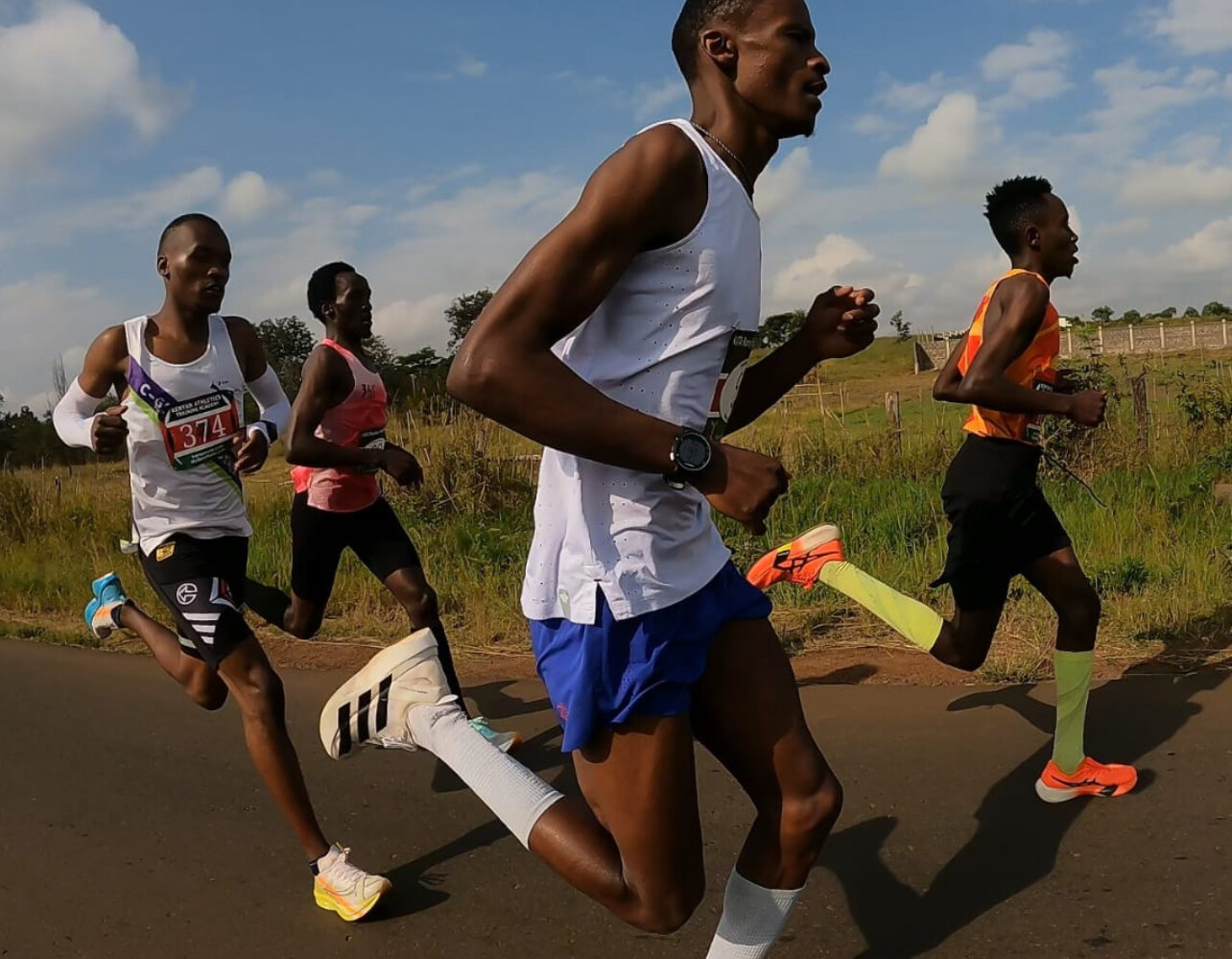
Thika: The KATA Running Retreat
At the heart of it all is the KATA Running Retreat in Thika, where Kenyan athletes live and train full-time, and where guests from around the world come to “train the Kenyan way”. Situated at altitude, the retreat offers structured training, rest, nutrition, and performance monitoring on a measured course.
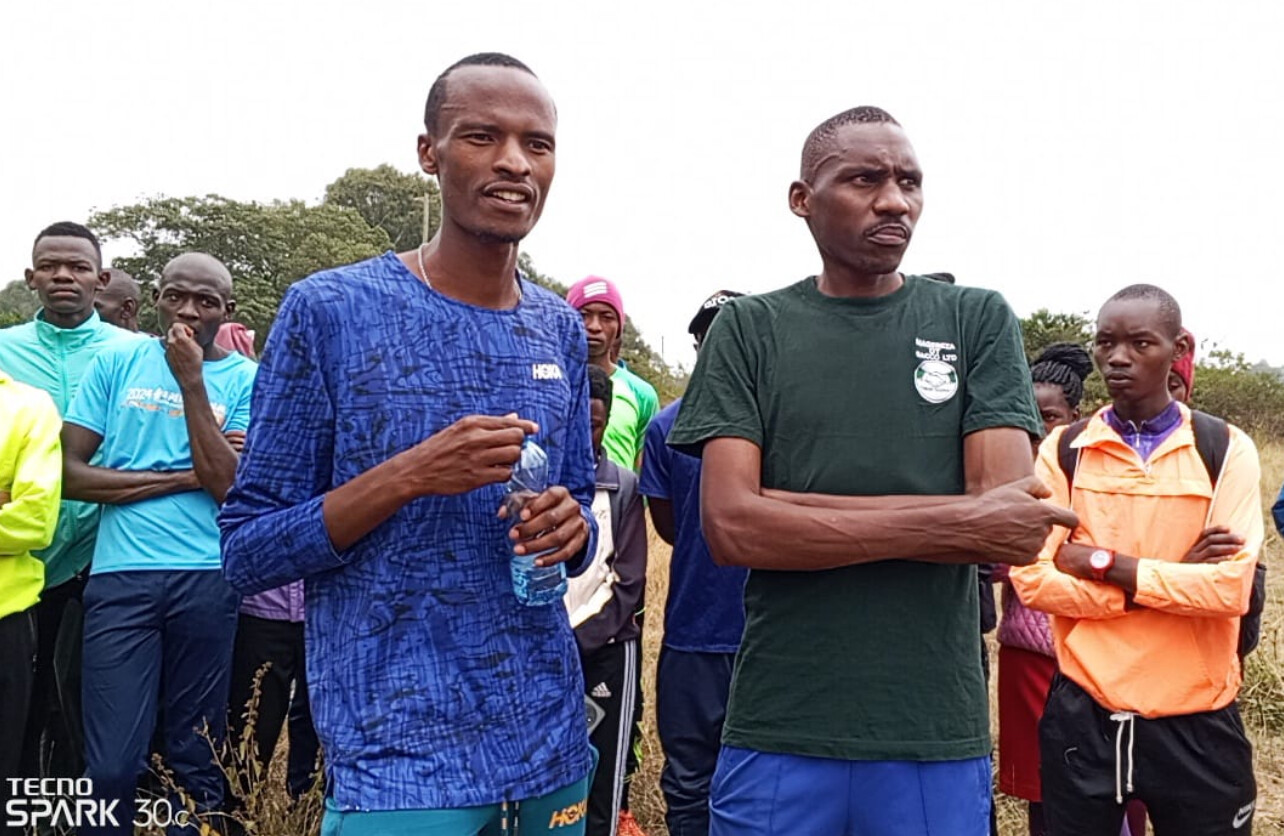
Thika is managed by Christopher Kamande (photo 4), who ensures that the vision is executed with care and discipline.
“We provide a safe space for these athletes,” says Kamande. “They get everything they need—meals, coaching, rest, even digital support for their racing profiles. We treat them like the professionals they’re becoming.”
Athletes’ verified performances are uploaded to My Best Runs by Elam Wangwero (photo 5 when he met Bob and his wife Catherine for the first time in 2014), KATA’s digital lead and longtime collaborator with Anderson. “When someone runs 28 minutes here, the world should know about it,” he says.

A Model That’s Growing Across Kenya
Since June 2025, the KATA team has launched a new initiative: combining elite training camps with three-acre potato farms to build sustainable, athlete-driven communities. In just six weeks, 30 new KATA Running Camps and KATA Potato Farms have been established across Kenya, with two more set to open by August 1, bringing the total to 32.
“This gives us 32 KATA Camps and Farms,” says Anderson. “It has been exciting to find operators who share the same passion as I. We have an amazing group of operators—all dedicated to our unique project. They all know how important their three-acre potato farm is, because that’s what will power their camp in the long run.”
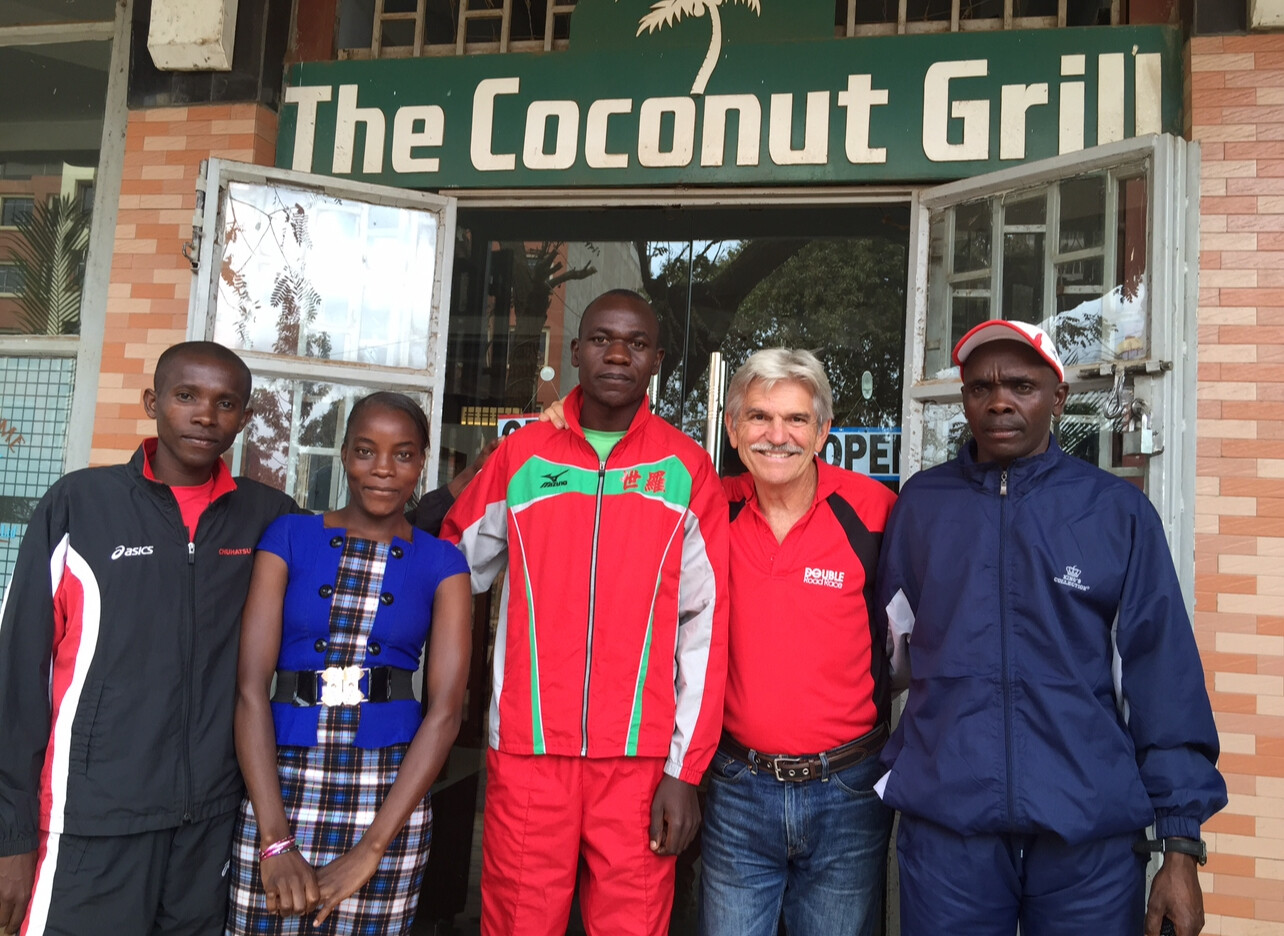
At each location, athletes work 25 hours a week planting, maintaining, and harvesting potatoes. In return, they receive free housing, daily meals, and world-class coaching—a holistic model designed to develop both athletes and communities.
“This model gives athletes a chance not just to run, but to build a life,” says Kamande. “It teaches responsibility, sustainability, and teamwork.”
Time Trials that Open Door's
KATA’s monthly 5K and 10K time trials (phot two) certified and measured, are held on the Thika course and have become a trusted platform for athletes to showcase their ability to race organizers and sponsors worldwide. “Our monthly time trials were started September 2021,” says John KATA’s head coach, “we have seen many amazing performances both from our KATA’s athletes and others.” All runners are invited to come run.

“These time trials are life-changing,” Kamande says. “Many of our runners don’t have agents or the means to travel to big races. So we bring opportunity to them.”
Results are published on My Best Runs, offering a transparent, verified path to the world stage.

From 34 Minutes to 27:47
Before the farming project began, KATA was already changing lives—and Peter Mwaniki Njeru (photo three) is one of its earliest and most powerful success stories.
“When Peter first came to KATA,” recalls Anderson, “he was running around 34 minutes for 10K.” Through structured training, support, and work around the Retreat, Peter steadily improved. In 2024, he stunned the running world by winning the Chicago 10K in 27:47.
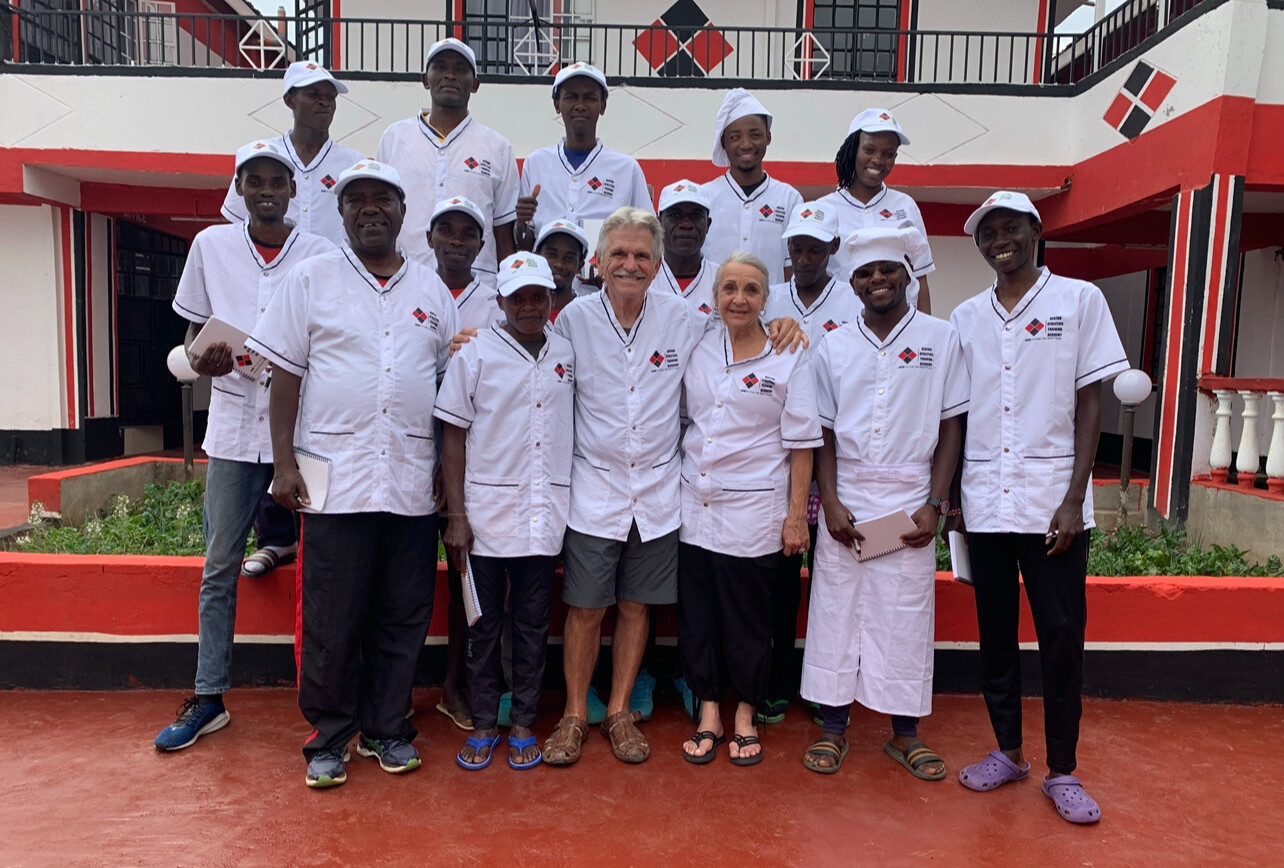
A Legacy Rooted in Vision
At a time when many athletes in Kenya pay to train, live in overcrowded rooms, and struggle for basic support, KATA is different. Everything—lodging, food, coaching, and opportunity—is provided at no cost to the athlete. And now, through potatoes, the project has a path to sustain itself.
One KATA operator summed it up best in a message to Bob Anderson:
“Your unique approach,” wrote Edwin Soi, “blending athletic training with sustainable farming, is clearly making a significant positive impact on the lives of the athletes and the community. It’s a testament to how innovative ideas, when implemented with genuine care, can empower people far beyond their initial scope.”
As the KATA Running Retreat in Thika and now also in Portugal continues to welcome international guests and the KATA Camps and Farms spread across the country, the mission remains clear:
Empower athletes. Build communities. And grow the future—one step, and one potato, at a time.
by Robert Kibet
Login to leave a comment
Ludo Pommeret and Katie Schide Dominate a Gritty 2025 Hardrock 100
The 2025 Hardrock 100 delivered everything the ultra-trail world expects from one of the sport’s most iconic races—grit, altitude, heartbreak, and triumph. At the heart of it all, France’s Ludovic “Ludo” Pommeret successfully defended his title, while American ultra star Katie Schide shattered the women’s course record.
Pommeret Goes Back-to-Back
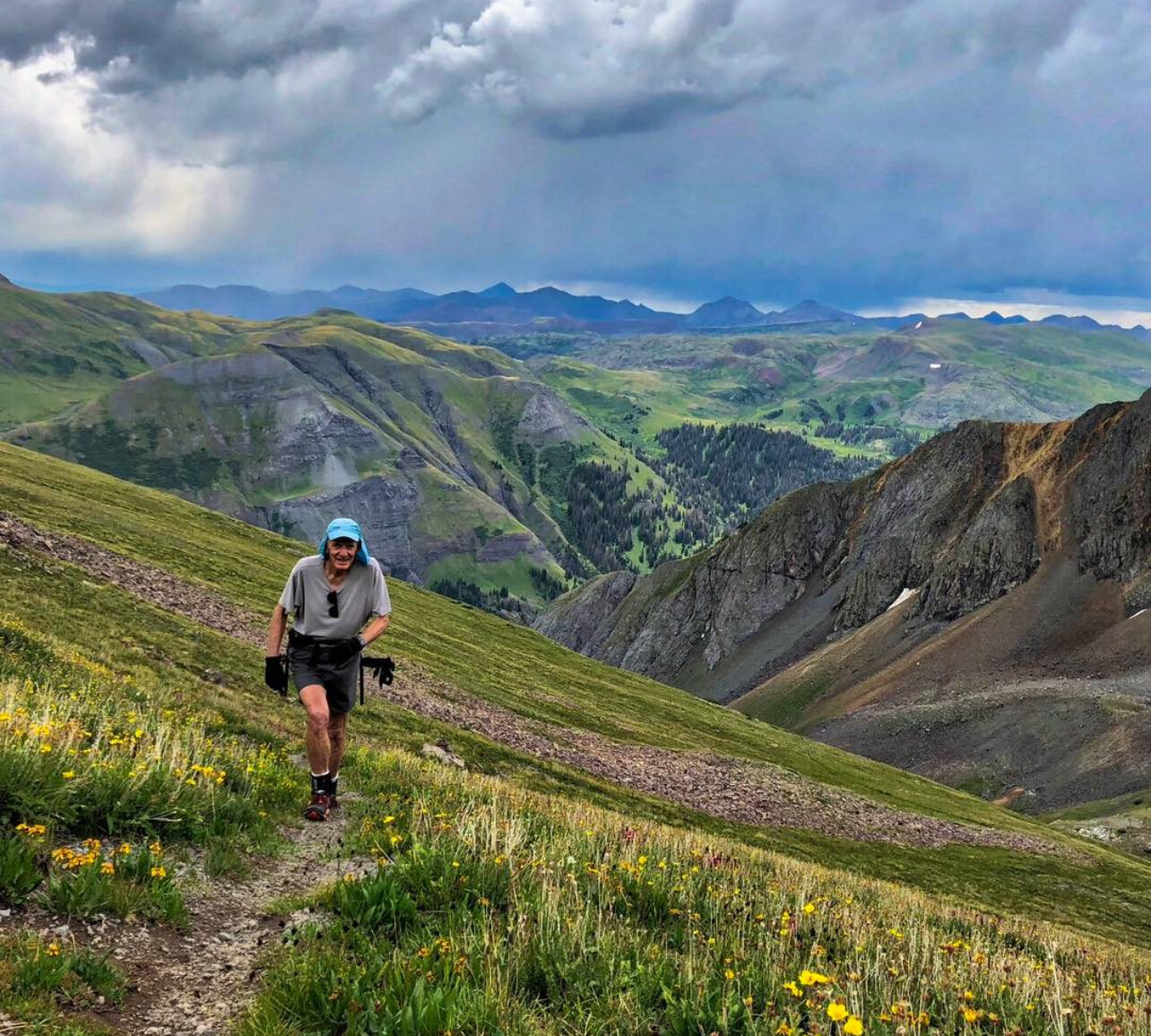
For the second year in a row, the 49-year-old Pommeret conquered the brutal 102.5-mile loop through Colorado’s San Juan Mountains, finishing in 22:21:55—the fifth-fastest time in race history. Battling thin air, smoky conditions from nearby wildfires, and rugged terrain with over 33,000 feet of elevation gain, Pommeret executed a masterclass in pacing.

Starting conservatively on the climbs, he surged on the descents, aided by elite pacers Jim Walmsleyand Vincent Bouillard. By dawn, he had extended his lead and cruised into Silverton well under the 48-hour cutoff, earning another coveted kiss of the Hardrock finish-line rock.
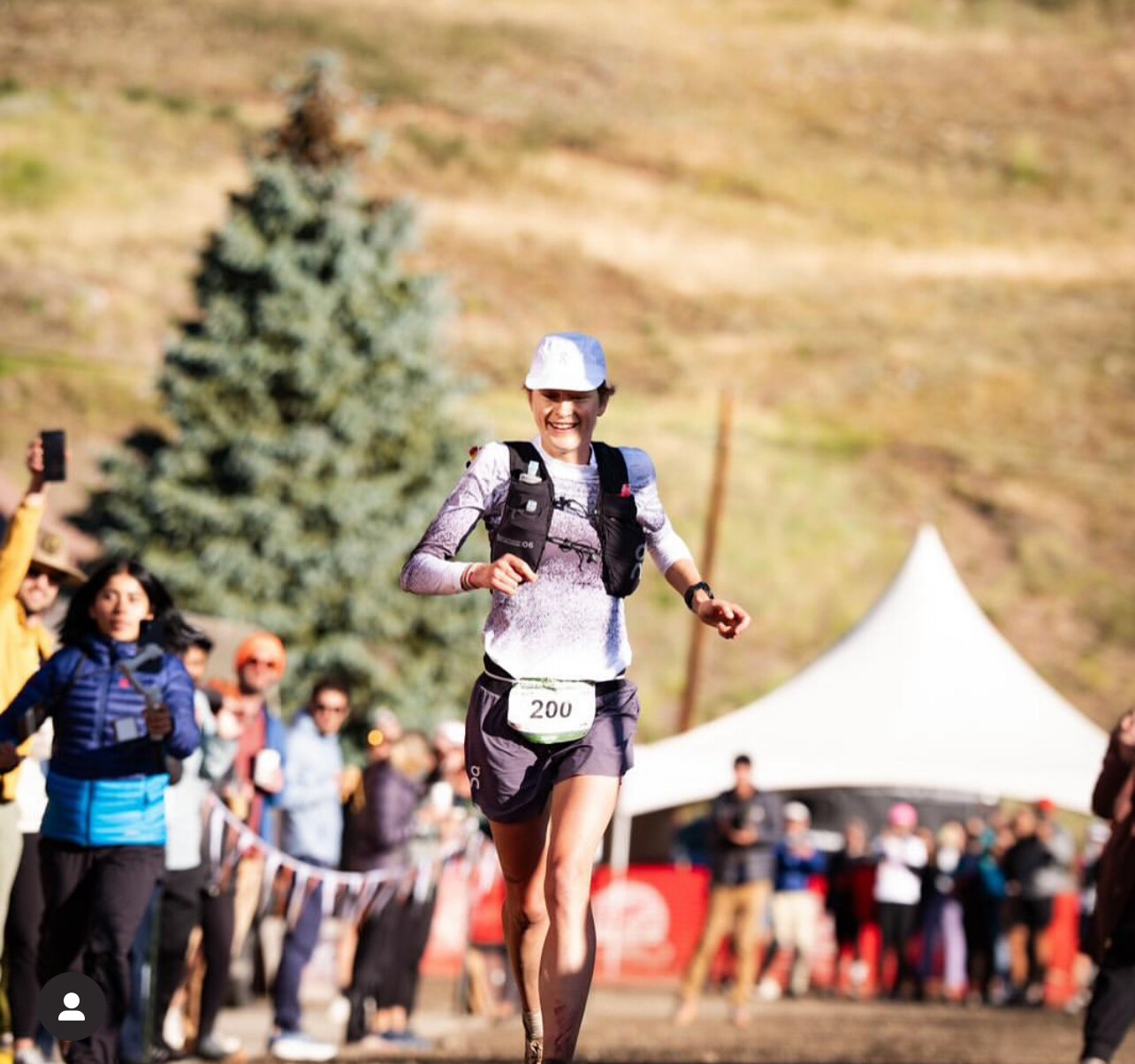
The men’s podium was a French sweep: Mathieu Blanchard placed second in 23:44, followed by Germain Grangier in 24:04.
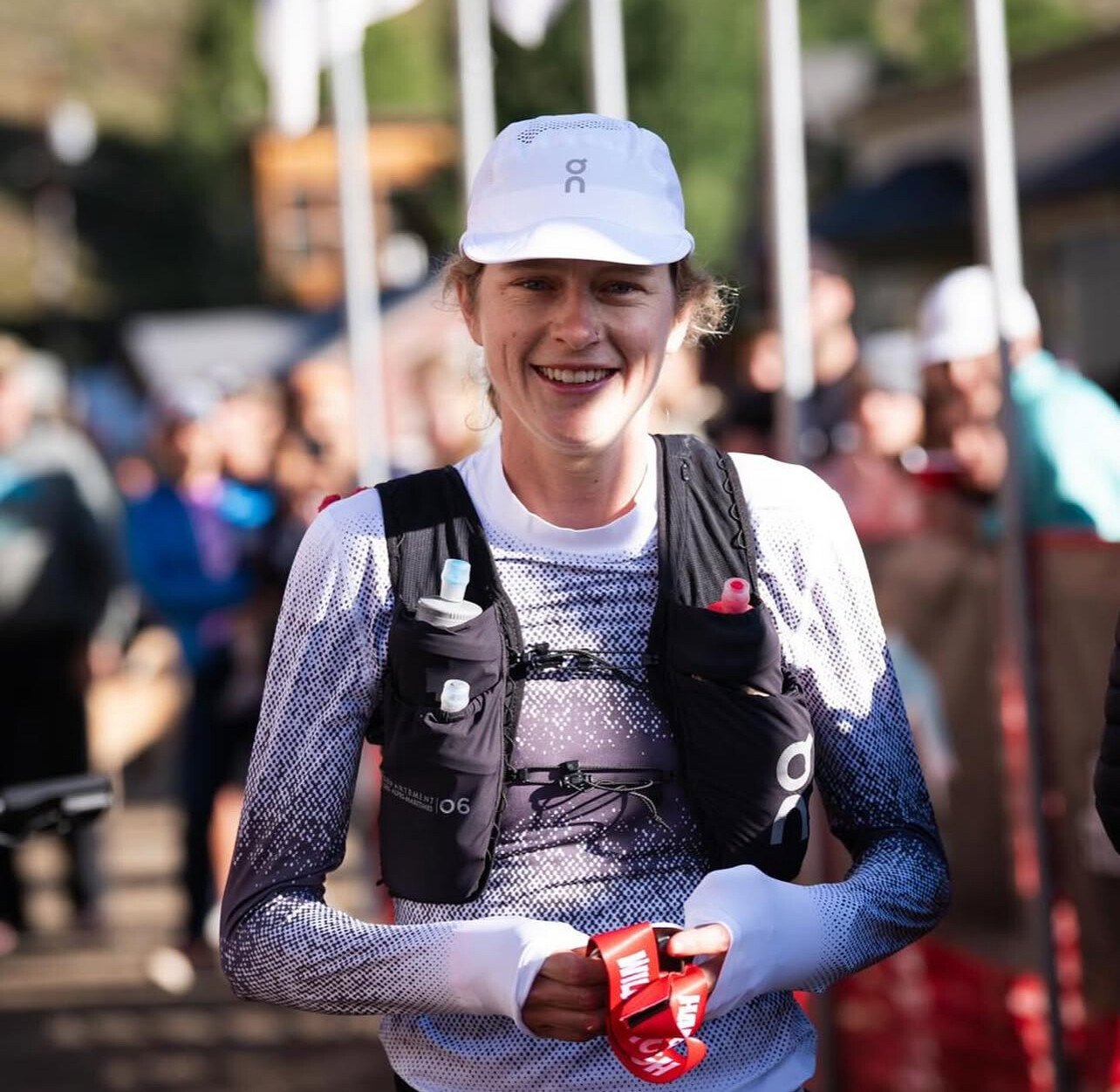
“I was worried about the smoke early on,” Pommeret said afterward, “but the final miles were magic. I even walked the last climb to take it all in.”
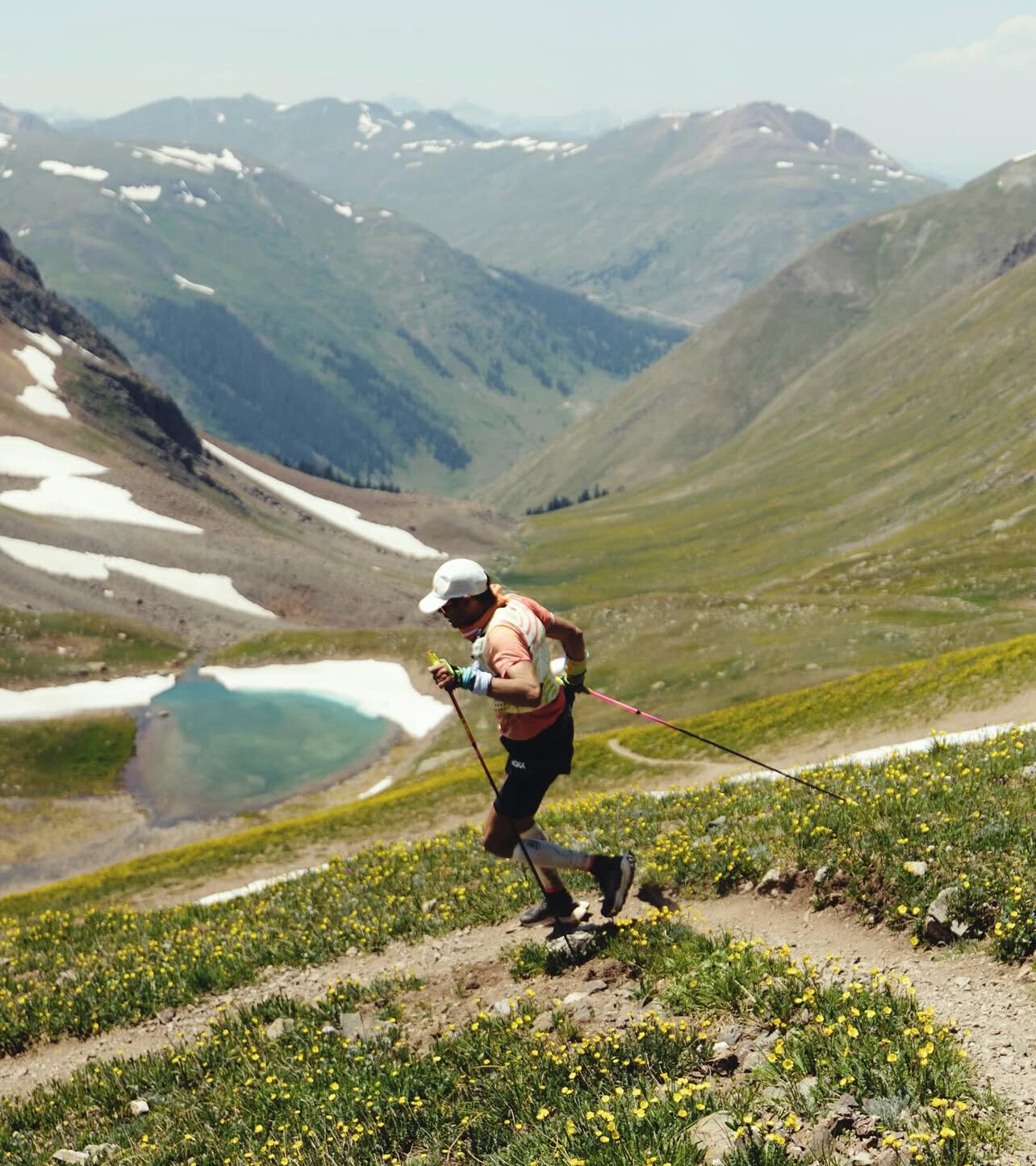
Schide Smashes Course Record
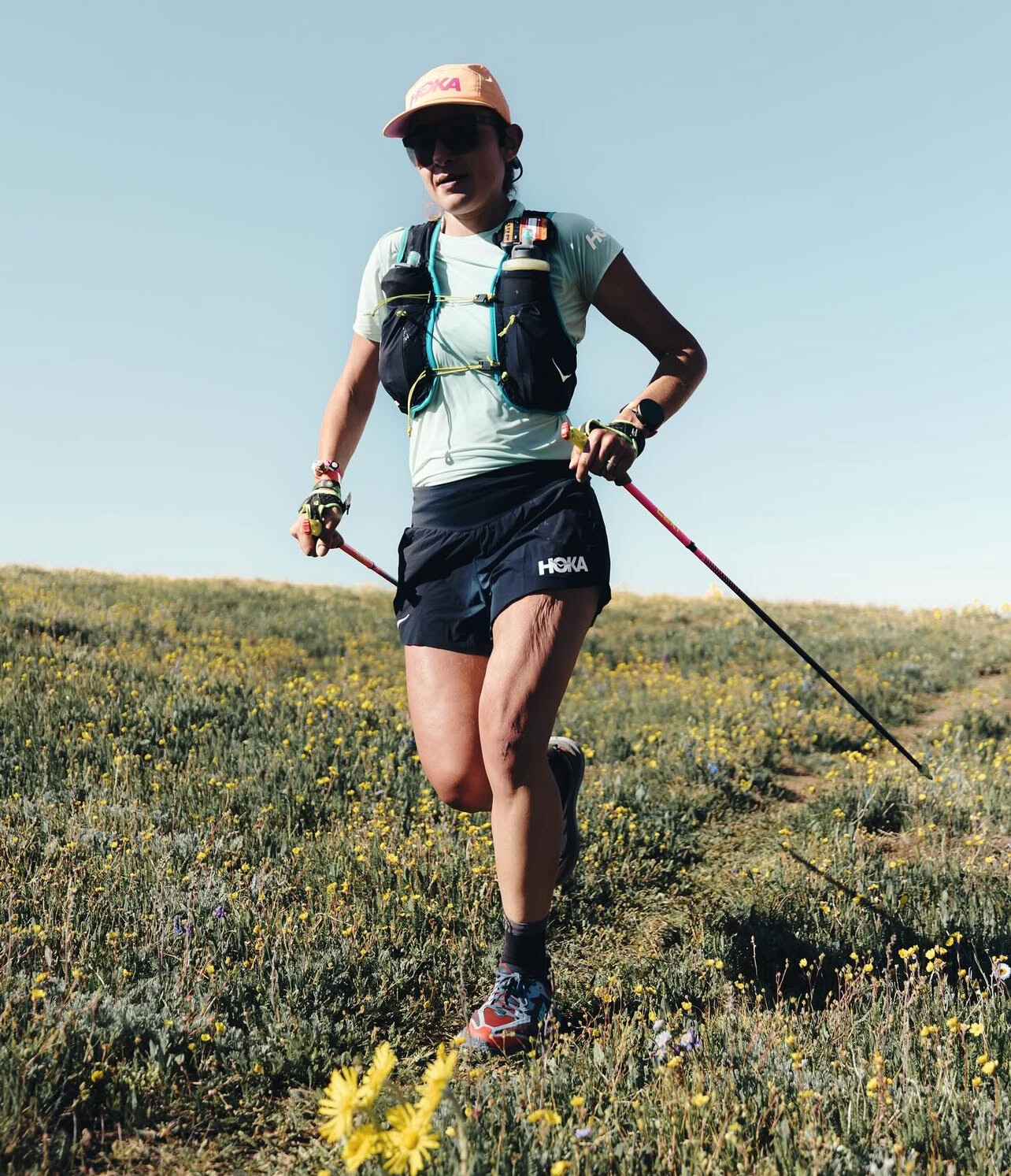
In the women’s race, Katie Schide delivered one of the most commanding performances in Hardrock history, crossing the finish in 25:50—the fastest counterclockwise time ever on this course. Her effort redefined what’s possible on one of the toughest 100-milers in the world, solidifying her place among the sport’s elite.
A Somber Note
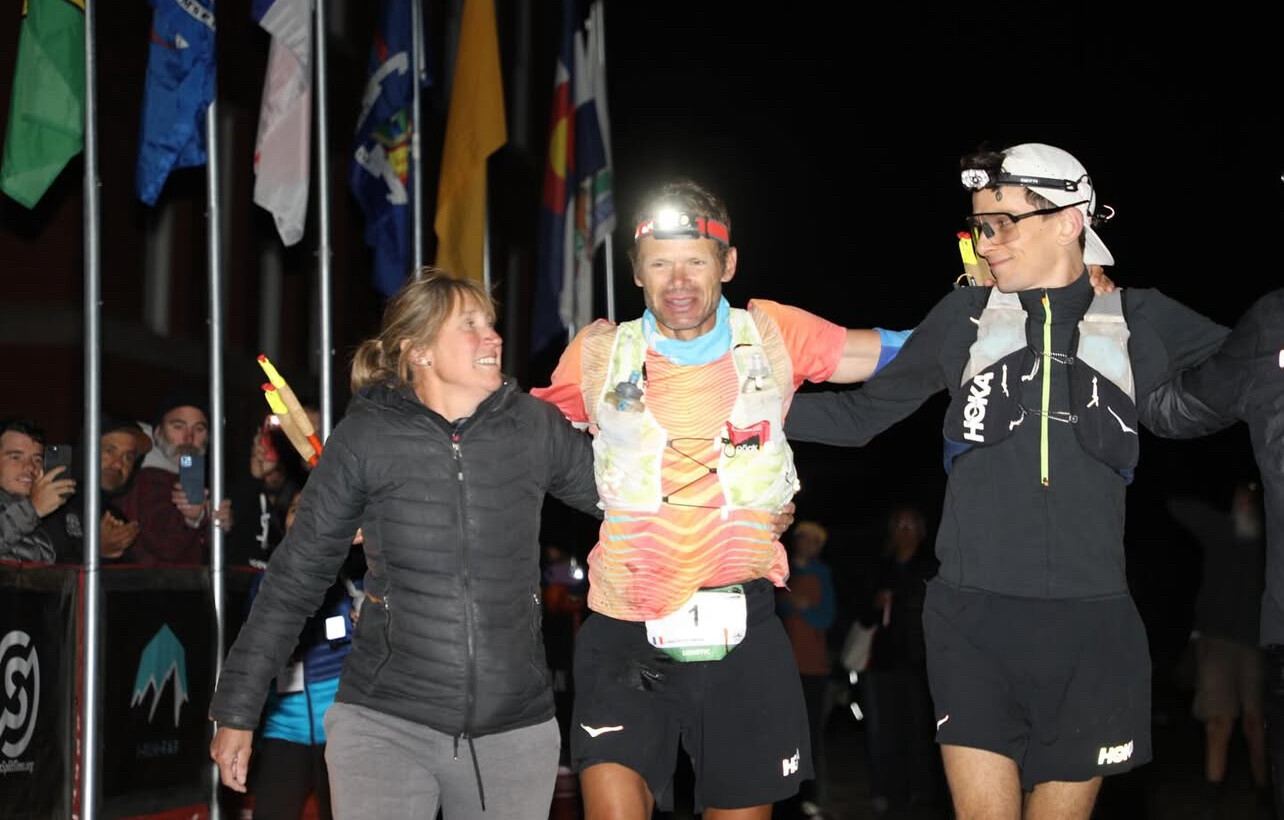
The celebration was tempered by tragedy. One of the 146 starters, 60-year-old Elaine Stypula, passed away early in the race. The trail community paused to honor her memory, a reminder of both the beauty and the inherent risk of this extreme pursuit.
Why This Race Matters
• Age is just a number: At nearly 50, Pommeret continues to perform at the highest level, adding another major title to a résumé that includes victories at UTMB (2016) and Diagonale des Fous (2021).
• Trail’s toughest test: With extreme elevation, altitude averaging over 11,000 feet, and no room for error, Hardrock remains a crucible for the toughest athletes on Earth.
• Global competition: With a French men’s podium and an American record-breaker, the international caliber of this year’s race underscored its global significance.
2025 Hardrock 100 Key Results
|
Category |
Winner |
Time |
|
Men’s Champion |
Ludovic Pommeret |
22:21:55 |
|
Women’s Champion |
Katie Schide |
25:50 (course record) |
|
Men’s 2nd |
Mathieu Blanchard |
23:44 |
|
Men’s 3rd |
Germain Grangier |
24:04 |
|
|
|
|
With record-breaking performances and powerful moments of perseverance, the 2025 Hardrock 100 once again proved why it’s one of the most respected races in the world of ultrarunning.
by Boris Baron
Login to leave a comment
Hardrock 100
100-mile run with 33,050 feet of climb and 33,050 feet of descent for a total elevation change of 66,100 feet with an average elevation of 11,186 feet - low point 7,680 feet (Ouray) and high point 14,048 feet (Handies Peak). The run starts and ends in Silverton, Colorado and travels through the towns of Telluride, Ouray, and the ghost town...
more...Rotich and Reline Triumph in Muddy Showdown at Kaptagat Forest Half Marathon - Kaptagat, Kenya — July 12, 2025
On a misty Saturday morning in the high-altitude woodlands of Simotwo, Elgeyo Marakwet County, Gideon Kiprop Rotich and Catherine Reline embraced the mud, mist, and mayhem to win the 2025 Kaptagat Forest Half Marathon. Battling a soaked red clay course shared by Kenya’s finest—including marathon legend Eliud Kipchoge—the two champions rose above the chaos to claim hard-fought victories in the men’s and women’s 21km races.
MEN’S 21KM — Rotich Edges Rivals in Thrilling Sprint Finish
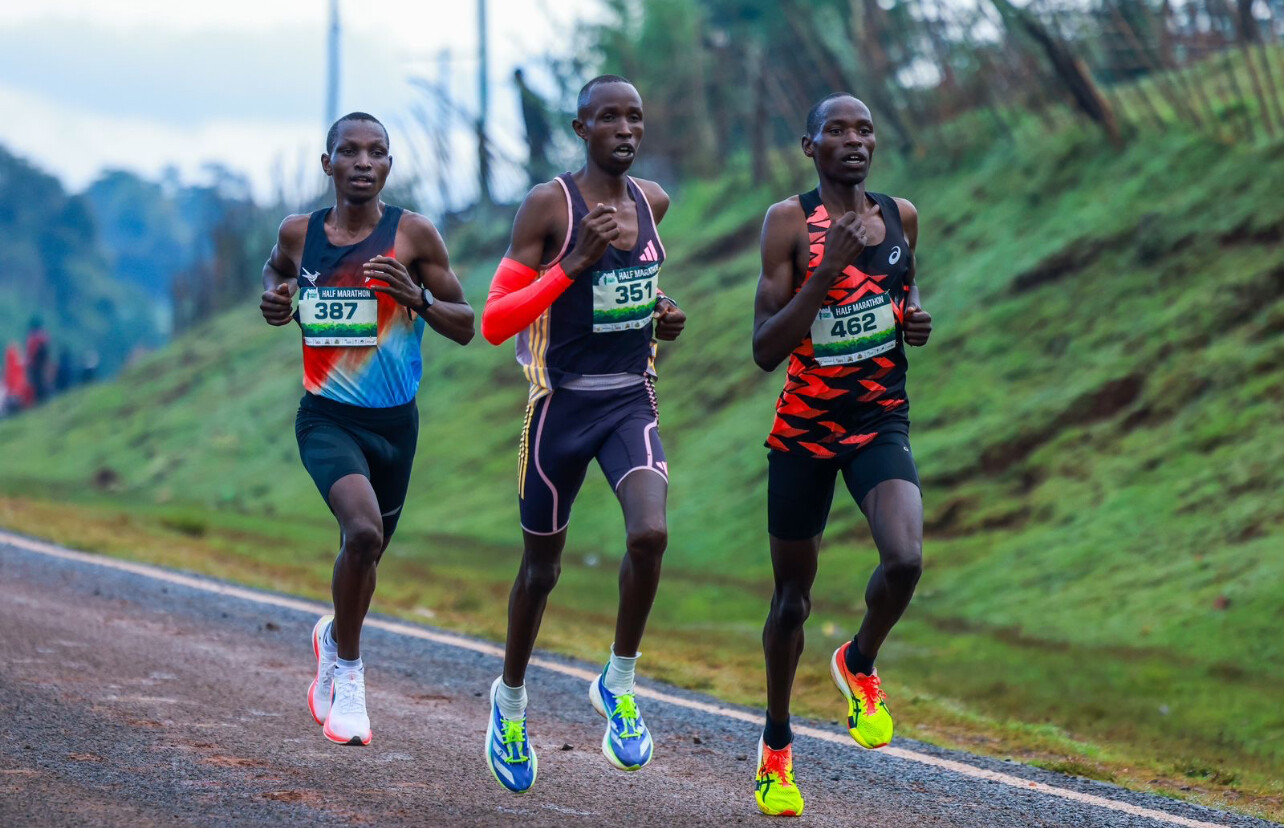
The men’s race quickly became a tactical chess match, played out on unpredictable terrain. Rotich, showing remarkable composure through the slippery climbs and sharp descents, surged in the final kilometer to win in 1:07:02.
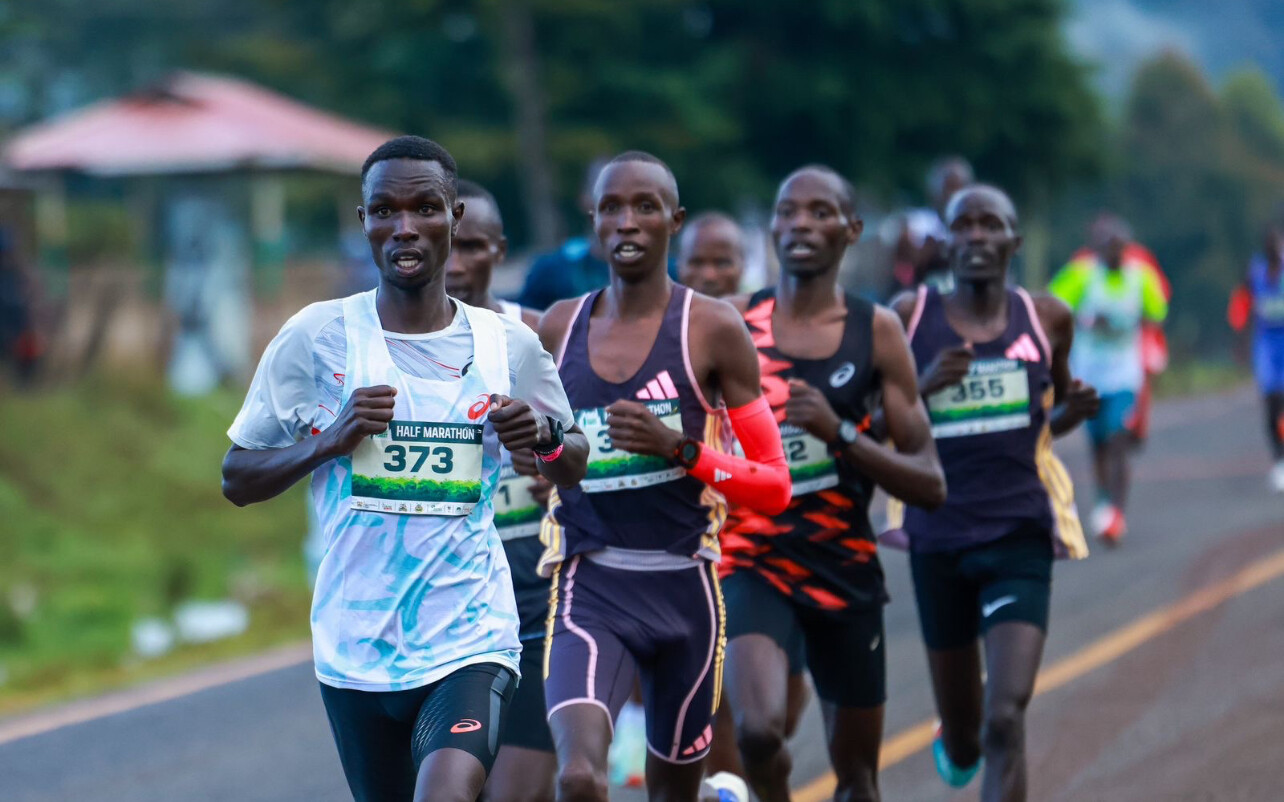
From the outset, he was closely shadowed by Wisley Kipkemoi Yego (Keringet) and Alfred Kipkemoi Cheruiyot, with the trio passing 5K in 14:19, 10K in 32:47, and 15K in 47:21. As the fog thickened and footing worsened, Rotich found a decisive gear on the final descent. Yego finished just two seconds back in 1:07:04, with Cheruiyot another heartbeat behind in 1:07:05.
“You couldn’t push the way you normally would,” said Rotich, his shoes caked with thick mud. “The ground was soft; the air was heavy. But that’s Kaptagat—it doesn’t reward the fastest, it rewards the smartest and toughest.”
Only 16 seconds separated the top five finishers, marking one of the most dramatic conclusions in the event’s recent history.
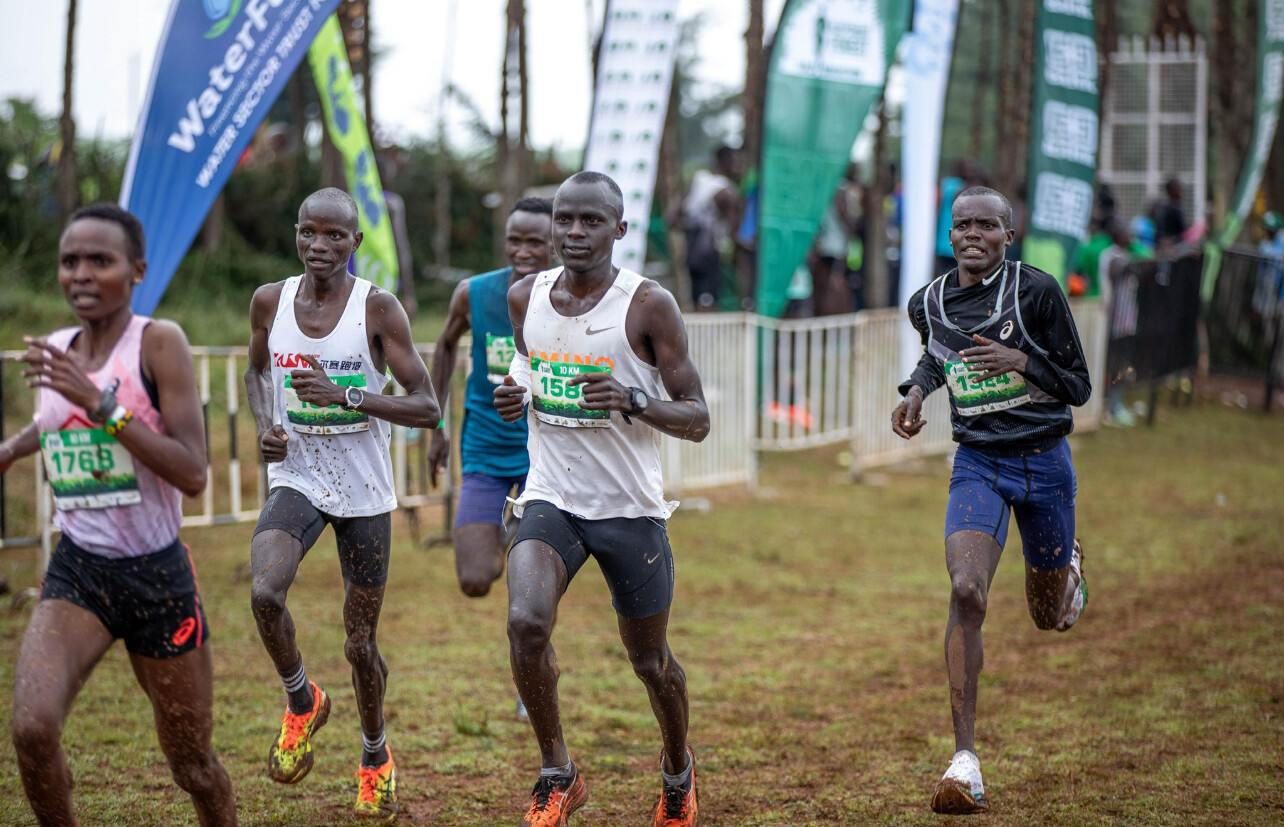
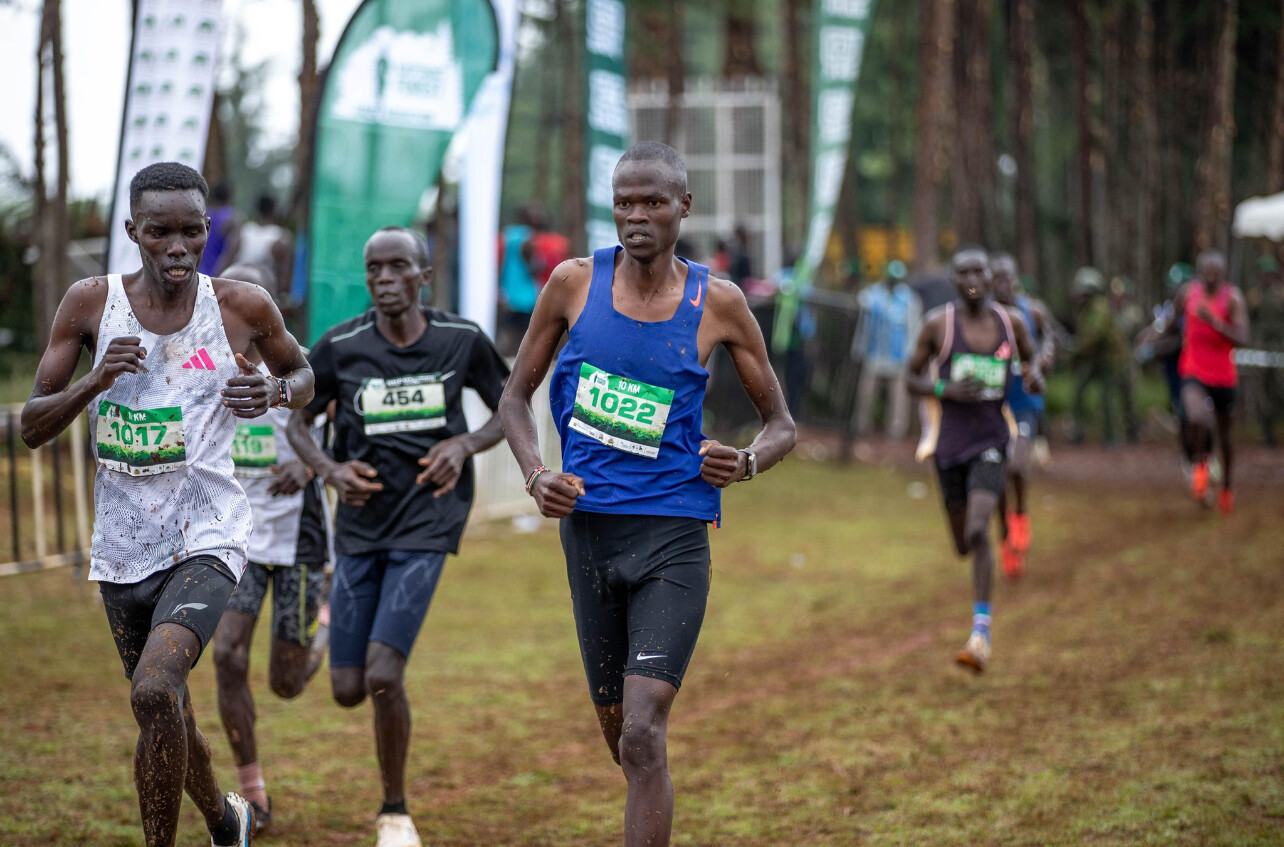
WOMEN’S 21KM — Reline Dominates with Precision and Power
In the women’s race, Catherine Reline executed a masterclass in pacing and poise. She broke away after 10K and never looked back, claiming victory in 1:14:23.
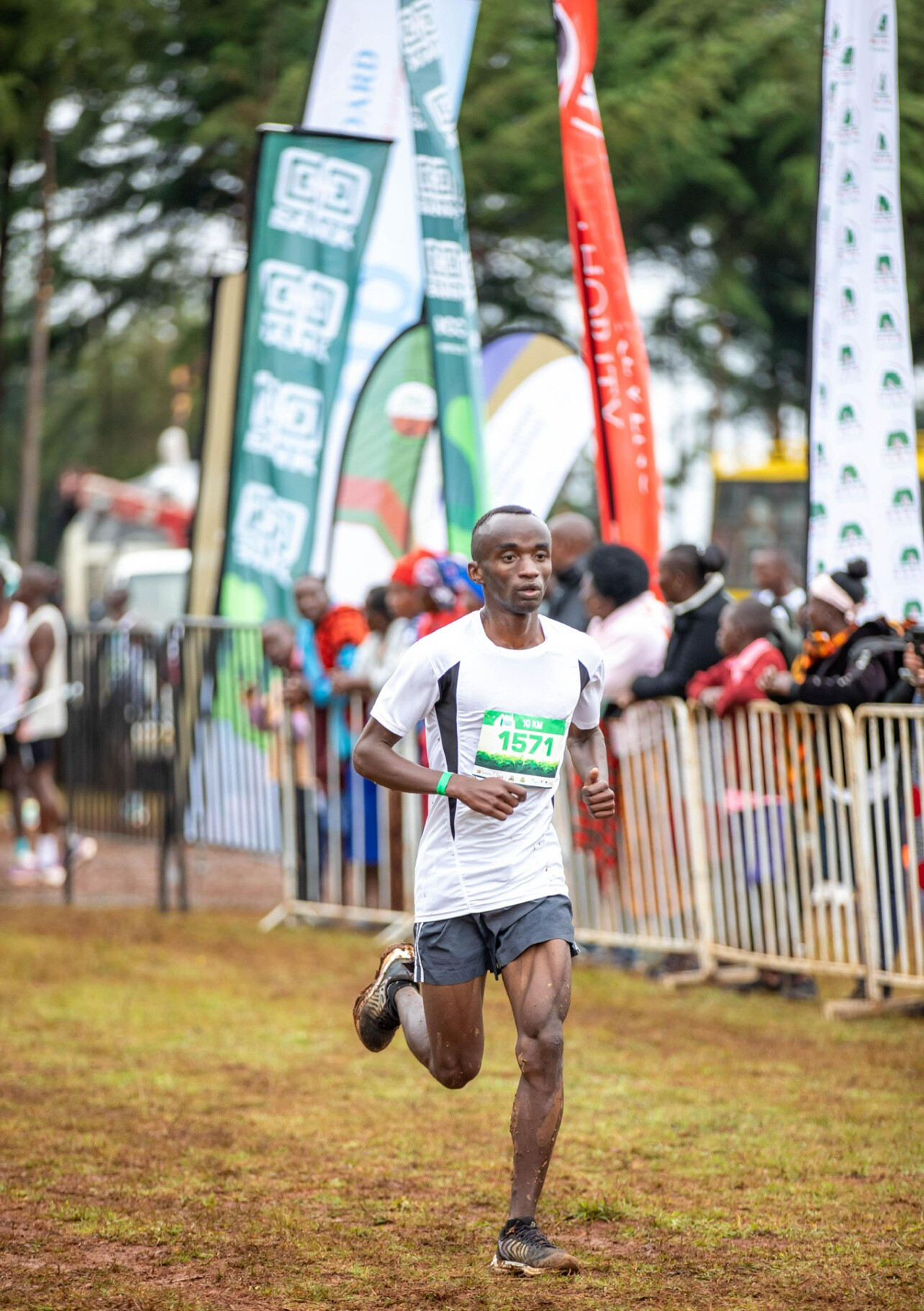
Her 5K split of 16:22 gave early notice of her form, with 10K and 15K reached in 37:33 and 53:39, respectively. Confident and sure-footed through the muddiest stretches, she ran unchallenged to the finish.
“The forest was unforgiving,” Reline said. “But I trusted my rhythm and focused on staying upright through the muddy patches. Once I found my footing, I just kept pressing.”
Vivian Cherotich (1:15:09) and Catherine Peiyoy (1:15:44) rounded out the podium after a gritty chase through the fog-shrouded ridgelines and pine forest trails.
Mud, Mist, and the Magic of Kaptagat
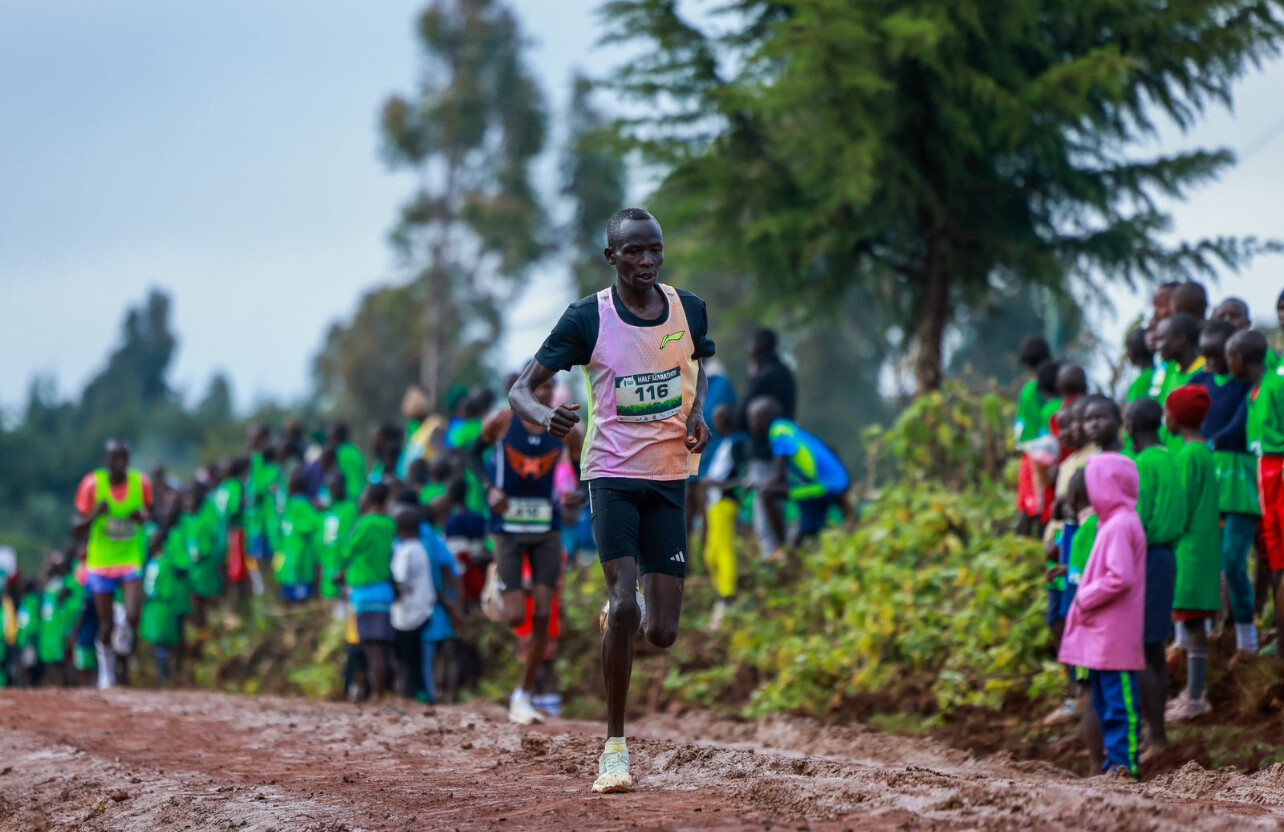
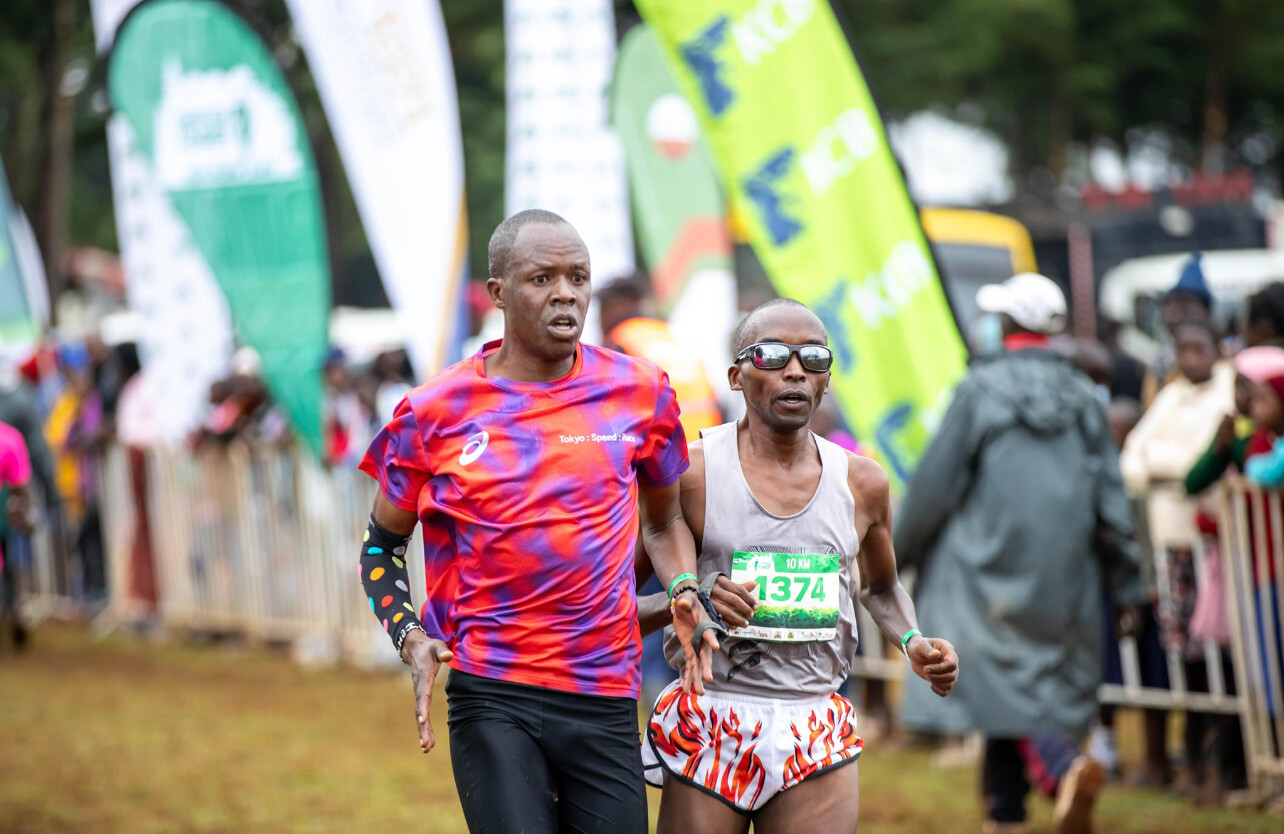
Despite a relentless drizzle and pre-race downpour, the race drew hundreds of spirited spectators. From Simotwo High School to the inner loops of the Kaptagat forest, locals wrapped in shawls, ponchos, and even barefoot stood cheering along the soaked 2,600-meter elevation trail.
Organizers praised the resilience of the athletes and hinted at possible drainage improvements for future editions. But for many, the mud and mist are part of Kaptagat’s mystique.
“This course defines toughness,” said third-place finisher Cheruiyot. “And the crowd’s energy—despite the rain—kept us going.”
As sunlight finally pierced the cloud cover, the 2025 Kaptagat Forest Half Marathon cemented its reputation once again: raw, real, and one of Kenya’s toughest tests of endurance.
Top 10 Results – Men’s 21km
1. Gideon Kiprop Rotich – 1:07:02
2. Wisley Kipkemoi Yego – 1:07:04
3. Alfred Kipkemoi Cheruiyot – 1:07:05
4. Kalipus Lomwai – 1:07:12
5. Stephen Kimutai Kibet – 1:07:18
6. Philemon Kiprotich Konor – 1:07:35
7. Timothy Kiptoo – 1:07:56
8. Patrick Mosin – 1:08:01
9. Noah Kipkemboi – 1:08:18
10. Jonah Belio – 1:08:21
Top 6 Results – Women’s 21km
1. Catherine Reline – 1:14:23
2. Vivian Cherotich – 1:15:09
3. Catherine Peiyoy – 1:15:44
4. Gladys Longari – 1:15:48
5. Beatrice Cheserek – 1:16:49
6. Gladys Jeptepkeny – 1:17:33
by Robert Kibet
Login to leave a comment
South Africa's Prudence Sekgodiso Closes in on 800m World Lead
Prudence Sekgodiso of South Africa is charging toward the top of the global women’s 800m leaderboard with a sizzling time of 1:57.16, recorded in the 2025 season. As of July 4, this places her second on the current world list—trailing only Ethiopia’s Duguma, who leads with 1:56.64.
Sekgodiso’s breakthrough has sent waves through the athletics world, as seen in a recent viral post by SuperSport celebrating her ascent. The 800m is one of the most fiercely contested events in track and field, and Sekgodiso’s consistency and fearless racing style are positioning her as a serious medal contender ahead of the Paris World Championships and potentially the Olympics.
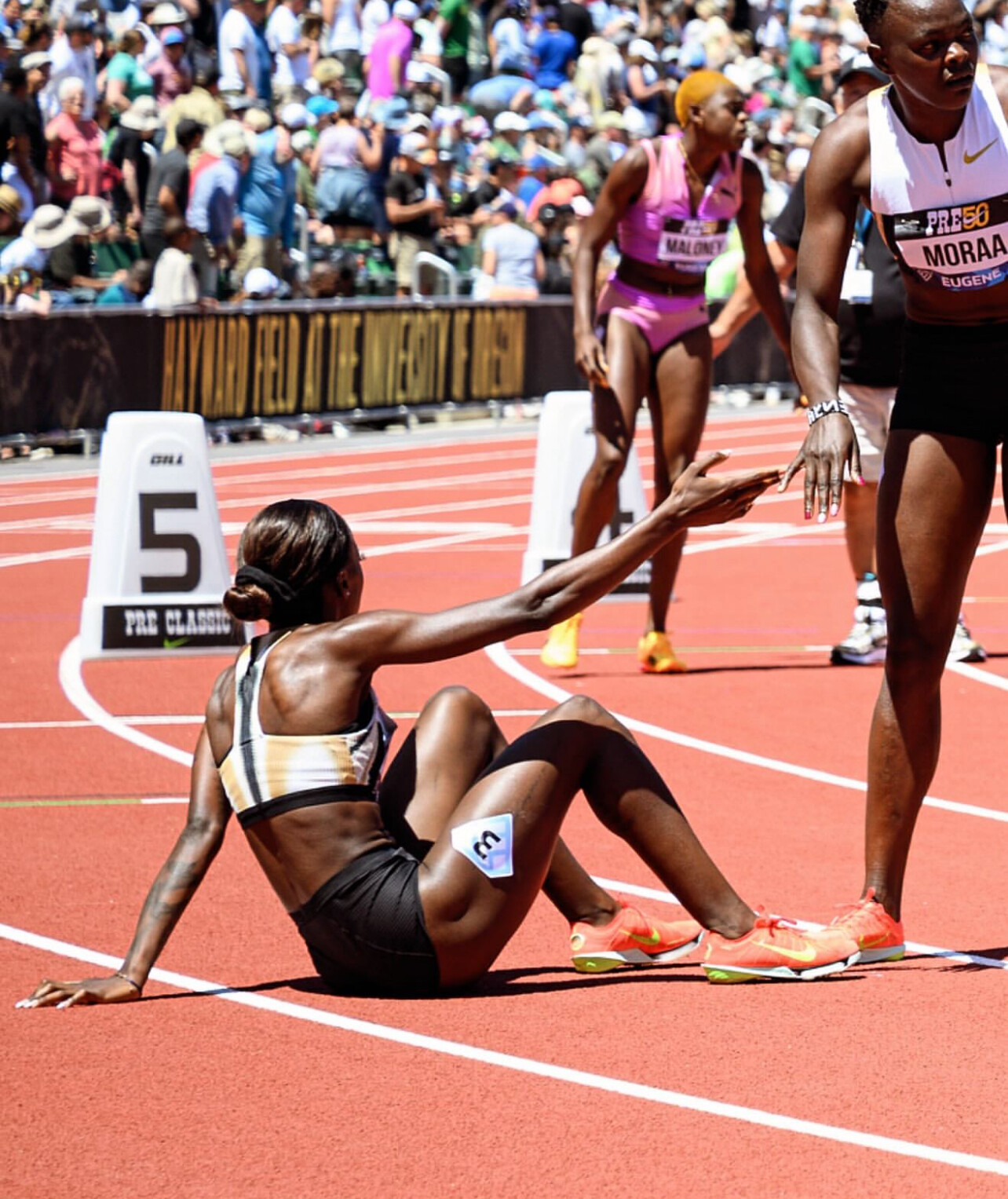
? Top 10 Women’s 800m Times in 2025 (as of July 4):
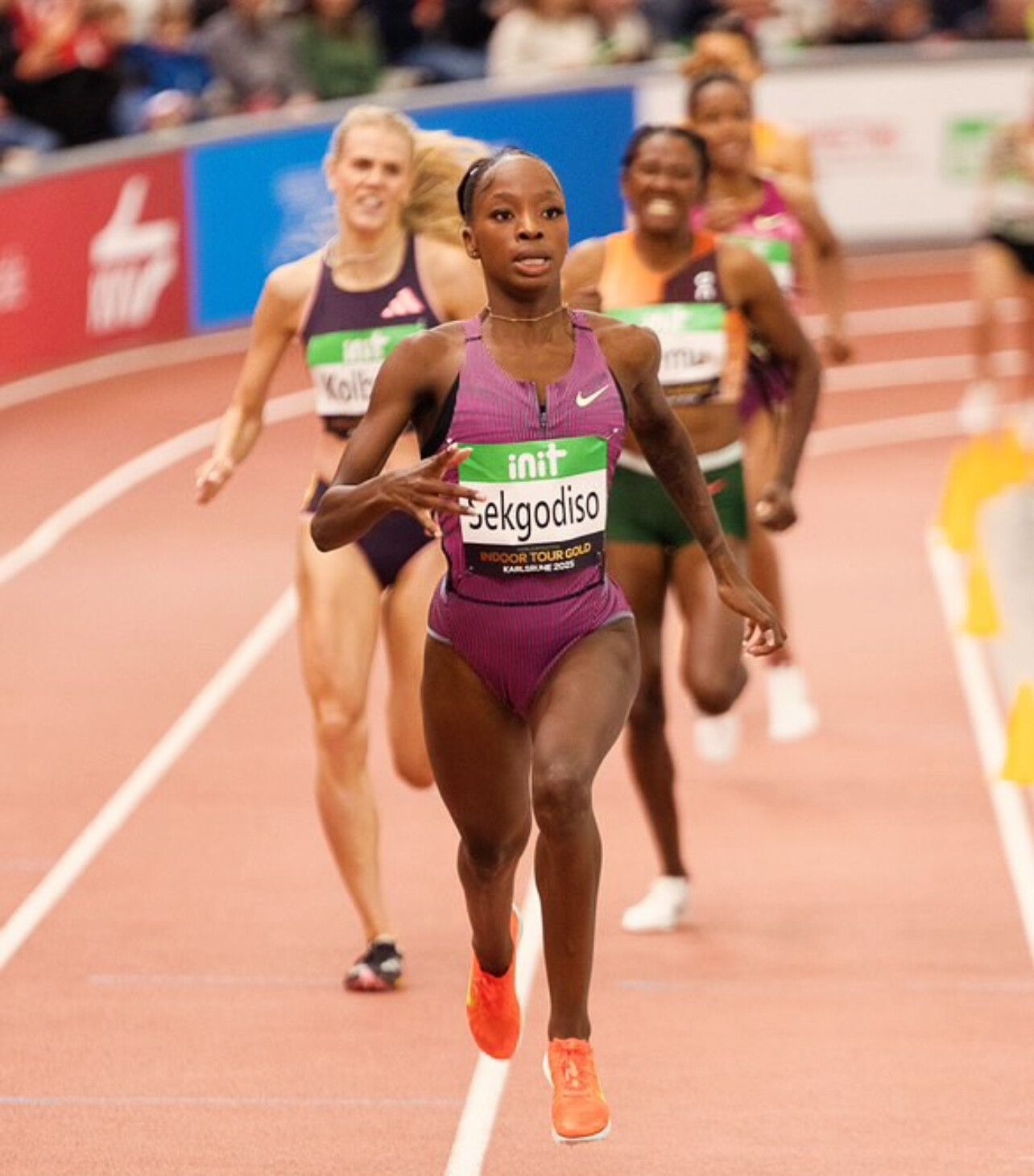
1. 1:56.64 – Duguma
2. 1:57.16 – Sekgodiso
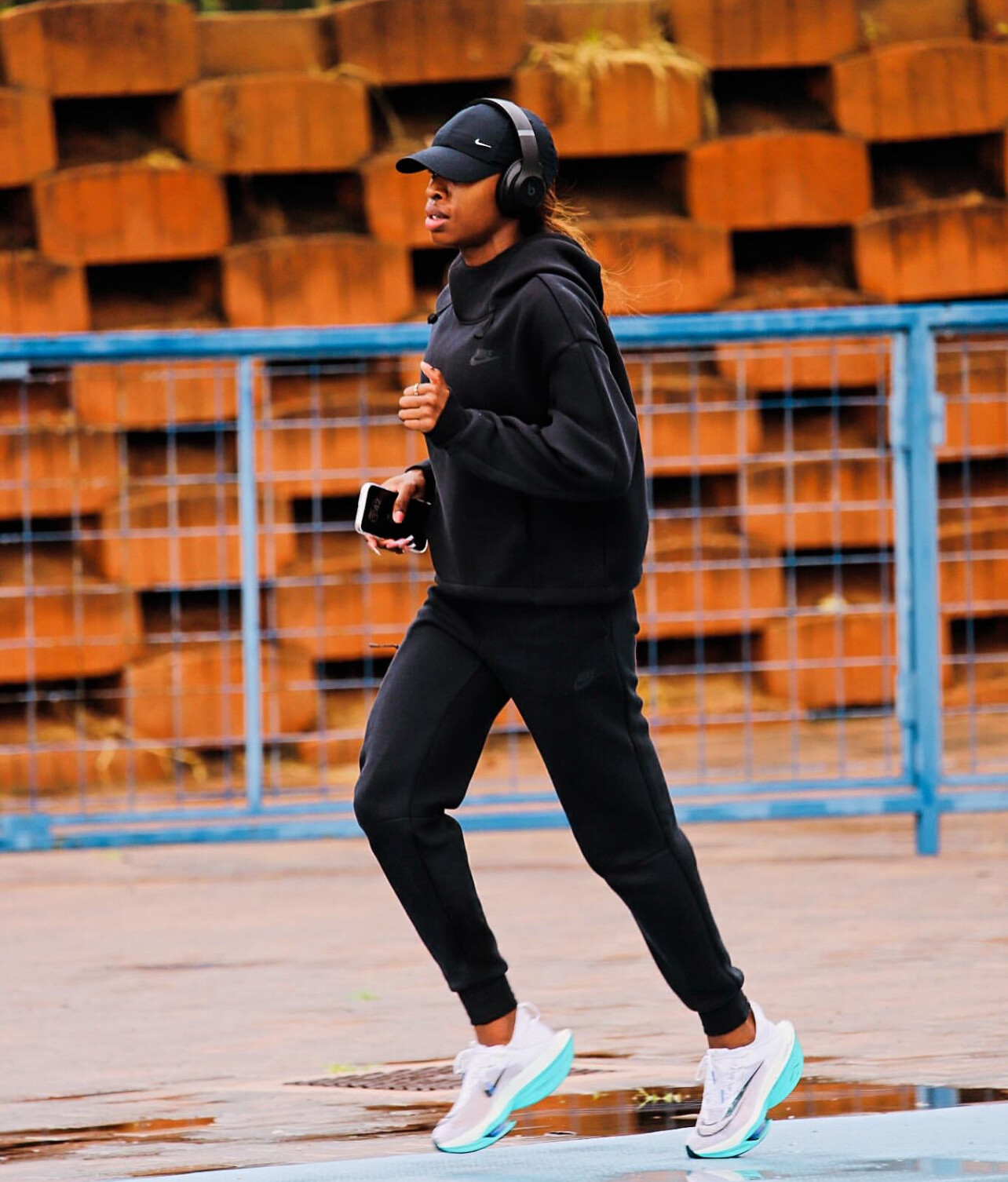
3. 1:57.25 – Werro
4. 1:57.49 – Nowe
5. 1:57.55 – Wiley
6. 1:57.66 – Bell
7. 1:57.81 – Bourgoin
8. 1:57.83 – Billings
9. 1:57.83 – Moraa
10. 1:58.00 – Maloney
How Sekgodiso Measures Up Historically:
The women’s 800m world record still stands at 1:53.28, set by Jarmila Kratochvílová of Czechoslovakia in 1983—a mark that has stood for over 40 years and is widely considered one of the most unbreakable in athletics. Only a handful of women have ever run under 1:55, including:
• Jarmila Kratochvílová (CZE) – 1:53.28 (1983)
• Nadezhda Olizarenko (URS) – 1:53.43 (1980)
• Pamela Jelimo (KEN) – 1:54.01 (2008)
• Caster Semenya (RSA) – 1:54.25 (2018)
Prudence Sekgodiso's 1:57.16 may not yet challenge these all-time performances, but it signals her potential to enter the elite sub-1:56 territory—especially with major races still ahead this season.
South Africa’s Next Middle-Distance Icon?
Following in the footsteps of Caster Semenya, Sekgodiso has reignited South Africa’s presence in the women’s 800m. At just 22 years old, she combines speed, endurance, and confidence, and her upward trajectory is undeniable.
As she continues her climb, all eyes will be on her next race. With every lap, Prudence Sekgodiso is narrowing the gap—not just between herself and the world leader, but also between today’s stars and history’s greats.
by Boris Baron
Login to leave a comment
Abby Hall Claims Fairytale Victory at 2025 Western States 100 After Golden Ticket Surprise
In a race defined by resilience, heat, and high drama, Abby Hall delivered one of the most emotional and triumphant performances in Western States Endurance Run history, winning the women’s race at the 52nd edition of the world’s oldest and most iconic 100-mile trail event.
Hall, who just months ago wasn’t even on the start list, crossed the finish line at Placer High School in 16 hours, 37 minutes, and 16 seconds, recording the fourth-fastest women’s time in race history. Her victory marks a stunning return to form after years of injury setbacks and a last-minute Golden Ticket entry.
A Storybook Build-Up to the Start Line
Hall’s journey to Western States was anything but straightforward. After a lengthy recovery from a serious knee injury, the American ultrarunner returned to form with a win at Ultra-Trail Kosciuszko by UTMB in December 2024. But a Golden Ticket to Western States proved elusive.

She finished fifth at the Black Canyon Ultras, narrowly missing an automatic entry. However, fate intervened when a pregnancy deferral by fellow runner Emily Sullivan caused the Golden Ticket to roll down—giving Hall an unexpected but welcome shot at redemption.
“It was such a beautiful passing of the baton,” Hall shared on Instagram. “I’m so inspired watching an incredible athlete like Emkay enter this new season of her life as she becomes a mother.”
How the Race Unfolded
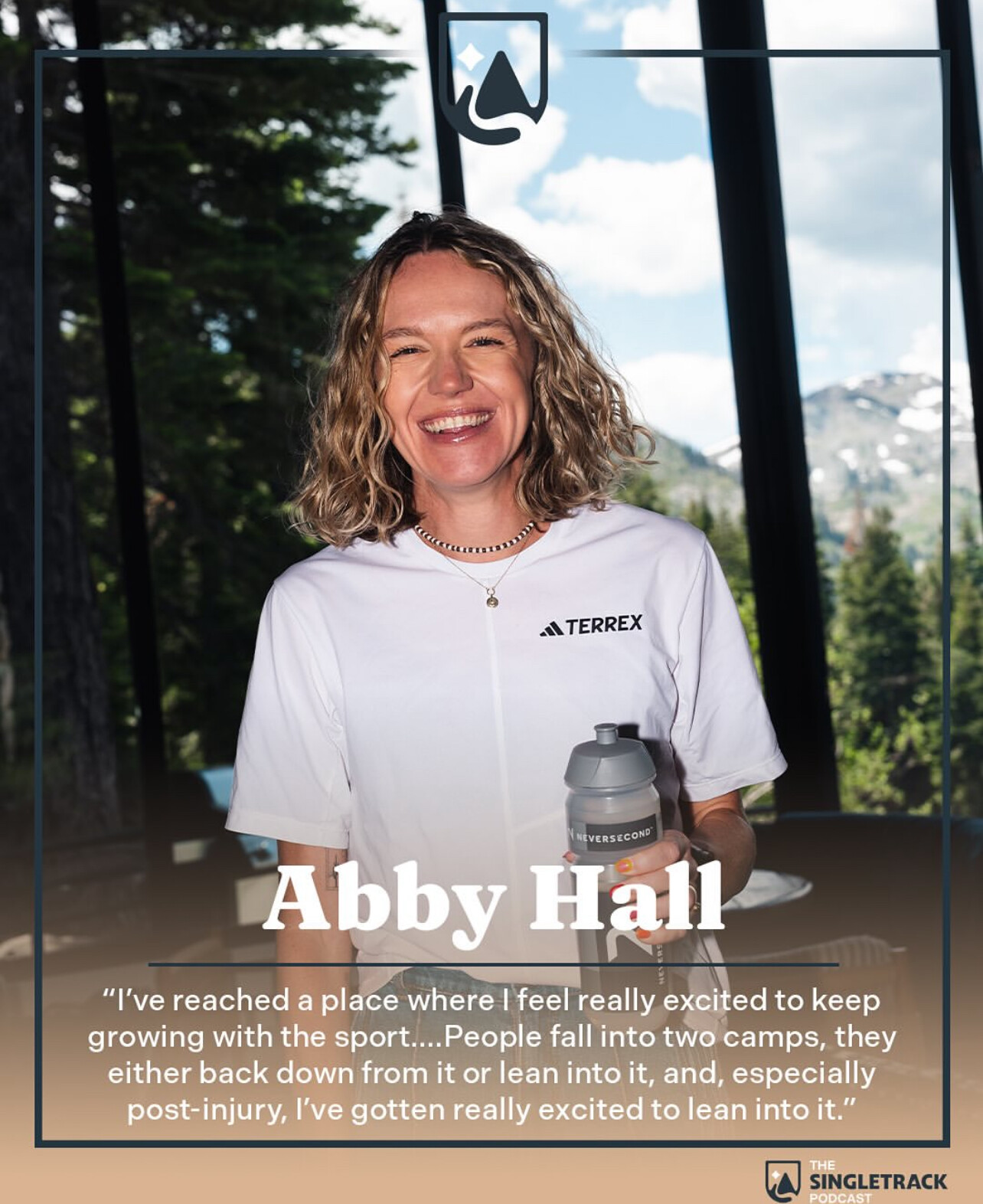
Hall made her intentions clear early, leading through the Escarpment checkpoint at mile 4. Although she was briefly overtaken, she reclaimed the lead shortly after mile 60 and never looked back.
Facing fierce competition from Fuzhao Xiang (CHN)—who finished second last year—Hall maintained a steady and commanding pace through the canyon heat, where temperatures reached 104°F (40°C). With 10 miles to go, she held a 10-minute lead over Xiang, and that gap remained virtually unchanged to the finish.
Xiang once again finished runner-up, clocking 16:47:09, while Marianne Hogan (CAN) surged late in the race to secure third in 16:50:58, overtaking Ida Nilsson (SWE) in the final miles. Fiona Pascall (GBR) rounded out the top five.
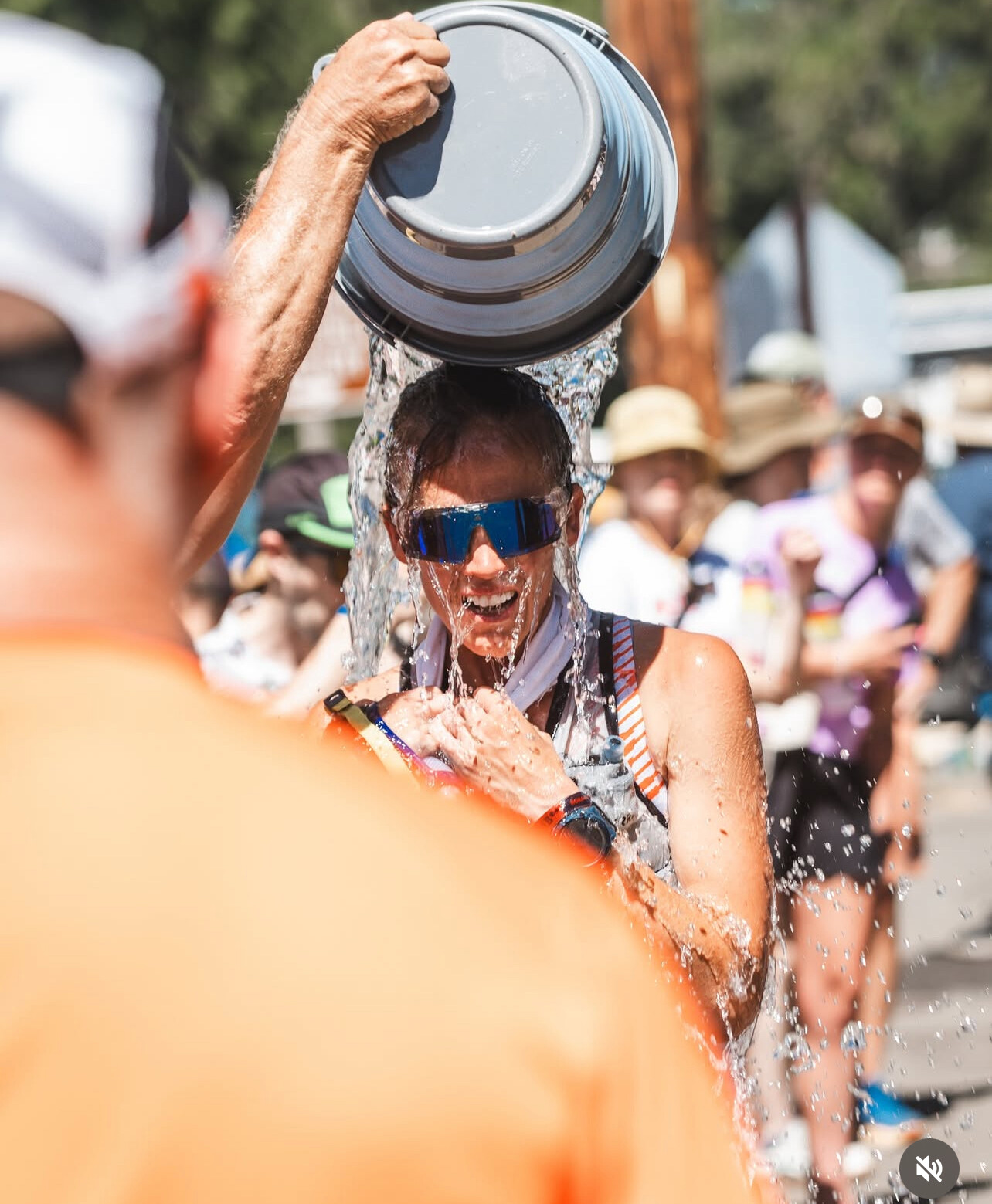
2025 Western States 100 – Women’s Results
June 28, 2025 | 100.2 miles
1. Abby Hall (USA) – 16:37:16
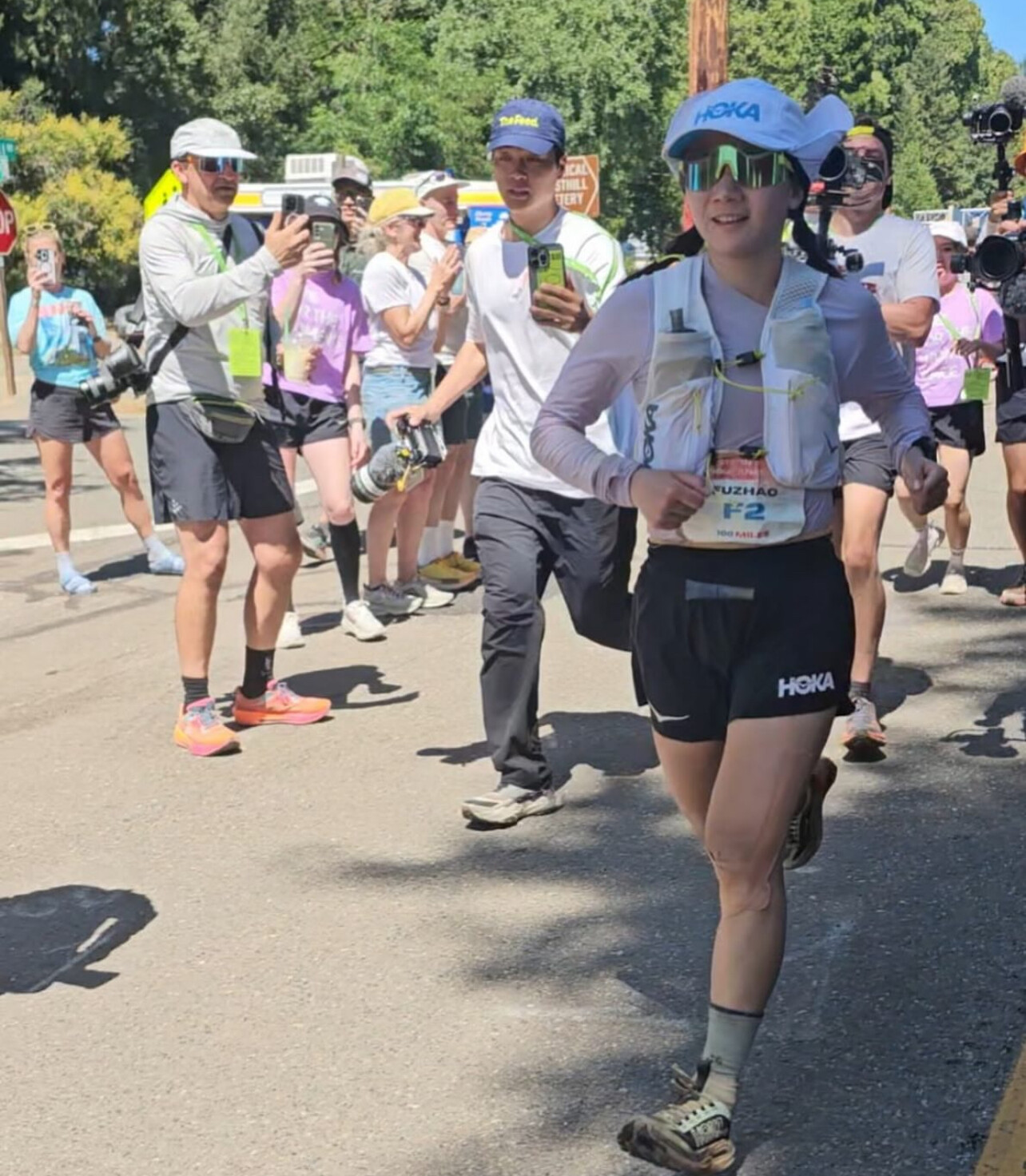
2. Fuzhao Xiang (CHN) – 16:47:09
3. Marianne Hogan (CAN) – 16:50:58
4. Ida Nilsson (SWE) – 17:00:48
5. Fiona Pascall (GBR) – 17:21:52

Hall also placed 11th overall, finishing just behind many top men’s competitors in one of the deepest fields in race history.
A Career-Defining Moment
This was Hall’s second appearance at Western States—her first came in 2021, when she finished 14th. Her return this year wasn’t just about redemption; it was a masterclass in determination, patience, and execution.
“It’s surreal,” Hall said at the finish. “This race has meant so much to me for so long. To be back here, to be healthy, and to be crossing that line first—it’s everything.”
The Global Rise of Women’s Ultrarunning
With five nations represented in the top five, the 2025 women’s race showcased the global depth and diversity of talent in ultrarunning. From Xiang’s technical brilliance to Hogan’s consistency and Nilsson’s enduring grit, this was a race that highlighted how far the women’s field has come—and how fast it continues to get.
by Boris Baron
Login to leave a comment
Caleb Olson Stuns the Field with Breakthrough Win at the 2025 Western States 100
American ultra-trail runner Caleb Olson delivered a career-defining performance at the 2025 Western States Endurance Run, emerging as the surprise champion in what was billed as one of the most competitive editions in the race’s 52-year history.
The 29-year-old from Salt Lake City conquered the infamous 100-mile (161-kilometer) course through Northern California’s rugged Sierra Nevada mountains, finishing in 14 hours, 11 minutes, and 25 seconds—just two minutes shy of Jim Walmsley’s legendary course record set in 2019 (14:09:28). Olson’s time is now the second-fastest ever recorded at Western States.
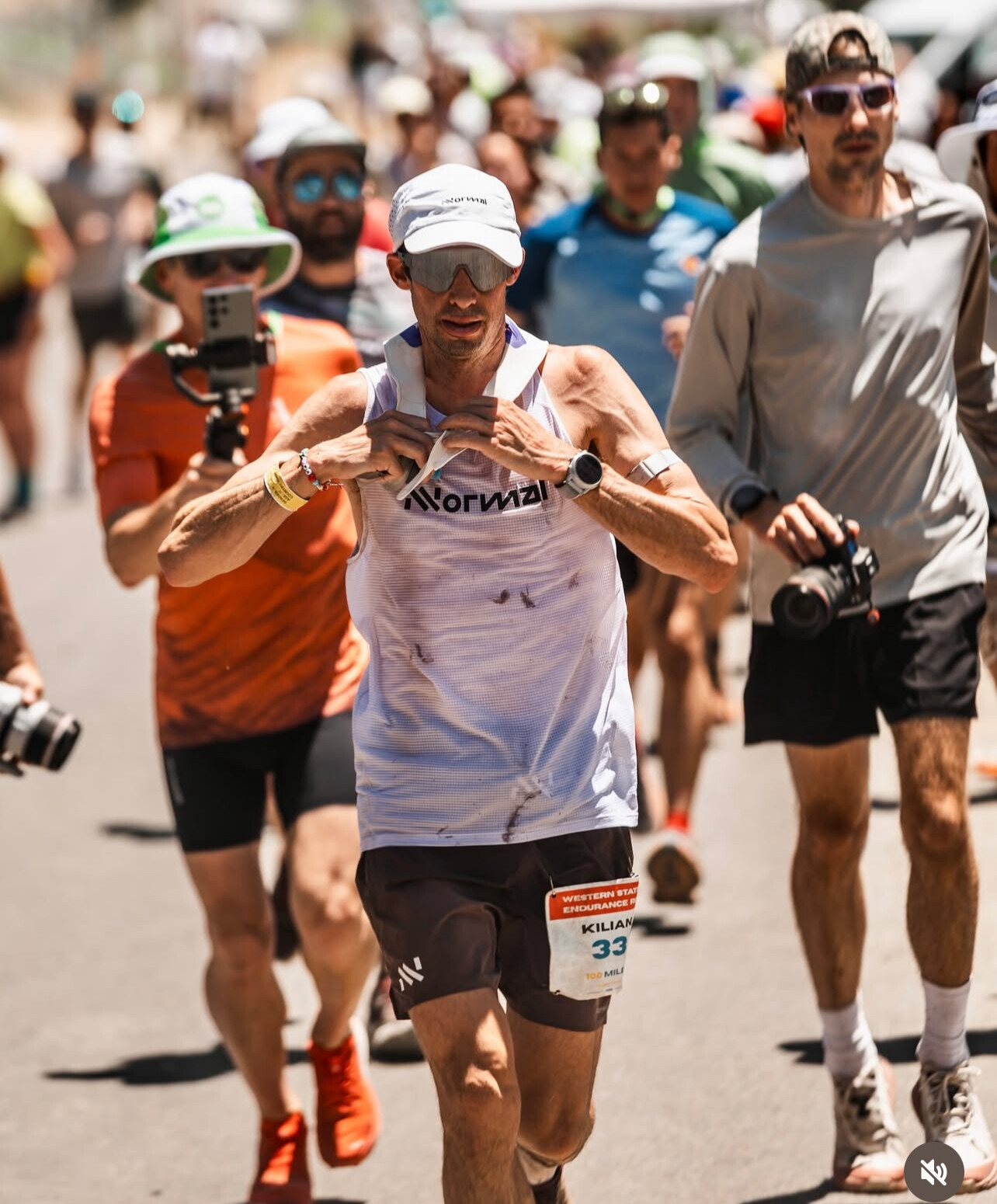
His win comes just a year after a strong fifth-place finish in 2024 and cements his place among the top ranks of global ultrarunning.
A Battle of Heat, Elevation, and Grit
The race began at 5:00 a.m. in Olympic Valley, with runners quickly climbing to the course’s highest point—2,600 meters (8,600 feet)—before descending into the heat-scorched canyons. Snowfields in the early miles gave way to punishing heat, as temperatures soared to 104°F (40°C) in exposed sections of the trail.
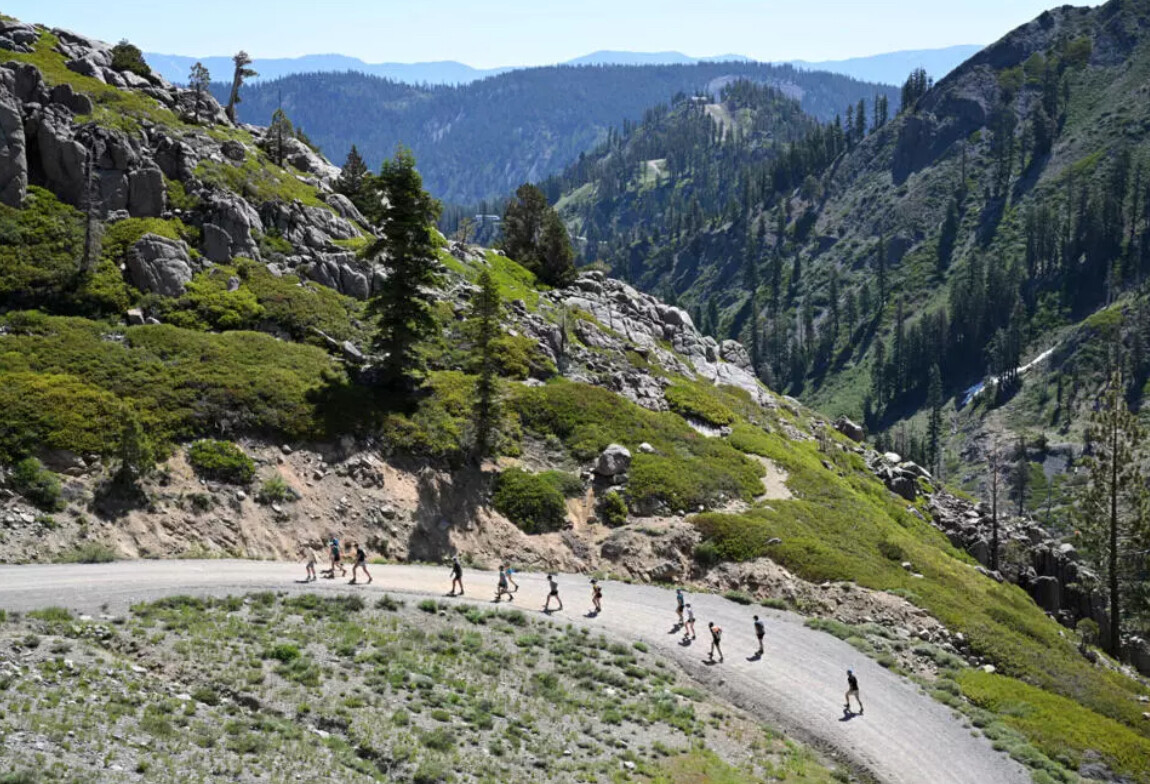
Despite the brutal conditions, approximately 15 elite athletes crested the high point together, setting the stage for a tactical and attritional race. Olson surged to the front midway, clocking an average pace near 12 kilometers per hour and never relinquished his lead.
Elite Field Delivers Drama
Close behind Olson was Chris Myers, who battled stride-for-stride with the eventual winner for much of the race before taking second in 14:17:39. It was a breakthrough performance for Myers, who has been steadily climbing the ultra ranks.
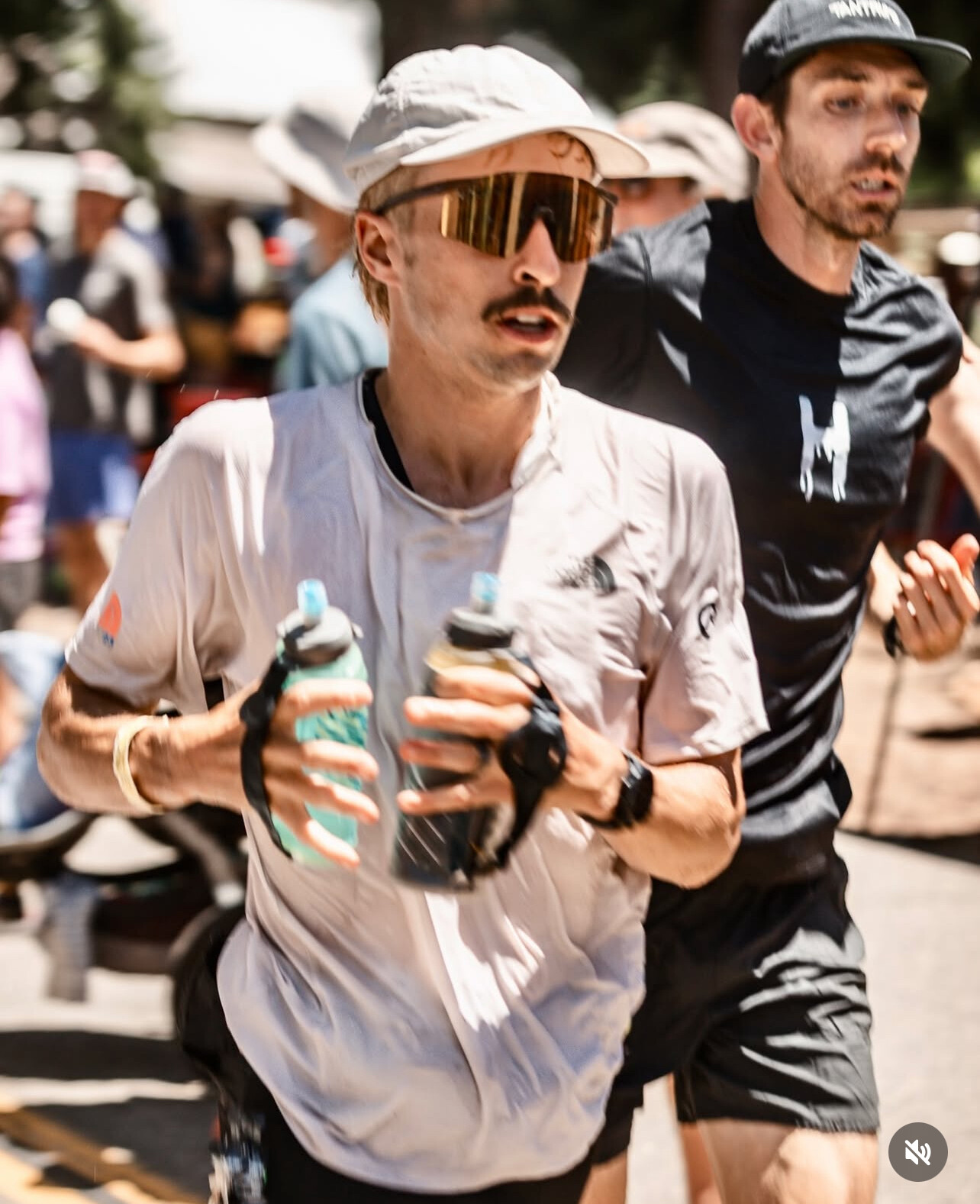
Spanish trail running legend Kilian Jornet, 37, finished third, matching his 2010 result. Returning to Western States for the first time since his win 14 years ago, Jornet hoped to test himself against a new generation on the sport’s fastest trails. Though renowned for his resilience in mountainous terrain, he struggled to match the frontrunners during the course’s hottest sections.
“Western States always finds your limit,” Jornet said post-race. “Today, that limit came earlier than I’d hoped.”
Rising Stars and Withdrawals
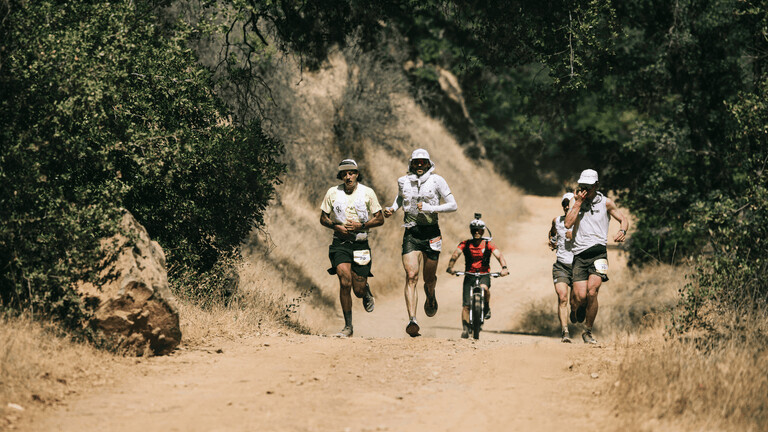
Among the elite field was David Roche, one of America’s most promising young ultrarunners, who was forced to withdraw after visibly struggling at the Foresthill aid station (mile 62). Roche had entered the race unbeaten in 100-mile events.
“I’ve never seen him in that kind of state,” said his father, Michael Roche, who was on hand to support him. “This race just takes everything out of you.”
Roche’s exit was a reminder that, even with perfect preparation, the Western States 100 is as much about survival as speed.
The Lottery of Dreams
Held annually since 1974, the Western States Endurance Run is more than a race—it’s a pilgrimage. With only 369 slots available, most runners enter via a lottery system with odds of just 0.04% for first-timers. Elite athletes can bypass the lottery by earning one of the coveted 30 Golden Ticketsawarded at select qualifying races each year.
For many, getting to the start line takes years of qualifying and persistence—making finishing the race an achievement in itself.
Olson’s Star Ascends
Before this landmark win, Caleb Olson was already on the radar of the ultra community. He had logged top-20 finishes at the “CCC”—a 100-kilometer race associated with the Ultra-Trail du Mont-Blanc series—and had demonstrated consistency in major trail events.
Saturday’s victory vaults him into the upper echelon of global ultrarunners and marks a generational shift in the sport.
“I’ve dreamed of this moment,” Olson said at the finish. “Today, everything came together—the training, the heat management, and the belief. This is why we run.”
2025 Western States results
Men
Saturday June 28, 2025 – 100.2 miles
Caleb Olson (USA) – 14:11:25
Chris Myers (USA) – 14:17:39
Kilian Jornet (SPA) – 14:19:22
Jeff Mogavero (USA) – 14:30:11
Dan Jones (NZL) – 14:36:17
by Boris Baron
Login to leave a comment
Western States 100
The Western States ® 100-Mile Endurance Run is the world’s oldest and most prestigious 100-mile trail race. Starting in Squaw Valley, California near the site of the 1960 Winter Olympics and ending 100.2 miles later in Auburn, California, Western States, in the decades since its inception in 1974, has come to represent one of the ultimate endurance tests in the...
more...Runners From Around the World to Converge on Loch Ness for Ultra X Scotland 2026
The Scottish Highlands will once again welcome hundreds of endurance runners as Ultra X Scotland returns May 2–3, 2026. Now recognized as the nation’s largest ultra-marathon and recently listed among the world’s top ultra races by TimeOutdoors, this rugged event draws competitors from across the globe to challenge themselves on some of the UK’s most dramatic terrain.
Ultra X Scotland isn’t a single race but a weekend-long festival of trail running, offering something for every level of ultrarunner. Participants can choose from six distances:
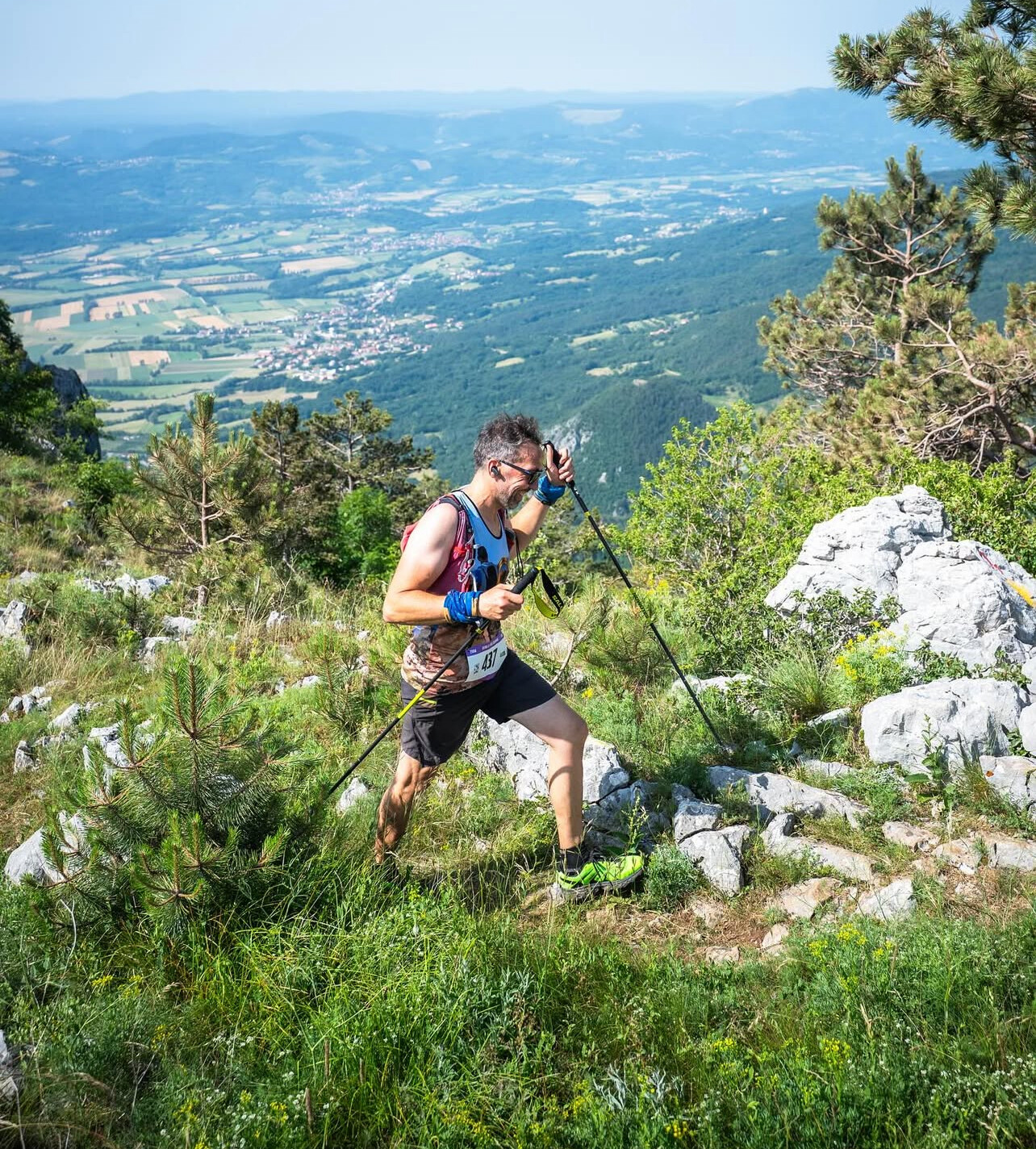
• Ultra X Scotland 110km – A full ultra that can be run in one stage or split into two.
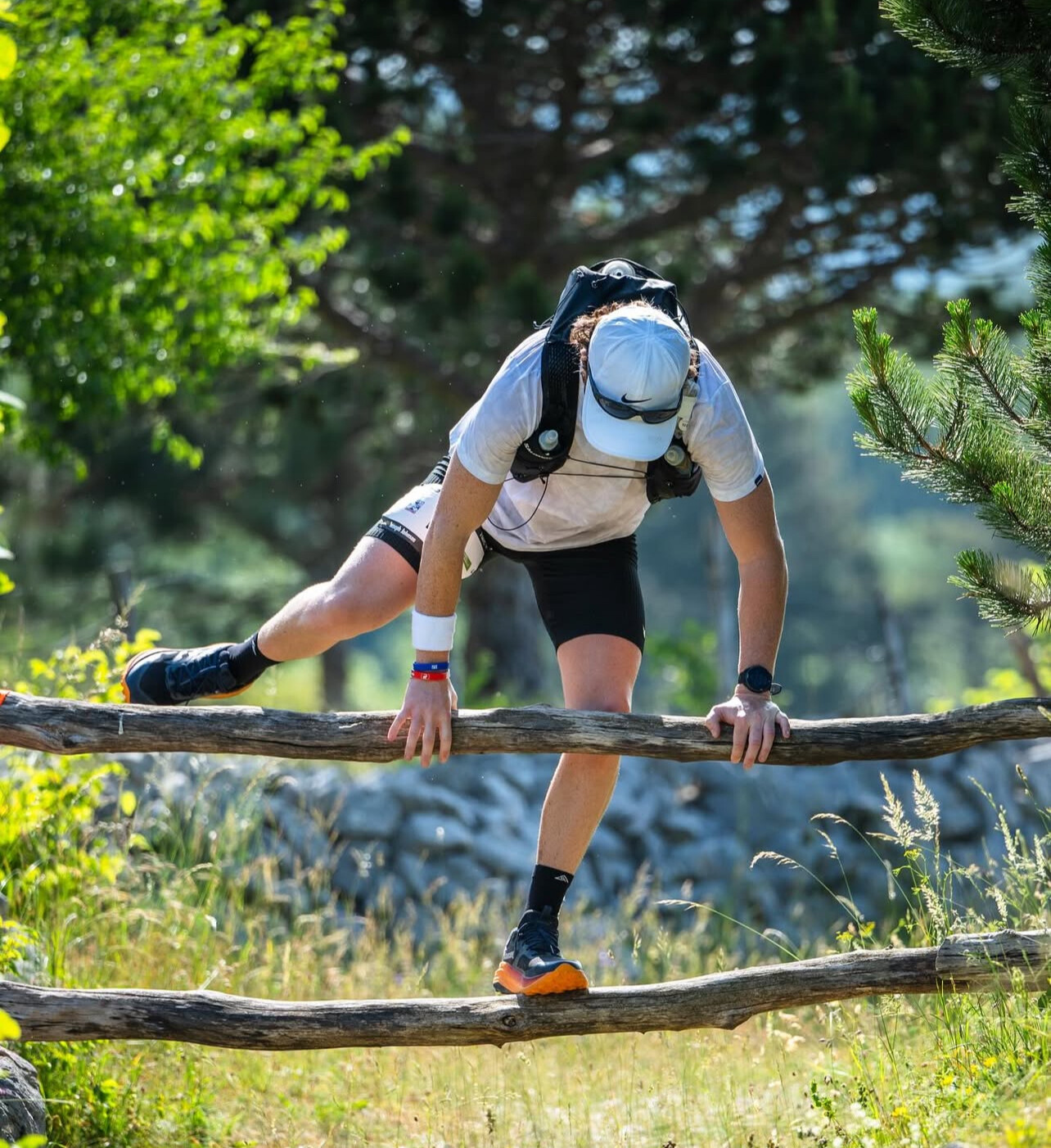
• Ultra X Scotland 60km – Following the Great Glen Way and the North side of Loch Ness.
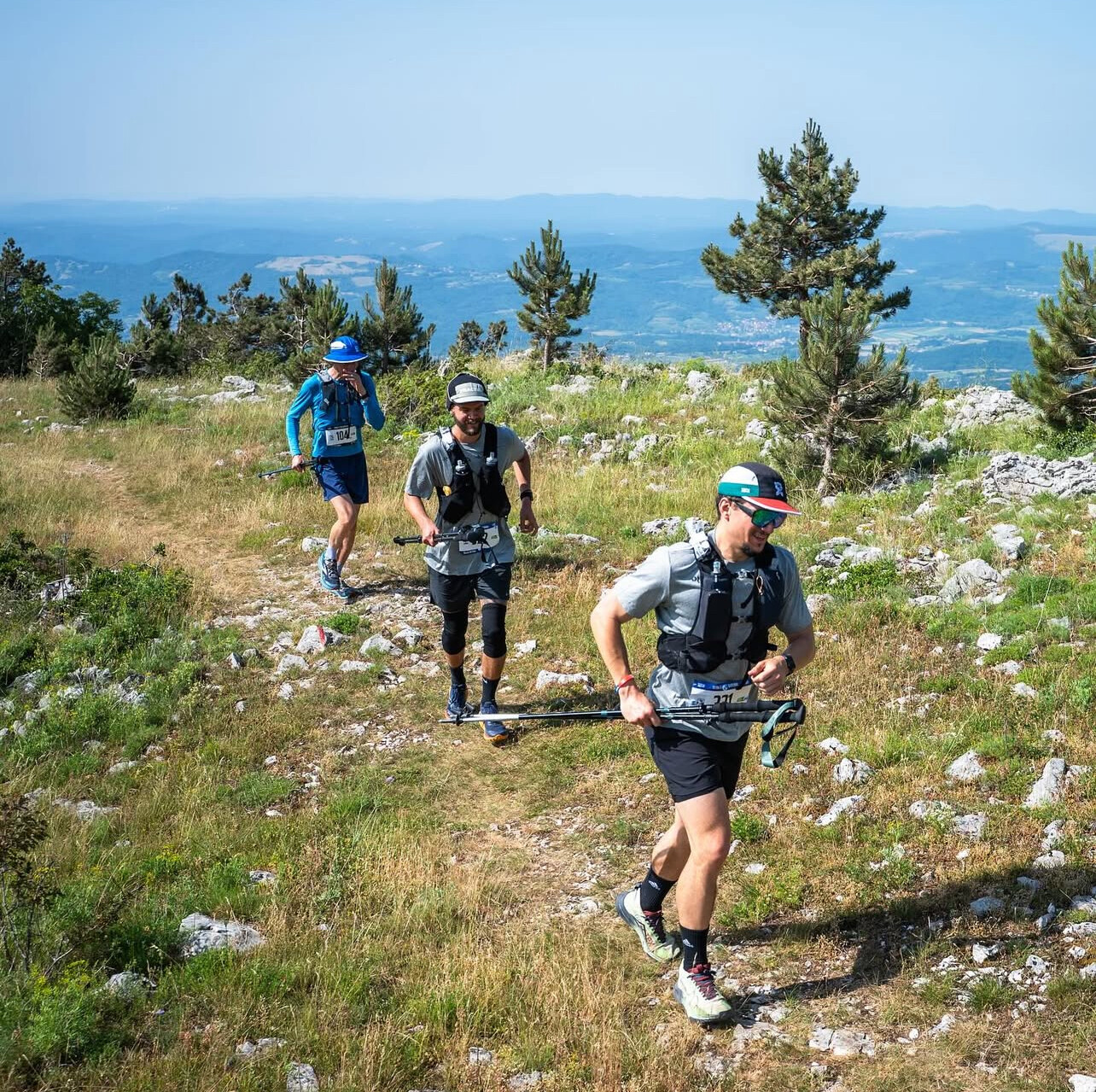
• Ultra X Scotland 50km – Tracing the South Loch Ness Trail.
• Ultra X Scotland 25km – A shorter but still challenging point-to-point route finishing in Dores.
• Ultra X Scotland 12km – An entry-level trail option also finishing in Dores.
All races wind through the hills, forests, and lochside paths of the Highlands, immersing runners in the region’s rugged natural beauty. The 110km event is a UTMB® World Series Qualifier in the 100K category, while the 60km, 50km, and 25km routes serve as qualifiers in their respective UTMB® distances. This connection to the global UTMB® series adds a level of prestige and stakes for many competitors.
In 2025, the event drew over 800 runners from more than 38 countries, bringing a direct economic impact of more than £200,000 to the Inverness area. Emma Harrison, Destination Development Manager at Visit Loch Ness, praised the race’s role in promoting active tourism:
“Ultra X events have become an important active offering for Inverness and Loch Ness. The organisers bring the area to life over the weekend, offering runners the chance to experience our unique landscape. We fully support these races, knowing the team involves the community and supports local businesses.”
Indeed, the event collaborates with a broad coalition of regional partners, including Loch Ness Highland Resort, the Great Glen Way, Forestry and Land Scotland, and a range of local food and drink vendors from Dog Falls Brewing to Red Shank Catering.
While the scenery may be postcard-worthy, the course itself is anything but tame. Participants will face the wild and varied terrain of the Highlands—climbing through pine forests, tracing the shores of Loch Ness, and crossing remote glens that seem untouched by time.
For many, it’s more than a race. It’s a test of endurance in one of the most storied landscapes in Europe.
Registration for Ultra X Scotland 2026 opens June 23, 2025. If past years are any indication, early spots won’t last long.
by Boris. Baron
Login to leave a comment
Nina Kuscsik, Trailblazing Running Pioneer, Passes Away
The global running community is mourning the loss of Nina Kuscsik, a legendary figure whose courage and determination helped redefine the landscape of women’s distance running. Kuscsik passed away at the age of 85, leaving behind a legacy that forever changed the sport.
Nina Kuscsik made history in 1972 when she became the first officially sanctioned female winner of the Boston Marathon, finishing with a time of 2:56:04. That victory wasn’t just a personal triumph—it was a breakthrough moment for women’s participation in marathon running, occurring in the same year Boston formally allowed female entrants.
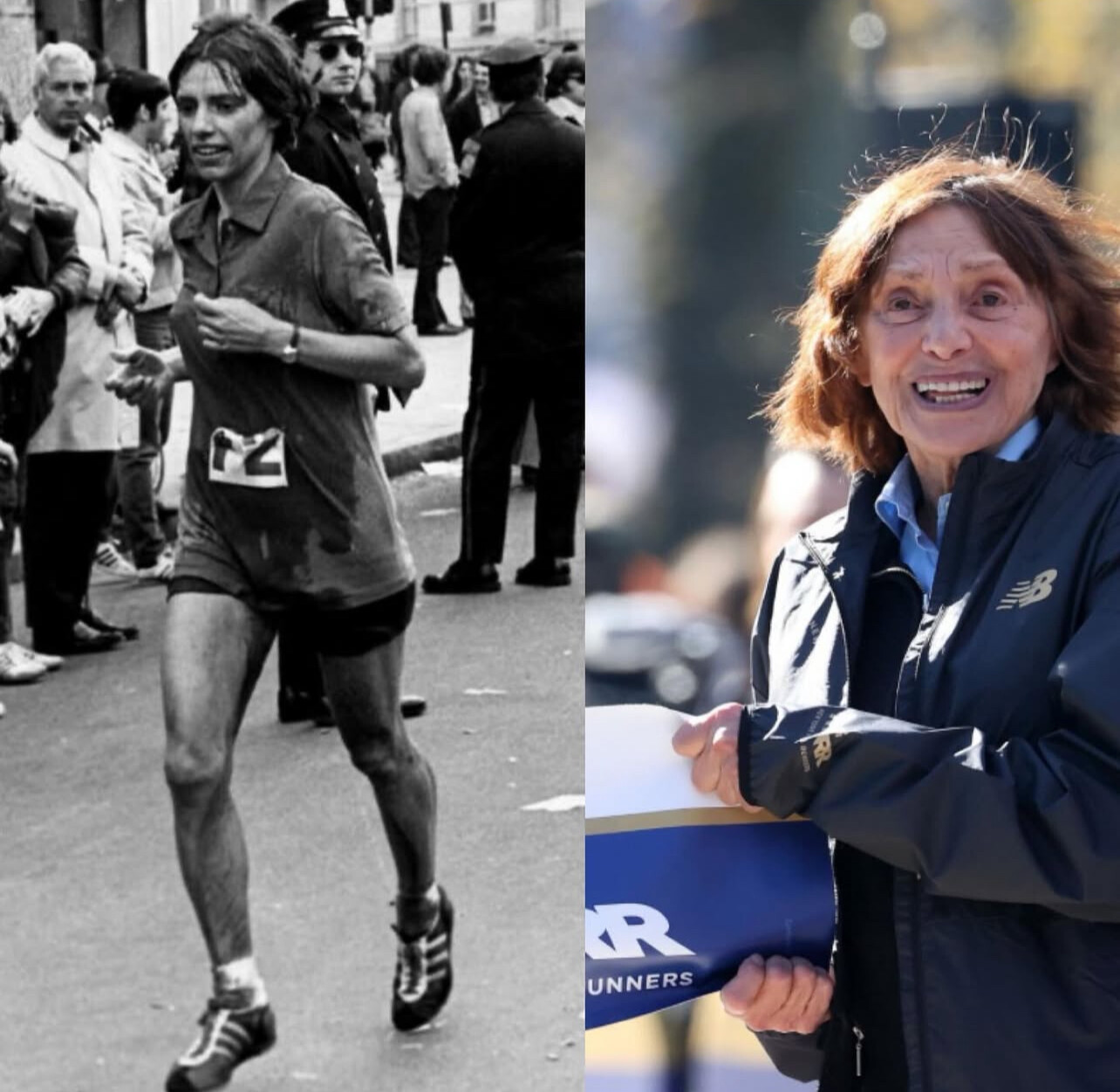
“I am saddened to hear of the passing of Nina Kuscsik,” says Bob Anderson, who was in Boston covering the race as the publisher of Runner’s World at the time. “She was indeed a pioneer. She won the first officially sanctioned women’s Boston Marathon in 1972, with a time of 2:56:04. Roberta Gibb had finished the Boston Marathon in 1966, 1967, and 1968 before Kathrine Switzer, unofficially won as a ‘field invader.’ Also, Sara Mae Berman unofficially completed the 1969 and 1970 Boston Marathons, and Kathrine Switzer officially registered and finished in 1970 after her 1967 incident, paving the way for future generations.”
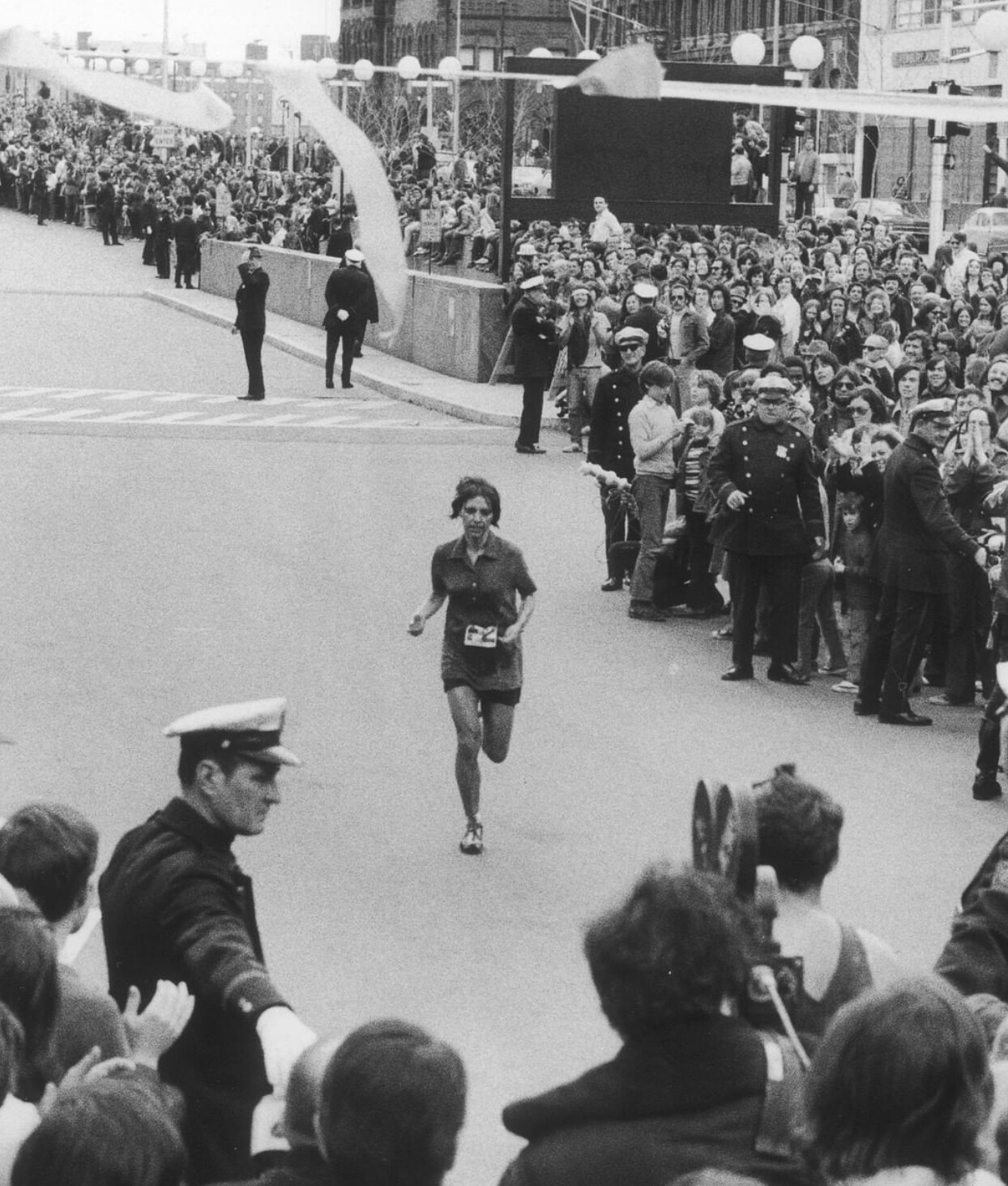
Following her groundbreaking Boston victory, Kuscsik continued to lead as an advocate for equality in sport. She was instrumental in pushing the Amateur Athletic Union (AAU) to change its policies and allow women to compete officially in longer races—efforts that contributed directly to the inclusion of the women’s marathon in the 1984 Olympics.
In 2012, Kuscsik was inducted into the New York Road Runners Hall of Fame, honored alongside fellow legend Miki Gorman. George Hirsch, then-chairman of NYRR, posted a tribute this week:
“So saddened at the loss of the warm, joyful Nina Kuscsik. She was a true pioneer in the world of running. Here I am welcoming Nina (left) and Miki Gorman into the New York Road Runners Hall of Fame in 2012. Nina will be missed by countless friends and admirers.”
Kuscsik didn’t just run races—she opened doors. Her influence extended well beyond finish lines, and her work laid the foundation for generations of women to compete on equal footing. As the world remembers Nina, we also celebrate the progress she helped create—step by step, mile by mile.
by Boris Baron
Login to leave a comment
Western States 100 Gears Up for an Epic Showdown Across Sierra Trails
The legendary Western States 100-Mile Endurance Run returns June 28–29, 2025, promising one of the most competitive and compelling editions in its storied history. Known as the world’s oldest 100-mile trail race, this ultra begins in Olympic Valley (formerly Squaw Valley) and finishes 100 rugged miles later at Placer High School in Auburn, California.
With more than 18,000 feet of climbing and 23,000 feet of descent, the race tests every aspect of a runner’s will and endurance. From snow-capped ridges to sweltering canyon floors, the course traverses remote backcountry, river crossings, and punishing climbs—all under the clock, with the coveted silver belt buckle awaiting those who finish under 24 hours.
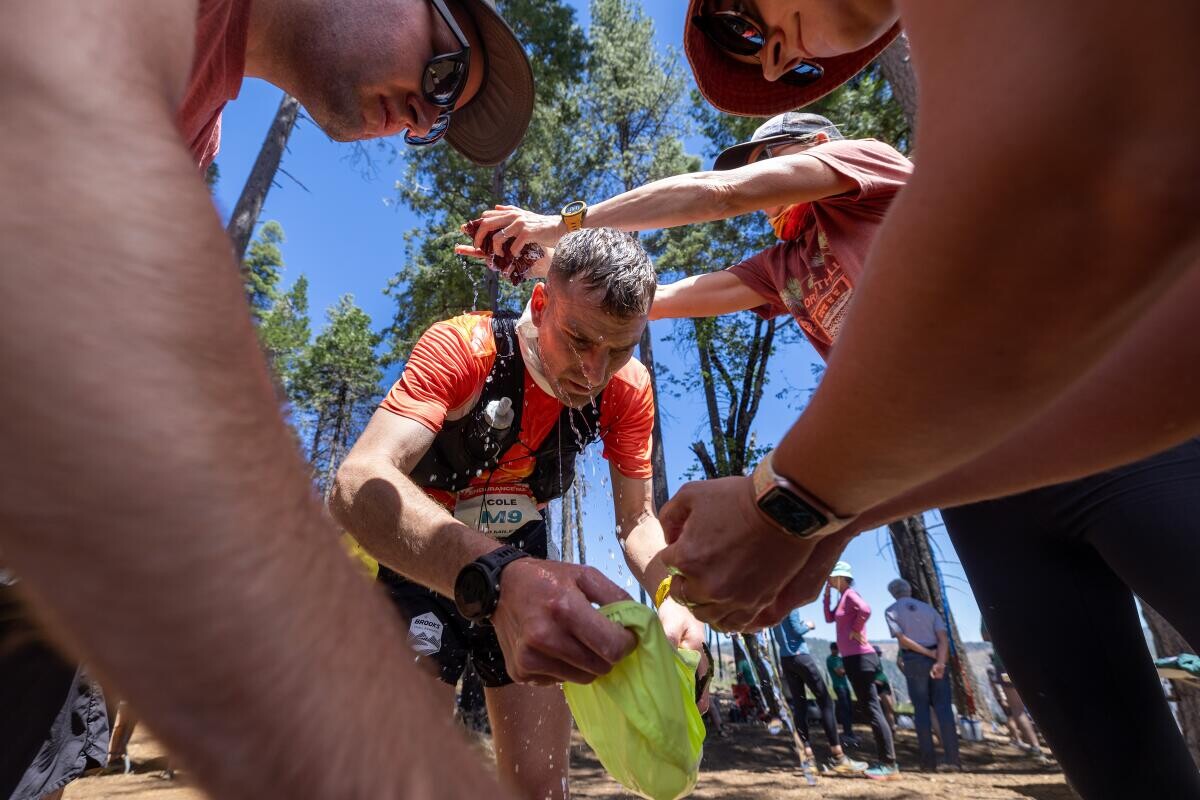
Who’s Racing?
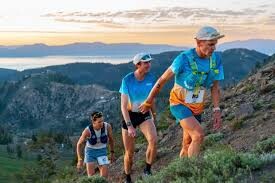
This year’s field is packed with elite talent, resilient veterans, and powerful storylines.
Top Men’s Contenders:
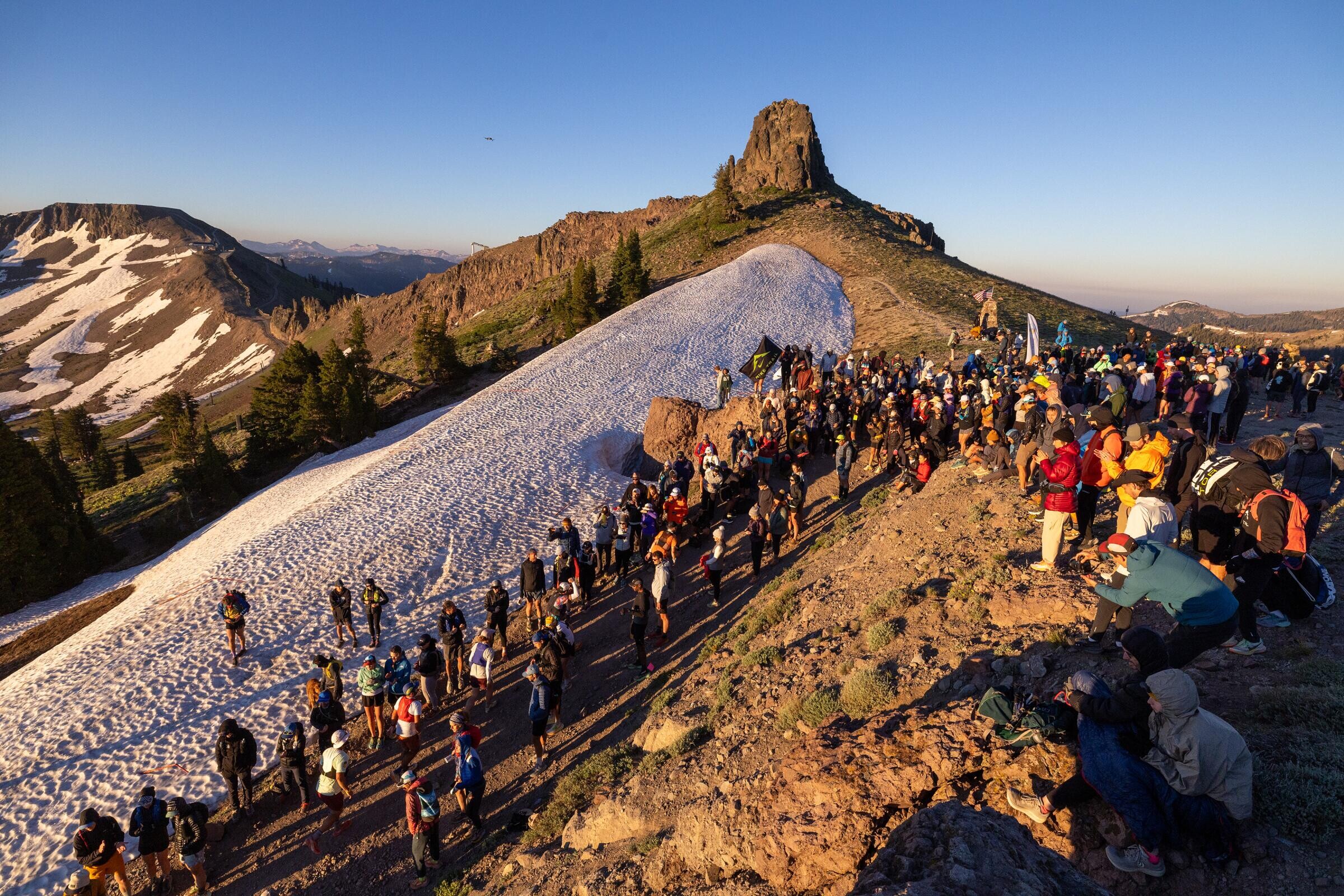
• Rod Farvard (USA) – One of the fastest Golden Ticket winners this season.
• Dan Jones (New Zealand) – Former Olympic Trials marathoner.

• Caleb Olson (USA) – Rising talent on the ultra scene.
• Chris Myers (USA) – Strong performances across the trail circuit.
• Jia-Sheng Shen (China) – Brings international prestige to the field.
Leading Women:
• Emily Hawgood (Zimbabwe) – Regular top-10 finisher with unfinished business.
• Eszter Csillag (Hungary) – One of Europe’s most consistent mountain runners.
• Heather Jackson (USA) – Former pro triathlete turned ultra star, back after a win at Unbound Gravel XL.
• Fu-Zhao Xiang (China) – Dominant at multiple global ultras.
• Ida Nilsson (Sweden) – Former European mountain running champion.
Notable Golden Ticket Winners:
• Riley Brady, Hannah Allgood, Rosanna Buchauer, Hậu Hà, Tara Dower, Abby Hall, Lin Chen, Caitlan Fielder, Nancy Jiang, Fiona Pascall, Johanna Antila
A Field That Crosses Generations
One of the most heartwarming developments this year is the record-setting six athletes aged 70 or older toeing the line.
Among them is Jim Howard, a two-time Western States champion (1981, 1983), who is making an inspiring return at age 70—running with two artificial knees. “I want to go out there one more time and be part of this incredible race,” Howard told Canadian Running.
Also returning is Jamil Coury, founder of Aravaipa Running, looking to build on his strong performance 15 years ago.
The Course
• Start: Olympic Valley (elevation: ~6,200 ft)
• Highest Point: Emigrant Pass (~8,750 ft)
• Finish: Auburn (elevation: ~1,200 ft)
• Snow is often a factor in the early miles, with extreme heat common in the canyons. Aid stations are spaced roughly every 4–8 miles, supported by over 1,500 volunteers.
Runners cross rivers, climb ridgelines, descend technical single-track, and are cheered into the stadium at Placer High—often in the dead of night.
Media and Spectator Access
• Live coverage, tracking, and video will be available on the Western States Endurance Run website.
• Key aid stations will allow crew and spectators, including Foresthill (mile 62) and Robie Point (mile 99).
A Race Like No Other
• One of the five races in the Grand Slam of Ultrarunning
• A UTMB World Series qualifier
• Historic, grassroots feel with world-class competition
Whether you’re cheering for a podium contender, an age-defying legend, or simply following the passion of runners determined to finish within 30 hours, this year’s Western States 100 is poised to deliver drama, beauty, and inspiration.
Let the countdown begin.
by Boris Baron
Login to leave a comment
Western States 100
The Western States ® 100-Mile Endurance Run is the world’s oldest and most prestigious 100-mile trail race. Starting in Squaw Valley, California near the site of the 1960 Winter Olympics and ending 100.2 miles later in Auburn, California, Western States, in the decades since its inception in 1974, has come to represent one of the ultimate endurance tests in the...
more...The Rise of Multi-Generation Running Teams
In an era when screen time often overshadows quality time, a new kind of family bond is forming on the roads, trails, and racecourses around the world. From 5Ks to marathons, more fathers and daughters (and other parent-child duos) are lacing up together—training, racing, and crossing finish lines as a team.
For many, it starts with a simple run. A jog around the neighborhood. A shared Saturday morning 5K. But over time, these shared strides become something deeper—mutual respect, healthy competition, and a connection built one mile at a time.
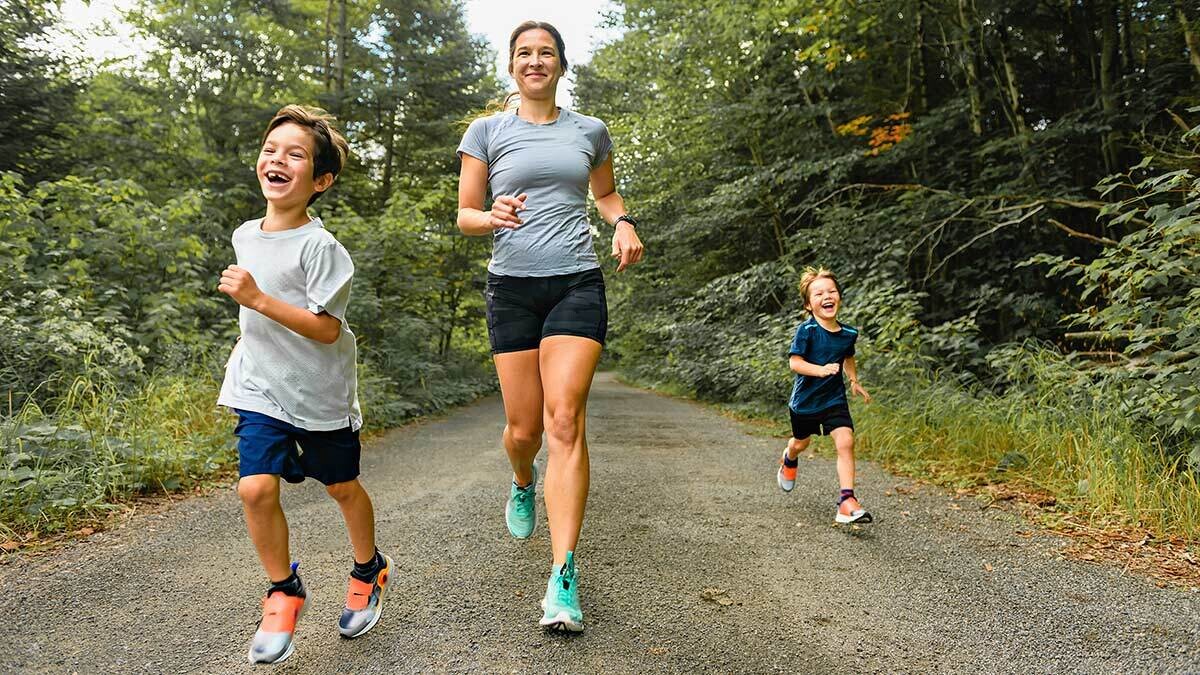
“When I run with my daughter, it’s not about pace—it’s about presence,” says John Mathis, who ran the New York City Marathon with his 23-year-old daughter last fall. “We trained on opposite coasts but checked in after every long run. It kept us close.”
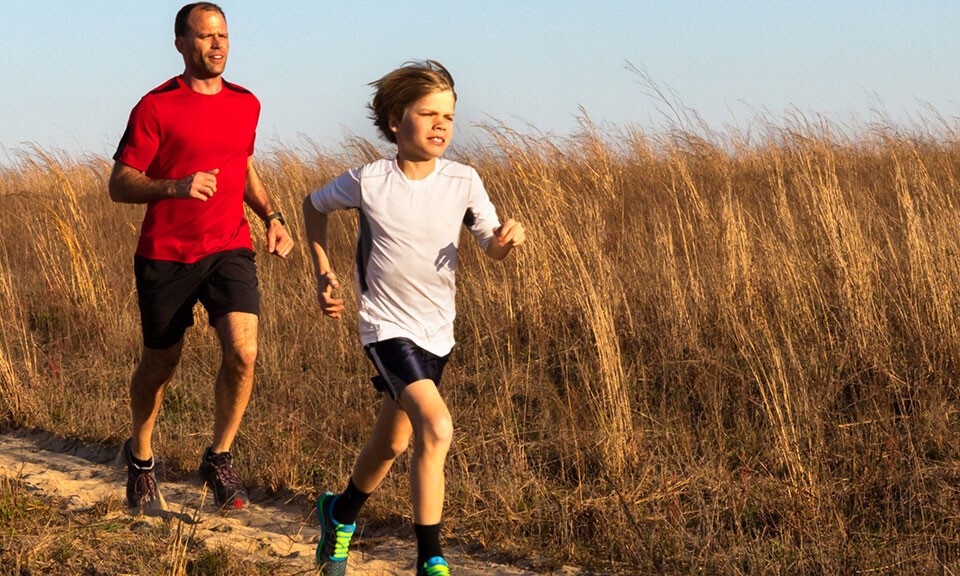
A Growing Trend
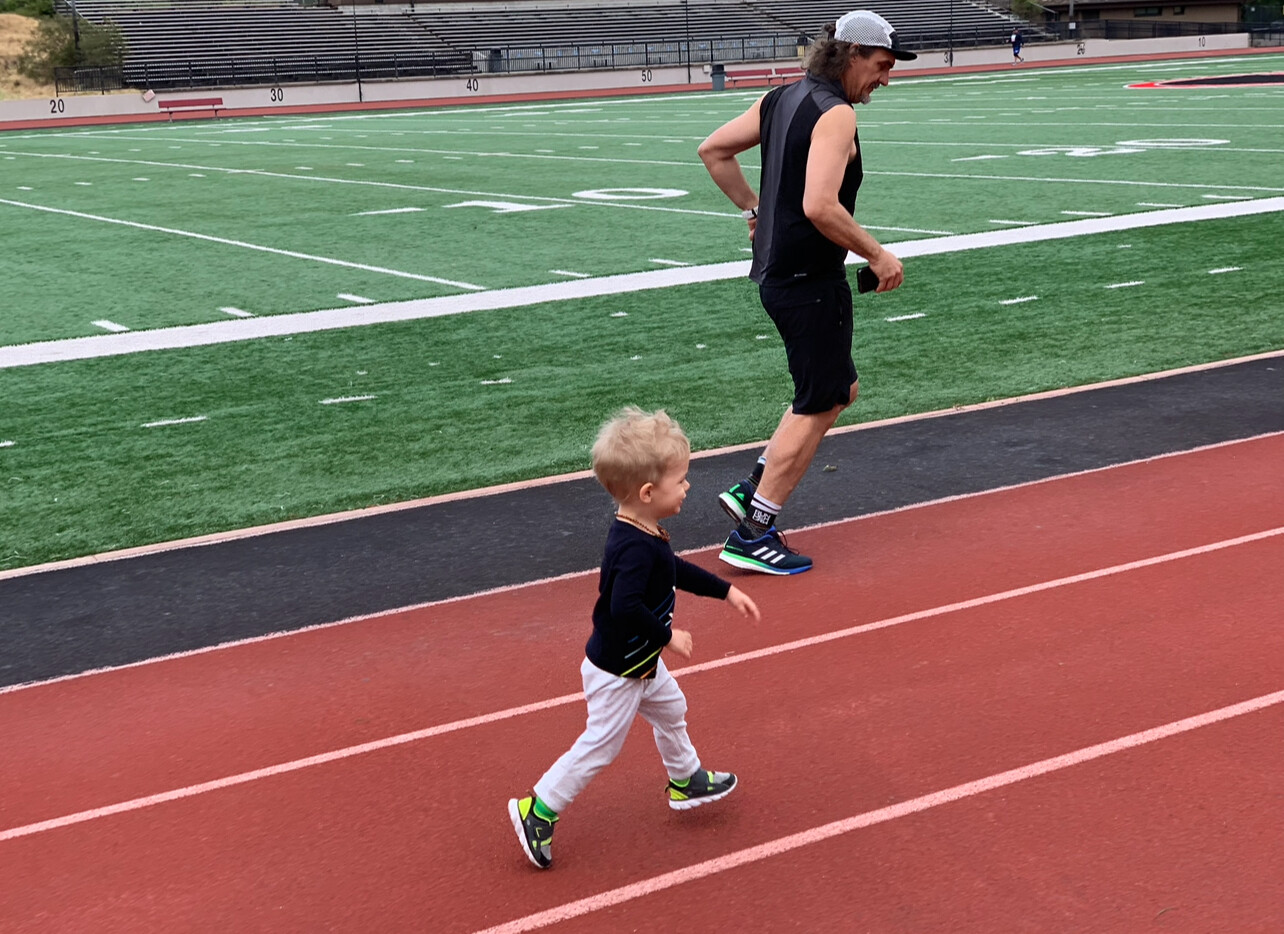
Running USA reports a noticeable uptick in family registrations for races, especially in age-group pairings. Many race directors are now offering team divisions for parents and children, or even multi-generation team trophies. Social media is amplifying these stories, with hashtags like #RunWithDad and #FamilyMarathon showing emotional finish line moments and race-day smiles.
One standout example: In 2023, 58-year-old Miguel Soto and his daughter Gabriela, 26, completed the Berlin Marathon together—Gabriela’s first marathon and Miguel’s tenth. They crossed the finish line holding hands in 3:58:22.
“We each had different goals,” says Gabriela. “But we agreed to finish together. When things got tough at mile 22, Dad just looked at me and said, ‘We’ve got this.’ And we did.”
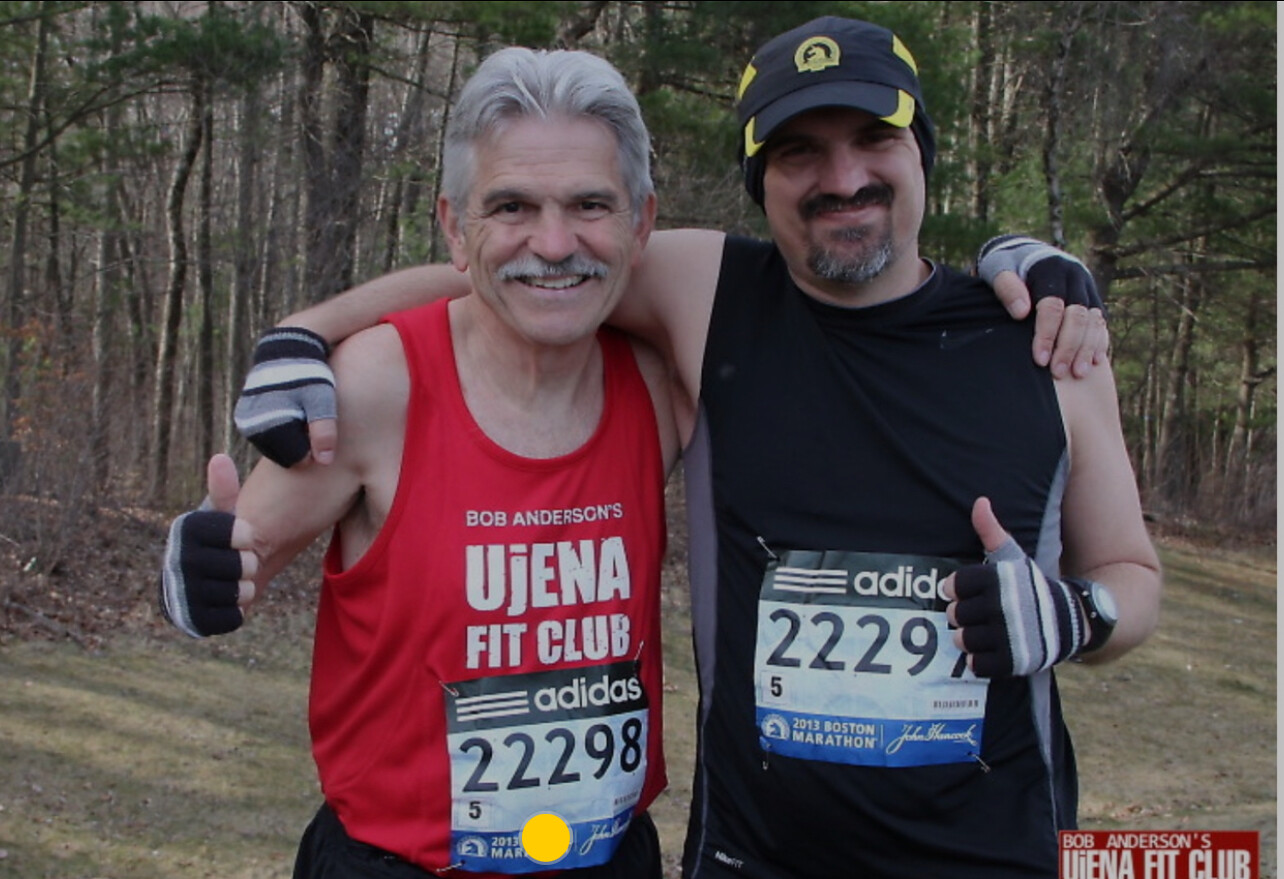
Tips for Running as a Family Duo
• Set Shared Goals: Talk about your expectations—whether you’re racing for time, experience, or support.
• Train Independently, Connect Often: You don’t always have to run side by side. Weekly check-ins, shared training logs, or virtual long runs can still build that bond.
• Respect the Pace: Generational gaps often mean pace differences. Use races to celebrate each other’s achievements rather than compete directly (unless you’re both game!).
• Celebrate Every Finish Line: Whether it’s a fun run or a marathon, the experience is the reward.
Looking Ahead
With more parents encouraging their kids to move—and more adult children introducing fitness to their parents—multi-generation running is becoming one of the most inspiring trends in endurance sports.
“It’s one of the few sports you can do together for decades,” says Bob Anderson (last photo with his son before the 2013 Boston Marathon), founder of My Best Runs and a lifelong runner. “I’ve run many miles with my family—even when my kids were very young. A finish line photo with your child or parent is something you’ll treasure forever.”
by Boris Baron
Login to leave a comment
Beatrice Chebet Runs 14:03.69 — Second-Fastest 5000m in Track History
Kenya’s Beatrice Chebet continued her incredible run of form by clocking 14:03.69 in the women’s 5000m at the 2025 Diamond League meeting in Eugene. Her time is the second-fastest in history on the track, trailing only Gudaf Tsegay’s world record of 14:00.21 set in 2023.
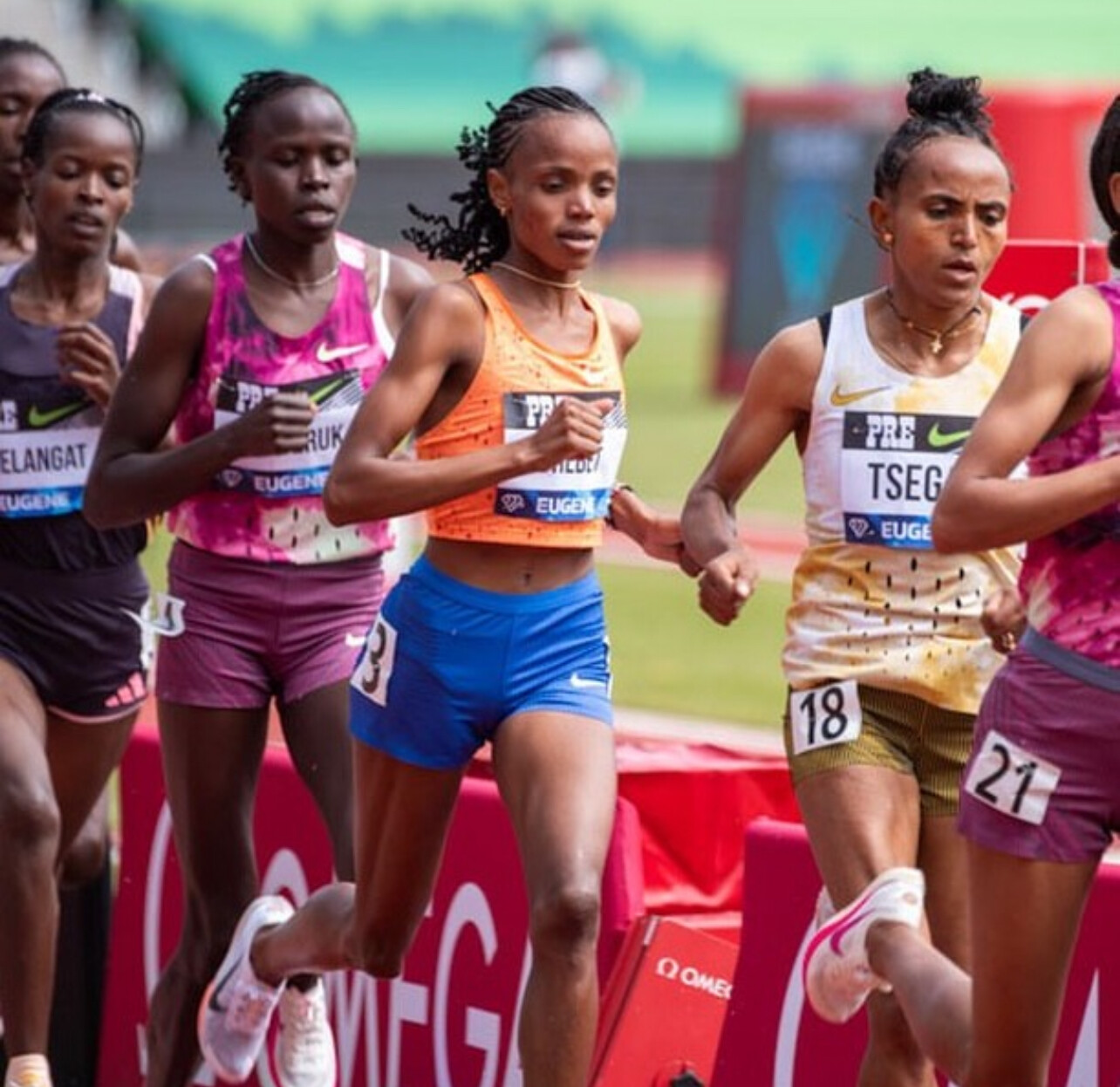
This marks Chebet’s third Diamond League appearance of the season, and for the third time, she set a new meeting record—a remarkable streak of consistency and dominance on the global stage.
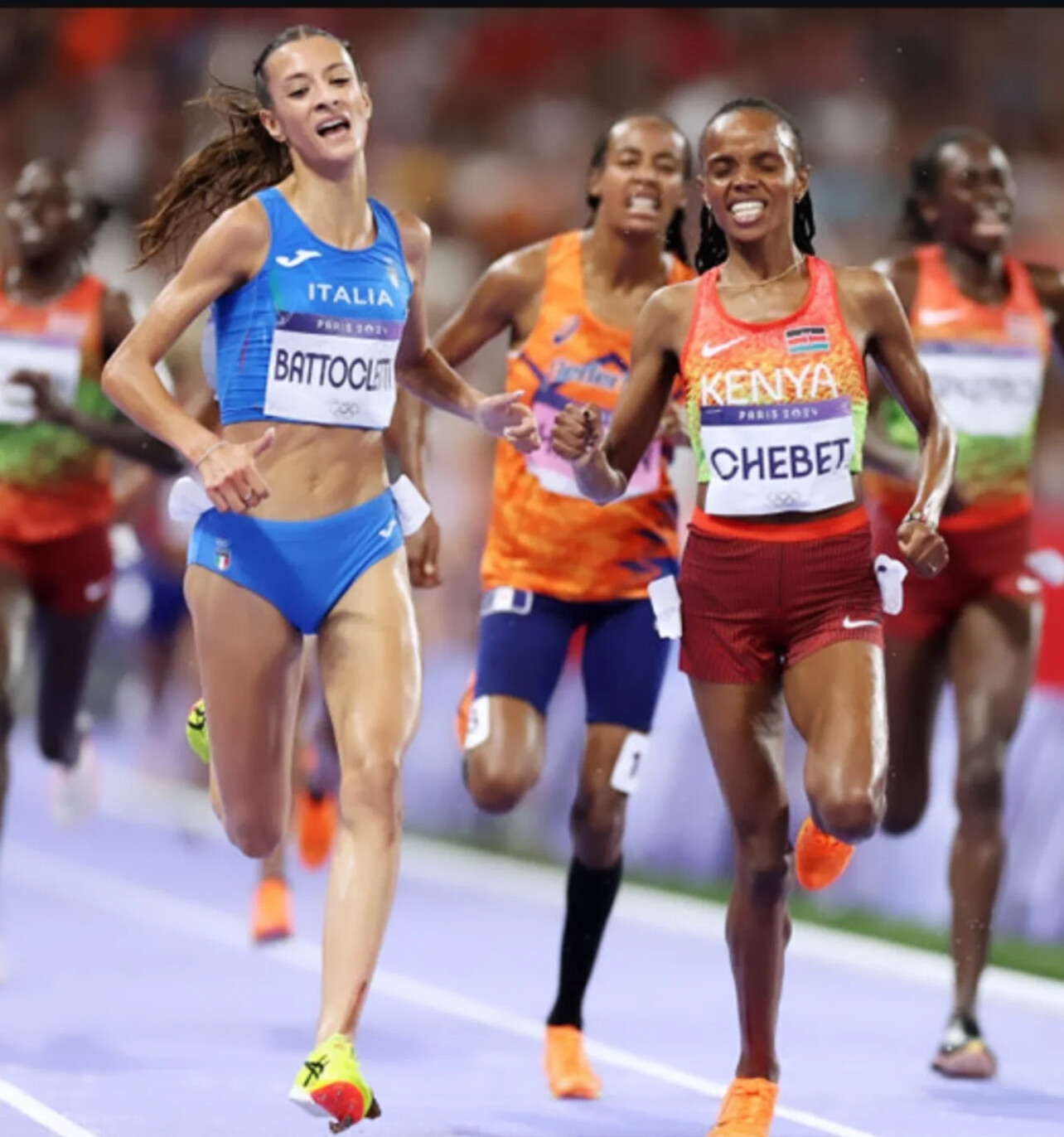
Fastest Women’s 5000m Performances (Track – All-Time)
|
Rank |
Time |
Athlete |
Country |
Year |
|
1 |
14:00.21 |
Gudaf Tsegay |
ETH |
2023 |
|
2 |
14:03.69 |
Beatrice Chebet |
KEN |
2025 |
|
3 |
14:05.20 |
Letesenbet Gidey |
ETH |
2020 |
What makes Chebet’s 2025 season even more impressive is that she’s also the current world record holder in the 5K on the roads, running 13:54 at the Cursa dels Nassos in Barcelona on December 31, 2023. That road performance was historic—she became the first woman to break the 14-minute barrier over 5 kilometers in any setting.
Chebet’s Rising Legacy
At just 25 years old, Chebet has now cemented her status as one of the fastest women to ever race 5000 meters—on both track and road. Her combination of raw speed, finishing power, and race intelligence makes her a major threat at every global championship and on the Diamond League circuit.
With her eyes now set on the World Championships later this year, Chebet is showing no signs of slowing down.
by Boris Baron
Login to leave a comment
KATA Expands Global Footprint with Five New Running Camps Opening in June 2025
The Kenyan Athletics Training Academy (KATA) is advancing its mission to develop world-class runners and uplift rural communities by launching five new KATA Running Camps across Kenya in June 2025. These new satellite locations build upon KATA’s two well-established international retreats—in Thika, Kenya, and Monforte da Beira, Portugal—forming a growing global network grounded in endurance, discipline, and opportunity.
Five New Camps Opening in June

Each new camp will be led by accomplished athletes and coaches who deeply understand the training demands of distance running:
• Kericho, Kenya (~2,500m / 8,200 ft) – Operated by Edwin Soi, Olympic 5000m bronze medalist (2008) and road racing legend. The location offers quiet roads and soft dirt trails, ideal for interval training and long runs.
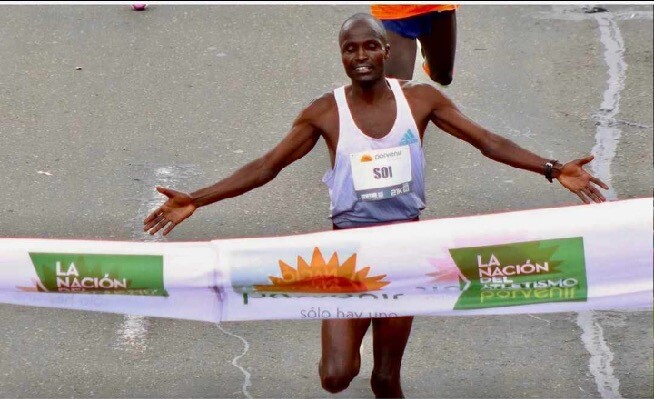
• Molo, Kenya (~2,440m / 8,000 ft) – Operated by Eric Chepkwony, a seasoned distance runner and coach. The terrain features hilly roads and scenic countryside paths that simulate real race conditions.
• Keringet, Kenya (~2,600m / 8,530 ft) – Operated by Sammy Dismas, a world-class runner and proven coach with numerous victories to his name. The camp features a mix of flat and rolling terrain ideal for tempo and progression workouts.
• Kapcherop, Kenya (~2,400m / 7,875 ft) – Operated by Philemon Kipruto, a respected local coach. Athletes benefit from forest trails and undulating village roads perfect for aerobic development.

• Nyandarua, Kenya (~2,300m / 7,550 ft) – Operated by Peter Njoroge, a dedicated coach with strong community roots. The camp includes grassy trails and high-elevation road loops ideal for base building.
Each of these camps blends elite training with mentorship, while also promoting sustainability through the KATA Potatoes project, a unique initiative that connects athletics to local agriculture and economic growth.
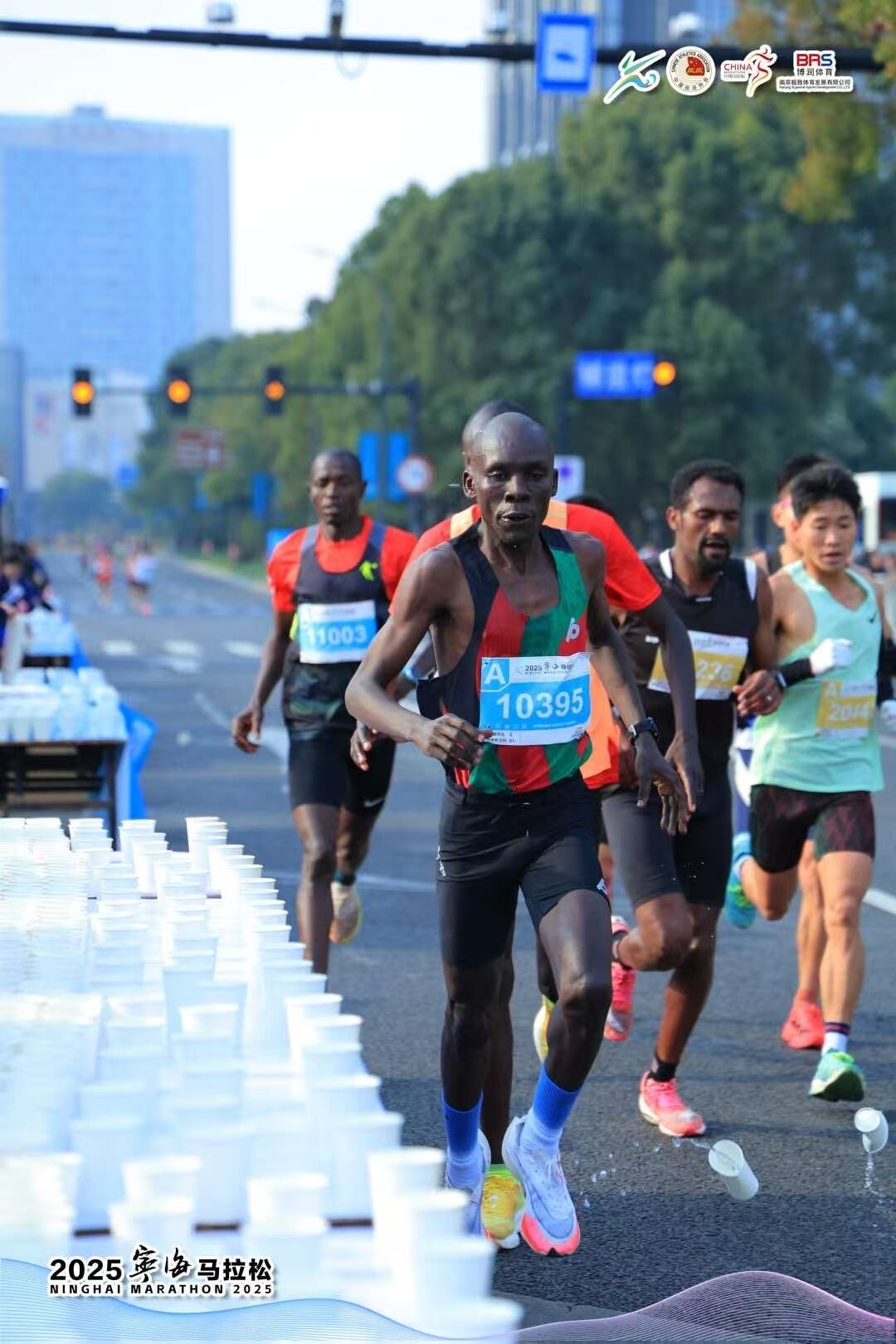
Established KATA Retreats in Kenya and Portugal
KATA’s flagship retreat in Thika, Kenya (~1,530m / 5,020 ft) continues to serve as a high-performance training hub. Managed by Christopher Muiruri, the retreat features a mix of paved loops, dirt roads, and peaceful paths—making it ideal for both elite athletes and visiting guests. KATA head coach John currently trains 20 KATA athletes and works closely with guest runners of all levels.
In 2024, KATA expanded into Europe with a retreat in Monforte da Beira, Portugal (~470m / 1,540 ft). Managed by Alberto Santos, the retreat is located at the historic Anderson Manor, just one hour from the Spanish border. The setting features technical trails, scenic roads, and a wellness-focused environment. Bob Anderson and his wife Catherine now spend about 35% of their time at this location, which serves as a perfect base to teach the Kenyan training philosophy. At least one accredited Kenyan coach is on-site at all times.

A Vision Rooted in Training and Transformation
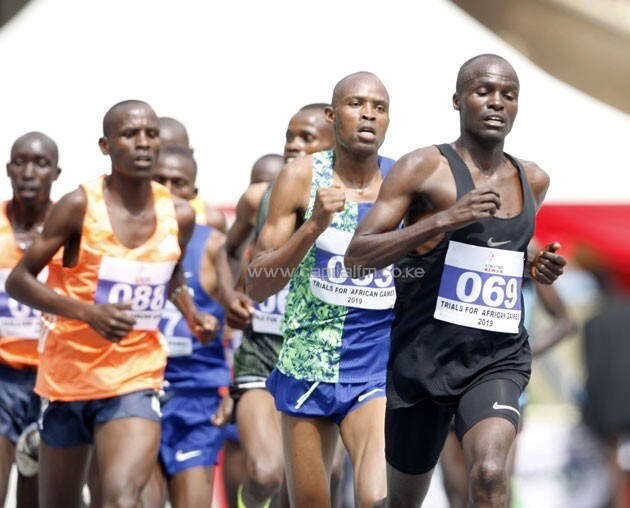
KATA was founded by Bob Anderson, creator of Runner’s World and a lifelong runner—he has been running since February 19, 1962. His vision goes beyond athletic excellence. It’s about building stronger communities through sport and shared purpose.
“This is not just about running fast,” says Anderson. “It’s about building strong roots—on the track, in the field, on the road, and within the community.”
Looking ahead, Anderson adds:

“We’re planning to open another five KATA Running Camps in Kenya by the end of the year. This is a new concept, and the feedback so far has been overwhelmingly positive.”
by Boris Baron
Login to leave a comment
It's a new dawn for kata. Kata is the best training camp to be - Elam wangwero 6/6 8:40 am This idea of KATA started with a dream I shared with Elam back in 2014. - Bob Anderson 6/6 11:26 am |
Four Scenic Routes to Explore in San Francisco Plus: A Unique Race Experience Coming August 3
San Francisco isn’t just a city of hills and cable cars—it’s a runner’s dream. With its unique blend of urban energy, coastal serenity, and panoramic vistas, the City by the Bay offers some of the most scenic running routes in the world. Whether you’re training for a race or simply looking for a refreshing jog, these four routes provide the perfect introduction to San Francisco’s running scene.
1. Golden Gate Park Loop

• Distance: 7 miles
• Terrain: Paved paths and dirt trails
• Highlights: Botanical gardens, Stow Lake, and peaceful groves
Golden Gate Park is San Francisco’s version of Central Park—only longer and filled with even more natural variety. This 7-mile loop guides runners past the Japanese Tea Garden, the Conservatory of Flowers, and around Stow Lake. It’s ideal for tempo runs, long runs, or easy days, offering both paved and soft-surface options with minimal traffic distractions. You’ll find moments of quiet and lush green scenery that make you forget you’re in the middle of a major city.
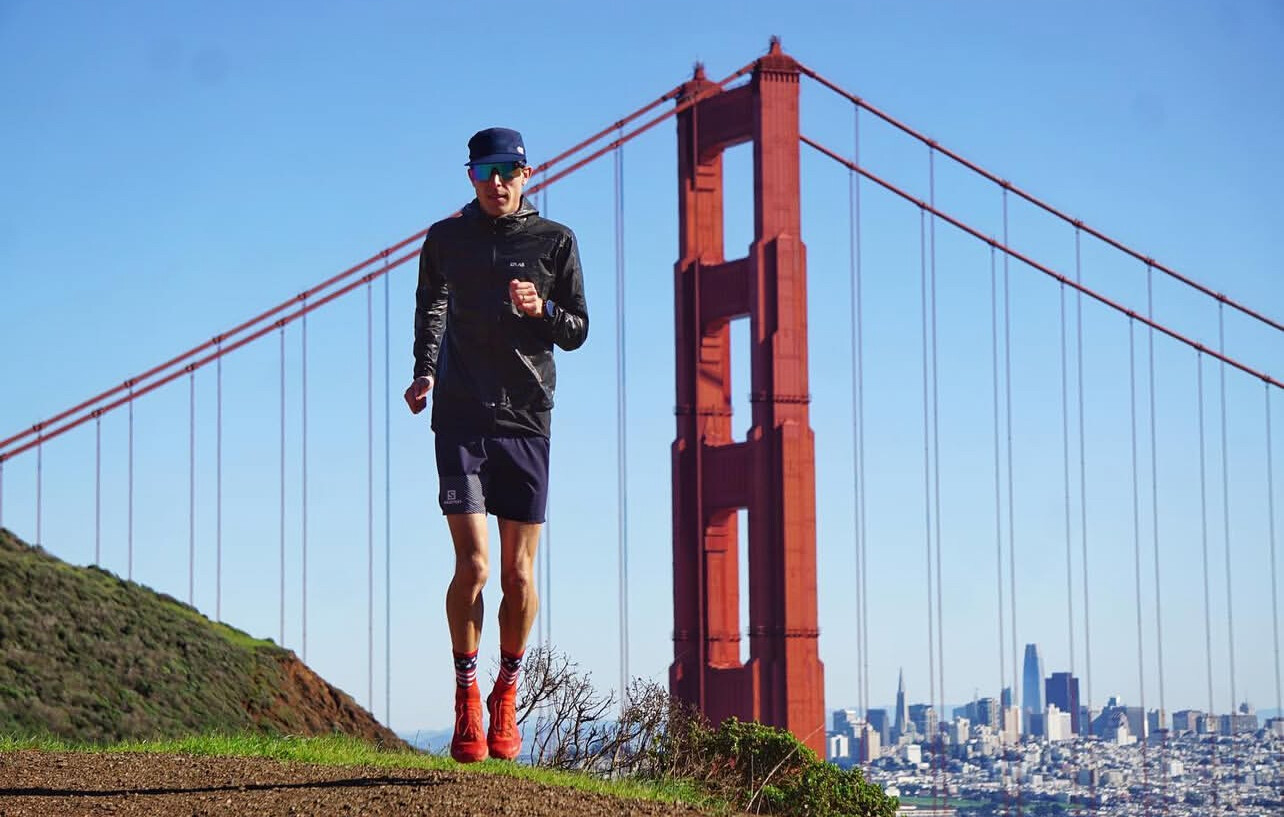
2. Presidio Challenge
• Distance: 4 miles
• Terrain: Hilly with stairs and varied paths
• Highlights: Sweeping views of the Golden Gate Bridge and Bay, forested trails, military history

Looking for a climb and a challenge? The Presidio route rewards effort with unmatched views and tranquil forest trails. Once a military post, this national park is now one of the most scenic places to run in San Francisco. Start near Crissy Field, ascend via the Batteries to Bluffs Trail or the Ecology Trail, and loop back through shaded switchbacks and historic military bunkers. It’s a great test of fitness with picture-perfect moments.
3. Embarcadero Waterfront Run
• Distance: 3–6 miles
• Terrain: Flat, paved promenade
• Highlights: Bay Bridge, Ferry Building, Pier 39, sea lions
This runner-friendly route delivers postcard-worthy views and an easy-to-follow course along the Bay. Begin at Oracle Park or the Ferry Building and head north past piers, ships, shops, and cafés. The Embarcadero is ideal for morning or evening runs, with great lighting, plenty of water stops, and occasional sea lion cameos at Pier 39. It’s also one of the most accessible spots for visitors staying downtown.
4. Lands End Coastal Trail
• Distance: 3–4 miles
• Terrain: Dirt trails and stairs
• Highlights: Cliffside Pacific views, Sutro Baths, Golden Gate Bridge overlook
Lands End feels like a trail runner’s escape—without leaving the city. The route snakes along the cliffs on the city’s northwest edge, offering stunning ocean views, cypress trees, and a glimpse of the iconic Golden Gate Bridge in the distance. While the terrain includes stairs and some narrow paths, the scenery is unforgettable. Make time to stop at the Sutro Baths ruins and the Lands End Labyrinth for a true San Francisco experience.

Looking for a Race? Don’t Miss August 3
If you’re inspired to test your fitness on one of these routes, sign up for one of San Francisco’s most scenic events: the Golden Gate 10K, 5K, and Double 8K, happening on August 3. Held at Crissy Field, these flat and fast courses offer panoramic views of the Golden Gate Bridge and the bay—without ever crossing the bridge itself.
The event also features the Golden Gate Double 8K, a unique two-part challenge: run a 5K, take a short recovery break, then race a 3K. The combined time determines your score, adding a strategic twist that rewards consistency and pacing.
It’s an ideal race for all levels—from competitive racers to weekend warriors—and a memorable way to experience the San Francisco waterfront on foot.
Tips for Running in San Francisco
• Layer Up: Weather can shift quickly. Fog and chilly breezes are common even in summer.
• Mind the Terrain: Hills and stairs are frequent. Don’t underestimate them.
• Stay Hydrated: Water fountains are available in parks and along the Embarcadero.
• Beat the Crowds: Early mornings offer the quietest, most peaceful running conditions.
• Use Public Transit: Many routes are easily accessible via BART, Muni, or bike share.
Whether you’re a local or just visiting, San Francisco delivers a unique mix of urban running and natural beauty. With iconic views, varied terrain, and a welcoming fitness community, the city makes it easy to fall in love with running all over again.
So lace up your shoes, pick a path, and let San Francisco move you.
Would you like me to add clickable registration or map links for the August 3 races?
by Boris Baron
Login to leave a comment
Golden Gate 10k/5k DOUBLE 8K
The Golden Gate courses offers unparalleled views of the Golden Gate Bridge for more than 80% of the way! The course will begin at historic Crissy Field near the Presidio of San Francisco. Runners will enjoy the gorgeous vistas of the Golden Gate National Recreation Area. We are offering three races: Golden Gate 10K and 5K (run/walk) and Golden Gate...
more...Addi Zerrenner’s Second Wind: From Track Star to Trail Warrior
For years, Addi Zerrenner chased speed on the track and roads. As an NCAA standout at Arizona and one of the top U.S. prospects in distance running, she seemed destined for marathon greatness. But after years of pushing, something shifted. The joy dimmed. The pressure mounted. And like many elite athletes, Addi hit a wall — not physically, but mentally.
What came next wasn’t a retreat — it was a reinvention.

Trading Pavement for Peaks
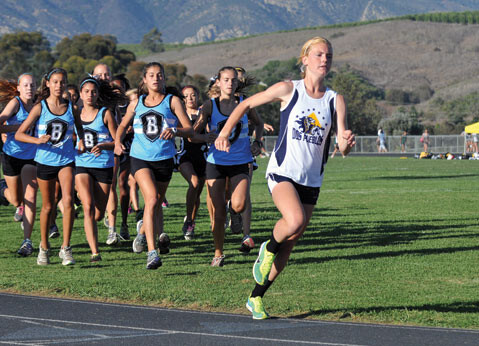
Addi left the regimented world of splits and lap counts behind and found herself drawn to the mountains. There, she discovered something that had been missing: joy.
“It was like breathing again,” she said in a recent interview. “Out there, it wasn’t about pace. It was about movement, freedom, and reconnecting with why I loved running in the first place.”
That shift wasn’t just emotional. Addi began to thrive. She posted strong performances at mountain and trail races across the West, including podium finishes at high-profile events like the Broken Arrow Skyrace and strong showings on technical terrain that would leave most road runners gasping.
From Burnout to Breakthrough
Her story resonates far beyond elite circles. In a sport that too often burns out its best too early, Addi Zerrenner shows what’s possible when an athlete listens to their body — and more importantly, their heart.
Trail running, with its slower pace and wilder spirit, gave her the space to heal and rediscover competition on her own terms. It’s a reminder that success in running isn’t a straight line — and sometimes, leaving the track is the only way to find your lane.
What’s Next for Addi?
With momentum behind her and a growing presence in the trail and ultra world, Addi’s future could include anything from the UTMB series to U.S. Mountain Running Team bids. And with her platform, she’s also becoming a voice for runners navigating transitions — from injury, burnout, or even just life’s next phase.
“I still run hard. I still want to be great. But I’m doing it for me now,” she said. “And that’s more powerful than any PR.”
by Boris Baron
Login to leave a comment
Global Running Day: Uniting the World Through Running
Every year, on the first Wednesday of June, runners across the globe come together to celebrate Global Running Day. It’s more than just a date on the calendar—it’s a worldwide reminder of the joy, resilience, and community that running inspires.
What is Global Running Day?
Global Running Day was created to encourage people of all ages and abilities to embrace running as a way to promote health and wellness. Whether it’s a solo jog through your neighborhood, a group trail run, or a virtual event connecting runners from different countries, this day celebrates the universal language of running.
Why It Matters
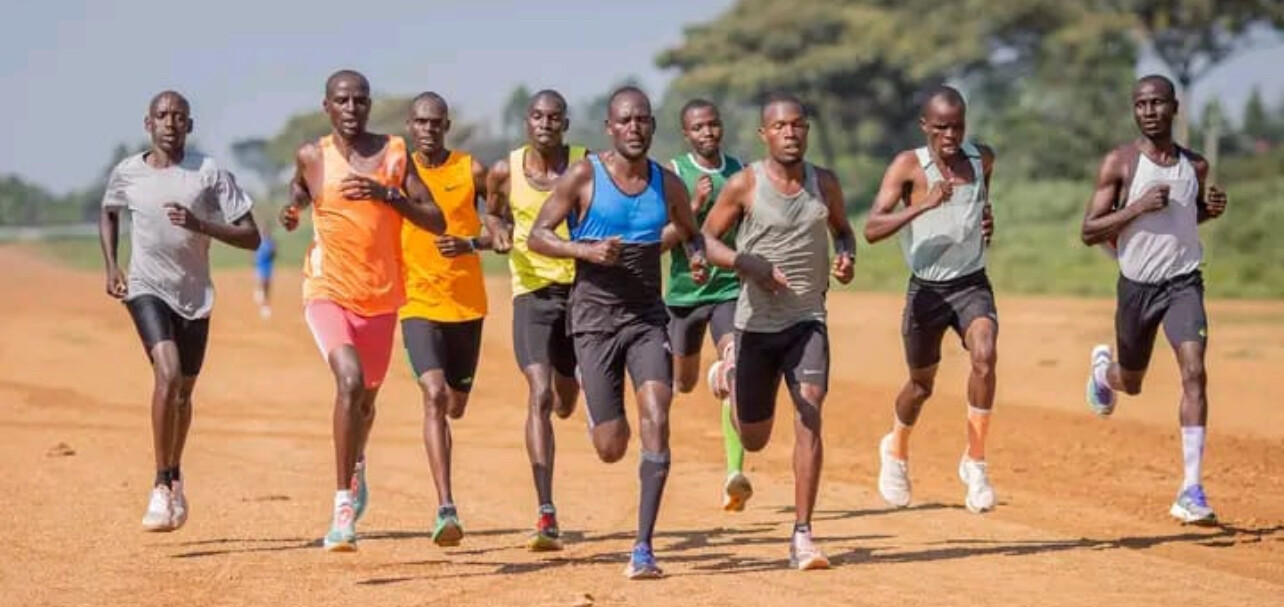
• Running is universal: No matter where you live or your background, running is a simple yet profound way to move your body and clear your mind.
• Community connection: From local running clubs to online communities, Global Running Day brings people together, even when they’re miles apart.
• Personal goals: Whether you’re chasing a PR, returning from an injury, or just lacing up for the first time, this day is for everyone.
Ways to Celebrate
Here are some ideas for how runners can mark the occasion:
• Join a Virtual Event: Many organizations host virtual runs, challenges, and social media campaigns.
• Run with a Friend: Invite someone new to join you for a run—no matter the distance or pace.
• Share Your Story: Post a photo or video of your run with the hashtag #GlobalRunningDay to inspire others.
• Try a New Route: Explore a new trail, park, or neighborhood to make the day memorable.
• Set a Goal: Whether it’s a mile or a marathon, use Global Running Day as motivation to set a running goal for the year.
The Spirit of Global Running Day
This celebration is about more than logging miles. It’s about:
• Fostering inclusivity in the running community.
• Spreading joy and positivity through movement.
• Reminding ourselves why we started running in the first place.
Join the Celebration
This year, Global Running Day falls on June 4, 2025. Wherever you are, take a moment to move, connect, and celebrate the running community. Whether you’re logging a few miles before sunrise, taking a lunch break jog, or joining an evening group run, you’re part of a global movement that brings people together.
Final Thought
Running isn’t just about fitness—it’s about connection, resilience, and joy. So this Global Running Day, celebrate the miles you’ve covered, the friendships you’ve formed, and the goals you’ve yet to achieve.
by Boris Baron
Login to leave a comment
Running with the Elements: How Weather Shapes Race Day Strategies
When runners line up at the start of a race, one factor looms beyond their control: the weather. Whether it’s searing heat, bone-chilling winds, or relentless rain, Mother Nature can dictate the day. While unpredictable conditions may challenge even the most prepared, experienced runners know how to adapt and rise to the occasion.

Beating the Heat
High temperatures and humidity increase core body temperature and elevate the risk of dehydration and heat exhaustion. Elite marathoners, such as those at the 2024 Paris Olympics, rely on time-tested strategies:
• Hydration: They increase fluid intake days ahead of the race and often include electrolyte-rich drinks to replenish essential salts lost through sweat.
• Smart Pacing: In hot conditions, seasoned runners adjust their goal pace slightly to conserve energy for the later miles.
• Cooling Techniques: Icy towels, sponges, and misting stations are race-day essentials to keep core temperatures in check.
Racing Through the Rain
Rain presents unique challenges, from slippery surfaces to soaked gear, but many runners find it invigorating:
• Proper Gear: Lightweight, waterproof layers and moisture-wicking fabrics help maintain comfort.
• Footwear Choice: Shoes with excellent grip reduce the risk of slipping, and some runners even opt for trail shoes for added traction on wet roads.
• Positive Mindset: Embracing the rain can shift perspective. As one runner shared, “Once you’re wet, you’re free.”
Tackling Cold and Wind
Freezing temperatures and strong winds, especially in winter races, require careful preparation:
• Layering: A base layer, an insulating layer, and a windproof outer shell provide warmth while allowing moisture to escape.
• Wind Strategies: Drafting behind other runners helps reduce wind resistance in open areas.
• Warm-Ups Matter: Spending extra time warming up ensures muscles are ready to perform in the cold.
Iconic Weather Moments in Running
Weather has shaped some of the sport’s most memorable moments. The 2018 Boston Marathon, with its freezing rain and fierce headwinds, led to dramatic upsets and incredible perseverance. In contrast, the 2023 Berlin Marathon enjoyed near-perfect conditions that contributed to record-breaking performances.
Key Takeaways for All Runners
Weather isn’t something to fear—it’s something to prepare for. Whether it’s adjusting pace, selecting the right gear, or adopting a resilient mindset, experienced runners know how to adapt. As seasoned marathoner Bob Anderson puts it, “The weather might not be ideal, but with the right plan, you can still have your best run.”
Race Day Weather Tips
✅ Check the forecast early and plan gear and nutrition accordingly.
✅ Adjust your expectations—work with the weather, not against it.
✅ Practice in similar conditions to build confidence and adaptability.
✅ Stay mentally strong—embrace the challenge and focus on the finish line.
by Boris Baron
Login to leave a comment
The Power of Hills: How Incline Training Builds Strength and Speed
If you’ve ever struggled through a hilly race or felt your legs burn on a steep climb, you know hills can be your toughest opponent—or your greatest ally. Kenyan runners, renowned for their dominance in distance running, have long embraced slope training, turning the natural landscapes of the Kenyan highlands into their personal training grounds.
Why Train on Hills?
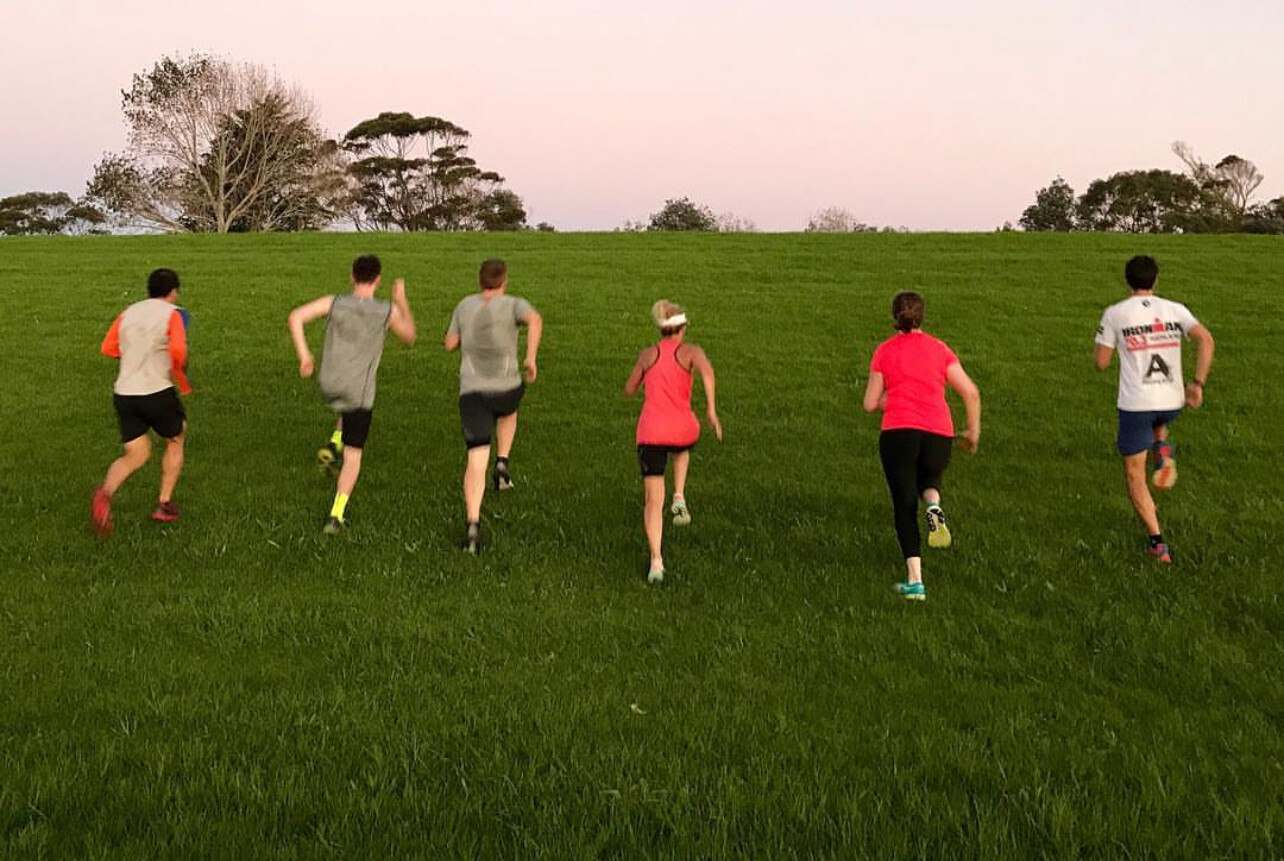
Hill running isn’t just a test of strength—it’s a proven method for improving:
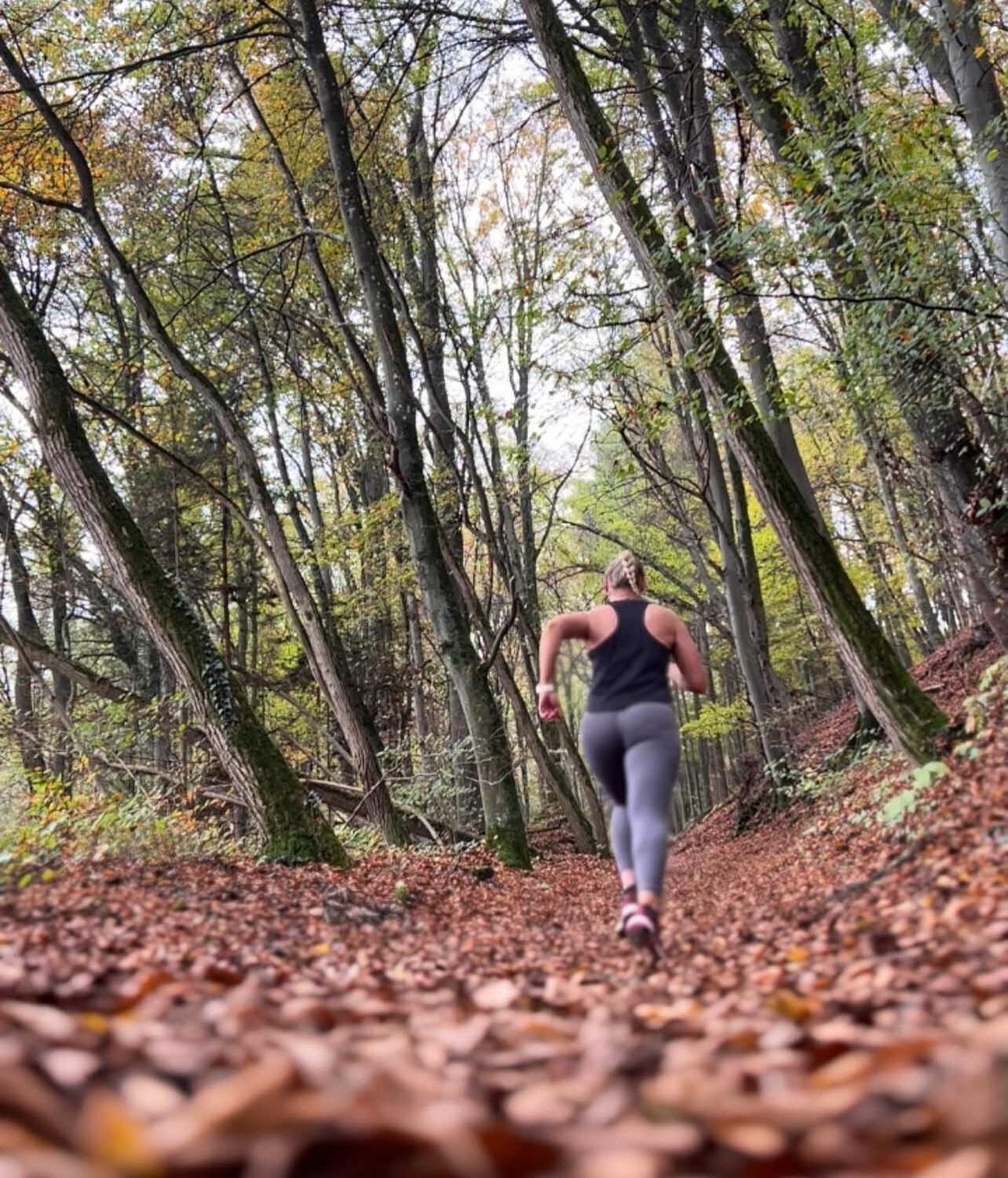
• Muscle Power: Climbing uphill engages more muscle fibers, particularly in the glutes, hamstrings, and calves, building strength and resilience.
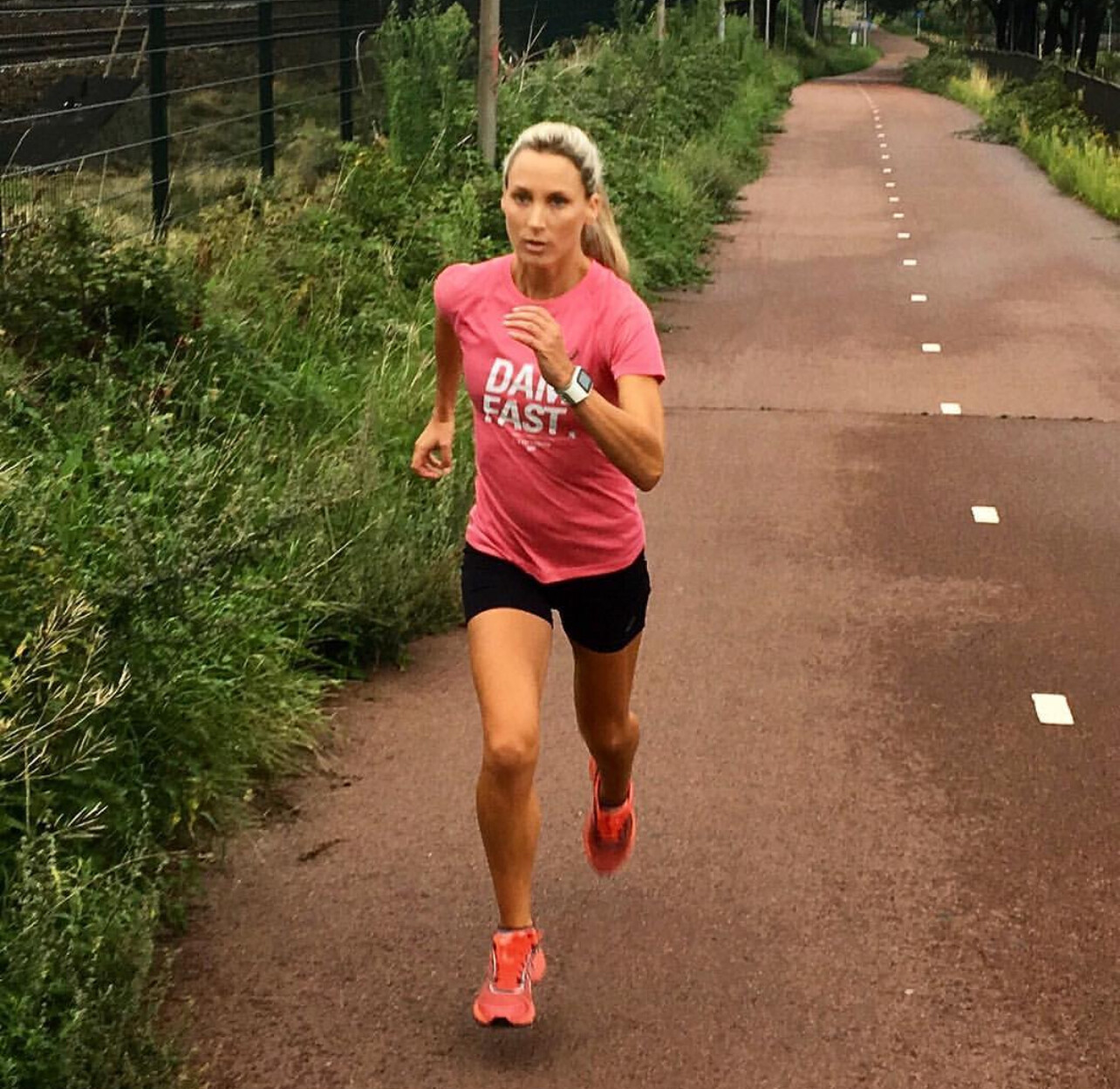
• Cardiovascular Fitness: The extra effort pushes your heart and lungs, improving aerobic capacity.
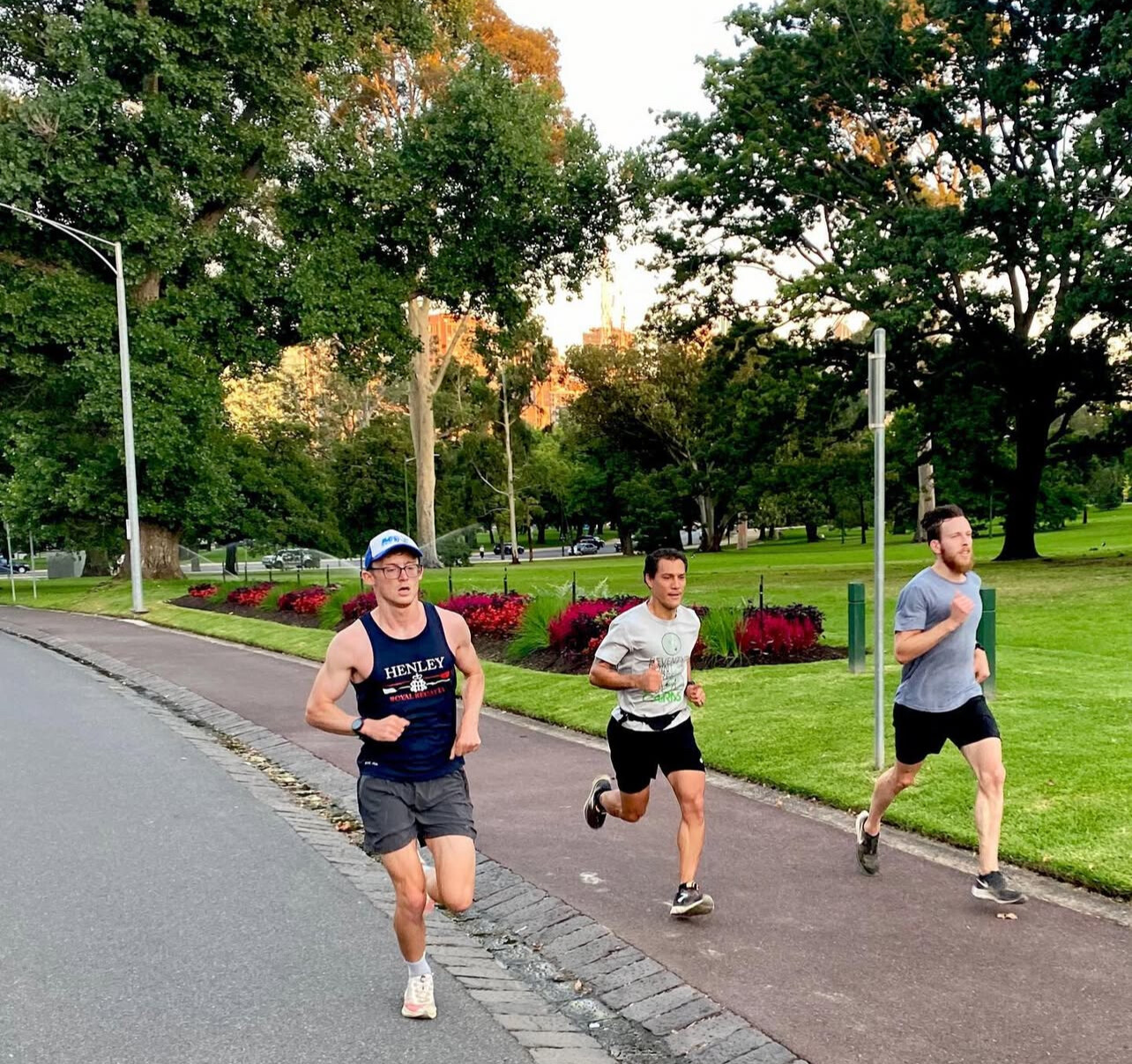
• Running Efficiency: Hills train your body to use energy more efficiently, crucial for conserving strength during long races.
• Mental Toughness: Conquering steep slopes conditions your mind to handle race-day challenges with confidence.
Slope Training in Kenya: The Secret Weapon
In Kenya, slope training isn’t an occasional workout—it’s a cornerstone of success. Many Kenyan camps, including those in Eldoret, Thika and Kapcherop, incorporate:
✅ Short, steep hill repeats for explosive power.
✅ Longer, moderate inclines for sustained strength and stamina.
✅ Natural slopes, like farm paths and ridges, which combine technical footing with challenging elevation gains.
At KATA Running Camp Kapcherop, for example, athletes train on slopes weekly. Led by Philemon Kipruto, these sessions mimic race surges and build mental resilience, a key factor in competitive racing.
Hill Workouts to Boost Your Running
Ready to take on the hills? Try these Kenyan-inspired sessions:
1️⃣ Short Hill Repeats (8–12 reps)
• Sprint hard for 30–60 seconds uphill.
• Jog or walk back to recover.
2️⃣ Long Incline Runs (3–5 reps)
• Maintain a strong, steady effort for 2–4 minutes uphill.
• Jog or walk back down.
3️⃣ Mixed Hill Fartlek (40 min total)
• Alternate between hard efforts uphill and easy runs on flat terrain, simulating race conditions with varied pacing.
Where to Train
While Kenya boasts an abundance of natural hills, you can replicate the experience anywhere:
• Urban parks with paved or dirt trails.
• Long inclines in city neighborhoods.
• Mountain trails and high-altitude paths.
• Treadmills with incline settings if no hills are nearby.
Make Hills Your Training Partner
Hill training isn’t just for elites—it’s a universal tool that builds strength, endurance, and mental grit. By incorporating slope work into your routine, you’ll not only run stronger on race day but also connect with the time-tested methods of Kenya’s greatest runners.
Next time you see a hill, don’t avoid it—embrace it. It might just be your key to a new personal best.
by Boris Baron
Login to leave a comment
The Value of Speed Work for All Runners
Speed work isn’t just for elite athletes or sprinters chasing records. It’s a transformative training element that benefits runners across all levels and distances. Whether you’re aiming for a personal best or seeking to enhance your overall fitness, incorporating speed workouts can elevate your running experience.
Why Incorporate Speed Work?
• Enhanced Running Economy: Engaging in speed workouts trains your body to utilize oxygen more efficiently, allowing you to maintain faster paces with less effort.
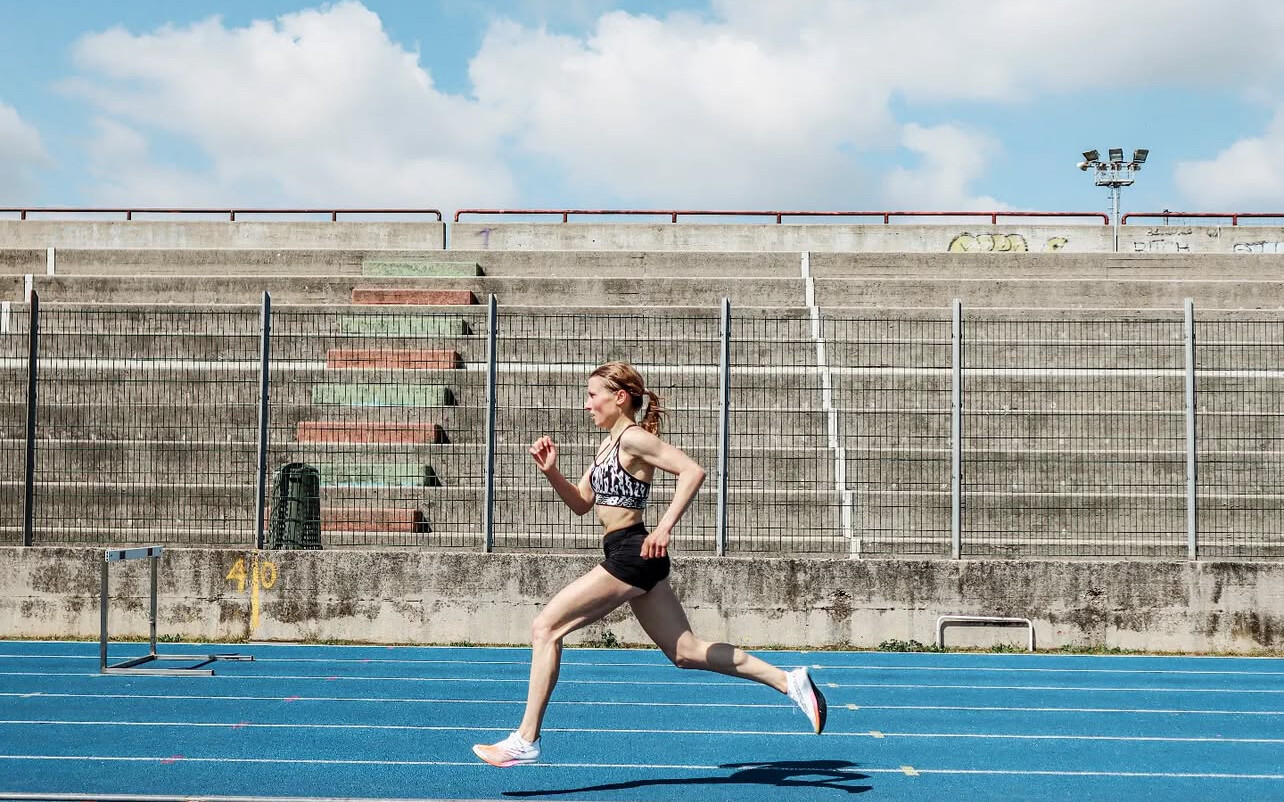
• Increased Muscular Strength and Power: Short, intense efforts recruit fast-twitch muscle fibers, building strength and resilience that benefit all running distances.
• Improved Mental Toughness: Pushing through the discomfort of speed sessions builds mental fortitude, preparing you to tackle challenging segments during races.
• Injury Prevention: Speed training promotes a fuller range of motion and strengthens connective tissues, reducing the risk of common running injuries.
Dispelling Common Myths
• “Speed Work Is Only for Fast Runners”: Speed workouts are scalable. Whether you’re running 6-minute miles or 12-minute miles, the key is relative effort. Your body responds to the challenge, not the pace.
• “Speed Work Increases Injury Risk”: When integrated thoughtfully, speed training can actually fortify your body against injuries by enhancing muscular balance and joint stability.
Incorporating Speed Work into Your Routine
• Start with Strides: Introduce 4–6 strides of 20–30 seconds at a faster pace post easy runs to accustom your body to quicker turnover.
• Implement Interval Training: Alternate between periods of high-intensity running and recovery. For example, 4 x 400 meters at a challenging pace with 2-minute jogs in between.
• Explore Fartlek Runs: Blend speed and endurance by varying your pace throughout a run, such as sprinting between landmarks followed by easy running.
• Hill Repeats: Incorporate short, uphill sprints to build strength and improve running form.
Sample Beginner Speed Workout
• Warm-Up: 10-minute easy jog
• Drills: 5 minutes of dynamic stretches (e.g., leg swings, high knees)
• Main Set: 4 x 400 meters at a challenging but sustainable pace, with 2-minute recovery jogs between each
• Cool Down: 10-minute easy jog followed by static stretching
Incorporate such sessions once a week, ensuring adequate recovery and listening to your body’s signals.
Visual Enhancements
To complement the article, consider including the following images:
1. Hill Sprint in Action: An athlete powering up a hill, exemplifying strength and determination.
2. Track Interval Training: Runners engaged in interval workouts on a track, showcasing form and focus.
3. Dynamic Strides: A runner performing strides on a trail, highlighting speed and agility.
Incorporating speed work into your training regimen can unlock new levels of performance and enjoyment in your running journey. Embrace the challenge, and experience the transformative benefits firsthand.
by Boris Baron
Login to leave a comment
Why Dill Pickles and Pickle Juice Are a Secret Weapon for Runners
When ultrarunning star Camille Herron clinched victory at the Ice Age Trail 50 earlier this May, she credited an unlikely trio for her late-race revival: an ice pitcher, a cold beer—and pickle juice.
Around mile 40 of the 50-mile race, heat and humidity hit hard, forcing Herron to take a break. But with a sodium boost from pickle juice, she was back on her feet and flying to the win. “I needed more sodium, so I learned a new trick with the pickle juice. I got going again and felt much better,” she shared on social media.
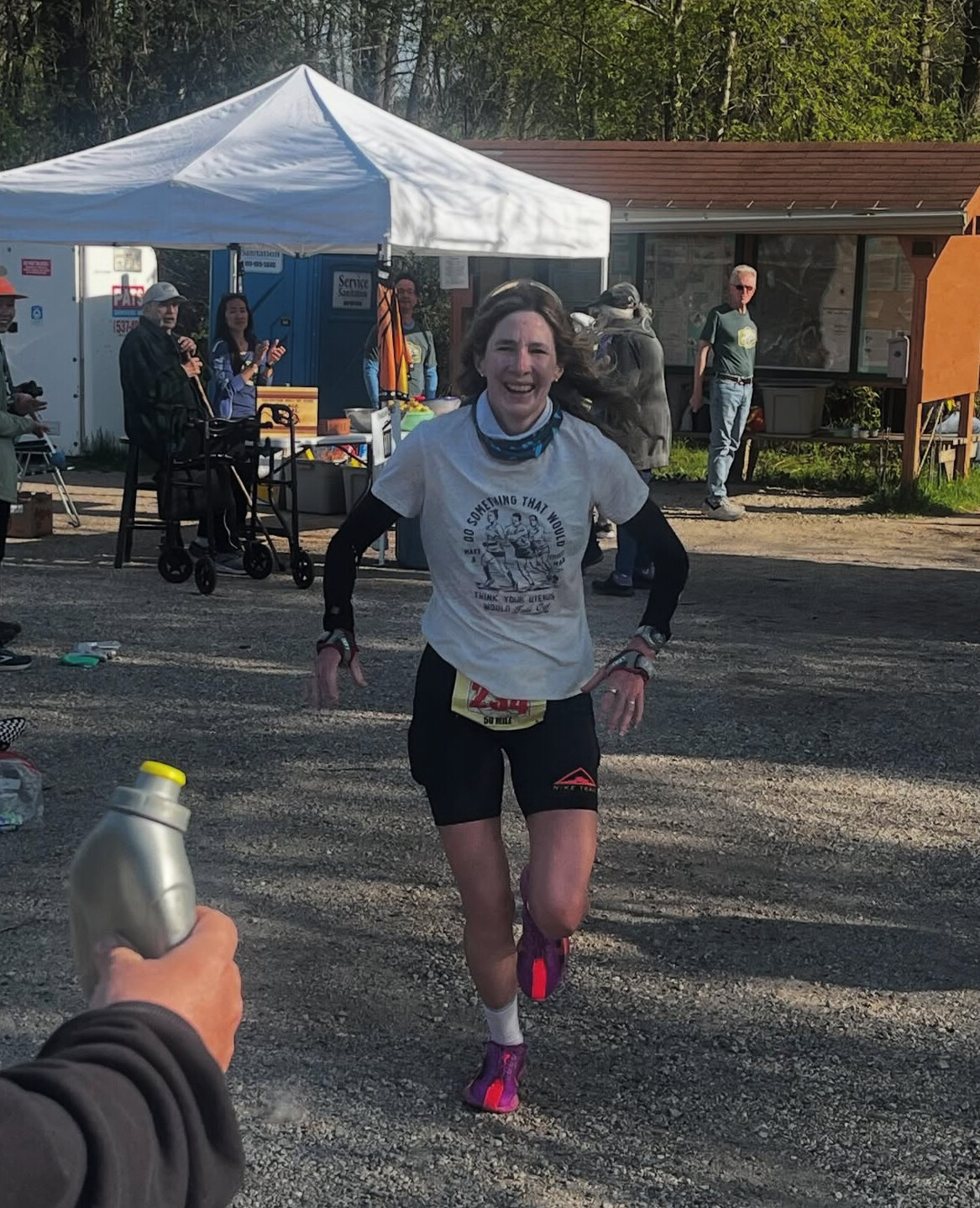
Herron isn’t alone. Many endurance runners are discovering the benefits of dill pickles and their salty brine. But why does it work?
What Makes Pickle Juice Effective?
1. Sodium Replenishment
When you sweat, your body loses vital electrolytes—especially sodium. Pickle juice is packed with it. One shot can contain up to 500–1000 mg of sodium, helping to restore electrolyte balance quickly.
2. Cramp Relief
Multiple studies suggest that pickle juice can stop cramps within minutes. The theory is that the acidic and salty solution triggers a reflex in the mouth and throat that interrupts cramping signals from the nervous system. It’s not just hydration—it’s neuromuscular magic.
3. Quick Absorption
Unlike sugary sports drinks, pickle juice doesn’t require digestion to be effective. It’s absorbed almost immediately, delivering rapid results during a race.
4. Gut-Friendly for Some
While not for everyone, many runners find that pickle juice is easier on their stomach than processed gels or sweet drinks during ultra events.
Why Dill Pickles?
It’s not just the juice—eating actual dill pickles provides a crunch of salt and hydration in solid form. The vinegar in dill pickles may also aid in reducing blood sugar spikes and promoting a steady energy level, especially in the latter stages of a long race.
Pickles in Daily Practice

Lifetime runner Bob Anderson, founder of My Best Runs, discovered dill pickles and pickle juice several years ago—and never looked back. “I love the taste and it just seems to work in so many different ways,” says Anderson, who eats and drinks from a big jar almost every day.
Pickles have become a staple at aid stations in trail and ultra races. From pickle popsicles to pickleback shots (yes, even paired with beer), the humble cucumber in brine has earned its place in the runner’s toolkit.
As Camille Herron proved, even champions lean on the classics. Whether you’re training for your first ultra or just need a leg up during your next 10K, a little pickle power might be exactly what you need.
by Boris Baron
Login to leave a comment
I am a pickle and pickle juice nut. Really helps keep me running I think. - Bob Anderson 5/23 3:56 pm |
Why Zegama Remains the Most Revered Mountain Marathon
Zegama-Aizkorri 2025: The Mountain Marathon That Defines Grit and Glory
ZEGAMA, SPAIN — On Sunday, May 25, 2025, the world’s most electrifying trail marathon returns to the rugged peaks of the Basque Country. The Zegama-Aizkorri Mountain Marathon, now in its 24th edition, is more than a race—it’s a rite of passage for mountain runners.
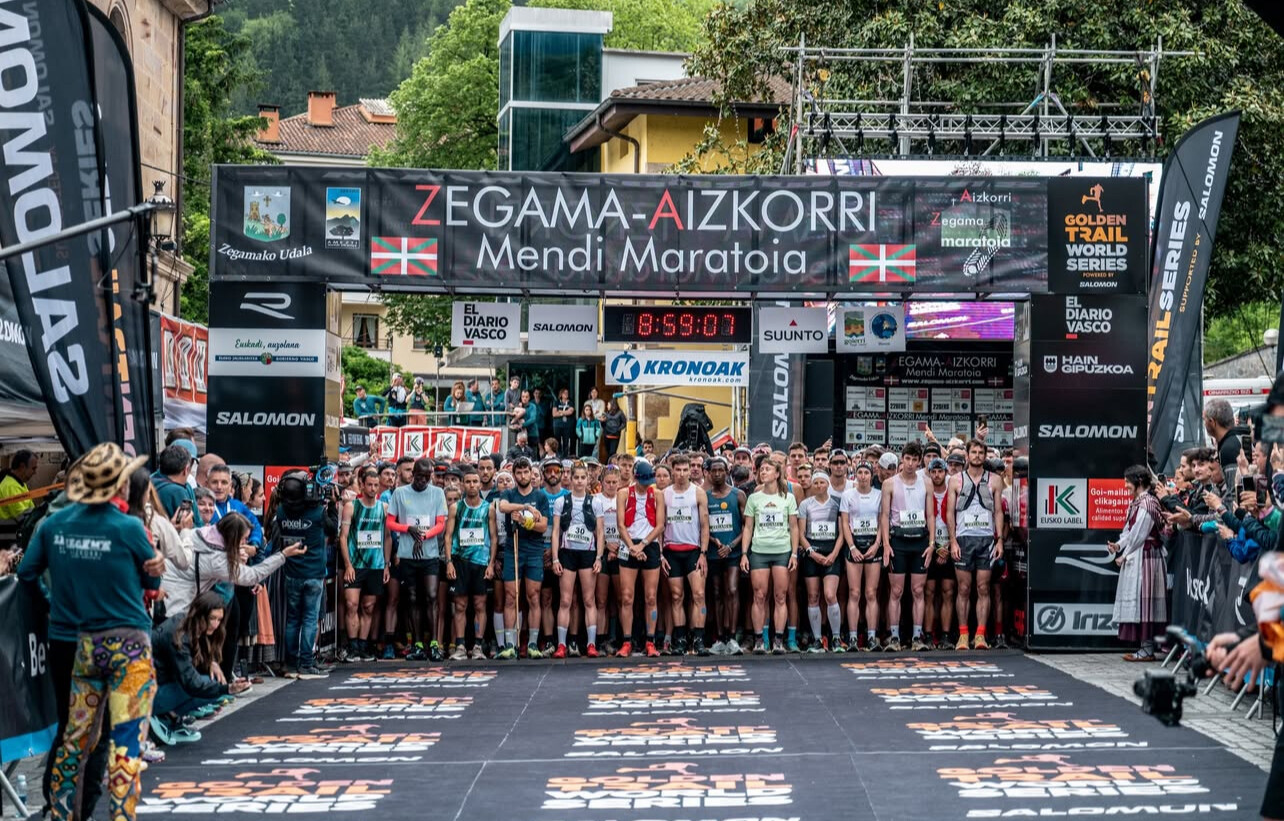
Each year, hundreds of elite and amateur athletes are drawn to the small village of Zegama to test themselves on a course that is as breathtaking as it is brutal. With 42.195 kilometers (26.2 miles) of steep, technical terrain and 2,736 meters (8,976 feet) of vertical gain, the challenge is legendary.
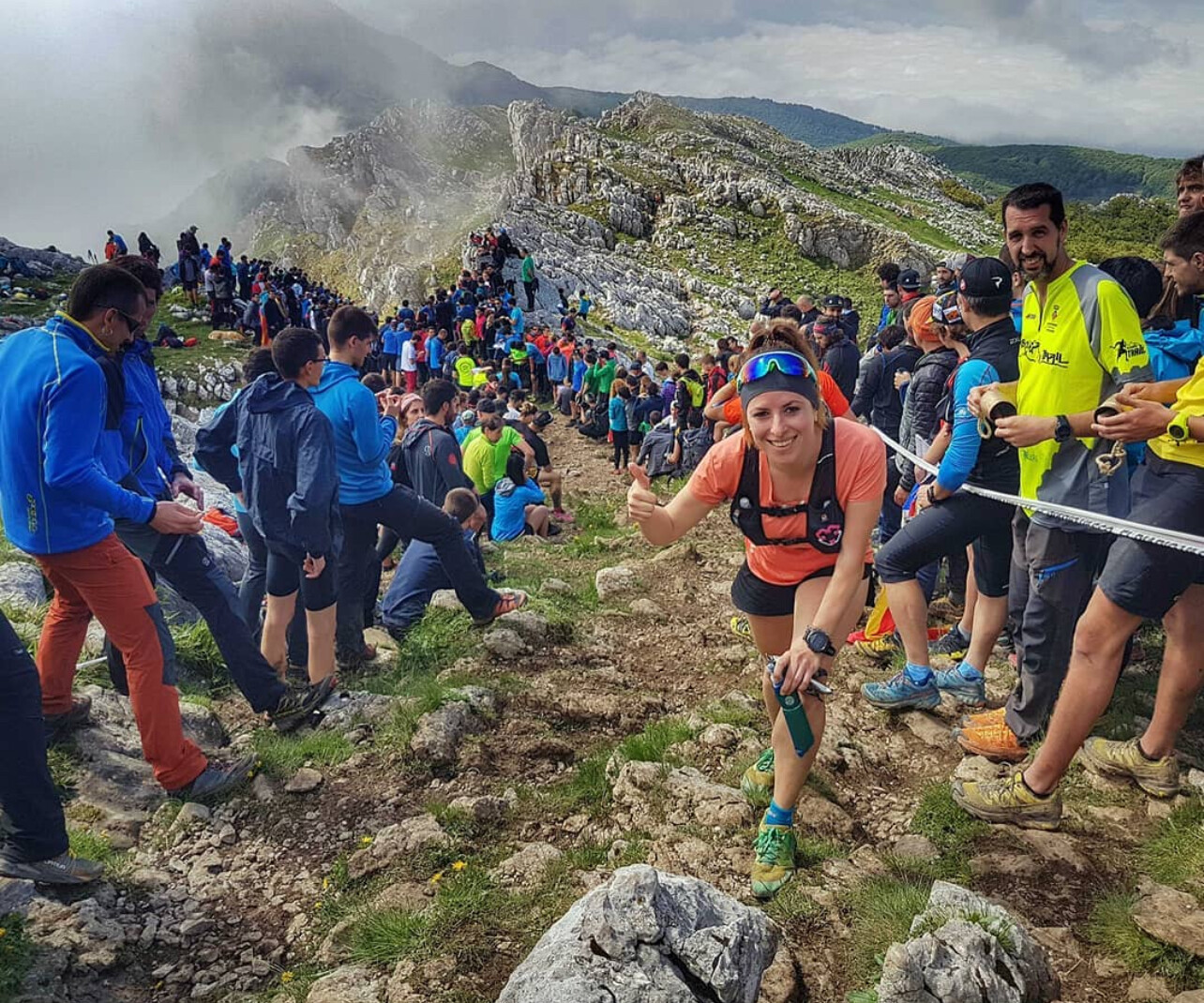
A Look Back at 2024: Jornet and Nordskar Shine
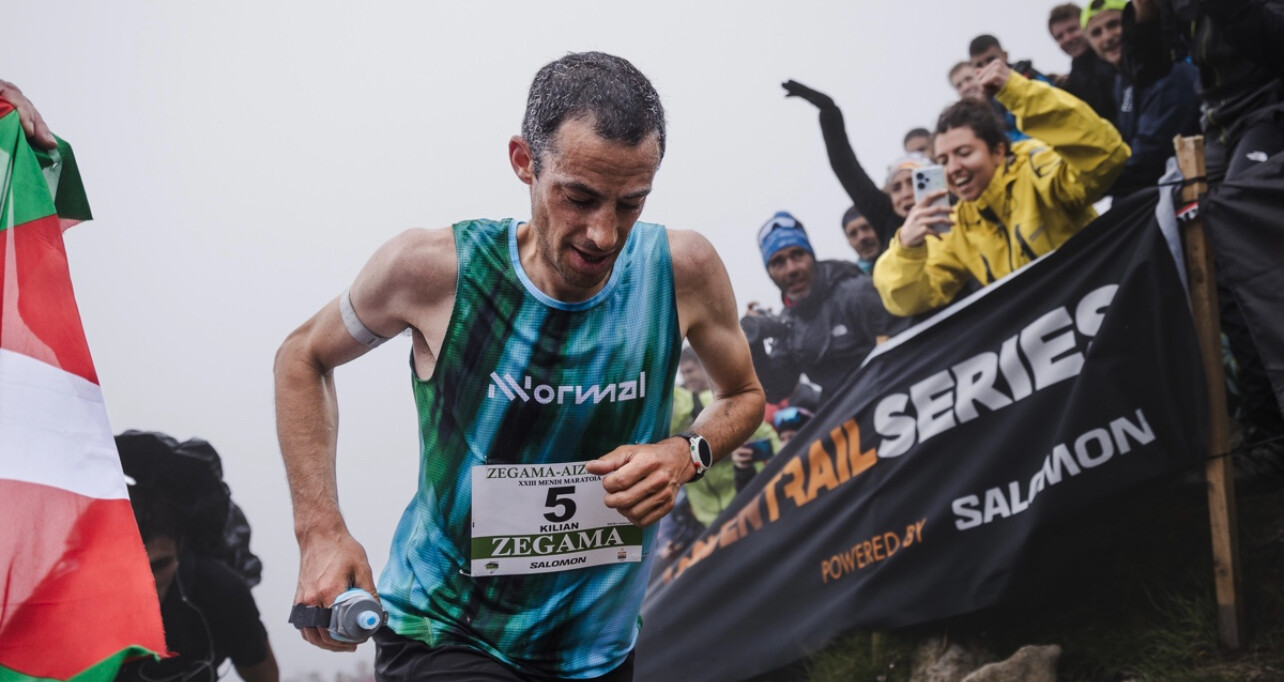
In 2024, trail running legend Kilian Jornet claimed his 11th Zegama title, completing the course in 3:38:07, the second-fastest time in the race’s history. The Spaniard’s unmatched mastery of this terrain—where weather, altitude, and technicality collide—continues to amaze.
On the women’s side, Norway’s Sylvia Nordskar delivered a breakthrough performance, winning in 4:29:12. Her victory came after years of chasing a podium finish, cementing her place among the world’s best mountain runners.
What Makes Zegama So Unique?

Zegama's course runs through the Aizkorri-Aratz Natural Park, an untouched alpine landscape of jagged ridges, mossy forests, and sweeping vistas. But it’s not just the scenery that defines Zegama—it’s the intensity of the terrain:
• Brutal Climbs: Runners face punishing ascents like Sancti Spiritu, where fans line both sides of the narrow path, turning the mountain into a human tunnel of noise and encouragement.
• Technical Descents: Slippery rock faces and steep downhills test a runner’s balance and nerve, often under unpredictable weather that can shift from fog to freezing rain in minutes.
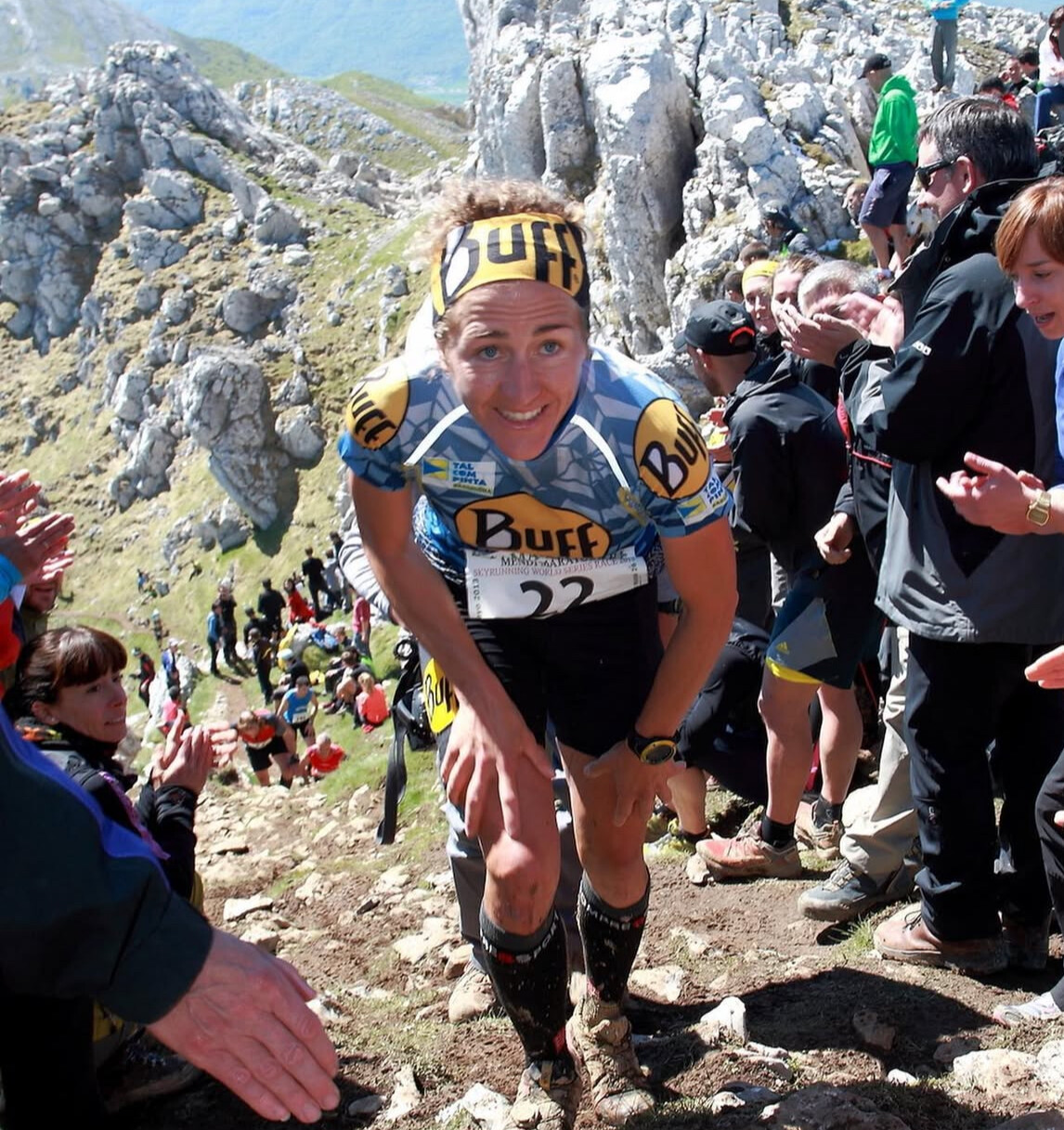
• Unmatched Atmosphere: Thousands of passionate Basque fans hike deep into the mountains to cheer with cowbells, flags, and chants. It’s been compared to the Tour de France on foot.
In Zegama, you’re not just running against the clock—you’re running with the crowd, through weather, over stone, and into history.
2025 Expectations
With another stacked field expected for 2025, the stage is set for drama. Can Jornet make it 12 wins? Will Nordskar defend her title? Or will a new name rise through the mist?
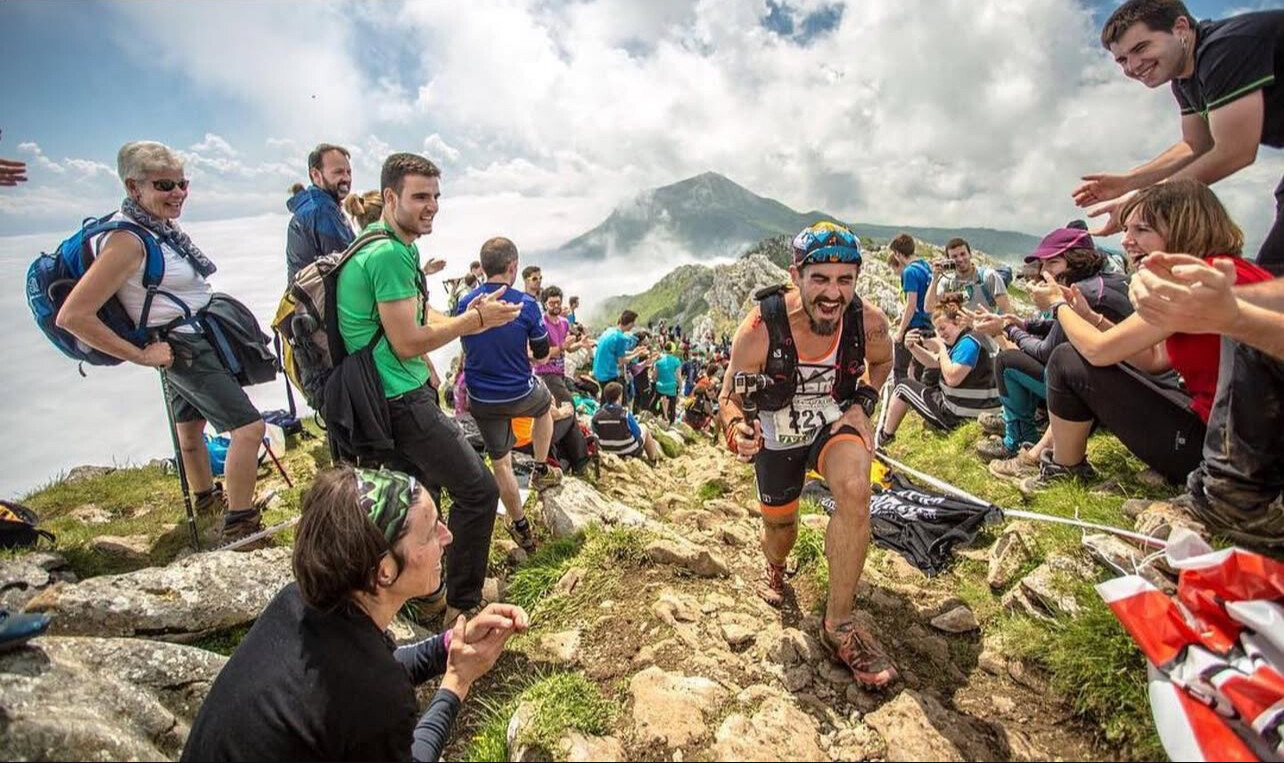
One thing is certain: Zegama es Zegama. No other race captures the raw essence of mountain running like this one.
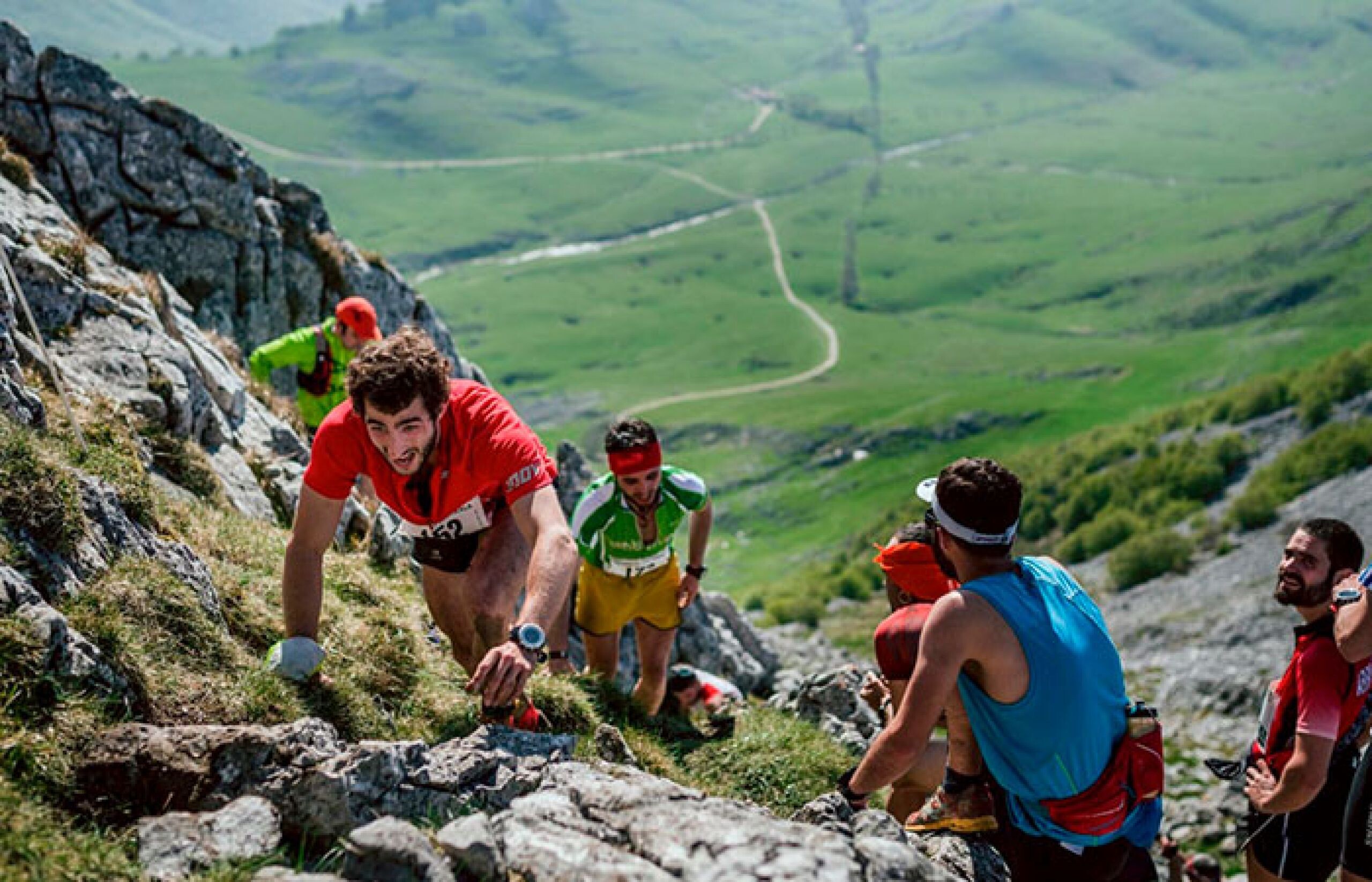
by Boris Baron
Login to leave a comment
Angela Tortorice’s 1,000 Marathons and a Guinness Record — But Do the Numbers Add Up?
Angela Tortorice, a Dallas-based runner and full-time accountant, has received widespread praise on social media and in the running community for her astonishing endurance achievements. According to Guinness World Records, she holds the title for the most race marathons run in a single year by a woman: an incredible 129 marathons completed between September 1, 2012, and August 31, 2013. Nearly a decade later, she was celebrated again for completing her 1,000th marathon at the Irving Marathon in Texas on April 2, 2022, reportedly making her the first American woman to reach that milestone.
These accomplishments are inspiring — but they also raise serious questions.
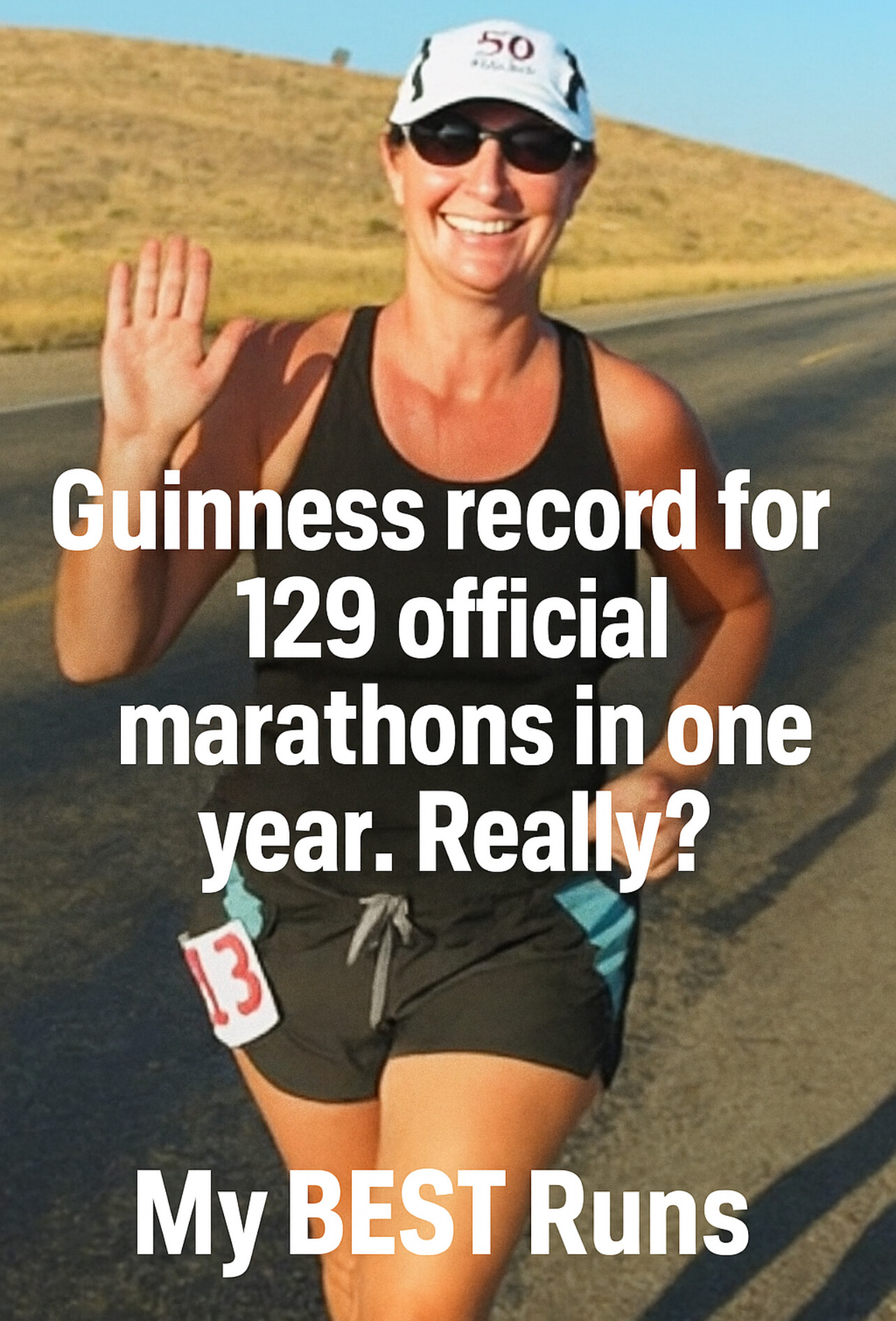
The Math Behind the Record
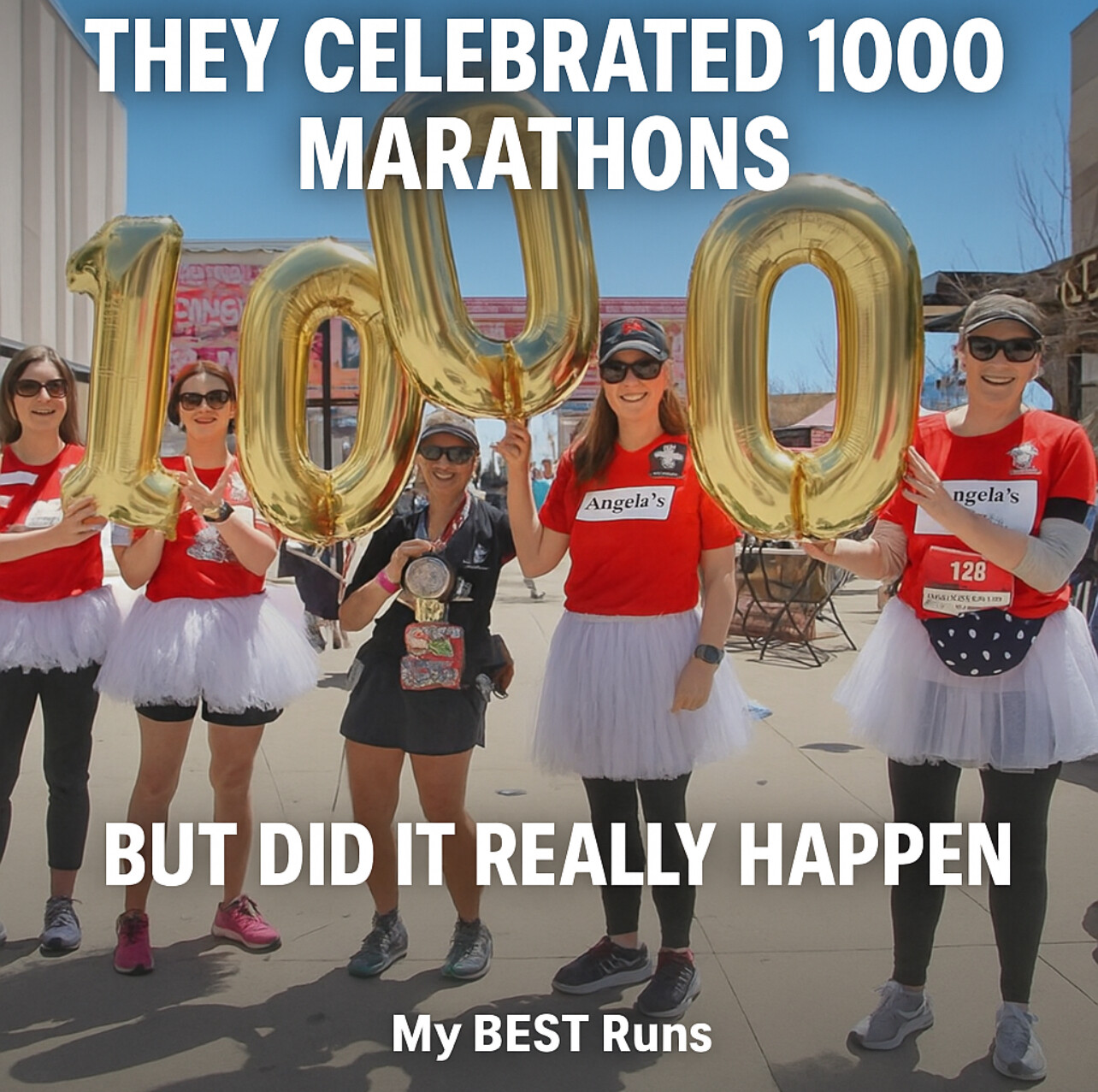
Completing 129 marathons in 365 days averages to one marathon every 2.8 days. Since most official marathons take place on Saturday or Sunday mornings, a runner could theoretically participate in two marathons per weekend — totaling 104 races per year if no weekends were lookmissed. To reach 129 official marathons, one would need to find an additional 25 races held on weekdays, which is highly unlikely, especially in the U.S. where weekday marathons are rare.
Moreover, Angela reportedly maintained a full-time accounting job throughout this year, making the travel, recovery, and logistics of such a schedule even more challenging.
So how was this record verified?
Guinness Confirmation Process
According to Guinness World Records, all record attempts must be supported with documentation, including:
• Official race results
• Event certifications
• Witness statements
• Media coverage
While Guinness confirmed Tortorice’s record, the details of how each marathon was documented and what criteria defined a “race marathon” have not been made public. Many in the running community are left to wonder: Were all 129 races USATF- or IAAF-certified events? Or did some involve multi-loop courses, self-organized races, or training runs that happened to reach 26.2 miles?
If the latter, should they count toward an “official” marathon record?
The 1,000 Marathon Milestone
Tortorice ran her first marathon in November 1997 at the San Antonio Marathon. Reaching 1,000 marathons by April 2022 spans approximately 24.4 years. To accomplish this, she would have had to average more than 41 marathons per year for nearly two and a half decades — while working full time and recovering from each race.

Even with her 129-marathon year included, the pace remains difficult to reconcile with the typical calendar of official events. A search on marathonview.net, a site that tracks certified marathon results, lists only 313 races under her name — far short of 1,000. That gap again raises concerns about how these totals are being calculated and what types of events are being counted.
Ultrarunning Records Raise More Questions
Further complicating the narrative is data from UltraRunning Magazine, which tracks ultramarathon performances across the U.S. According to their published records, Tortorice competed in:
• 6 ultramarathons in 2012, totaling 182 miles
• 5 ultramarathons in 2013, totaling 152 miles
These included timed events like Run Like the Wind (26.7 miles in 6 hours) and longer efforts such as the Sunmart Texas Trails 50K and the Nashville Ultra. Running multiple ultramarathons during the same period she allegedly completed 129 marathons suggests an even greater load on the body — further straining plausibility.
To perform at this level, she would have needed to recover within 24–48 hours, every single week, for a full year, without serious injury. That level of resilience is virtually unheard of in the sport.
A Matter of Integrity
This story began as a celebration of one woman’s determination and consistency. Angela Tortorice clearly has passion and commitment to the sport, and there’s no question she’s run more marathons than most runners will ever attempt.

But when numbers like “129 official marathons in one year” or “1,000 official marathons in a career” are published and shared without full transparency, it matters. The integrity of marathon records — and the accomplishments of every runner who pushes through 26.2 miles — depends on clear, consistent standards.
If some of these marathons were self-supported runs or informal events, they are still worthy efforts — but should be categorized appropriately.
800 Marathons by 2019 — Then 200 More in 30 Months?
Another milestone adds complexity to the story. On October 5, 2019, Angela Tortorice celebrated her 800th marathon, as shown in a Facebook post and commemorative photo holding a cake at the finish line. That celebration is just 2 years and 6 months before her 1,000th marathon, reportedly completed at the Irving Marathon on April 2, 2022.
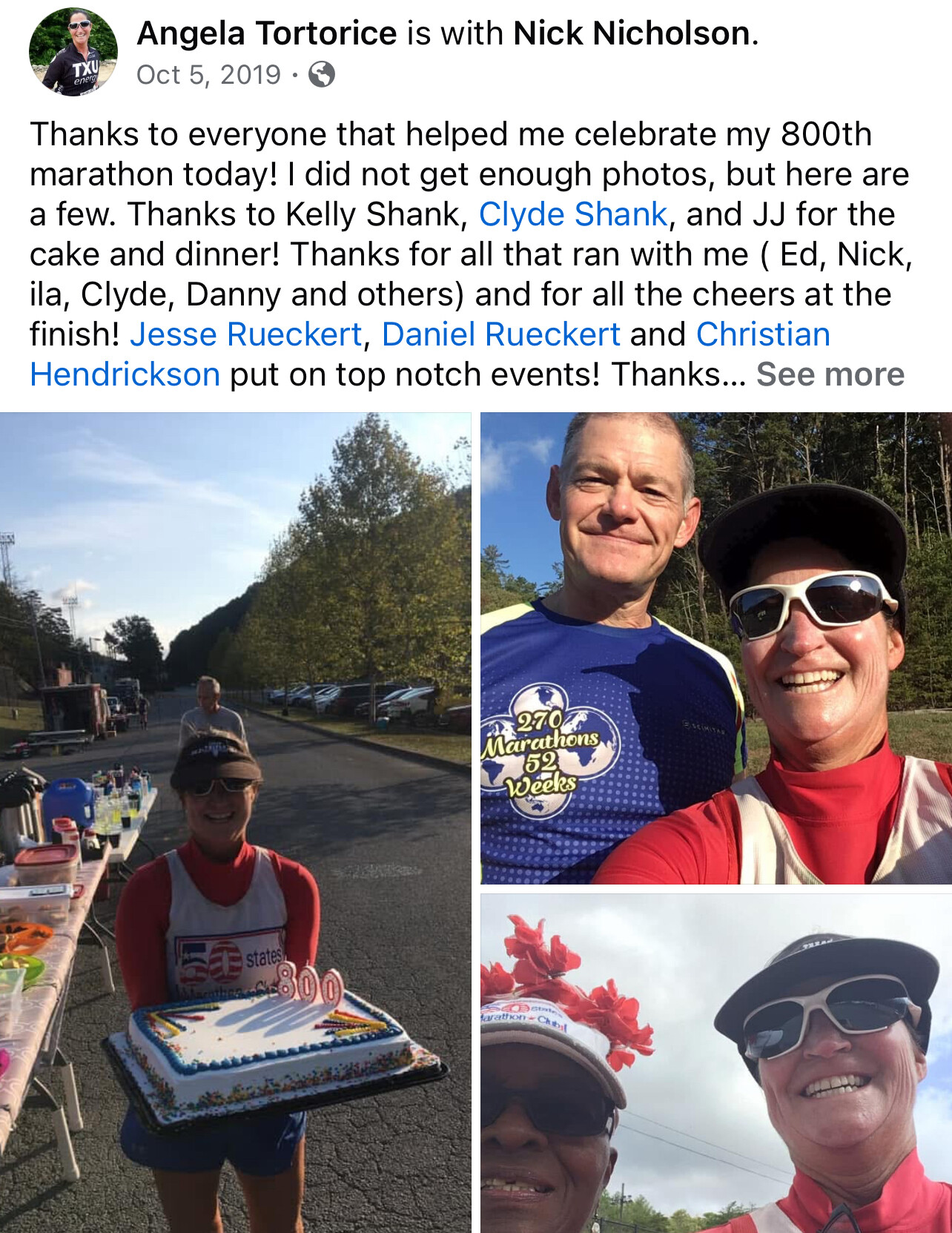
That means she would have completed 200 marathons in just 30 months, averaging over 6.5 marathons per month, or about 1.5 per week, every single week — during the height of the pandemic era when many events were canceled or limited.
Even more striking, race result records from this period show that she was also participating in ultramarathons, including at least one 24-hour race, according to UltraRunning Magazine. These events demand far more recovery than standard marathons. Yet her pace of marathons never seems to slow down.
The Core Question Remains
Angela Tortorice has no doubt logged thousands of miles and displayed a deep love for running. But the record of 129 marathons in a single year, verified by Guinness, was widely interpreted as representing 129 official, certified marathons — the kind that appear in race databases, are publicly timed, and meet governing body standards.
The mounting evidence — including her ultrarunning participation, the 800-to-1000 marathon timeline, and her full-time employment — raises a fundamental question: Were all of these “marathons” part of certified, organized events, or were many informal, self-organized, or private runs?
For a record with such significance, the running world deserves clarity. Not to diminish the accomplishment — but to ensure accuracy and integrity in what we celebrate.
Angela Tortorice has no doubt achieved extraordinary things. But the marathon world deserves clarity: What exactly counts as a marathon in these records? If the claim is that all 1,000 were “official race marathons,” then we must ask — where’s the list?
Until those questions are answered, the celebration must also come with scrutiny. The running community deserves both inspiration and truth.
by Bob Anderson and Boris Baron
Login to leave a comment
Firefighter Dad Shatters 1K Stroller Record with 17-Month-Old Son Riding Shotgun
Toronto’s Brendan Neely just redefined what it means to multitask on the run. The firefighter, carpenter, and father of two smashed the Guinness World Record for the fastest 1-kilometer run while pushing a stroller—crossing the line in an astonishing 2 minutes and 51 seconds.
The record-breaking performance took place at The Hangar sports complex in North York, Ontario, with Neely’s 17-month-old son, Jack, riding comfortably in a Baby Jogger Summit X3 stroller. A Guinness World Records official was on site to verify the feat, which obliterated the previous mark of 3:19 set in 2022 by nearly 30 seconds.
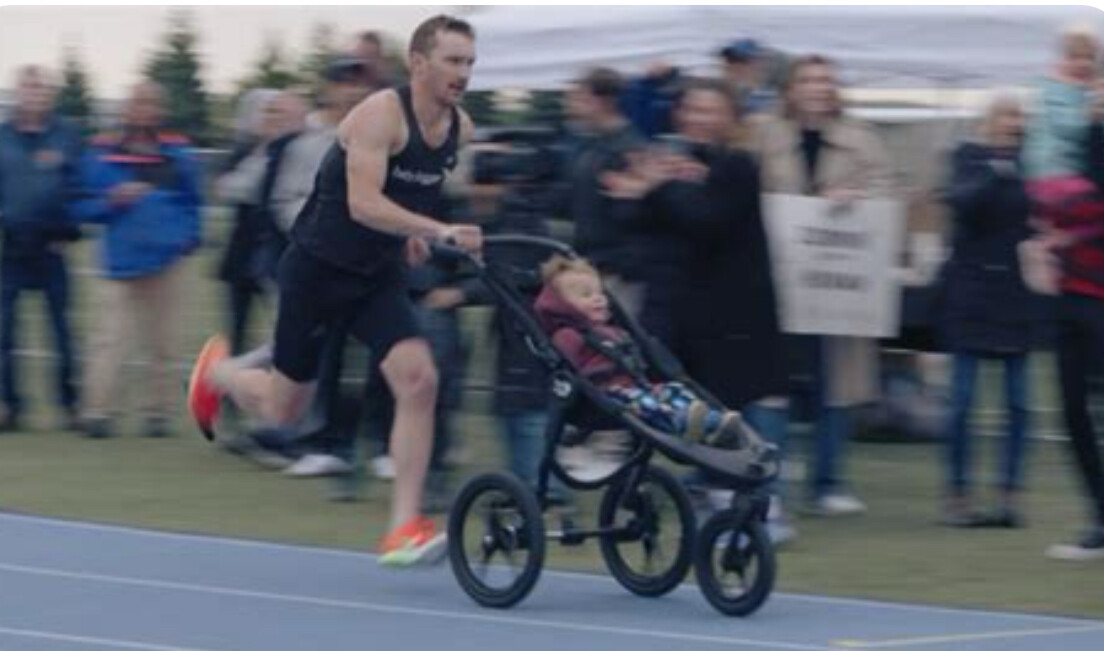
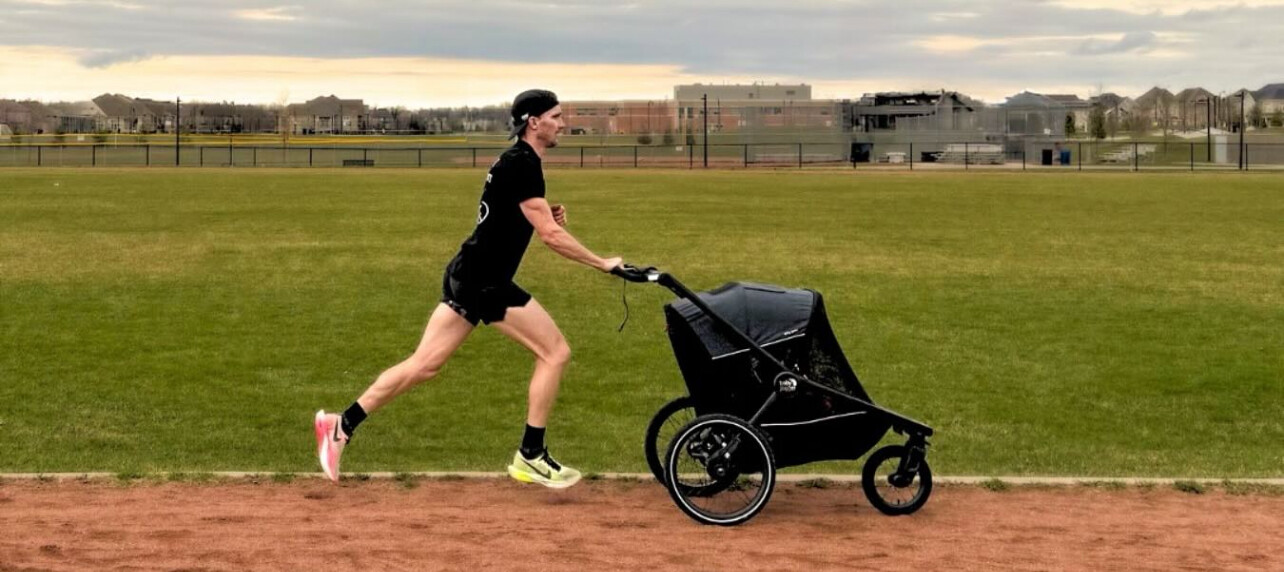

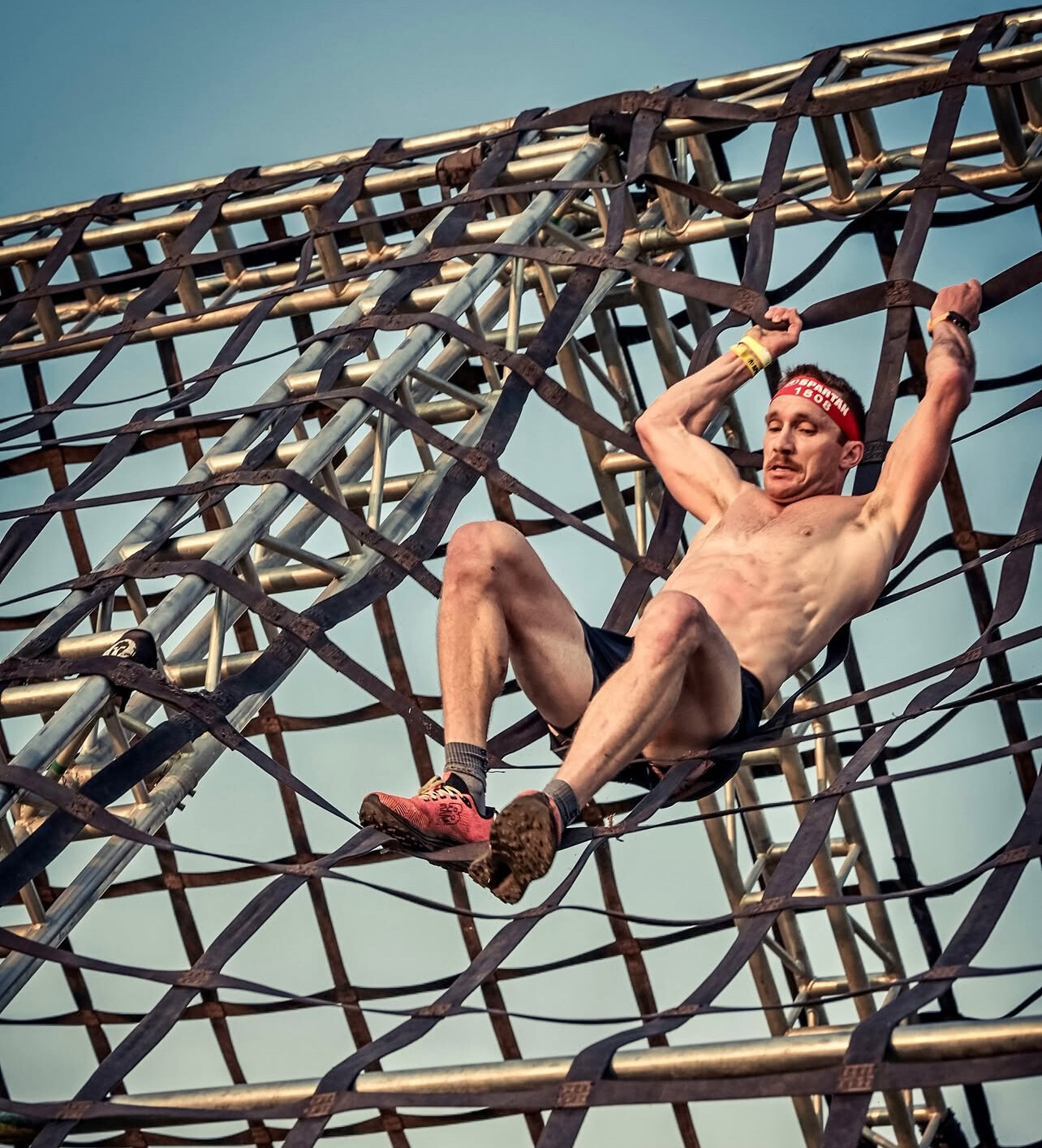
Neely, a longtime trail and obstacle course runner, began training for the attempt in August 2024. Supported by Baby Jogger, he put in hours of stroller runs—often joined by his sons—as part of a uniquely family-focused regimen. “It’s really so much more than the record,” he shared. “Just the amount of hours I put in with these guys is truly what means the most to me.”
What’s next? Neely may be eyeing another stroller record—this time with both of his boys onboard. One thing’s for sure: he’s pushing boundaries in more ways than one.
by Boris Baron
Login to leave a comment
The Grand Prix von Bern Is the 10-Mile Race You’ll Never Forget
The streets of Bern, Switzerland, came alive on May 10, 2025, as over 30,000 runners laced up for the 43rd edition of the Grand Prix von Bern, widely regarded as “the most beautiful 10 miles in the world.” With a blend of elite athleticism, historic charm, and community spirit, this event continues to rise on the global running calendar—and if you’re looking for a destination race in 2026, this one might just be it.
A Course Unlike Any Other
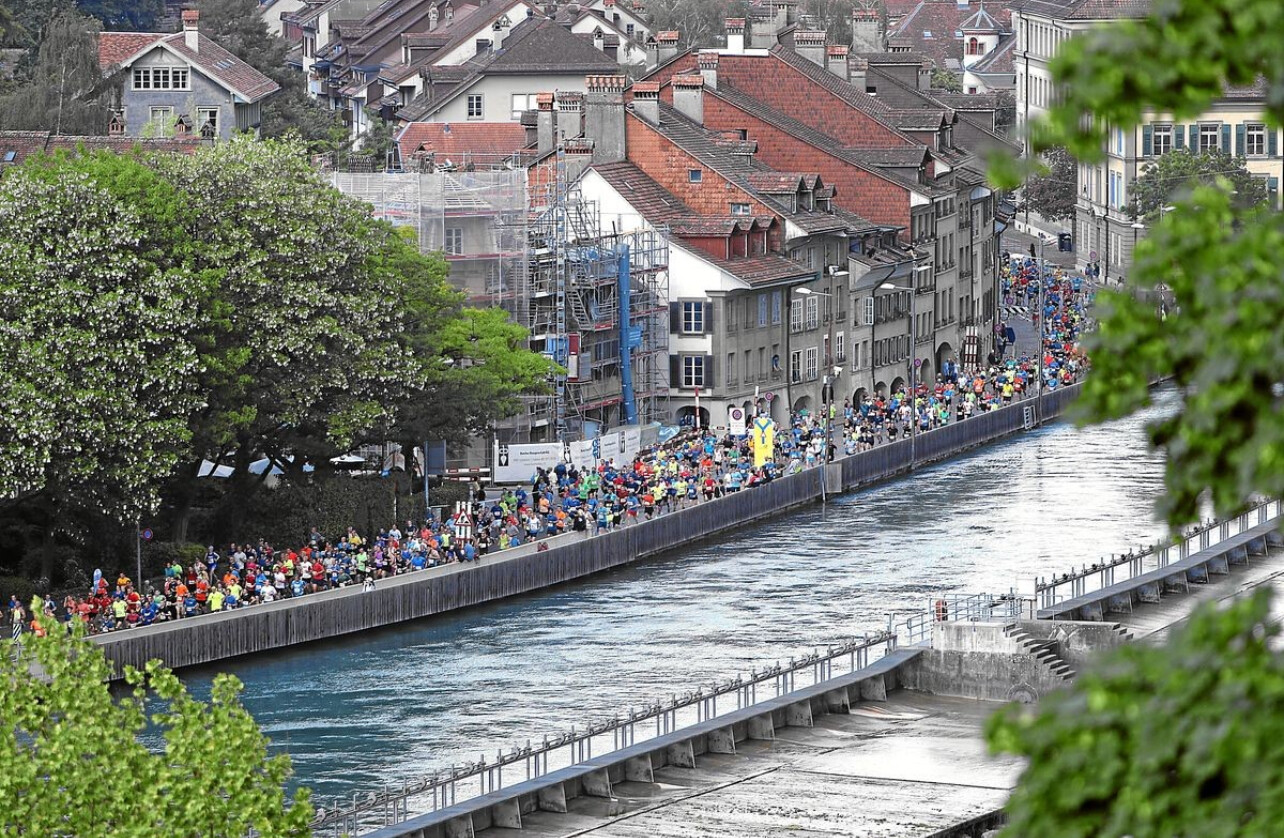
Set in the heart of the Swiss capital, the 16.093-kilometer course (10 miles) is as challenging as it is breathtaking. Runners begin near Guisanplatz, weaving through Bern’s UNESCO-listed Old Town, over the Nydeggbrücke bridge spanning the Aare River, past the Federal Palace, and alongside Gothic landmarks like the Bern Cathedral.
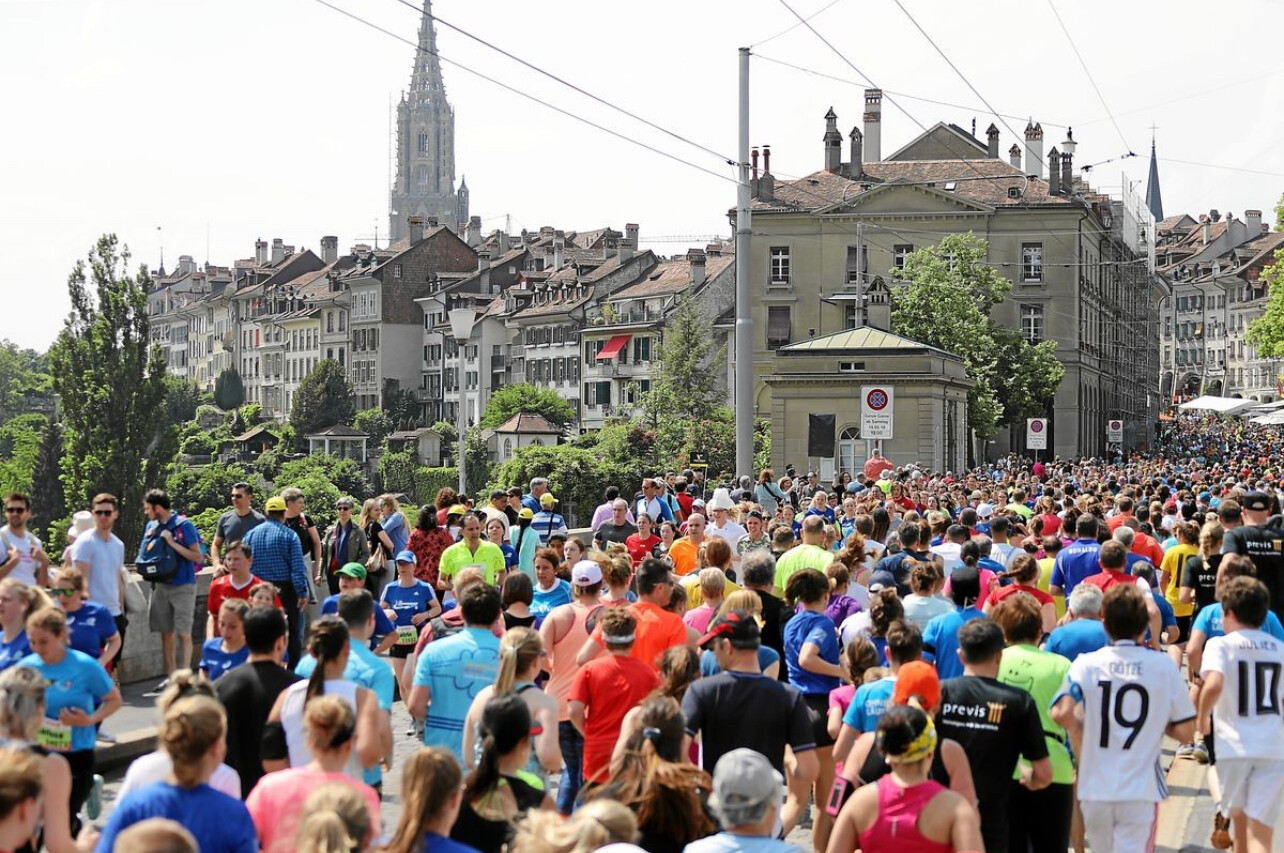
The course includes roughly 204 meters of elevation gain, with a mix of cobblestones, rolling hills, and scenic river trails. The final uphill stretch into the city center is not for the faint of heart—but it’s what makes the finish line so satisfying.
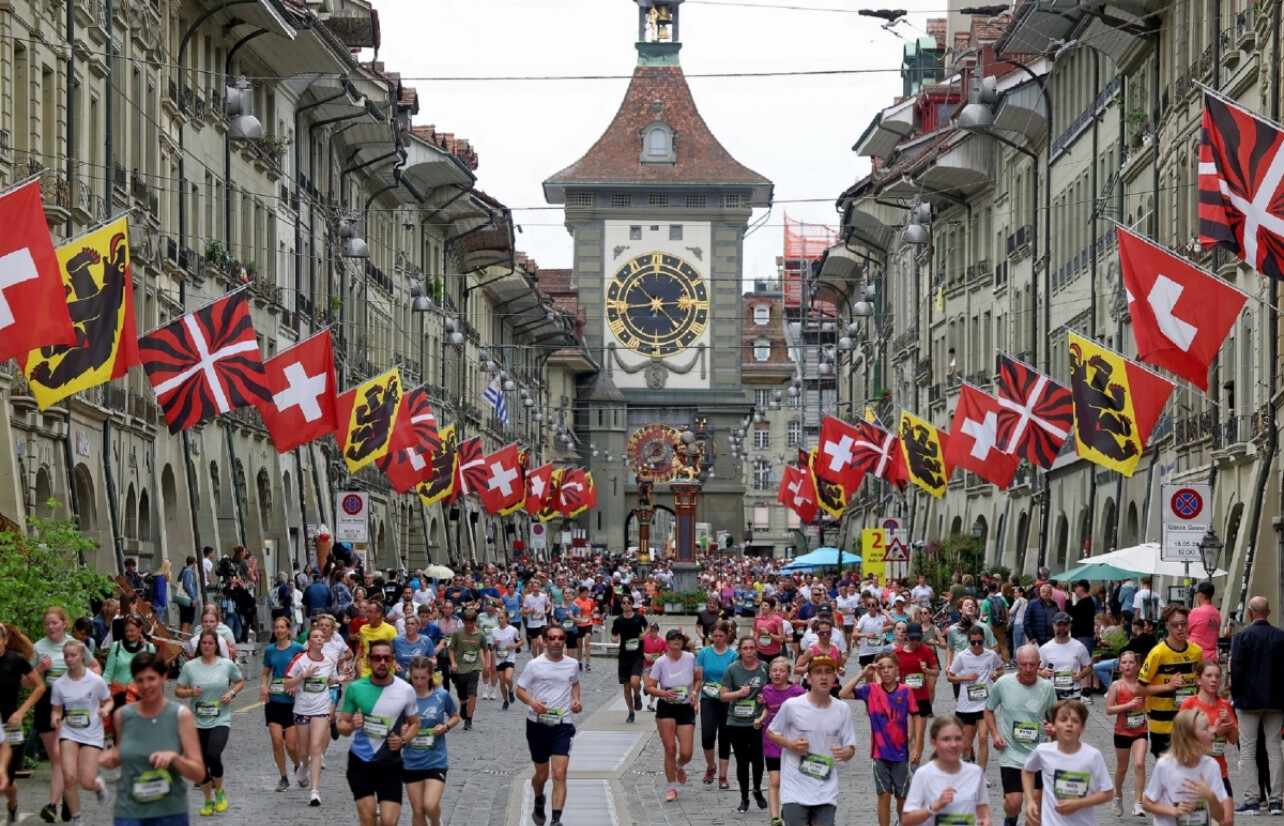
“I’ve raced all over the world, but there’s something special about Bern,” said 2025 men’s champion Geoffrey Kamworor, who matched his own course record with a blazing 44:56.2. “The crowds, the course, the energy—it’s unforgettable.”
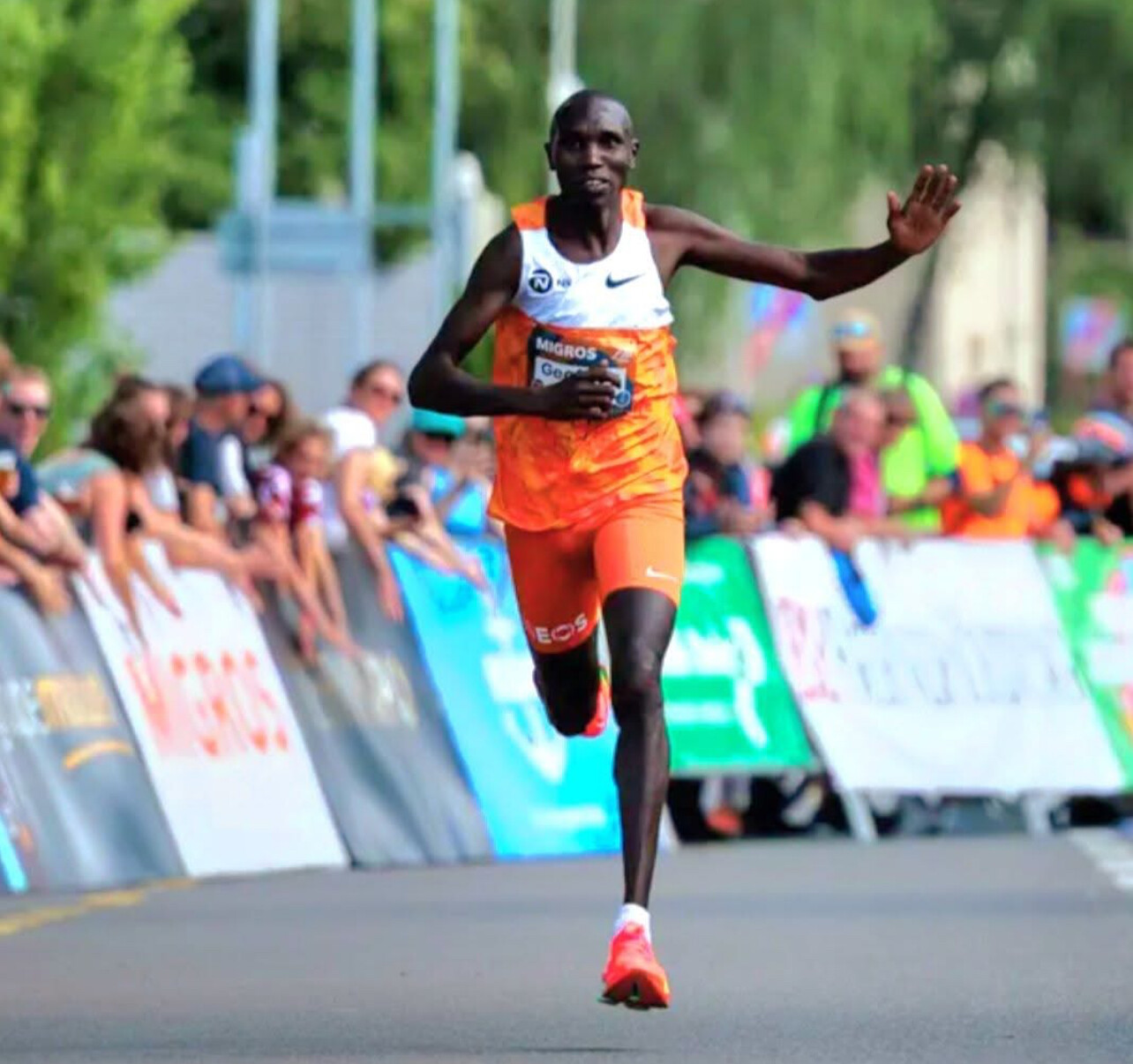
2025 Champions
• Men’s Winner: Geoffrey Kamworor (Kenya) – 44:56.2
• Women’s Winner: Meseret Gezahegn Merine (Ethiopia) – 57:46.5
Both performances came in front of thousands of cheering spectators lining the narrow streets of Bern, ringing cowbells and waving Swiss flags.
More Than a Race
The Grand Prix von Bern isn’t just for elites. With multiple distance options—including youth races, a 4.7 km city loop, and the full 10-mile event—it welcomes all abilities. Along the route, live music, food stands, and traditional Swiss hospitality create a festive atmosphere from start to finish.
“This race is everything I love about running,” said Lisa Meyer, a first-time international participant from California. “It’s challenging but not overwhelming. And the scenery? Like running through a storybook.”
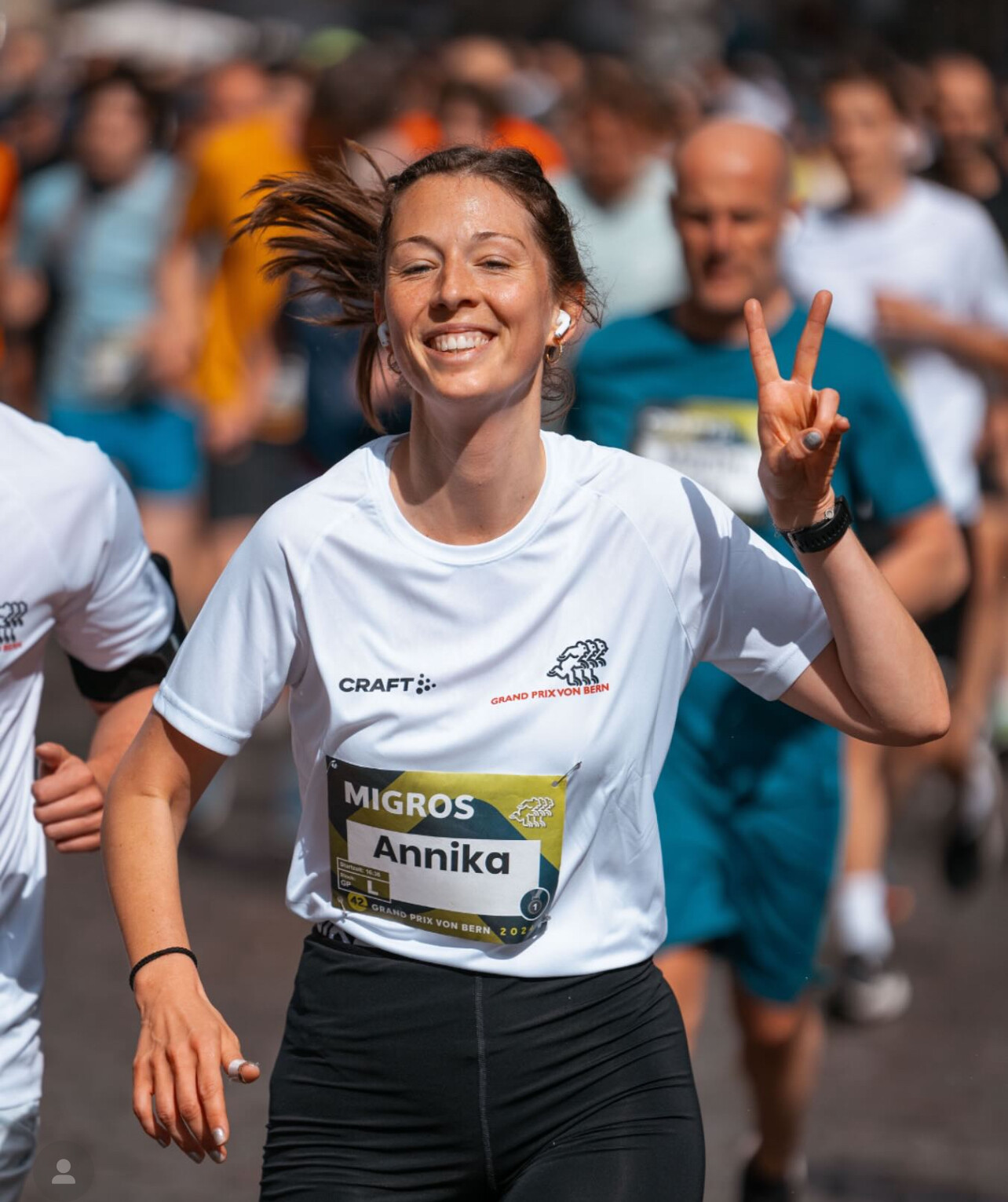
Looking Ahead to 2026
The next edition is already scheduled for Saturday, May 9, 2026, and organizers expect another sell-out crowd. Registration opens May 11, 2025, via gpbern.ch, and early booking is highly recommended.
“We welcome runners from around the world to experience Bern,” said race director Thomas Gassmann. “This is more than a competition—it’s a celebration of movement, history, and connection.”
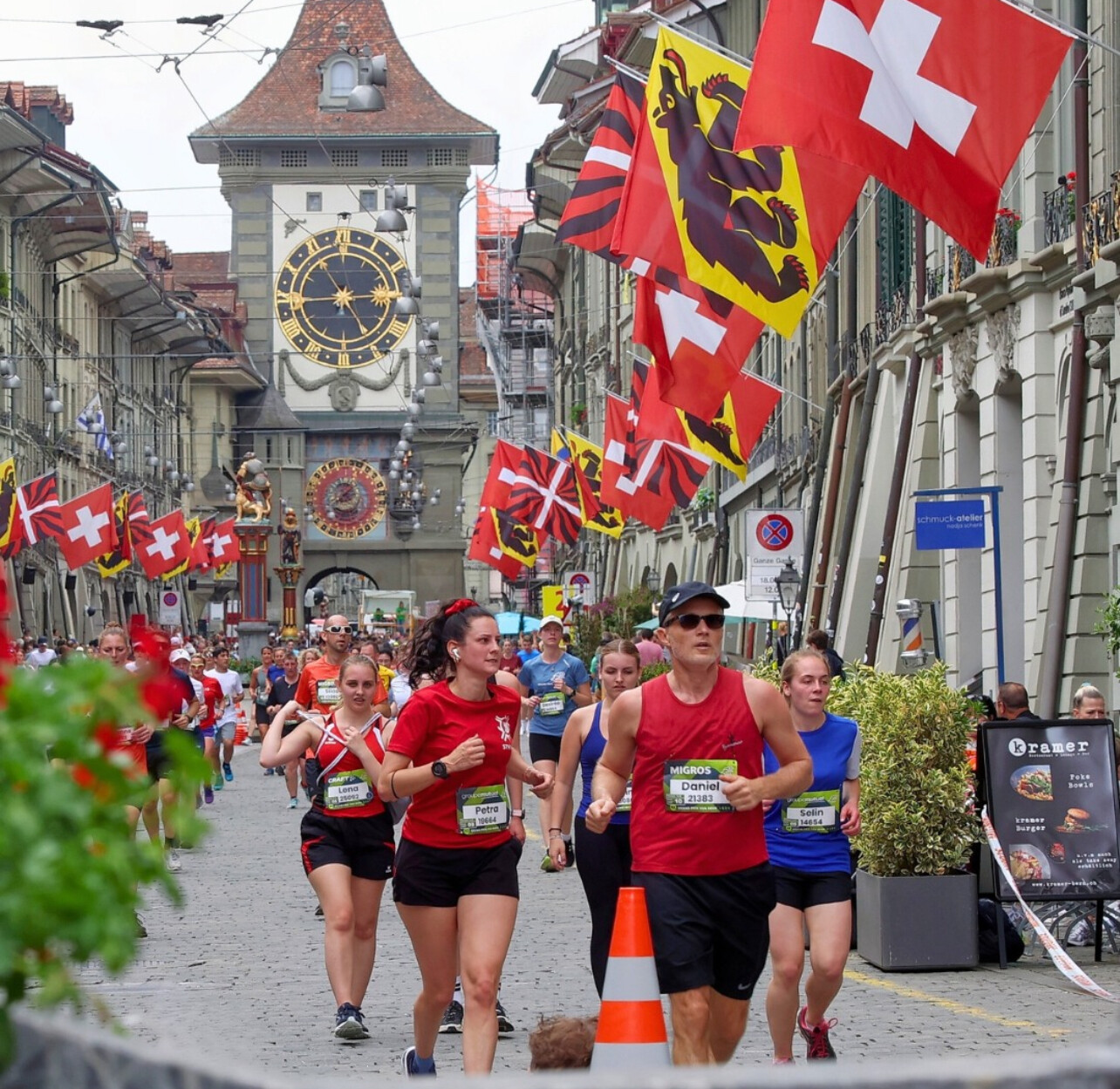
Should You Go?
If you love:
• City races with character
• Scenic yet challenging terrain
• European travel with a purpose
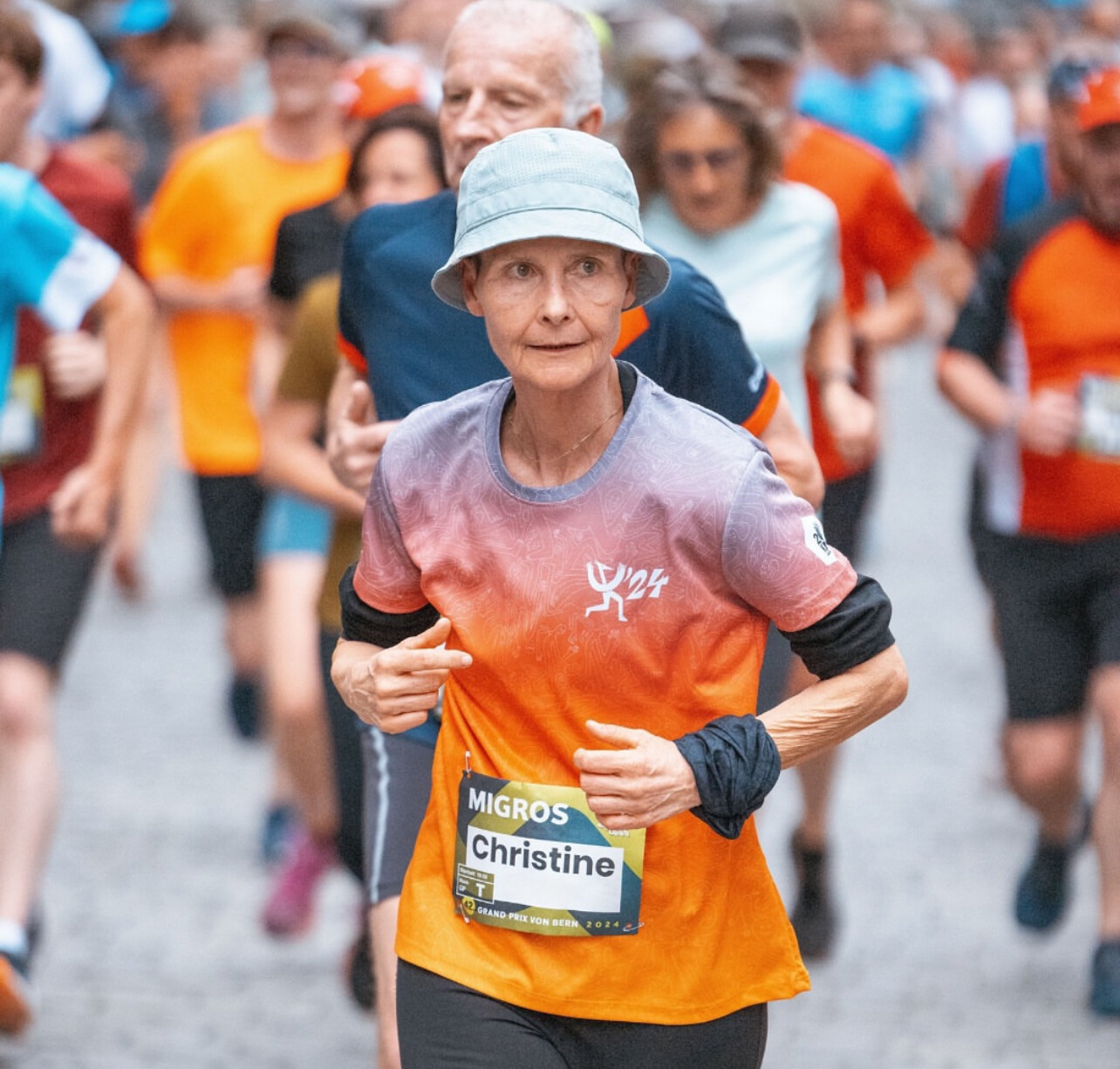
• Running where legends have raced
Then the Grand Prix von Bern deserves a spot on your 2026 calendar.
Pro Tip: Make it a weekend. Bern is easily accessible by train from Zurich or Geneva, and the Old Town’s cafes, fountains, and mountain views are worth a few extra days.
Bookmark this race now—and get ready to run one of the world’s most inspiring 10-milers next spring.
by Boris Baron
Login to leave a comment
Zola Budd’s Barefoot Legacy Still Inspires Runners Today
It was a moment etched in running history: a young South African athlete, racing barefoot with fierce determination, leaving competitors in her wake on the world stage. Zola Budd wasn’t just fast—she was fearless. Known for her unique barefoot racing style and her controversial Olympic journey, Budd left an indelible mark on the sport of distance running.
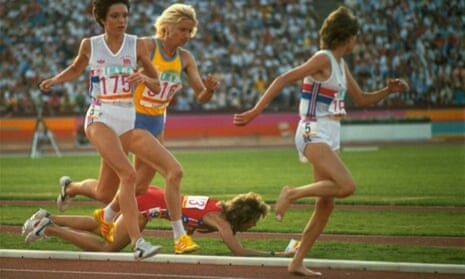
Zola Budd rose to international fame in the 1980s, breaking records as a teenager and becoming one of the most talked-about athletes of her time. Born in Bloemfontein, South Africa, she famously ran the 5,000 meters in 15:01.83 in 1984 at just 17 years old—unofficially breaking the world record while still under apartheid sanctions that prevented South African athletes from competing internationally.
To get around the ban, Budd obtained British citizenship through her grandfather and represented Great Britain at the 1984 Los Angeles Olympics. There, she became embroiled in one of the most controversial moments in Olympic history when she collided with American favorite Mary Decker in the 3000-meter final, resulting in Decker’s fall. Though Budd was cleared of wrongdoing, the incident defined much of her public image at the time.
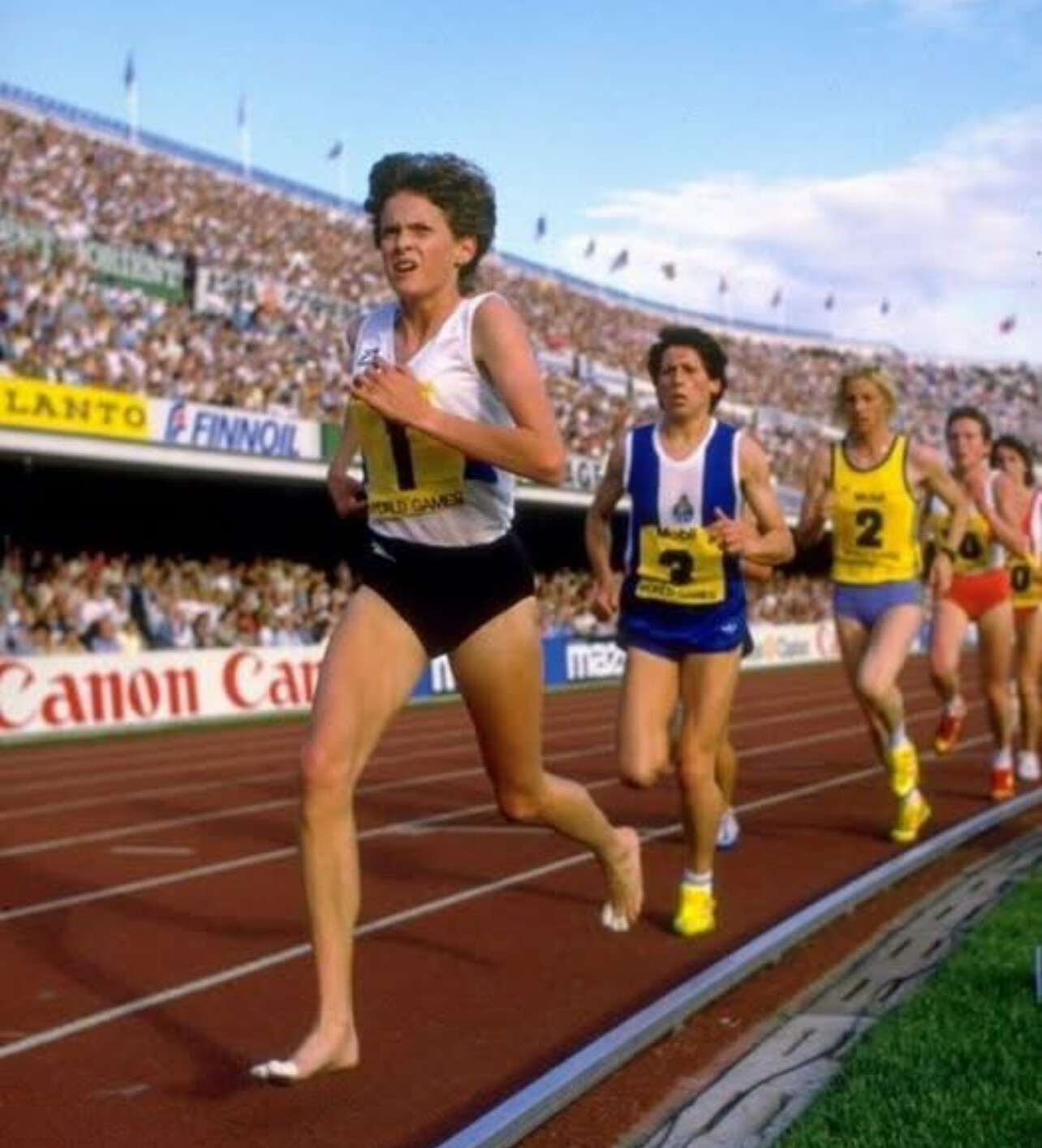
But beyond controversy, Budd’s running style was iconic. She often ran without shoes—even at elite competitions—feeling that it helped her form and connection with the track. Her barefoot strides became a symbol of raw, natural talent in a highly commercialized sport.
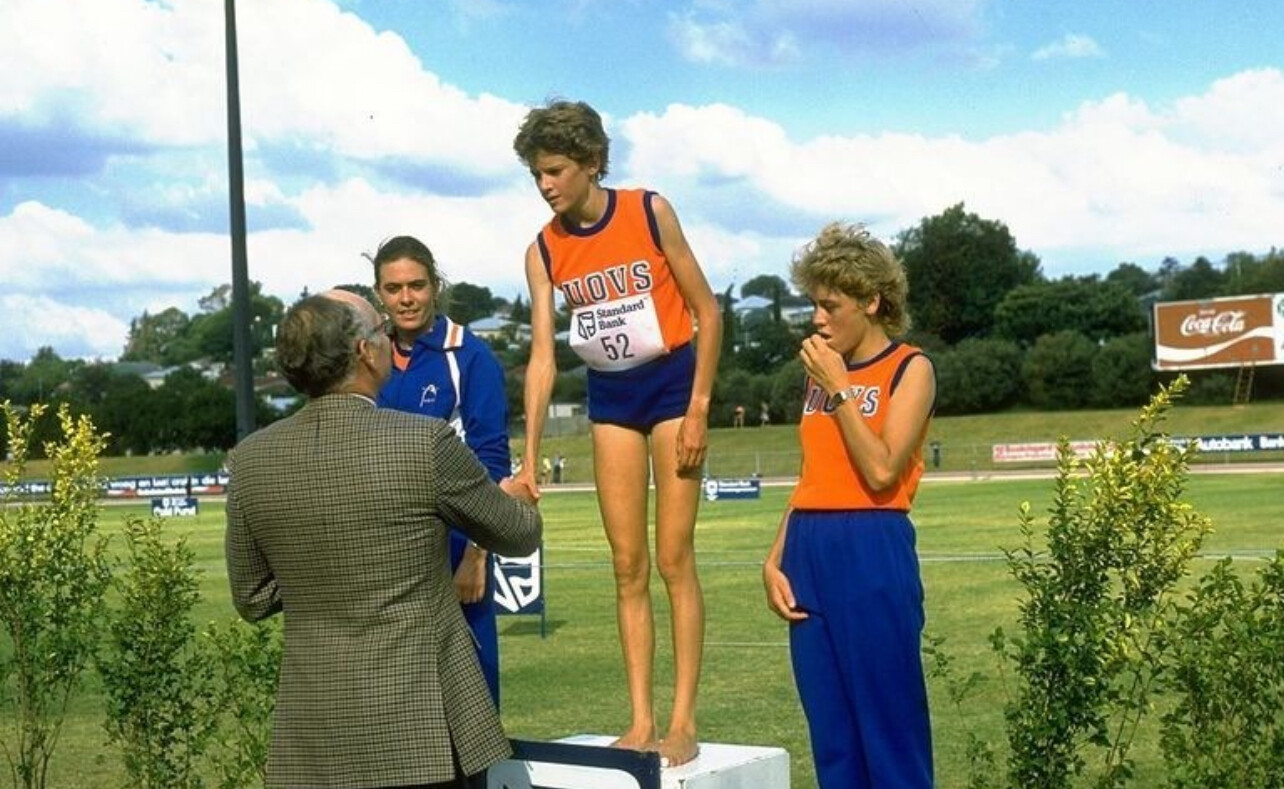
After stepping away from international competition, Budd eventually returned to South Africa and later moved to the United States. Today, Zola Budd Pieterse (her married name) lives in South Carolina, where she coaches collegiate runners and remains involved in the running community. She also competes in masters events and continues to advocate for clean sport and athlete welfare.
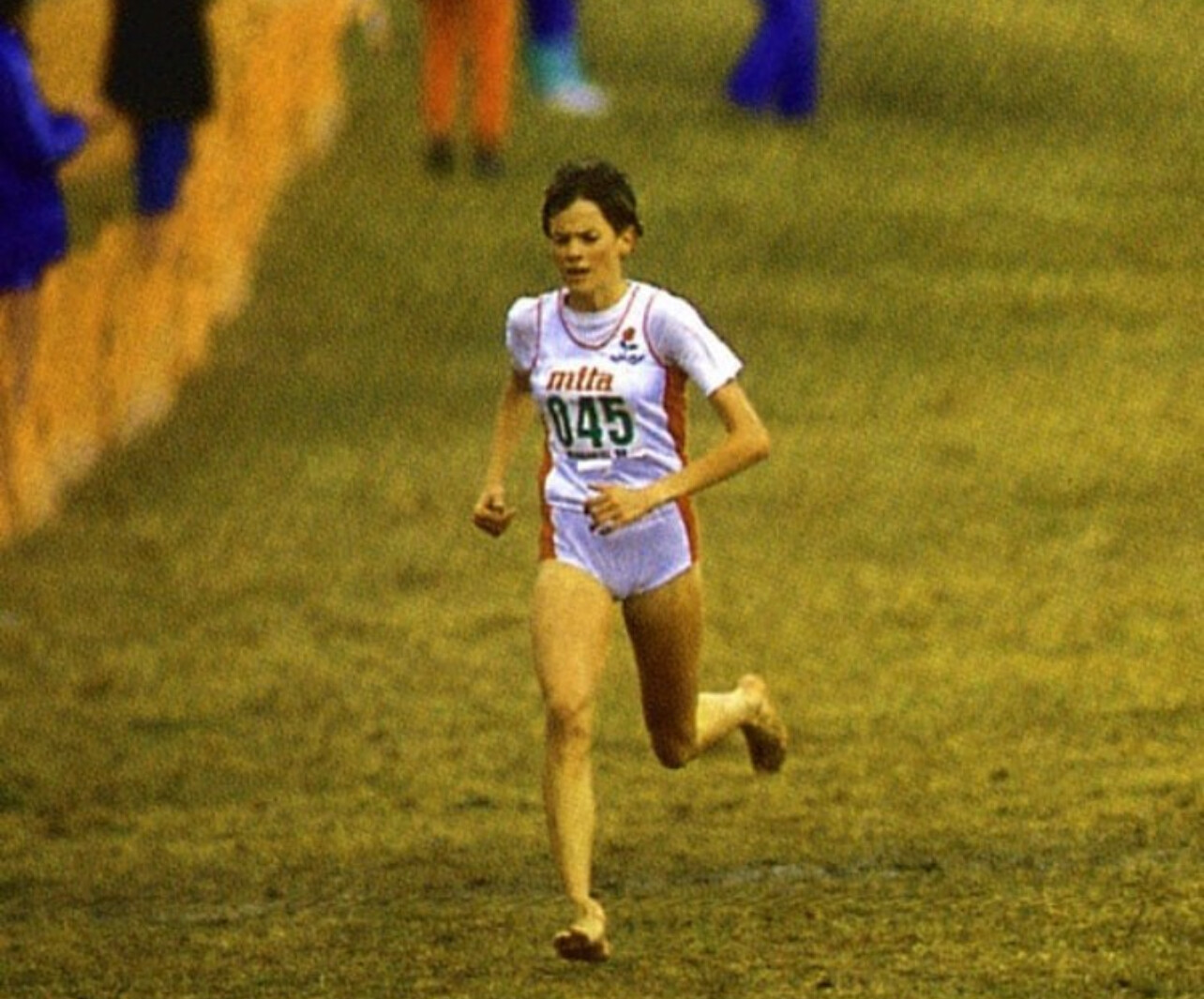
Now in her late 50s, Budd still runs most days, often on trails and without shoes when conditions allow. Her story continues to resonate with athletes drawn to the purity of the sport and the courage it takes to race on your own terms.
Zola Budd’s legacy isn’t just about barefoot racing or Olympic controversy—it’s about staying true to yourself.
by Boris Baron
Login to leave a comment
Arizona’s Monster — Why the Cocodona 250 Is One of the Toughest Races on Earth
The Cocodona 250 isn’t just a race—it’s an odyssey through Arizona’s most rugged and awe-inspiring landscapes. Spanning 256.5 miles from Black Canyon City to Flagstaff, this ultramarathon demands everything a runner has—physically, mentally, and emotionally.
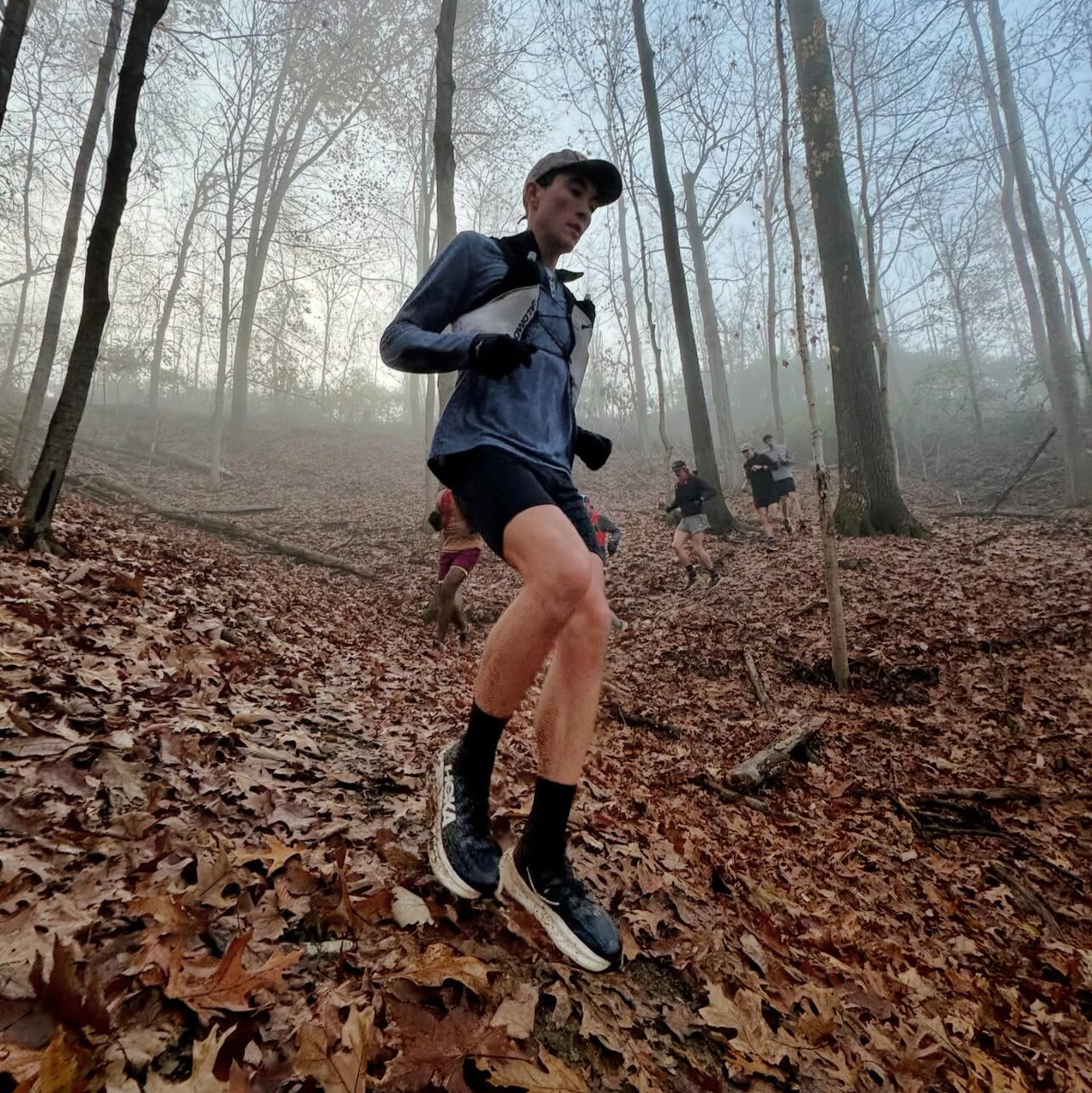
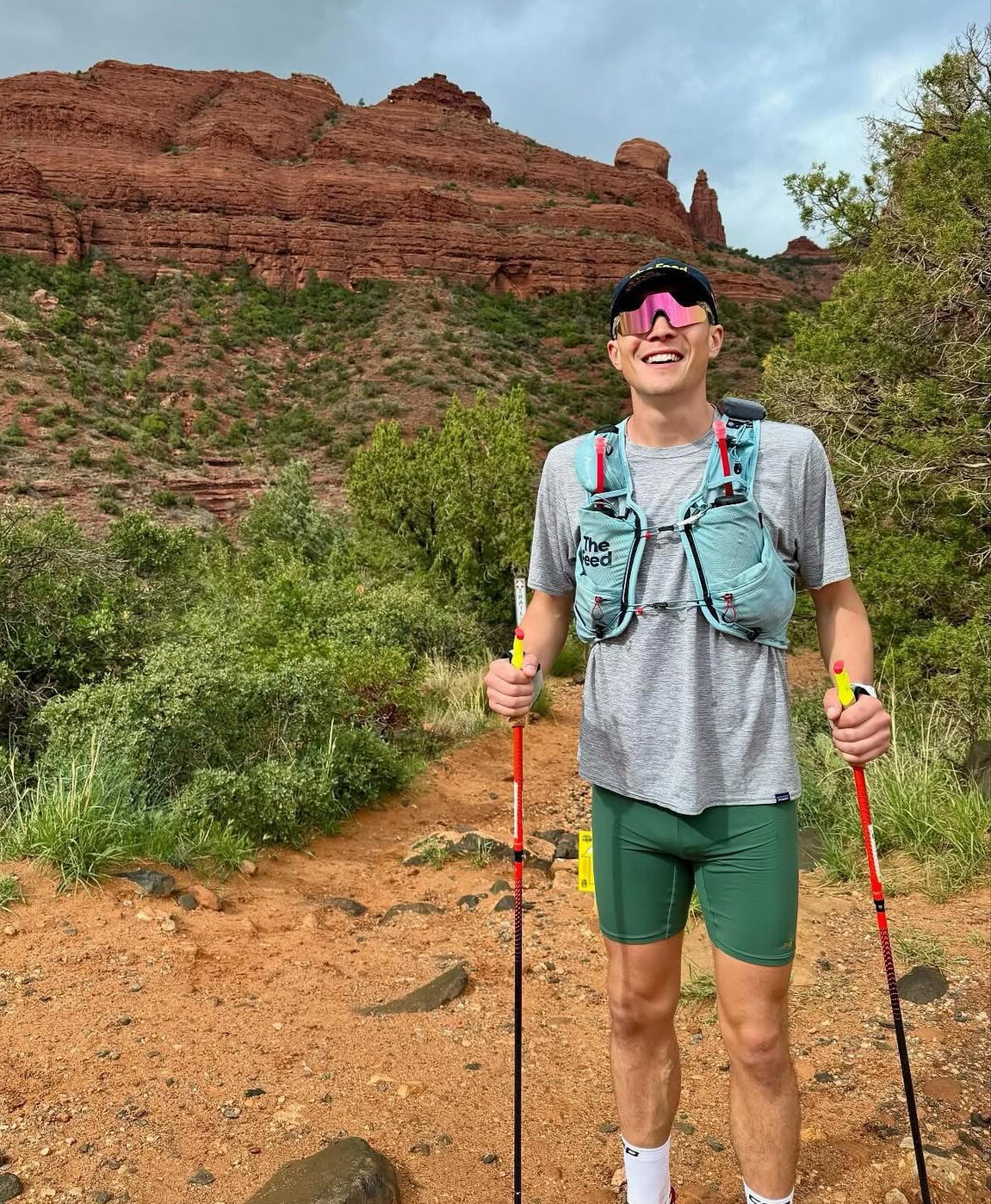
With over 40,000 feet of elevation gain, participants climb mountain passes, descend desert valleys, and navigate technical trails through towns rich in mining and frontier history—Crown King, Prescott, Jerome, Clarkdale, and Sedona—before reaching the final climb to Mount Elden and the finish in Flagstaff.
The terrain breakdown reflects the challenge:
• 45% single-track trails
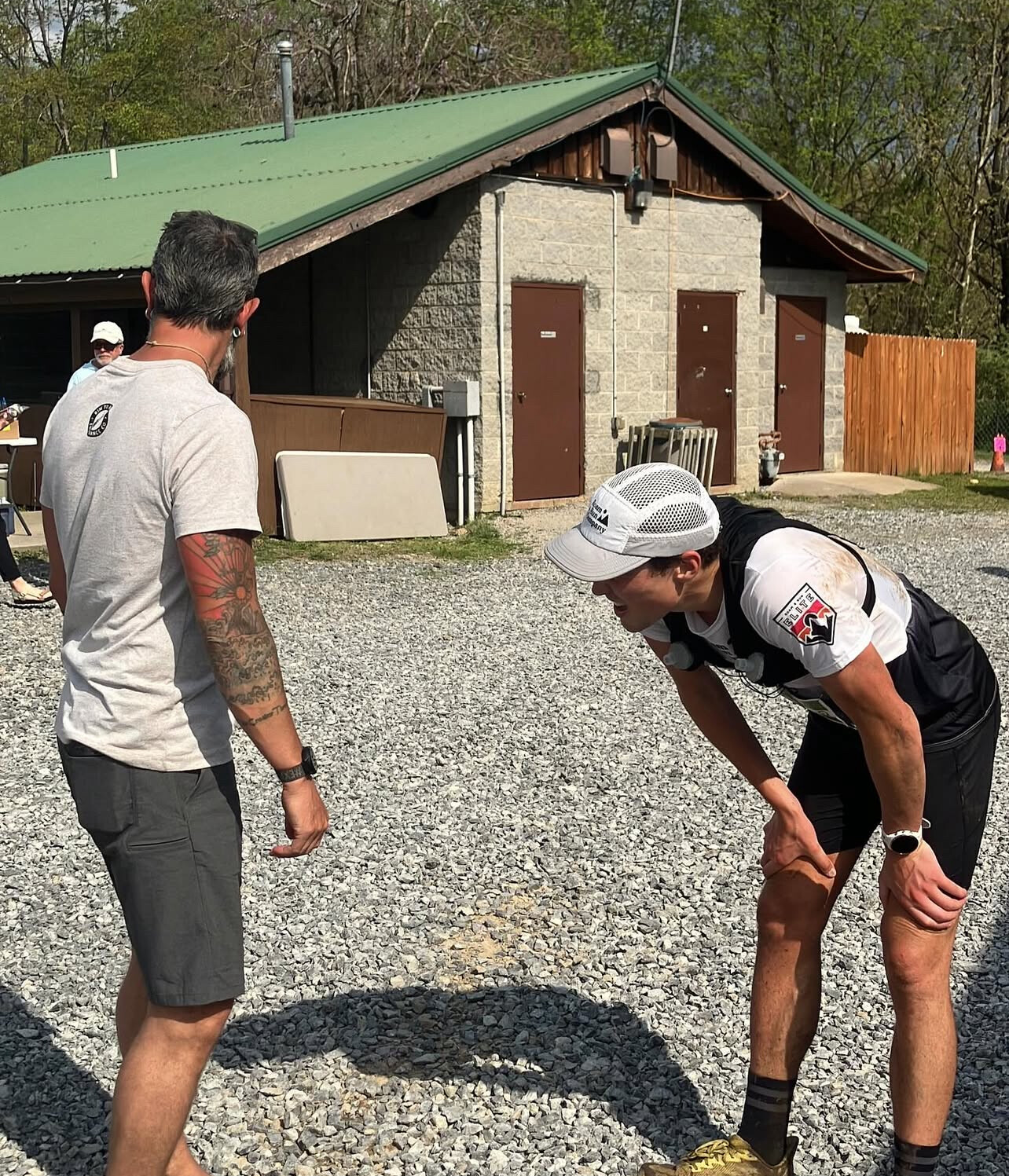
• 46% jeep and double-track roads

• 9% pavement
Runners face a 125-hour cutoff to complete the course, pushing through heat, altitude shifts, and sleep deprivation. With elevations ranging from 1,996 feet to over 9,200 feet, it’s a test of true ultrarunning grit.
For those who dare to take it on, Cocodona is more than a race—it’s a journey across time, terrain, and personal limits.

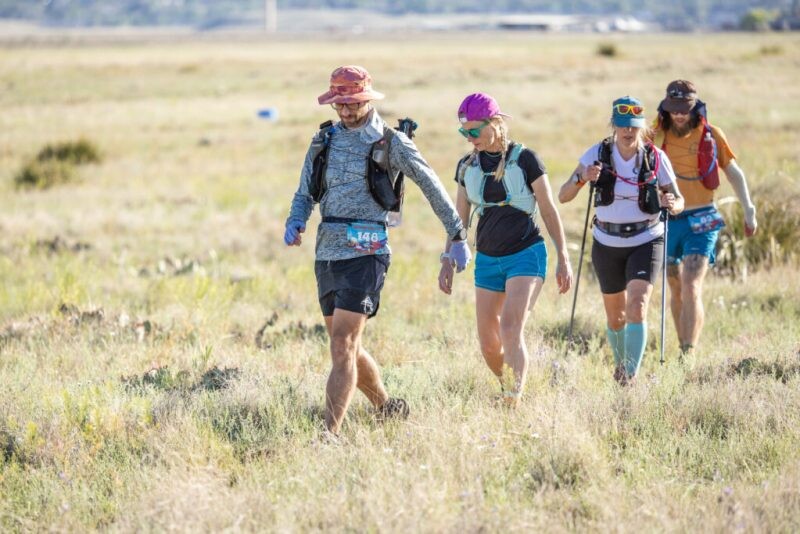
by Pros Baron
Login to leave a comment
Dan Green Wins Cocodona 250 in Record Time Averaging 13:45 per mile
Dan Green, a seasoned endurance athlete from Huntington West Virginia, took on the grueling Cocodona 250ultramarathon across Arizona this week—and not only finished the race, he won it in spectacular fashion.
Green completed the 256.5-mile course in 58 hours, 47 minutes, and 18 seconds, setting a new course record and surpassing the previous best by over an hour. That’s an average pace of 13 minutes and 45 seconds per mile—an incredible feat considering the race includes nearly 40,000 feet of elevation gain.
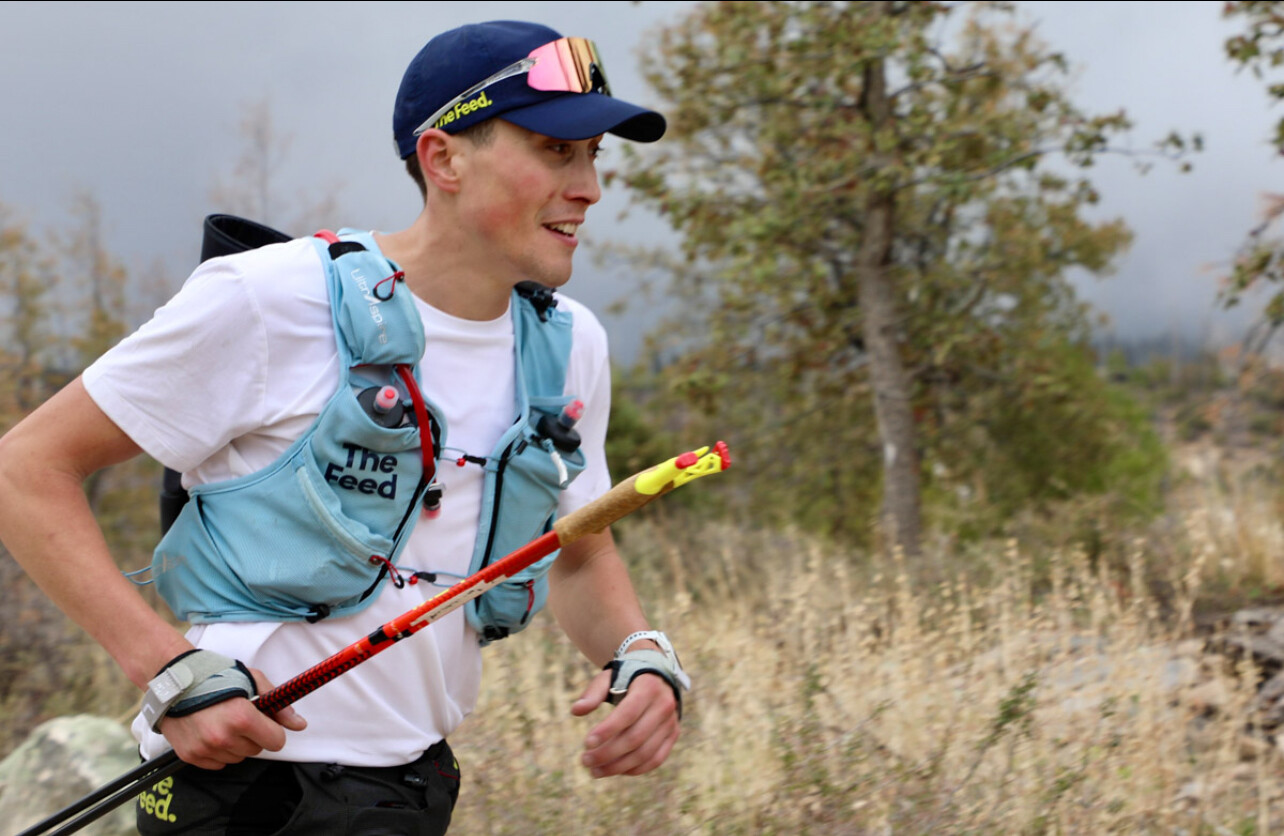
The Cocodona 250 is one of the most challenging ultramarathons in the world, stretching from Black Canyon City to Flagstaff, with runners navigating desert heat, rugged mountain trails, and rocky ascents through towns like Prescott, Jerome, and Sedona. The course is roughly 45% single-track trail, 46% jeep and dirt road, and just 9% paved.
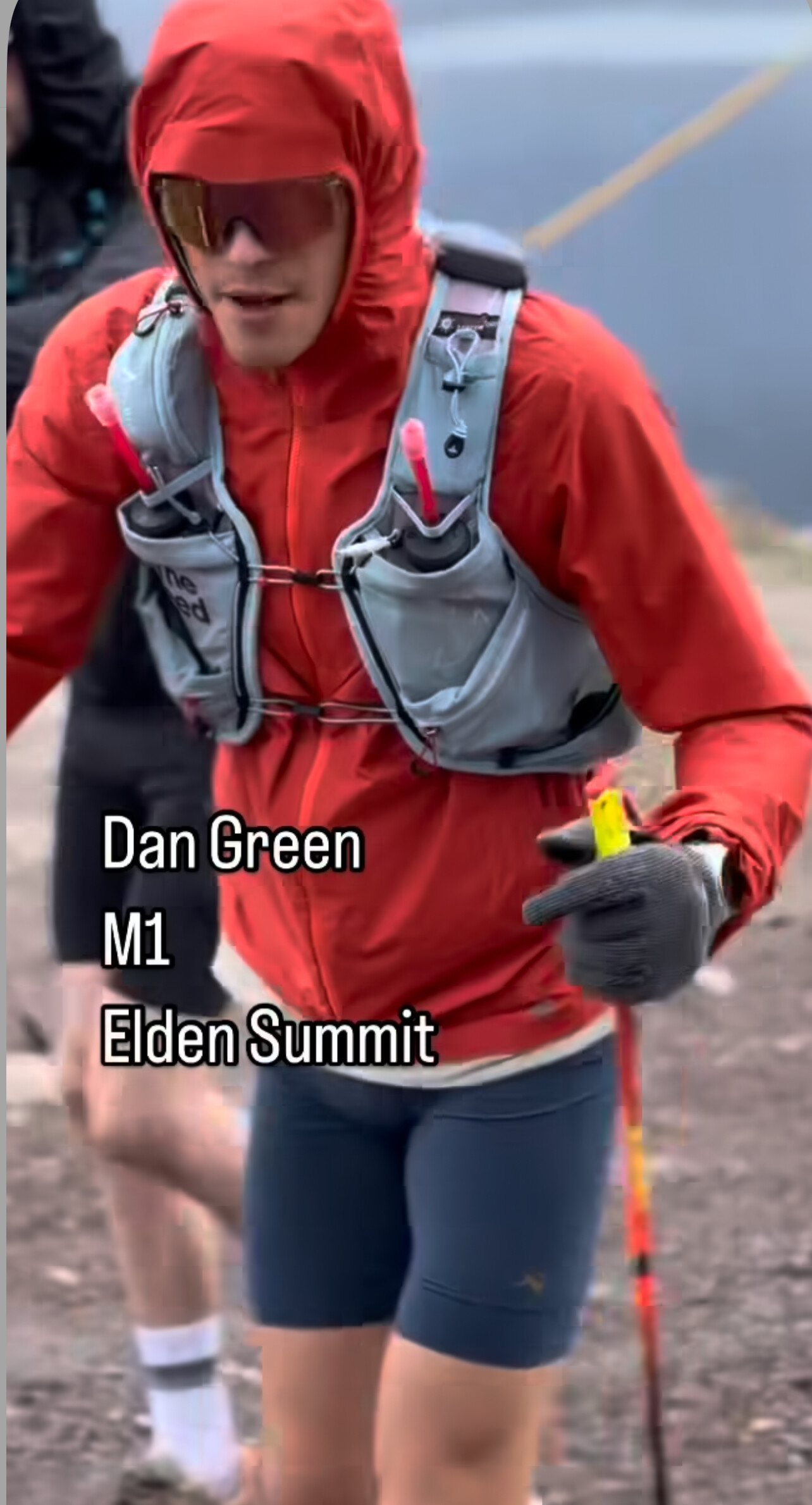
Top 5 Men’s Finishers

1. Dan Green (USA) – 58:47:18 (13:45/mi)
2. Ryan Sandes (South Africa) – 61:21:04
3. Edher Ramirez (Mexico) – 63:10:13
4. Harry Subertas – 65:28:53
5. Finn Melanson – 66:29:40

Women’s Champion
• Rachel Entrekin – 63:58:15
Set a new women’s course record by more than seven hours
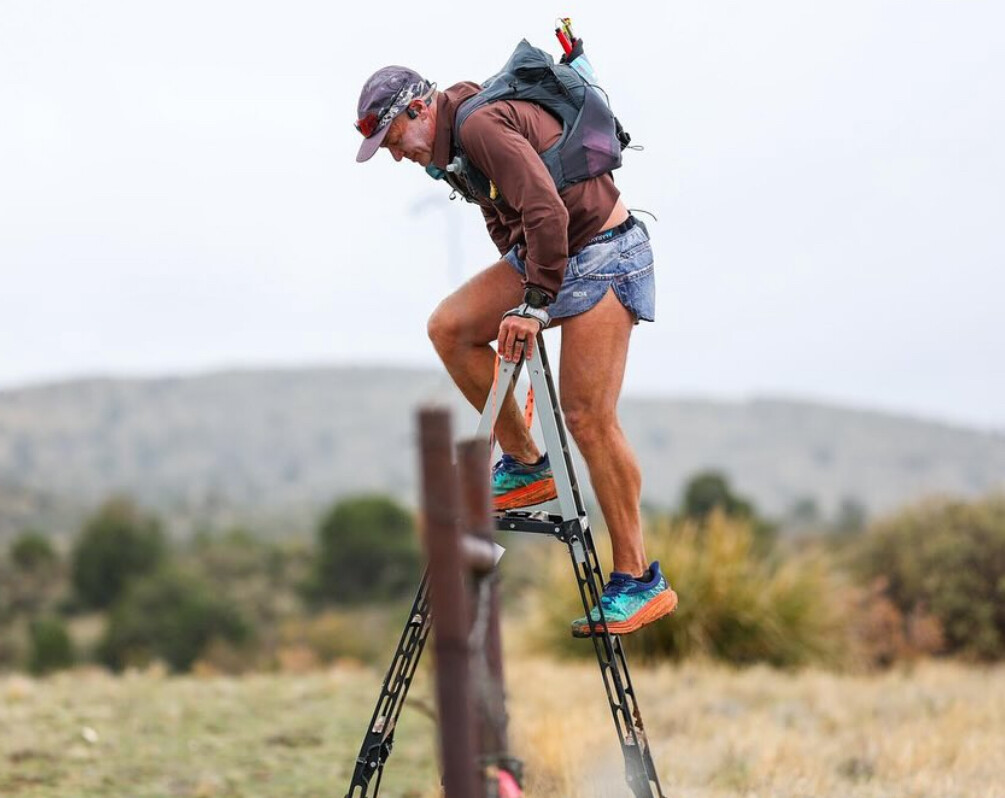
Green’s calm and steady demeanor helped him manage the distance. Speaking with a reporter mid-race via video call, he said:
“Some people take it too seriously. Like why? I mean, you can have fun, still do good, and you can brighten people’s day a little better too.”
This mix of positivity and performance is exactly what the ultrarunning world thrives on—and Dan delivered both in Flagstaff.
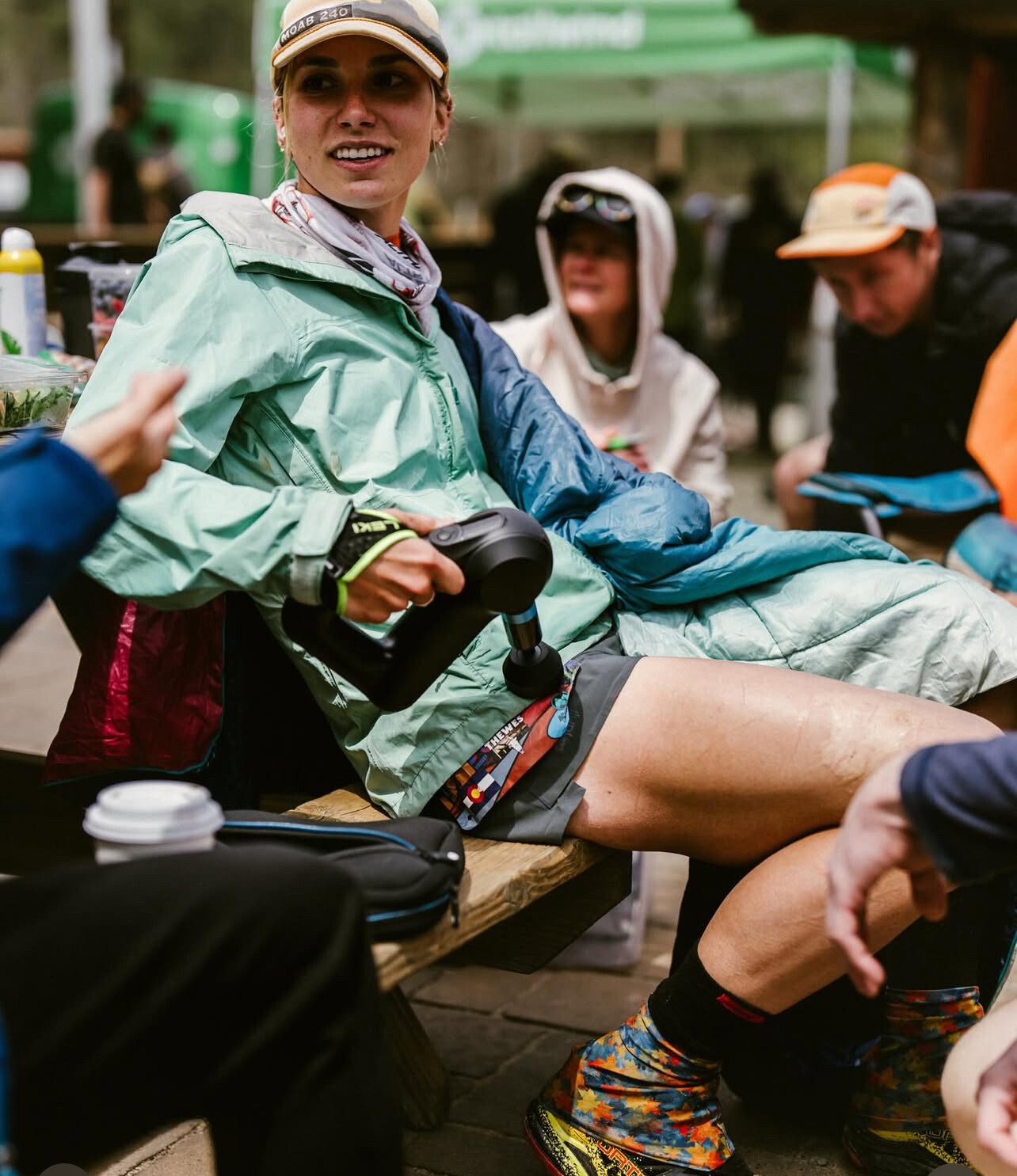
Cocodona 250 Quick Facts
• Distance: 256.5 miles
• Elevation Gain: ~40,000 ft
• Time Limit: 125 hours
• Cutting Through: Black Canyon, Crown King, Prescott, Jerome, Sedona, Flagstaff
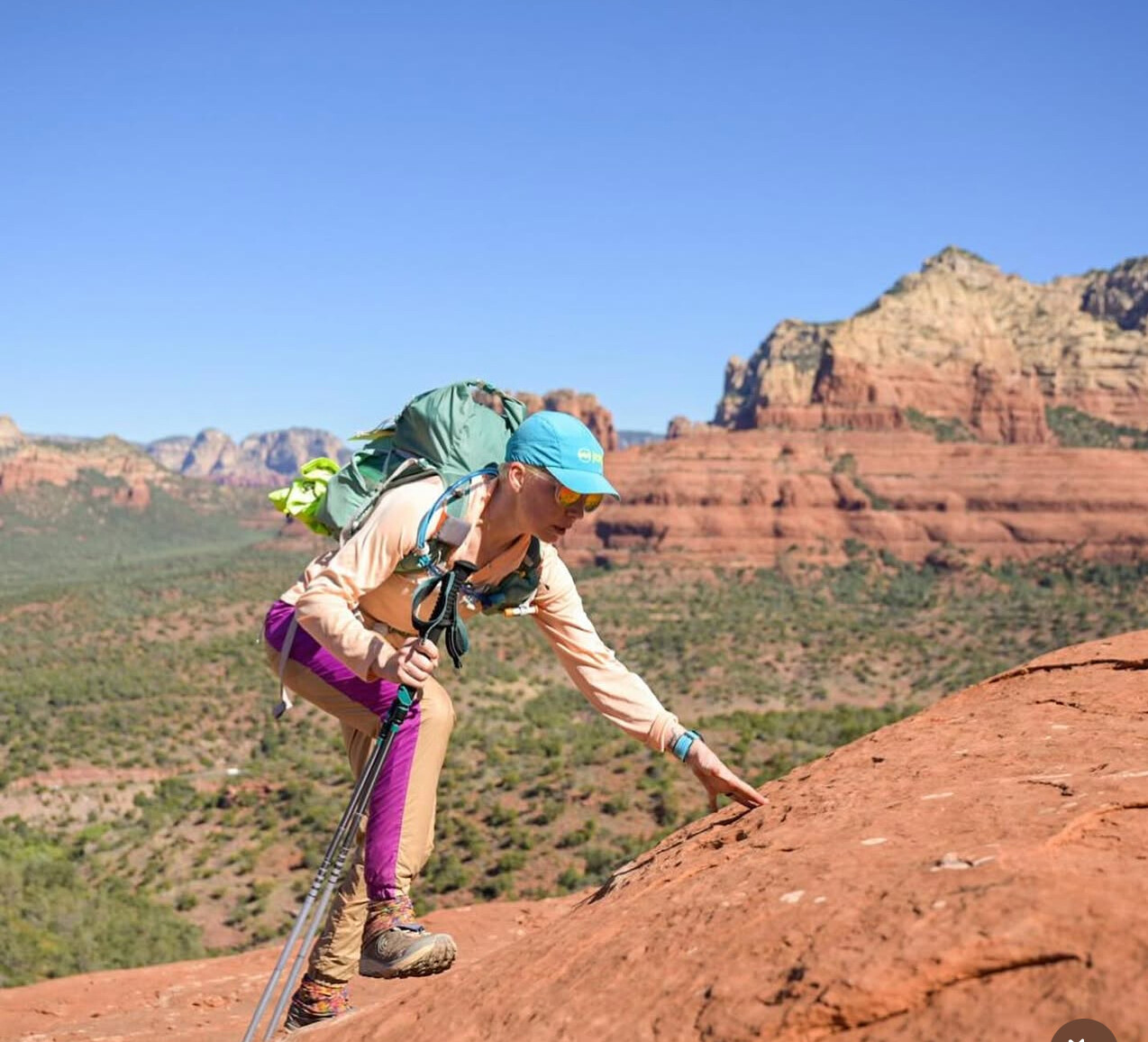
• Terrain Breakdown:
• 45% single-track trail
• 46% double-track/jeep road
• 9% pavement
"Congratulations to Dan Green—your new course record holder and a shining example of what grit, strategy, and a good attitude can achieve over 250+ miles," says MBR editor Bob Anderson
by Boris Baron
Login to leave a comment
Why more runners are making the leap from 5k to 50k and beyond
In the not-so-distant past, ultramarathons were seen as the extreme edge of running—reserved for a rare breed of hardened athletes who thrived in pain caves and ran through mountain storms for fun. But something is changing.
Across the globe, more everyday runners are stretching beyond the familiar finish lines of 5Ks, 10Ks, and marathons to take on the once-daunting 50K. What used to be a niche goal is becoming a natural next step.
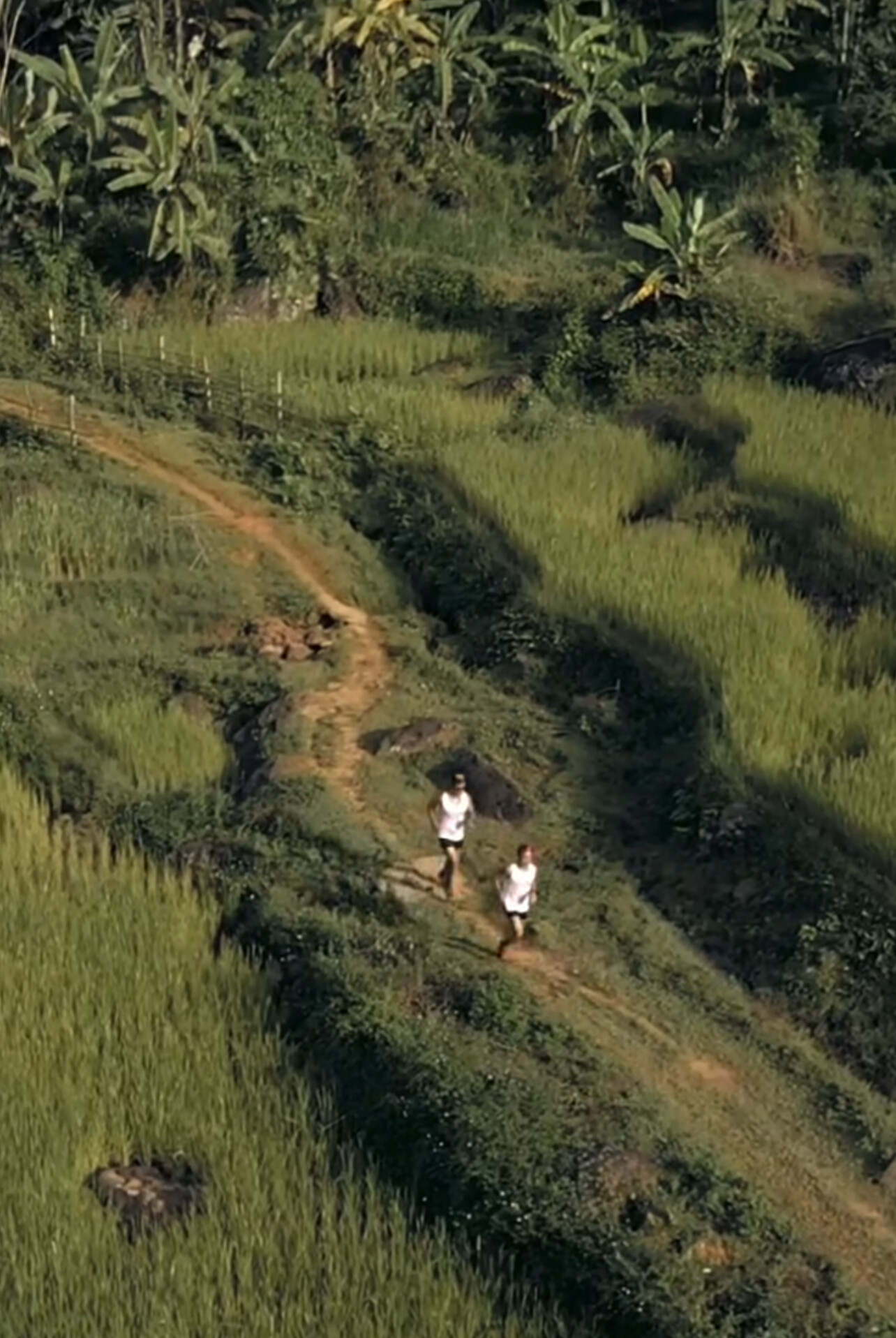
What’s Driving the Ultra Boom?
Social media has played a role, sure. So has curiosity. But at the core, it’s about something deeper.
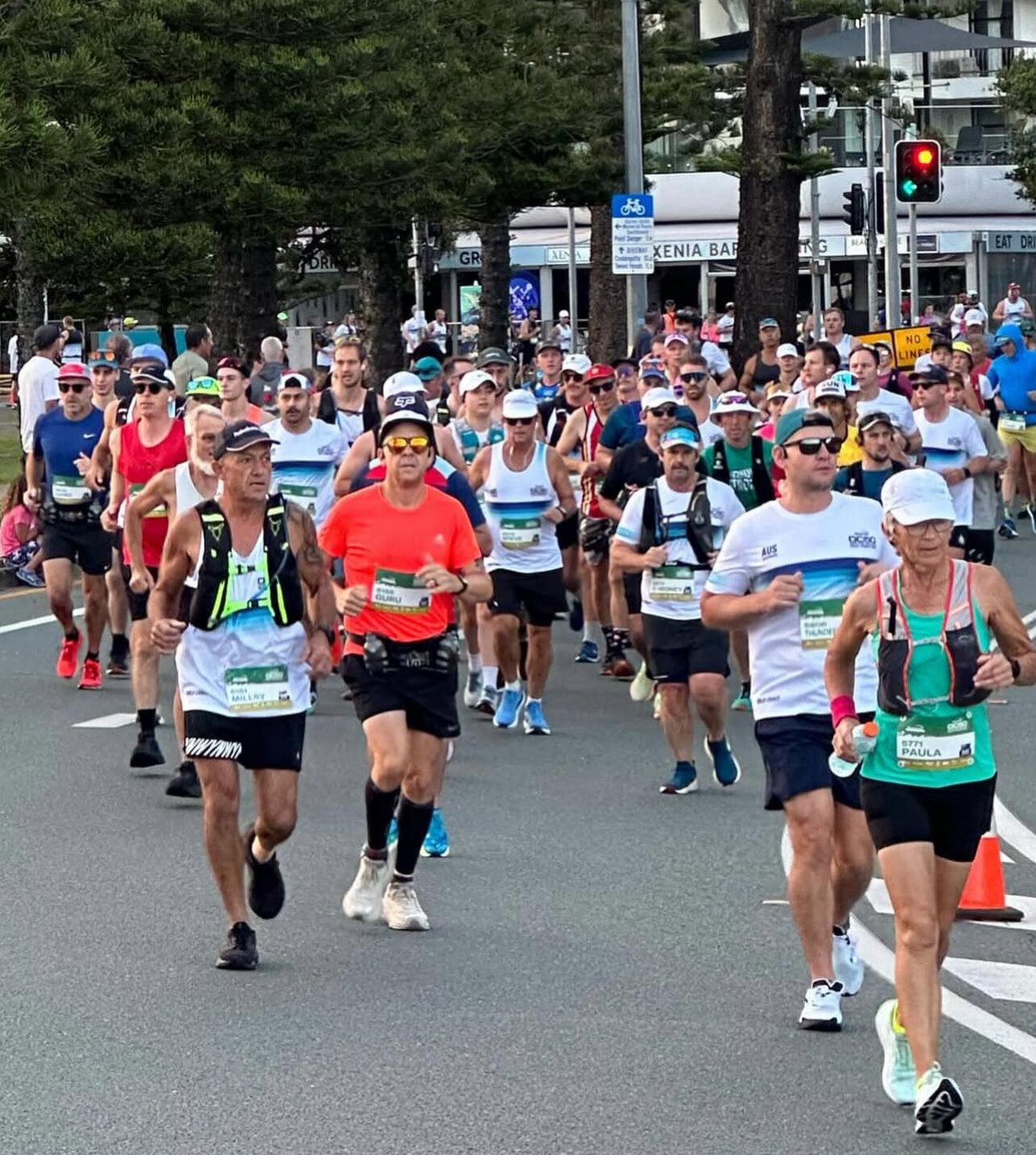
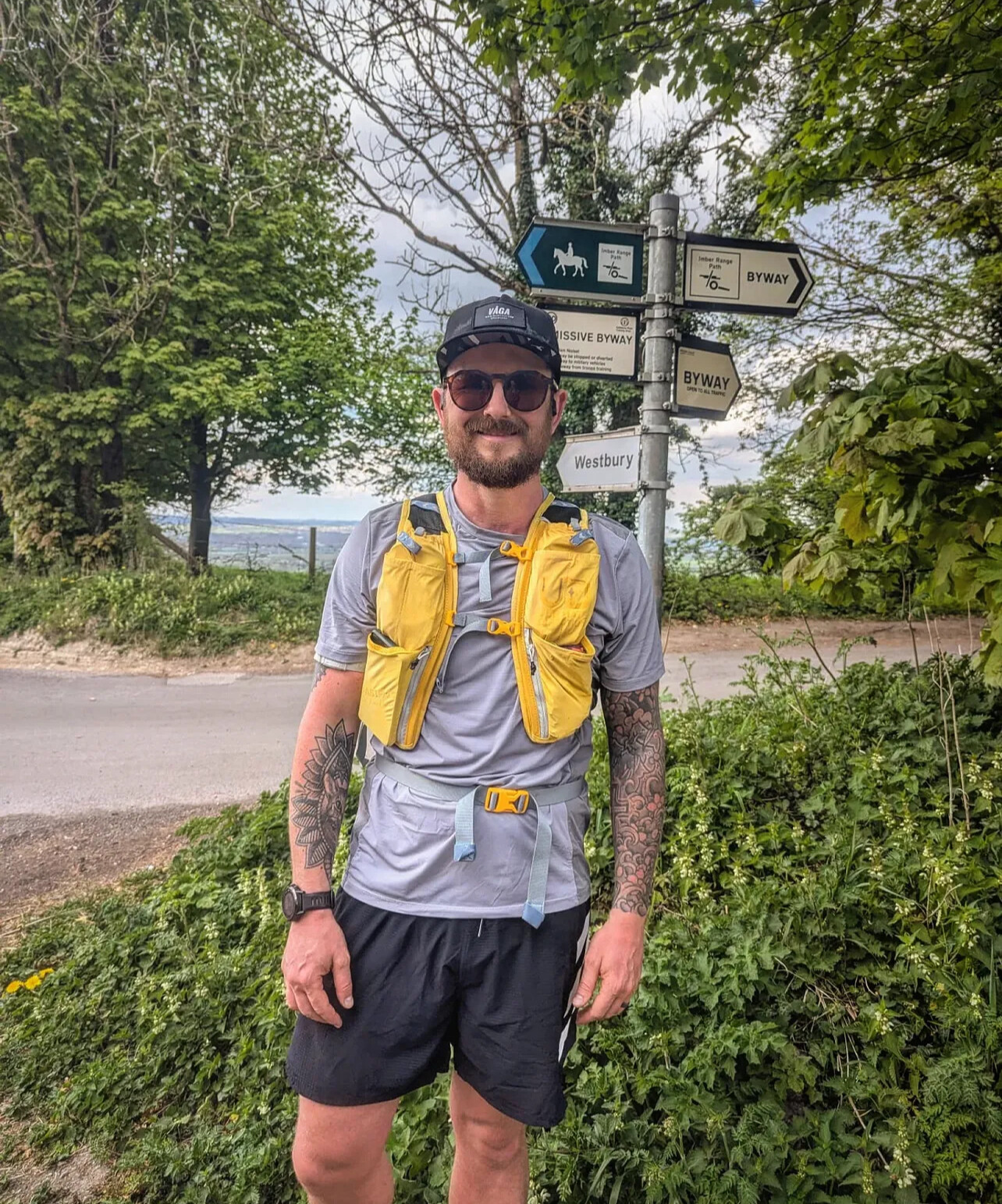
“After I ran my first marathon, I thought that was the pinnacle,” says 37-year-old Julie Ramos, who recently completed her first 50K on the trails outside Asheville, North Carolina. “But a friend talked me into trying a 50K, and it unlocked something I didn’t expect. It wasn’t just harder—it was more meaningful.”
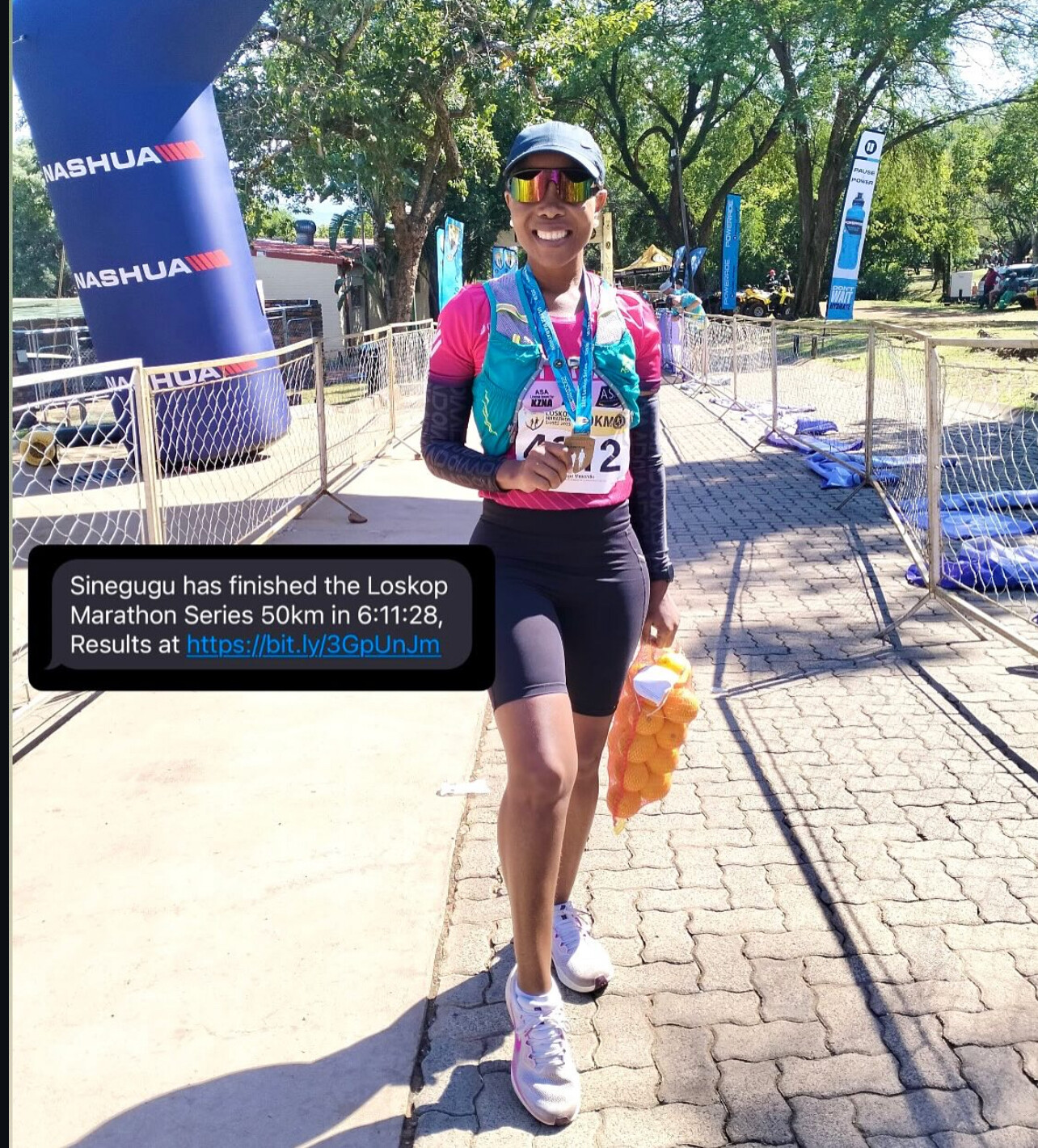
Runners are discovering that going longer doesn’t necessarily mean going faster—it means going deeper. Trail ultras, in particular, emphasize patience, community, and adaptability over raw speed.
From Speed to Sustainability
Unlike the highly structured splits of road races, ultramarathons invite a different rhythm. Walk breaks are expected. Aid stations offer more than water and gels—they serve up peanut butter sandwiches, broth, and even slices of watermelon. The vibe is supportive, not competitive.
“There’s a psychological shift,” says Bob Anderson, founder of My Best Runs. “Many runners are drawn to ultras not because they’re chasing a PR, but because they want to test their limits in a new way. There’s a freedom in going long.”
Making the Leap: What to Know
1. Mileage Must Rise Slowly: You don’t go from 5K to 50K in a month. Most runners build over 6 to 12 months, increasing their long runs gradually and incorporating back-to-back long days on weekends.
2. Fueling Is a Skill: Unlike a 10K, you can’t get through a 50K on water and grit alone. Learning how to eat during your run—without upsetting your stomach—is essential.
3. Recovery Is a Priority: Because weekly mileage often exceeds marathon training, recovery—sleep, stretching, rest days—is no longer optional. It’s the foundation.
4. Your Mind Is Half the Battle: Many first-time ultrarunners say the final miles are more mental than physical. Developing mental strategies (mantras, visualization, focusing only on the next aid station) is key.
The 50K as the Gateway Ultra
The 50K, just over 31 miles, has become the entry point for most new ultrarunners. It’s a logical step from the marathon, with just 5 more miles—but those extra miles often take place on trails, where terrain and elevation replace city streets and cheering crowds.
“There’s something raw and pure about it,” says 29-year-old Aaron Cho, who finished his first trail ultra last month in Utah. “It feels like running stripped down to its essence.”
Final Stride
Ultras aren’t just about distance—they’re about rediscovering your relationship with running. As more 5K and 10K runners look for new goals, the 50K offers a powerful alternative to racing faster: running farther, with purpose.
And for many, that’s exactly what they’ve been looking for.
by Boris Baron
Login to leave a comment
The GOAT Returns: Courtney Dauwalter Takes on the Cocodona 250 Mile Ultra
Courtney Dauwalter, widely regarded as one of the greatest ultrarunners of all time, is set to take on the formidable Cocodona 250—a 250-mile ultramarathon stretching from Phoenix to Flagstaff, Arizona. This grueling race, commencing at 5 a.m. PT on Monday, May 5, 2025, marks her first race over 200 miles since 2020 .
Born on February 13, 1985, in Hopkins, Minnesota, Dauwalter’s athletic journey began with cross-country skiing, where she became a four-time state champion during high school. She continued her athletic pursuits at the University of Denver on a cross-country skiing scholarship and later earned a master’s degree in teaching from the University of Mississippi in 2010 . Before turning professional in 2017, she taught middle and high school science in Denver.
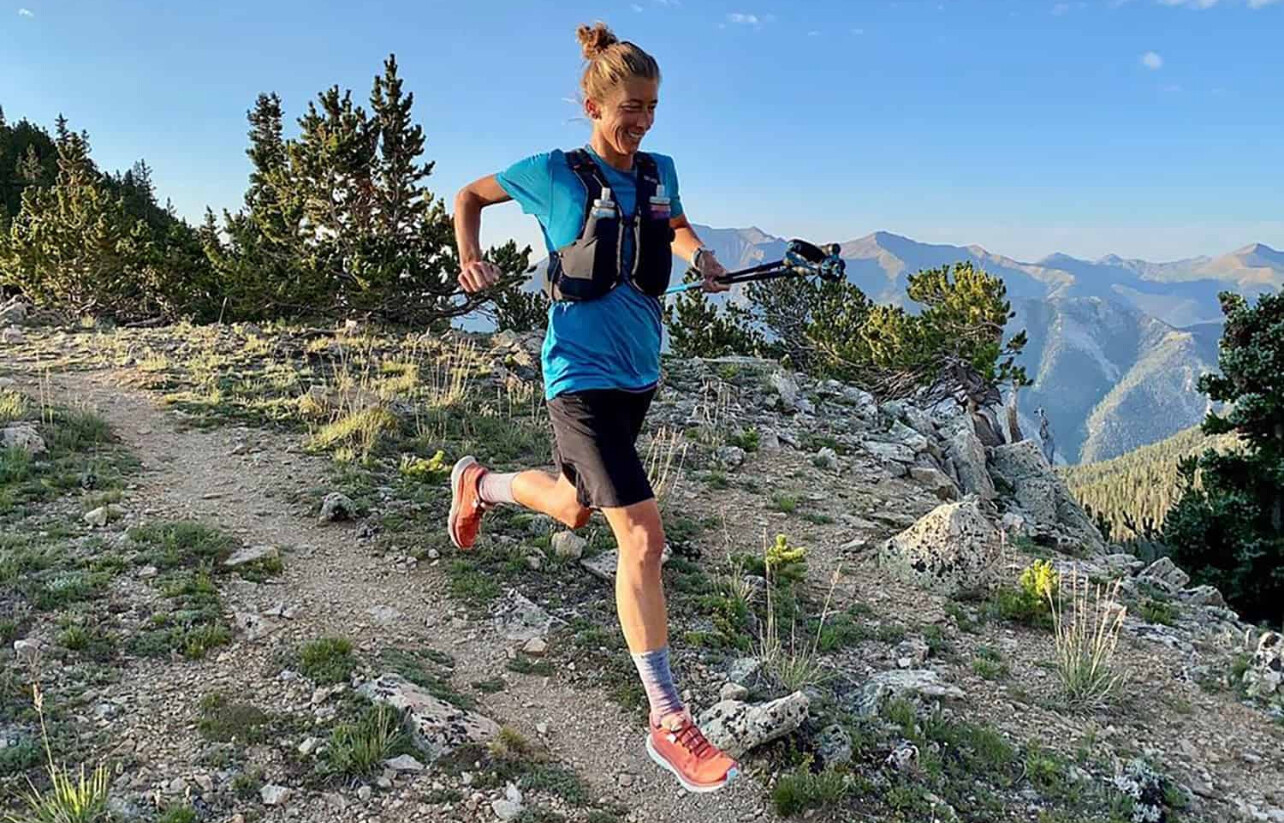
Dauwalter’s ultrarunning career is marked by remarkable achievements. In 2023, she became the first person to win the Western States 100, Hardrock 100, and the Ultra-Trail du Mont-Blanc (UTMB) in the same year . Her victories often come with record-breaking performances, showcasing her exceptional endurance and mental fortitude.
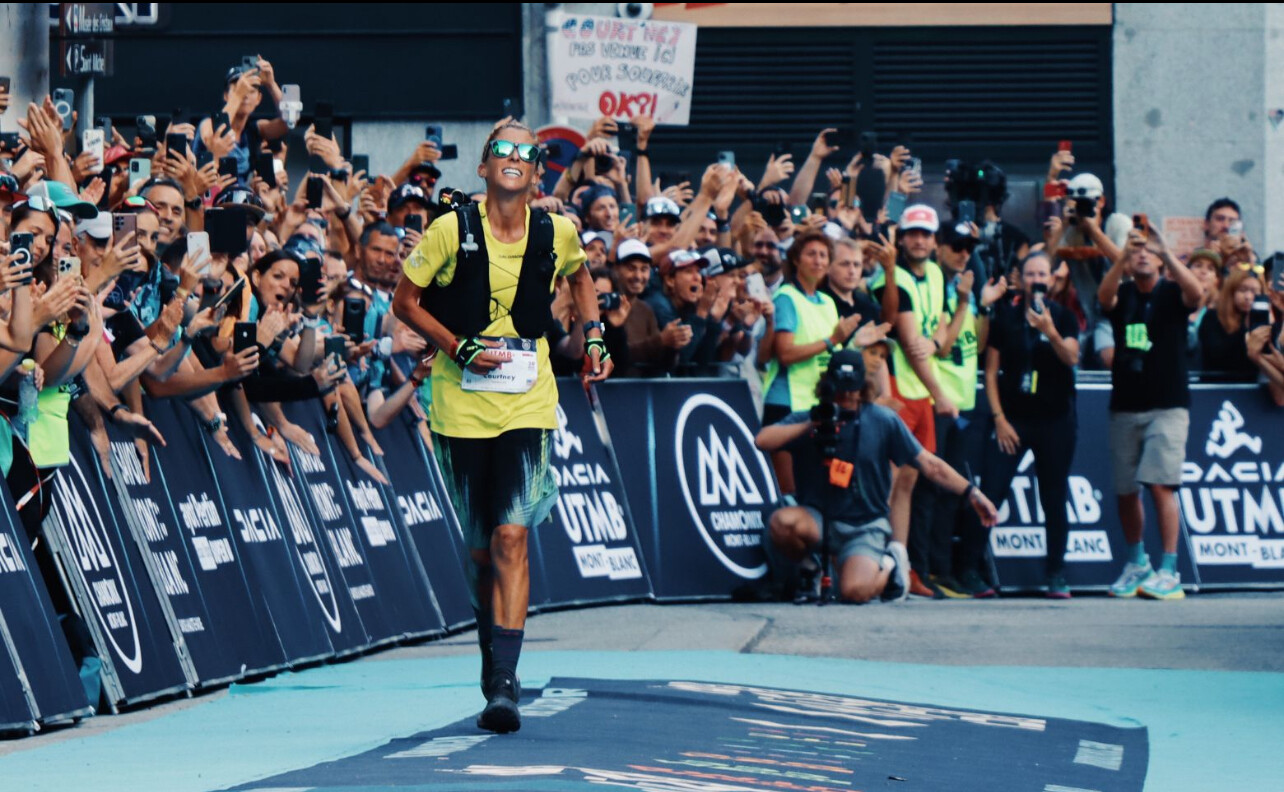
The Cocodona 250 is a point-to-point race that challenges runners with diverse terrains, including desert landscapes, mountainous trails, and significant elevation changes. For Dauwalter, this race presents an opportunity to explore new limits. “I haven’t run a race over 200 miles since 2020,” she noted, highlighting the significance of this endeavor .
Her preparation for Cocodona has been promising. She began her 2025 season with a victory at the Crown King Scramble 50K, indicating strong form leading into this ultramarathon .
A distinctive aspect of Dauwalter’s approach is her embrace of the “Pain Cave,” a term she uses to describe the mental space where she confronts and overcomes extreme physical challenges. She visualizes it as a place to “chip away” at her limits, finding growth through adversity.
Unlike many elite athletes, Dauwalter eschews strict training regimens and coaching, opting instead for an intuitive approach that prioritizes joy and curiosity. Her philosophy centers on listening to her body and finding happiness in the process, which she believes enhances performance.
Courtney Dauwalter’s journey from a science teacher to an ultrarunning icon serves as an inspiration to athletes and non-athletes alike. Her achievements demonstrate the power of resilience, mental strength, and a passion-driven approach to pursuing one’s goals.
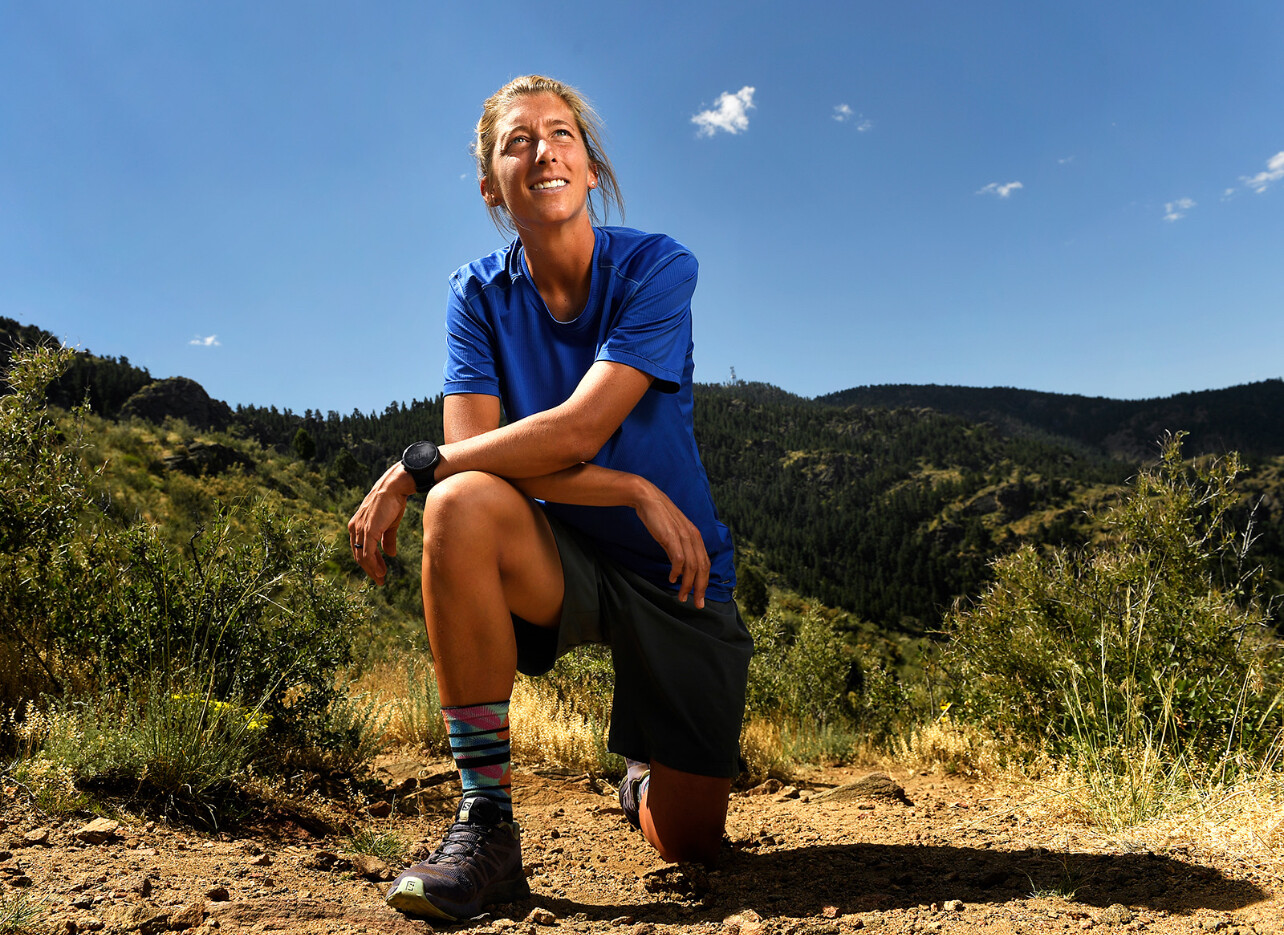
As she embarks on the Cocodona 250, the ultrarunning community watches with anticipation, eager to witness another chapter in the extraordinary career of this remarkable athlete.
by Boris Baron
Login to leave a comment
London Marathon Sets New Record with Over 1.1 Million Applications for 2026
The London Marathon continues to captivate the global running community, as organizers announced a record-breaking 1,133,813 applications for the 2026 race. This figure represents a 36% increase from the previous year’s record of 840,318 applications for the 2025 event, underscoring the marathon’s unparalleled appeal .
“This is an absolutely staggering total which reaffirms London as by far the most popular marathon on the planet,” said Hugh Brasher, CEO of London Marathon Events. “Marathon Day is always an extraordinary and inspirational day when we celebrate the very best of humanity.”
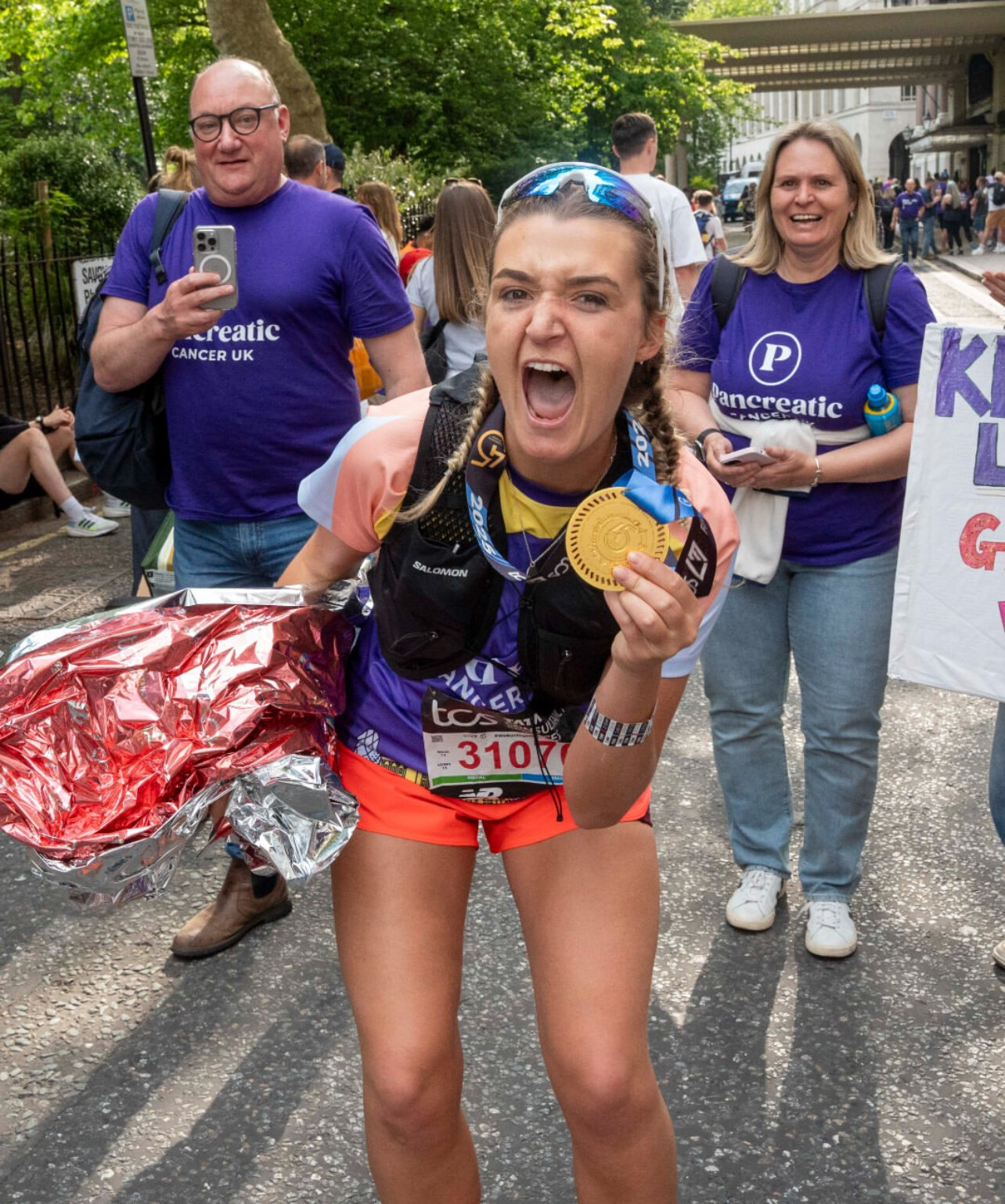
The 2025 edition of the marathon further cemented its legendary status. A record 56,640 runners crossed the finish line, setting a new world record for the highest number of finishers in a marathon. This achievement surpasses the previous record of 55,646 set by the New York City Marathon in 2024 .
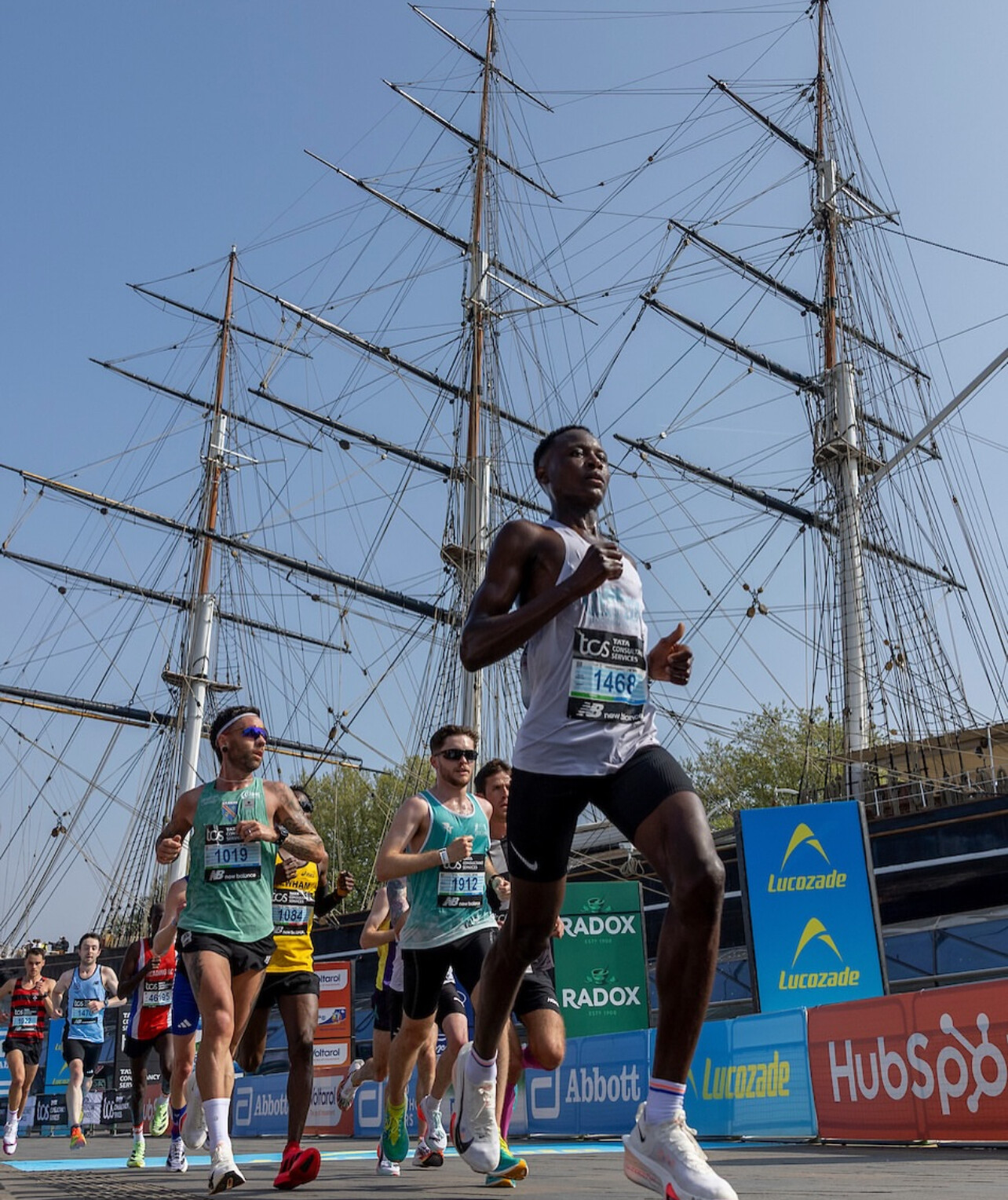
In the women’s elite race, Ethiopia’s Tigst Assefa delivered a historic performance, completing the course in 2:15:50. This time set a new women’s-only marathon world record, surpassing the previous mark of 2:16:16 established by Peres Jepchirchir in 2024 .

The men’s elite race saw Kenya’s Sabastian Sawe claim victory with a time of 2:02:27, the second-fastest in London Marathon history, trailing only Kelvin Kiptum’s 2:01:25 set in 2023 .
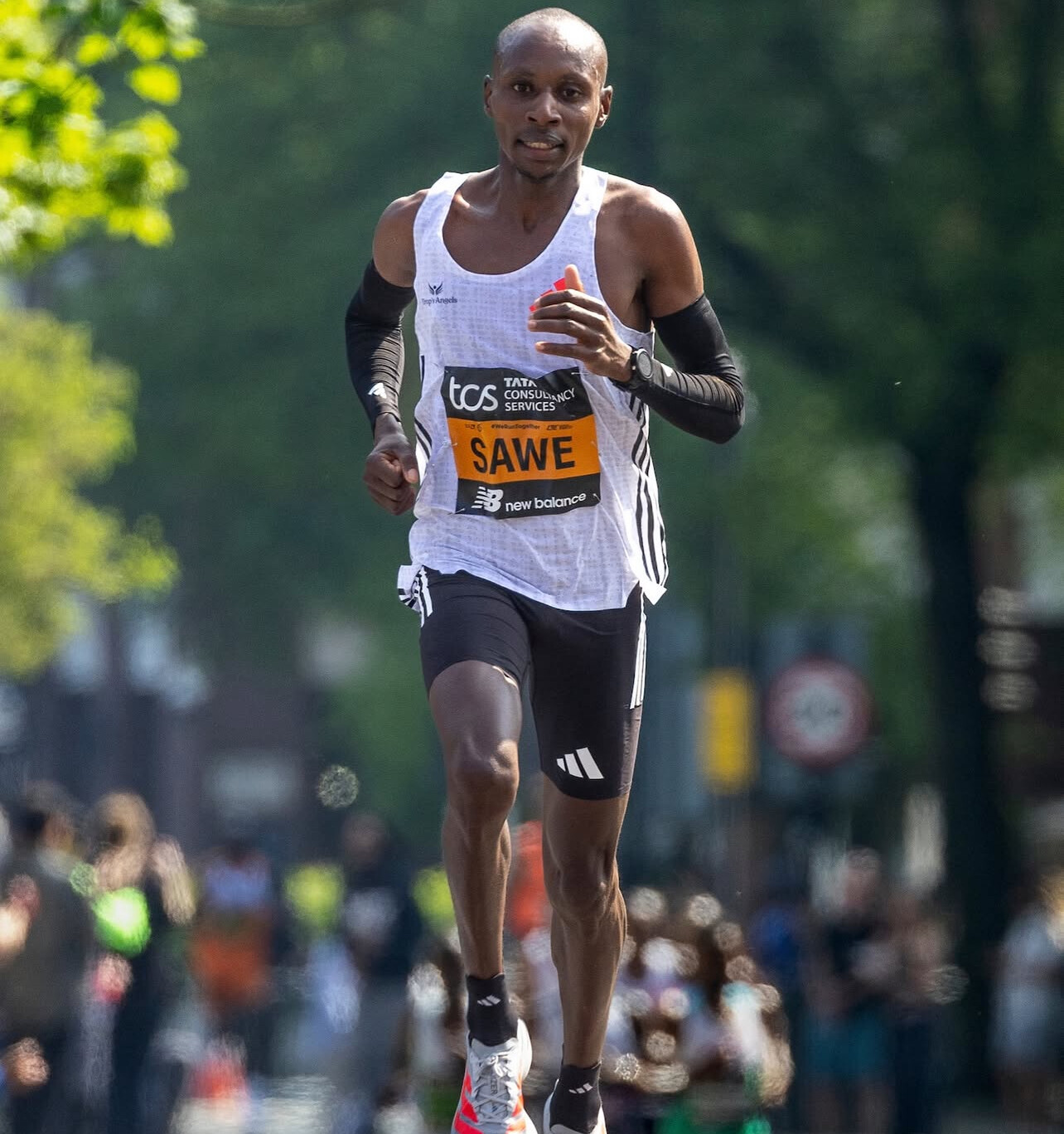
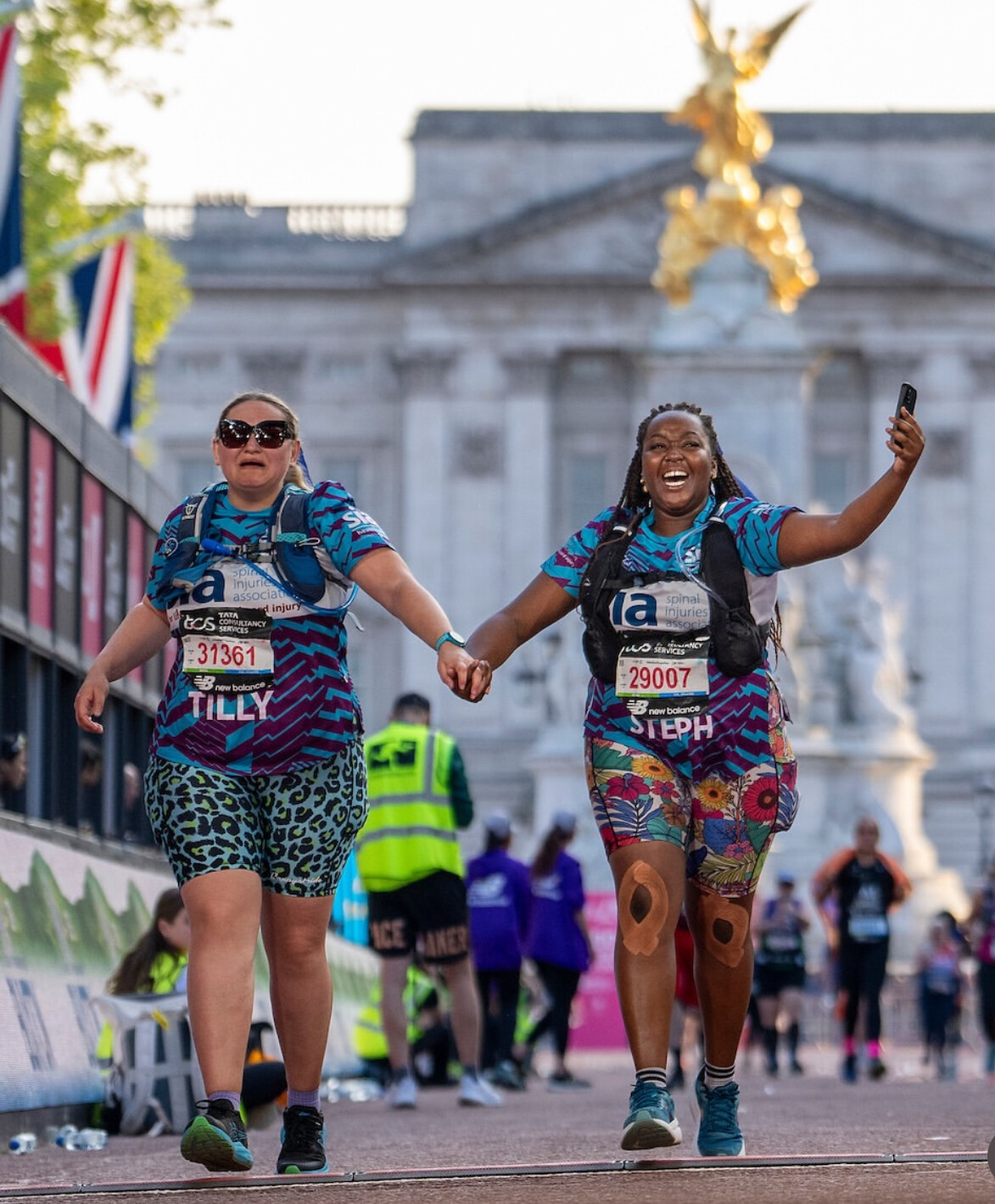
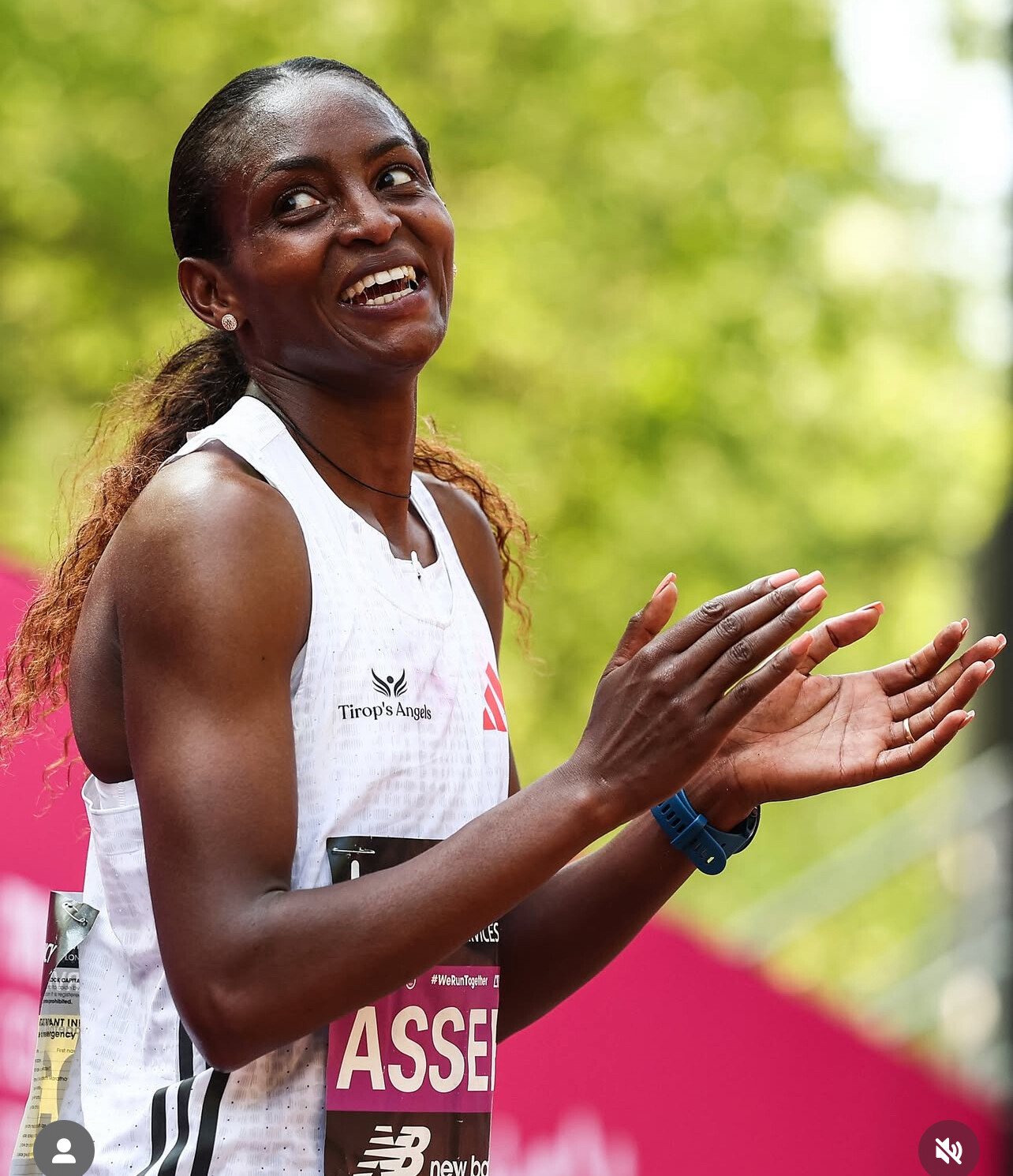
Beyond athletic achievements, the 2025 marathon also made a significant philanthropic impact. Participants raised over £75 million (approximately $99.9 million USD) for various charities, reinforcing the event’s status as the world’s largest single-day fundraising event .
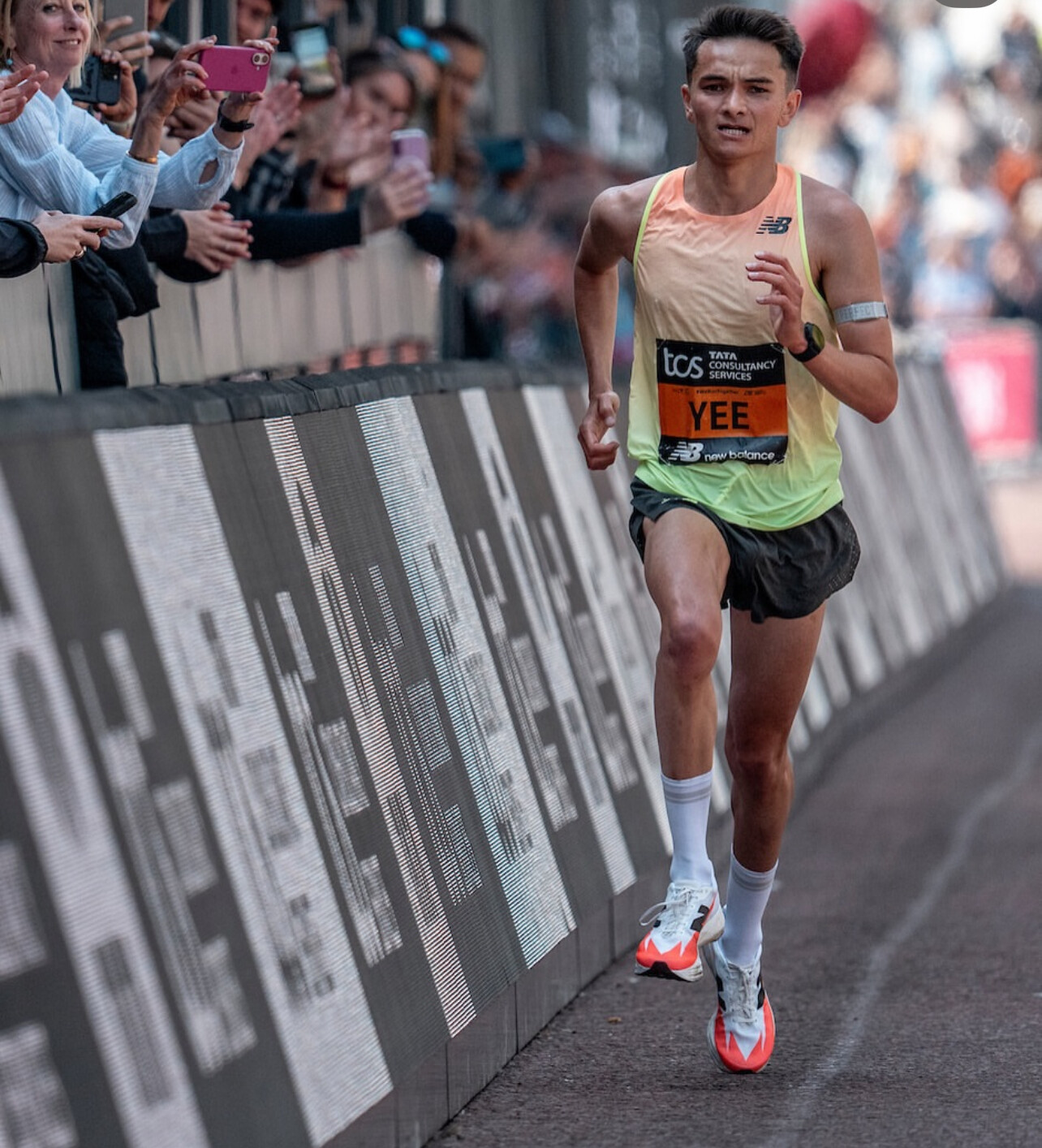
With its blend of elite competition, mass participation, and charitable fundraising, the London Marathon continues to set the standard for global marathon events.
by Boris Baron
Login to leave a comment
One Mile or One Hundred The Battle for the Soul of the Mile in 2025
In 2025, the word “mile” carries very different meanings depending on who’s lacing up their shoes. For some, it’s about blistering speed—the chase for a personal best in an all-out sprint lasting just a few intense minutes. For others, it’s about endurance, grit, and surviving a 100-mile ultramarathon—not once, but four times in one season. While one version of the mile is measured in minutes, the other is measured in days, elevation, and blisters.
Both forms of running are surging in popularity, drawing passionate athletes and growing crowds. But which “mile” speaks to you?
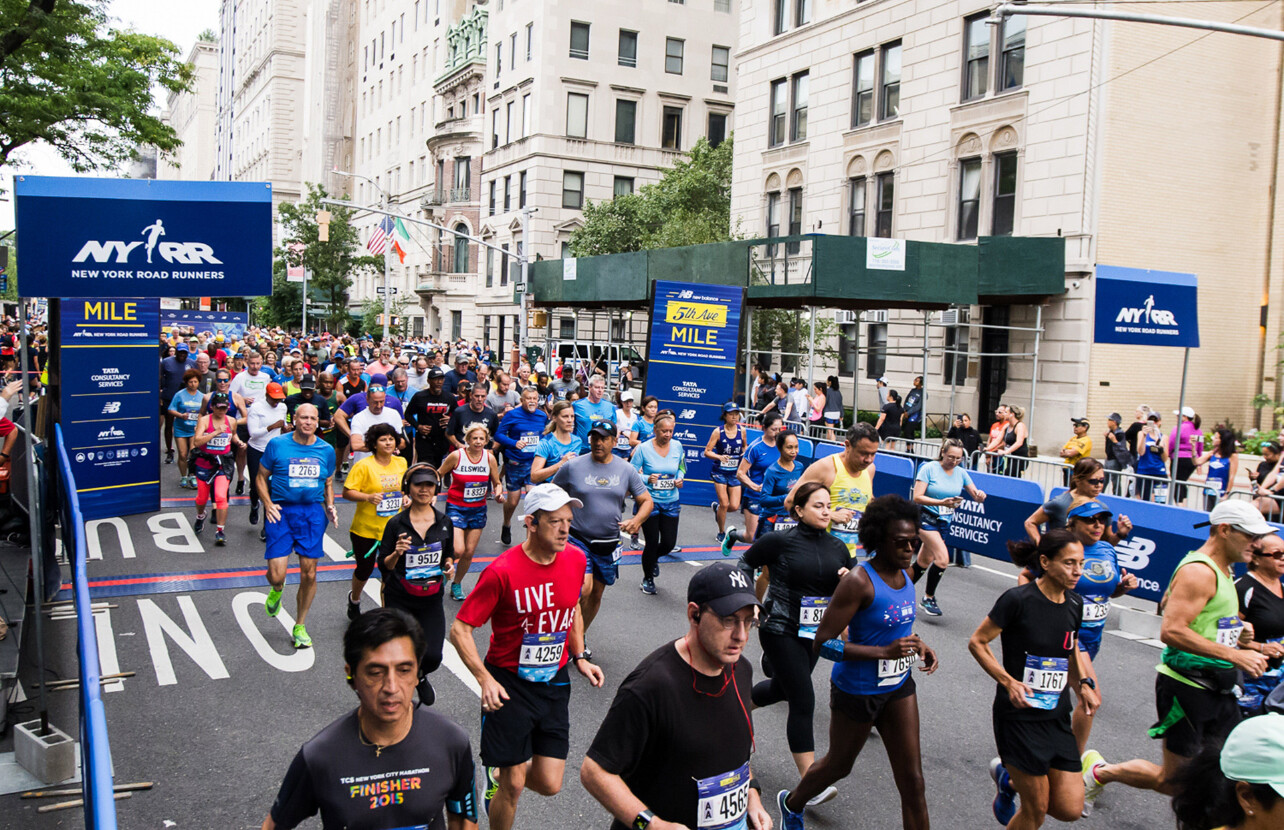
The Rise of the Road Mile
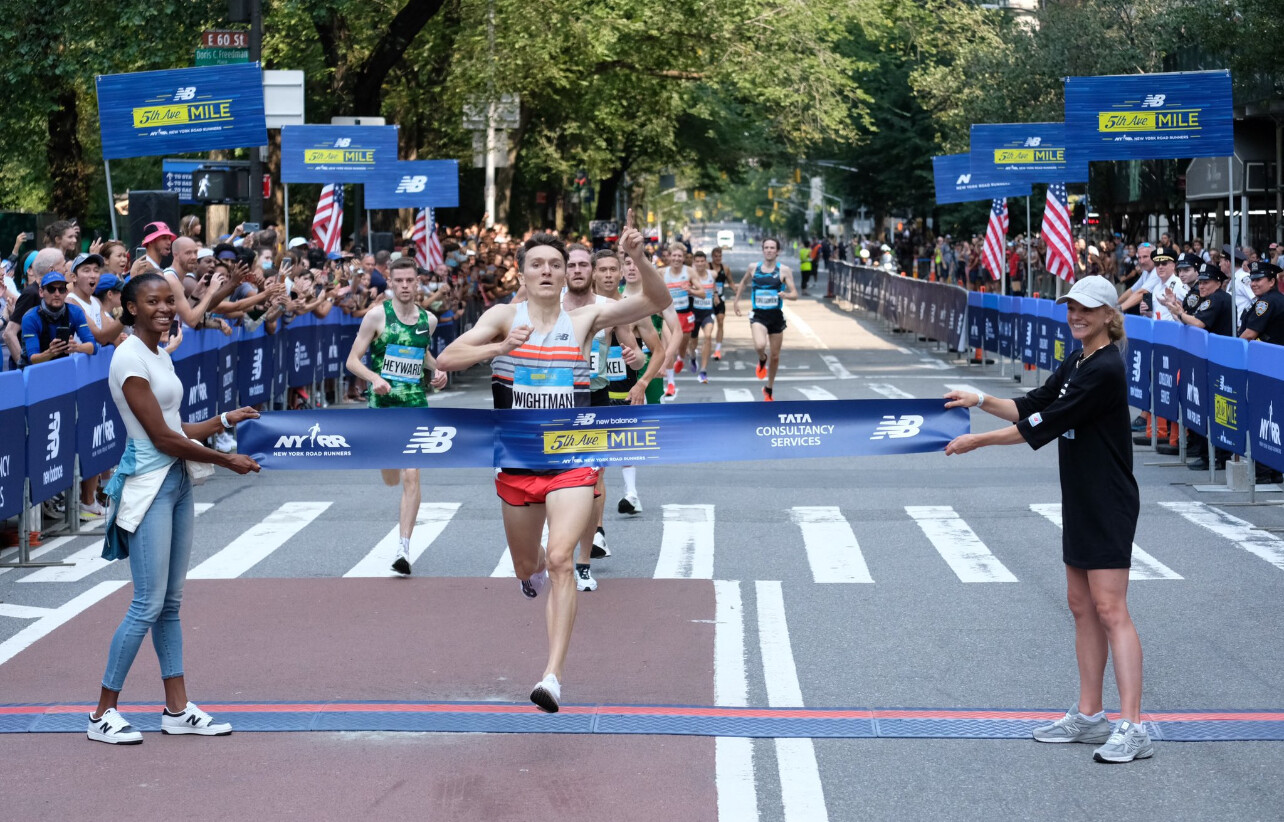
The road mile is back in the spotlight. Once overshadowed by the 5K and 10K, this short, intense race has re-emerged as a fan favorite. In cities across the U.S. and around the world, runners are lining up for high-stakes, high-speed showdowns that test both speed and tactical racing smarts.
One of the most iconic examples is the New Balance 5th Avenue Mile in New York City. Scheduled for Sunday, September 7, 2025, this legendary event draws elite professionals, masters athletes, and youth competitors for a one-mile drag race down Manhattan’s Fifth Avenue. With the skyline as a backdrop and cheering crowds lining the route, it offers one of the purest expressions of speed in road racing.
“It’s raw, it’s electric, and it’s over before you know it,” said one competitor who’s raced both marathons and the mile. “The road mile demands absolute precision—whether you’re aiming to break five minutes or six, you don’t get time to recover from a tactical mistake.”
Events like the Guardian Mile in Cleveland and the Grand Blue Mile in Iowa have followed suit, offering prize money, flat courses, and the kind of short-format excitement that appeals to both spectators and athletes. The mile, once seen as a track-specific discipline, has truly found a home on the road.
The Grand Slam of Ultrarunning
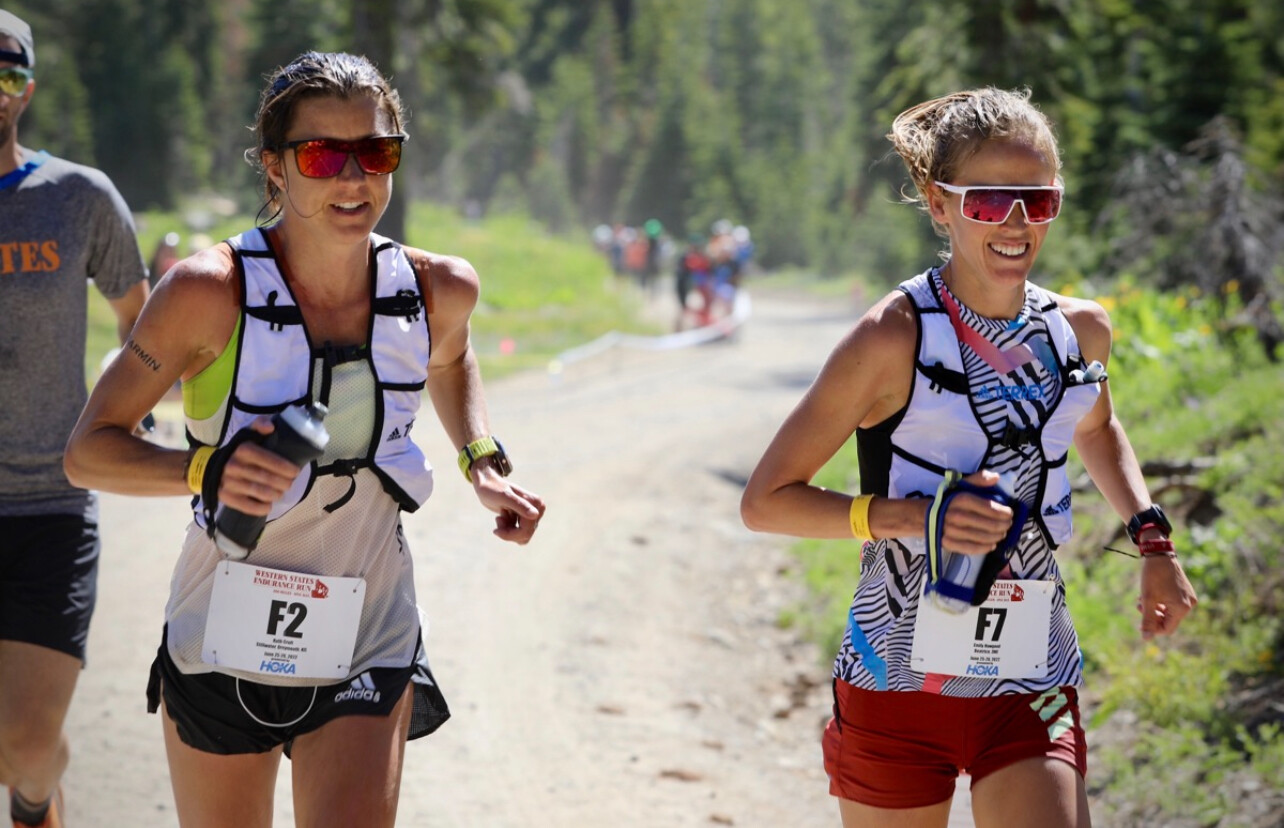
At the other extreme lies the Grand Slam of Ultrarunning—one of the sport’s most grueling and prestigious challenges. Often confused online with terms like “mile grand slam” due to the cumulative 400 miles of racing, the official name is simply The Grand Slam.
To earn this distinction, runners must complete four of the oldest and most iconic 100-mile trail races in the United States during a single summer. The core races typically include:
• Western States 100 (California)
• Vermont 100 Mile Endurance Run
• Leadville Trail 100 (Colorado)
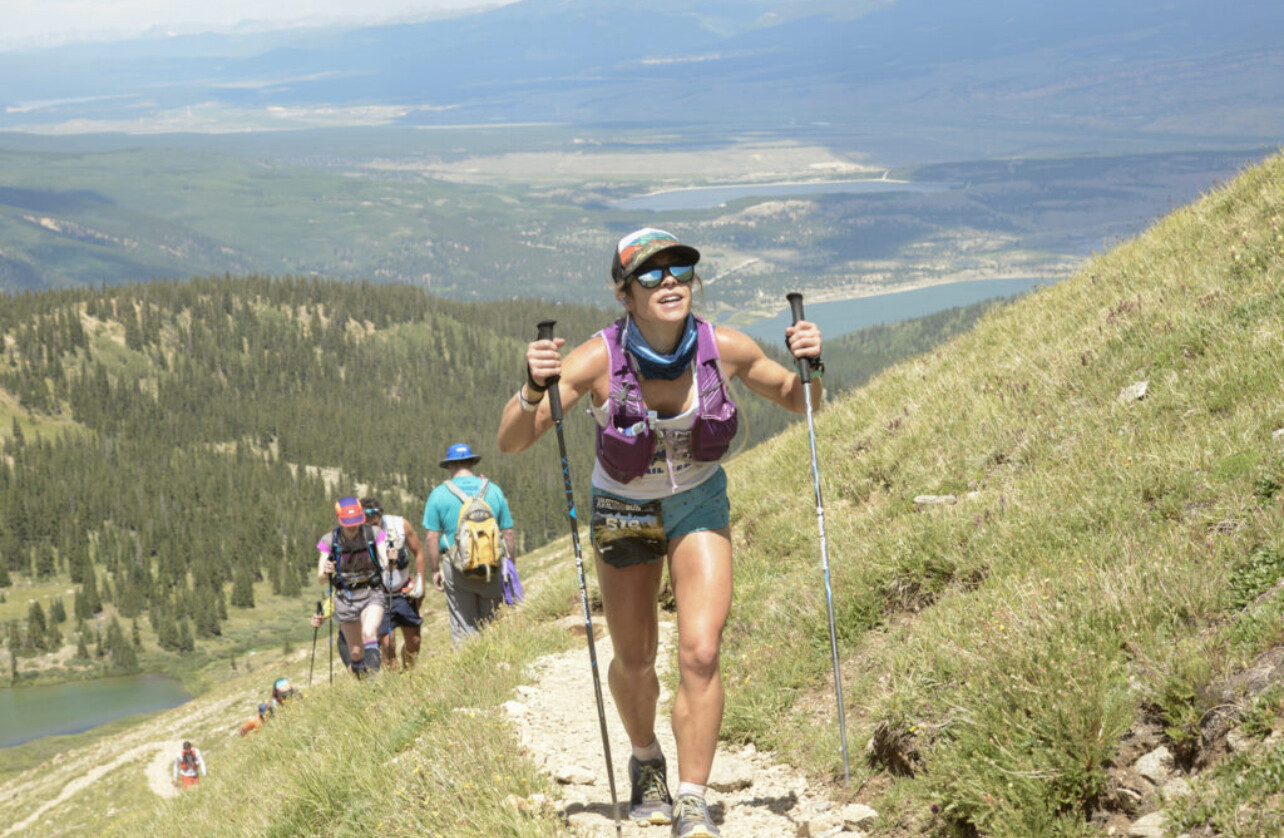
• Wasatch Front 100 (Utah)
Some years permit substitutions like the Old Dominion 100, depending on scheduling. Regardless of the lineup, the difficulty is staggering: thousands of feet of elevation gain, brutal cutoffs, altitude, heat, and sleep deprivation.
“To finish one 100-miler is an accomplishment,” said a veteran ultrarunner who’s completed the Slam. “To finish four in under 16 weeks—there’s nothing like it. It’s not about speed. It’s about survival, strategy, and heart.”
Since its formal inception in the 1980s, fewer than 400 runners have completed the Grand Slam—a testament to its difficulty and prestige.
Two Extremes, One Shared Spirit
At first glance, these two uses of the word “mile” couldn’t be more different. One is sleek and fast; the other is rugged and long. One ends before your legs even start to ache; the other pushes your limits for an entire day—and night.
But at their core, both disciplines require the same fuel: dedication, discipline, and the courage to test yourself. Whether it’s the final lean in a road mile or the final climb at mile 96 of a trail race, runners in both arenas are chasing something personal—and powerful.
Final Thought
So what does the mile mean in 2025? For some, it’s a tactical burn over 1,760 yards. For others, it’s the slow, steady march of 100 trail miles—repeated four times. Either way, the mile remains one of the sport’s most meaningful measures of challenge.
by Boris Baron
Login to leave a comment
Kenya vs Ethiopia What Sets Their Runners Apart
When it comes to distance running, no two countries are more dominant—or more frequently compared—than Kenya and Ethiopia. From 5Ks to marathons, athletes from these East African nations consistently top podiums and rewrite record books. But while the results may look similar, the paths to victory are often quite different.
Altitude Advantage, Different Terrains
Both Kenya and Ethiopia benefit from high-altitude environments that naturally boost endurance. Kenya’s top training hubs, like Iten and Eldoret, sit between 7,000 and 8,000 feet. Ethiopia’s Bekoji and Sululta offer similar elevations. But terrain matters too: Kenya’s roads are often red clay or uneven gravel, ideal for building strength and resilience. Ethiopia’s runners more frequently train on hills and mountain trails, with steeper and more demanding climbs integrated into daily runs.
Training Philosophies Diverge
Kenyan training is rooted in simplicity and rhythm. Athletes often meet for large group sessions, with a strong focus on tempo runs, long-distance efforts, and unstructured fartleks. The vibe is community-oriented and competitive—if someone surges, the group follows.
In contrast, Ethiopia’s elite training tends to be more individualized and coach-driven. Athletes follow structured schedules with clearly defined paces, recovery sessions, and high-intensity track workouts. The approach is more scientific, and recovery days are strictly observed.
Daily Life and Recovery
Kenyan runners typically live together in camps, waking early to train, followed by long periods of rest. A second run often comes in the late afternoon, and the lifestyle emphasizes minimal distractions.
Ethiopian runners may train in smaller groups and return home between sessions. There’s more variety in how the day is structured, though the focus on discipline remains.
(Photos) Kenyan Training in Iten and Eldoret
1. Mass Training Run in Iten
A striking image capturing a large group of Kenyan runners during a typical morning session on the red dirt roads of Iten, known as the “Home of Champions.”
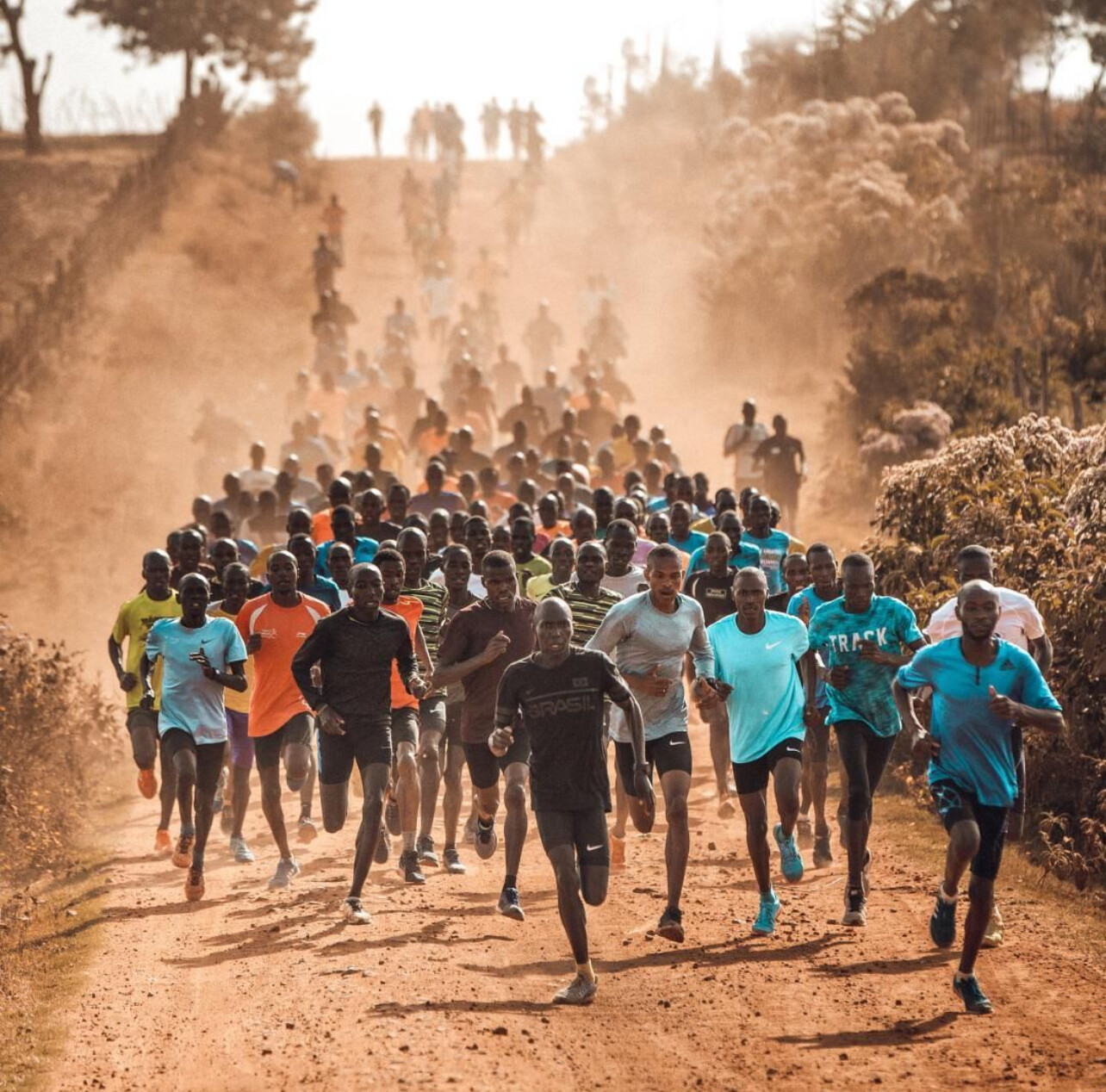
2. Track Workouts in Eldoret
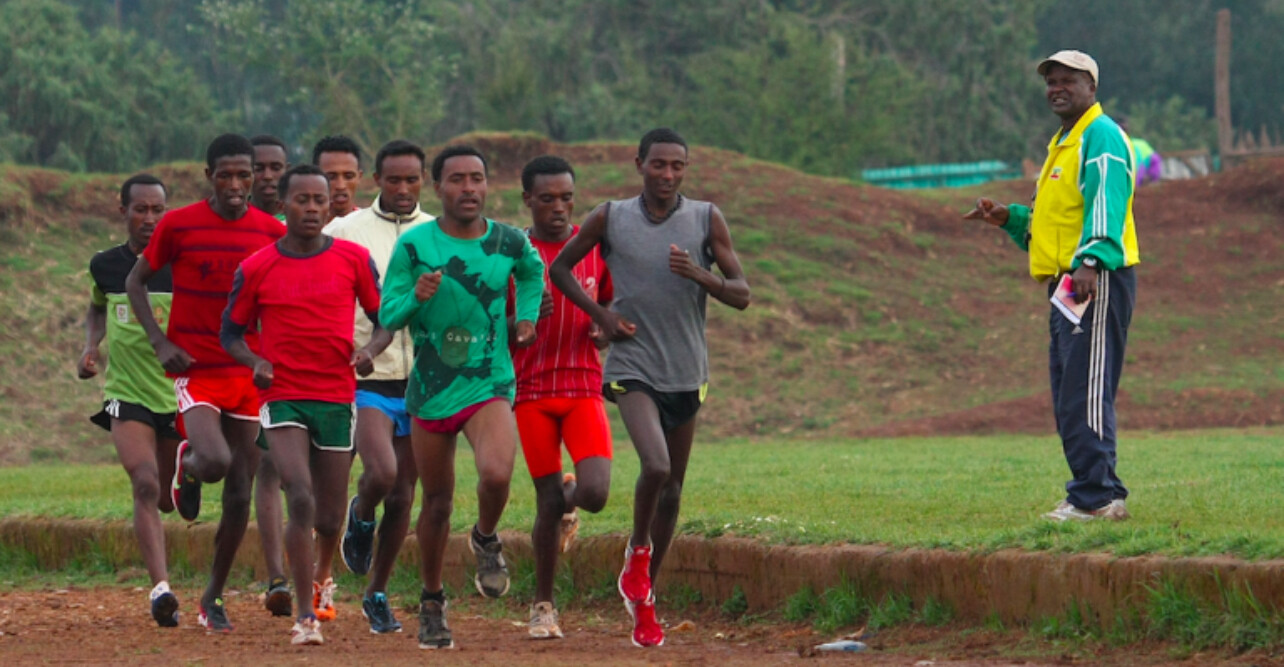
Kenyan marathon runners engaging in interval training at the athletics track in Eldoret, highlighting their emphasis on group cohesion and endurance.
(Photos) Ethiopian Training in Bekoji and Sululta
3. Group Training in Bekoji
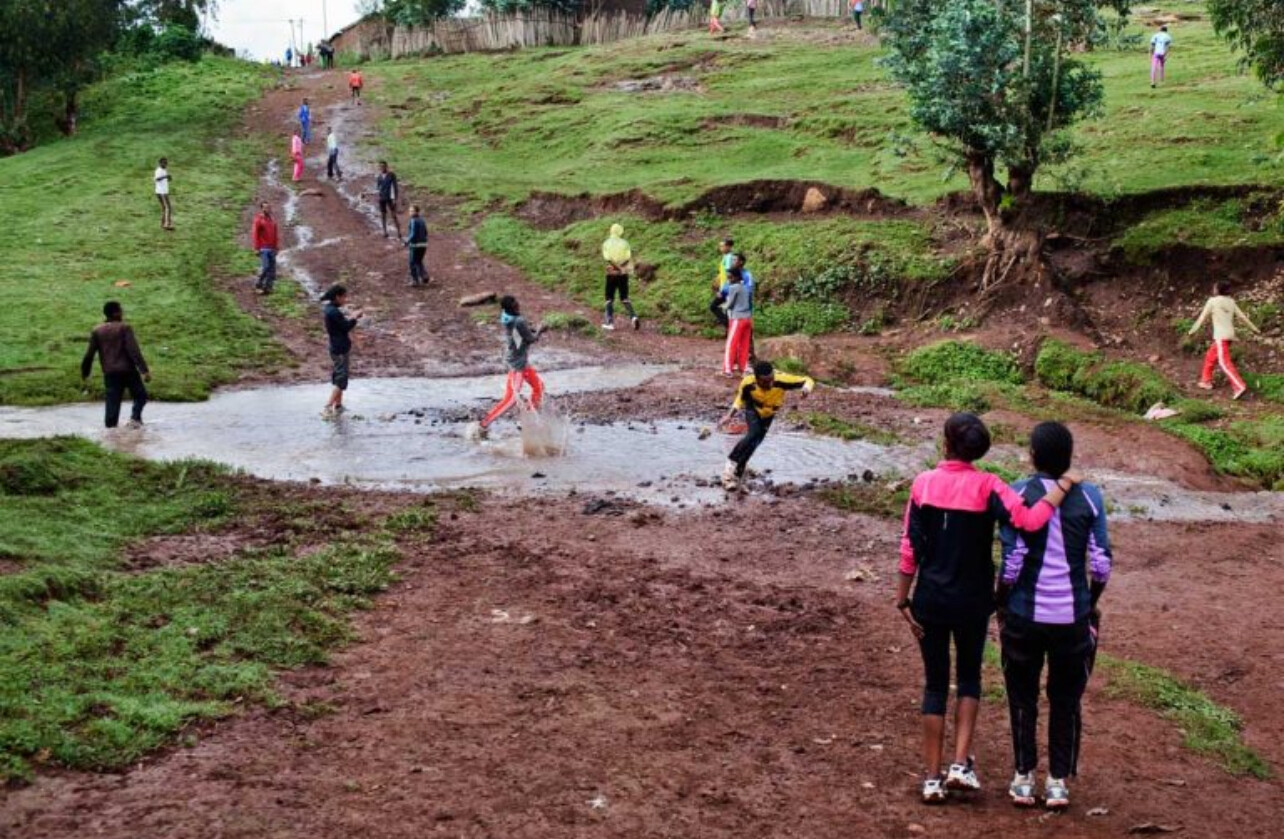
A glimpse into a training session in Bekoji, Ethiopia, showcasing runners on a dirt track, emphasizing their structured and coach-led routines.
4. Trail Running in Sululta
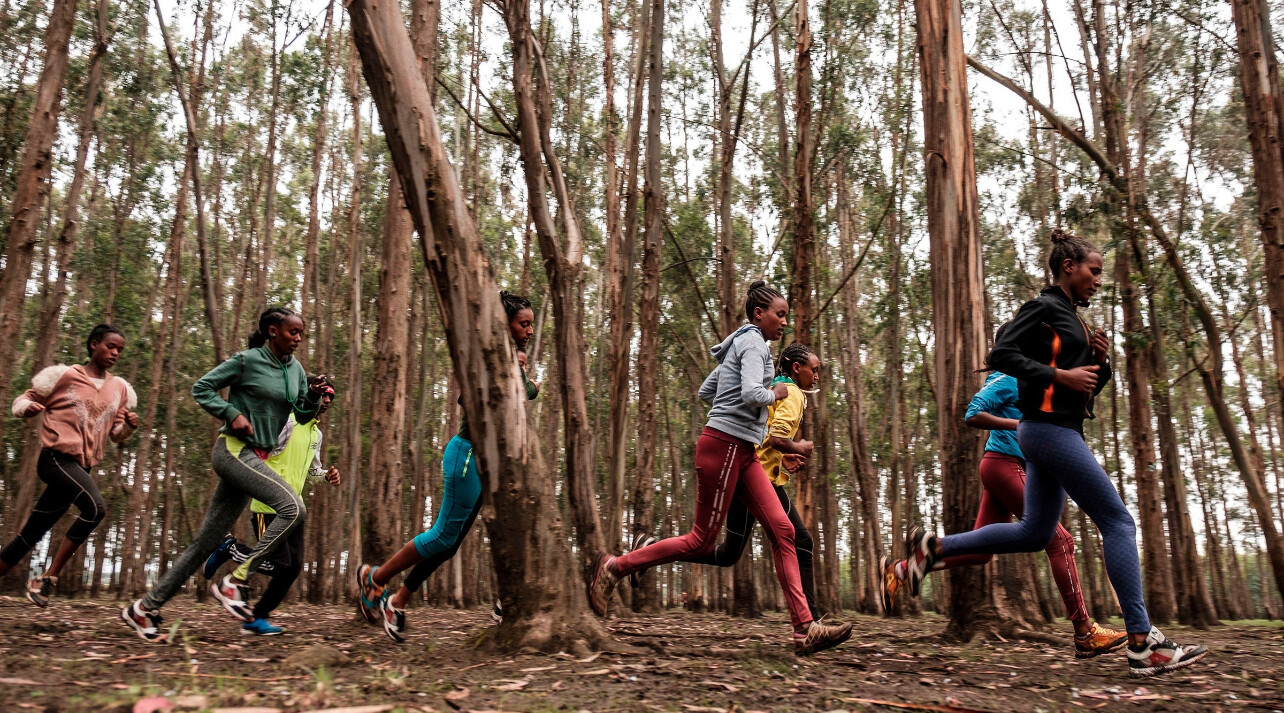
Ethiopian athletes navigating through forested trails in Sululta, reflecting their focus on varied terrains and natural environments.
Fueling for Success
Diet is another point of contrast. Kenyan athletes often eat ugali, a maize-based dish, with sukuma wiki (collard greens) and beans. Meals are consistent, simple, and heavy on carbohydrates. Hydration includes local teas and water, with little emphasis on supplements.
In Ethiopia, injera (a sour flatbread made from teff) is the foundation, served with protein-rich stews like shiro or doro wat. Teff is rich in iron and slow-digesting carbs—making it a valuable fuel for endurance.
Cultural and Coaching Influence
In Kenya, many athletes are inspired by runners from their own village or region—legends like Eliud Kipchoge or David Rudisha have inspired thousands. Training is often passed down through generations informally.
In Ethiopia, there’s a more centralized coaching system and support from the national federation. Greats like Haile Gebrselassie and Kenenisa Bekele have helped shape a more formal pathway from local clubs to the world stage.
Different Roads, Same Finish Line
Despite the differences, the results speak for themselves: both countries continue to dominate. Kenya may have the edge in the marathon, while Ethiopia consistently excels in 10K and track events. Together, they’ve redefined what’s possible in distance running.
by Boris Baron
Login to leave a comment
Running on Vacation - The Rise of Destination Races and Wellness Travel
Runners are no longer just chasing personal bests—they’re chasing passport stamps, too. Around the world, thousands of runners are combining their love of travel with their passion for racing, fueling a surge in destination races and wellness-focused running getaways.
From the historic cobblestone streets of Rome to the snowcapped trails of Patagonia, destination races have become bucket-list experiences. These events are about more than just performance—they offer culture, adventure, and a chance to see the world on foot.
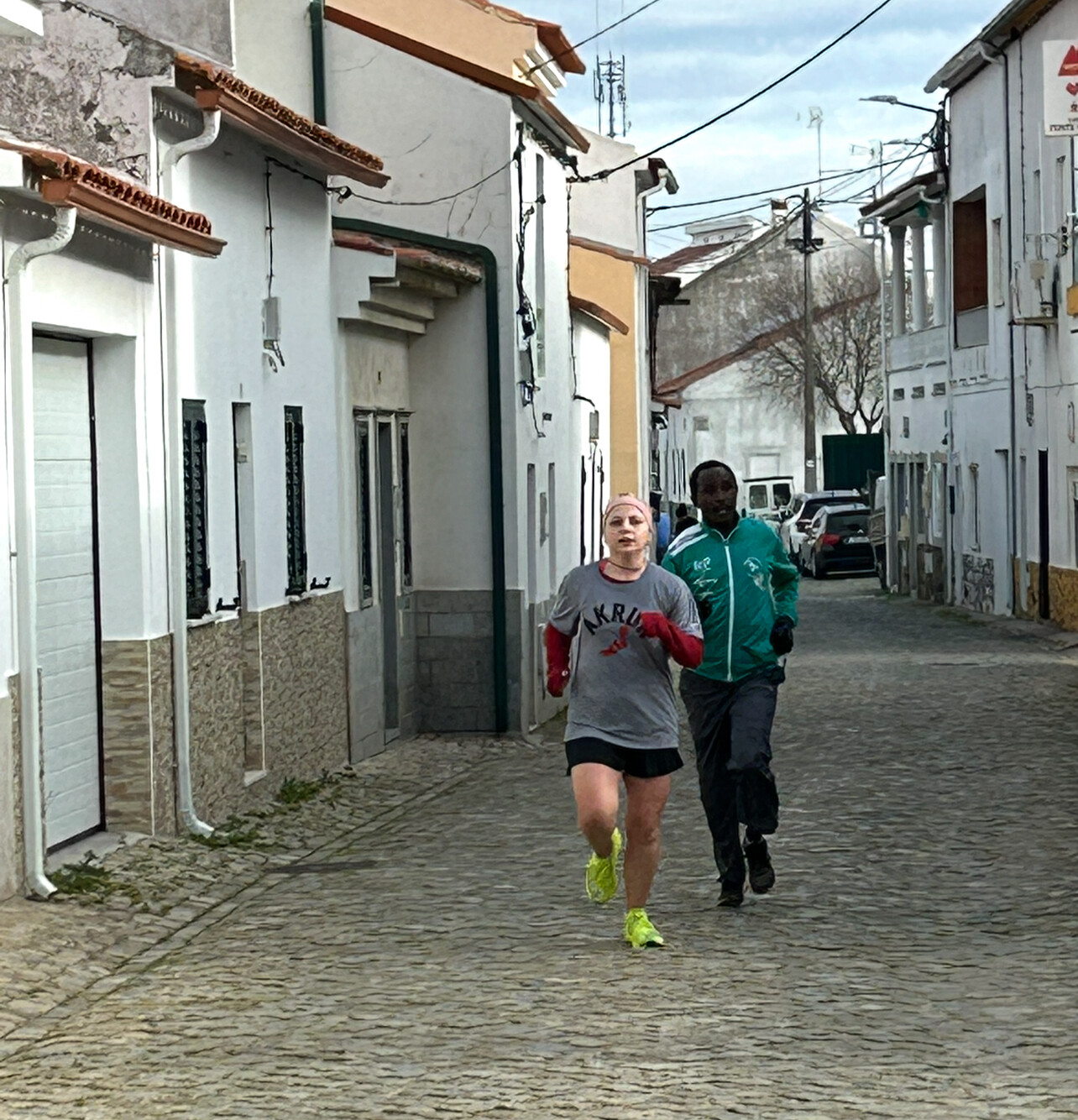
A Growing Global Trend
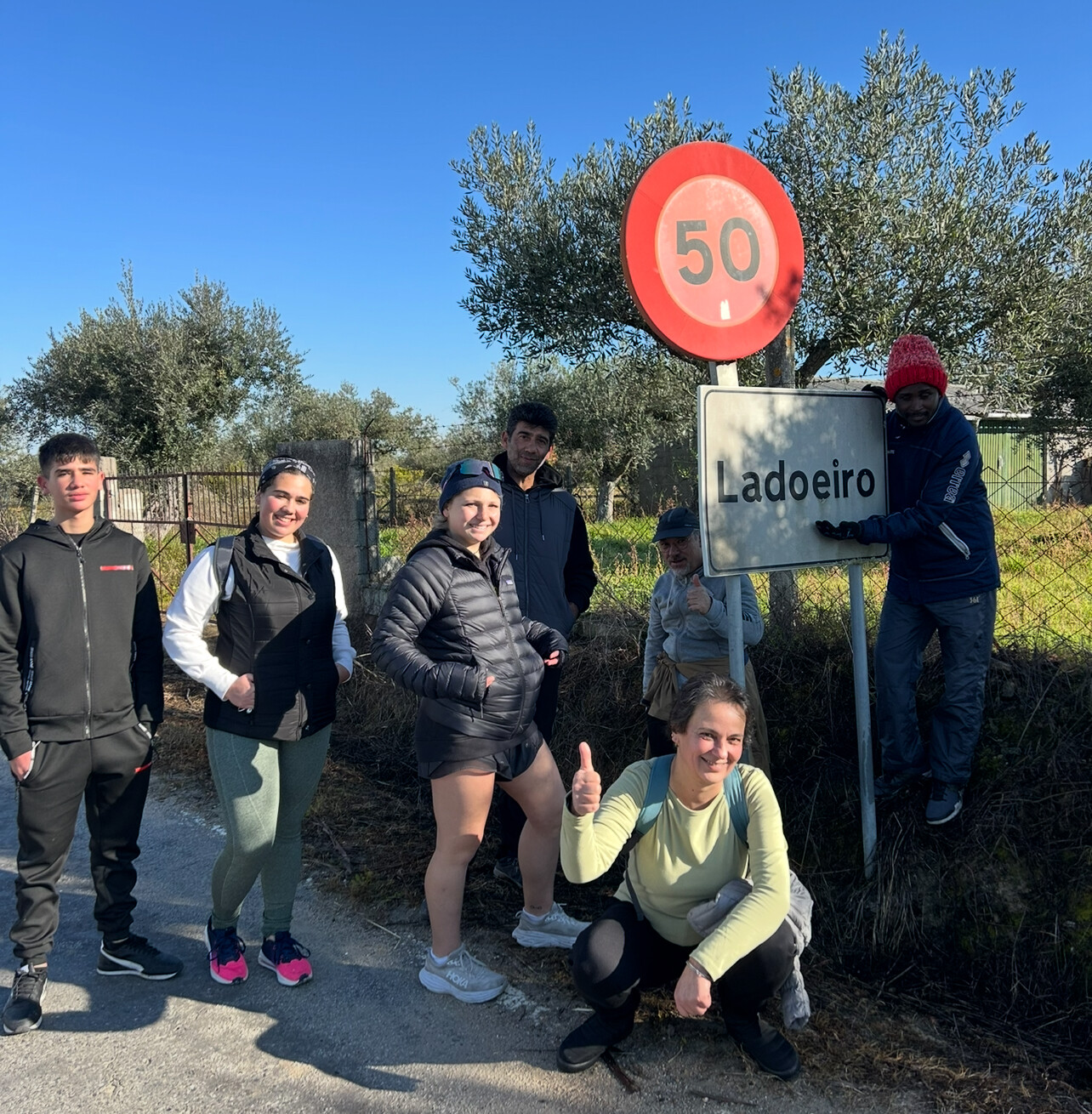
Race-cations are booming. Major marathons like Tokyo, Berlin, and Paris draw runners from dozens of countries each year, not only for the challenge but also for the immersive experience of racing through iconic cities. At the same time, trail and ultramarathons in remote locations—like the Patagonia International Marathon or the Jungfrau Marathon in Switzerland—offer a unique mix of endurance and awe-inspiring landscapes.

According to organizers, many participants plan these trips a year in advance, bringing along family and turning the event into a full vacation. Hotels, restaurants, and local tourism boards have taken note, often offering special packages around race weekends.

KATA Portugal and KATA Kenya: Tuning Up Abroad

A growing number of runners are also adding a tune-up week to their itinerary—fine-tuning their fitness at dedicated training retreats before race day. Two of the most exciting options are KATA Portugal and KATA Kenya, both part of the Kenyan Athletics Training Academy network founded by running pioneer Bob Anderson.

KATA Portugal (photos 2-7), located in the scenic village of Monforte da Beira, offers personalized coaching, peaceful trails, home-cooked meals, and even massage and yoga—ideal before races like the Lisbon Marathon. Meanwhile, KATA Kenya (photo 8), based in the high-altitude town of Thika, provides a once-in-a-lifetime chance to train with world-class Kenyan athletes ahead of the Nairobi Marathon or other African events. Whether you’re a sub-3 marathoner or chasing your first finish, spending a week immersed in focused training can elevate the entire race-cation experience.
More Than a Medal
Wellness travel has also influenced the trend. Many destination races are now paired with yoga retreats, spa treatments, and recovery days in scenic locations. Runners can find themselves soaking in Icelandic hot springs after a half marathon or tasting wine in the Douro Valley after a 10K.
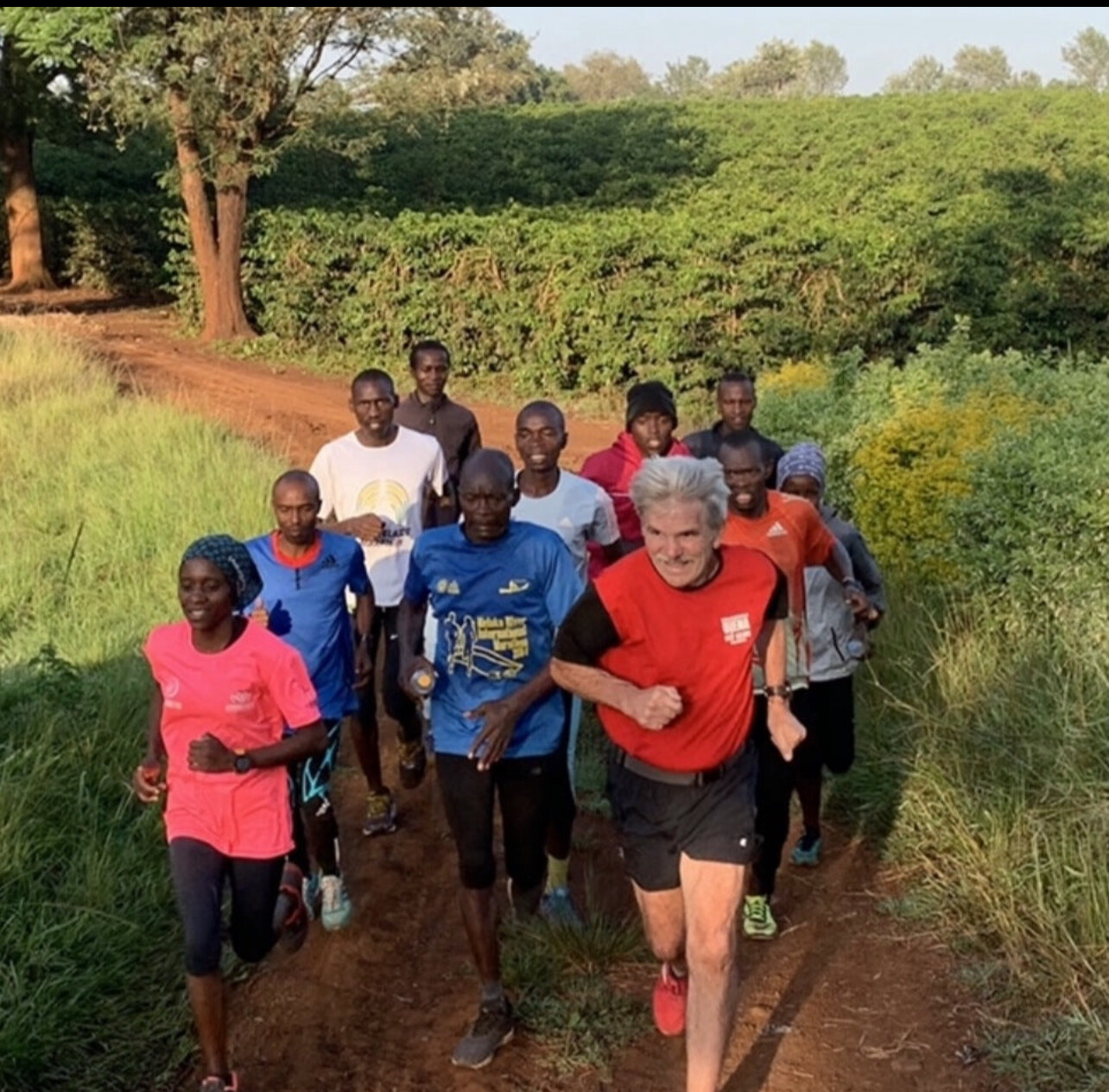
And the camaraderie is real. “There’s something unforgettable about running through a city or countryside you’ve never seen before with people who came from every corner of the globe,” says Sarah Kim, a five-time international marathoner. “You share the course, the culture, and the challenge.”
Tips for Planning a Race-Cation
• Pick Your Race Wisely: Choose an event that fits your fitness level and time zone adjustment. Be mindful of climate and elevation, too.
• Plan Around the Race: Arrive a few days early to acclimate, but schedule your sightseeing after the race. You’ll appreciate it more on rested legs.
• Pack Smart: Don’t rely on finding gear at your destination. Bring your trusted shoes, race-day fuel, and any recovery tools you use.
• Make It Memorable: Book a special meal, visit a famous landmark, or sign up for a local tour. Racing abroad is as much about the experience as it is about the finish line.
Looking Ahead
As international travel continues to rebound, destination races will likely play an even bigger role in the running world. For those who train hard year-round, what better reward than a race that ends with a view—and maybe a glass of local wine?
by Boris Baron
Login to leave a comment
Beyond the Finish Line: Navigating the Post-Race Emotional Landscape
Crossing the finish line of a race—be it a 5K, marathon, or ultra—is a moment of triumph. Yet, for many runners, the days following can bring unexpected feelings of emptiness or sadness. This phenomenon, known as the “post-race blues,” is a common experience that underscores the profound emotional journey of running.
Understanding the Post-Race Blues
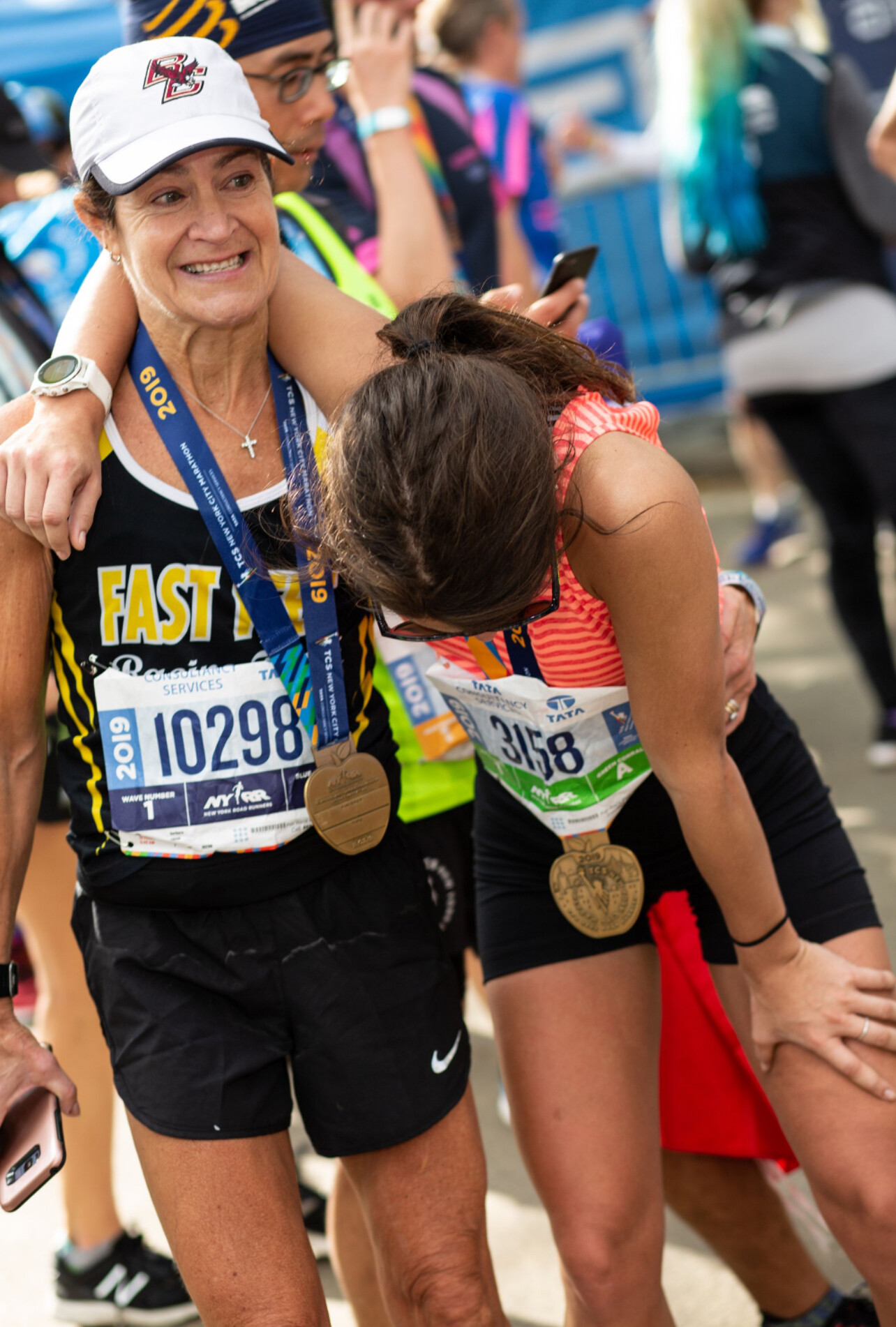
The post-race blues are not merely a figment of imagination; they have a physiological basis. During training and racing, the body releases endorphins and dopamine—chemicals associated with pleasure and reward. After the race, levels of these neurotransmitters can drop significantly, leading to feelings of lethargy or melancholy.
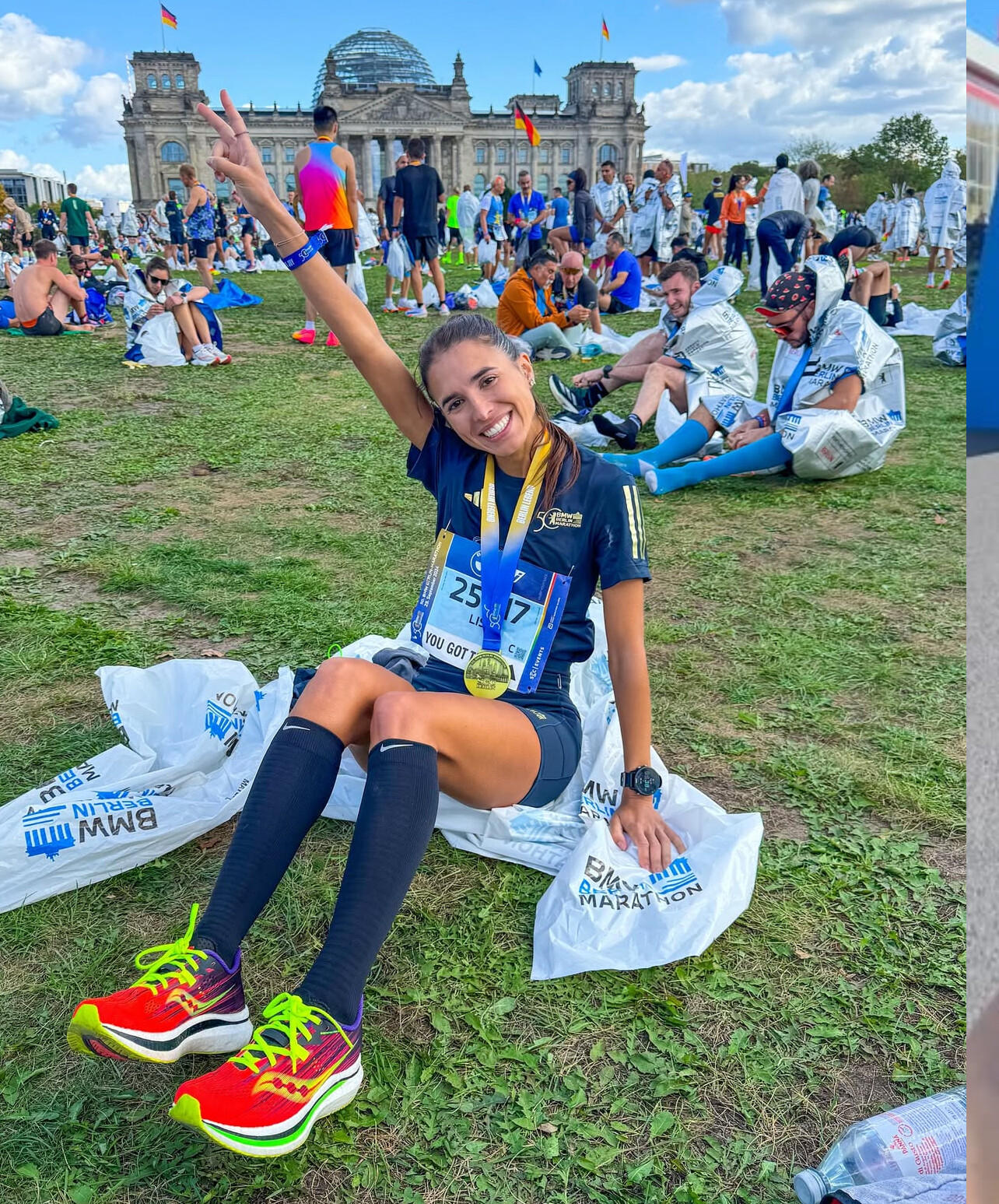
Dr. Beth McQuiston, a neurologist and medical director at Abbott, explains that finishing a race can feel like “pulling the plug on the neurotransmitter sink,” leaving runners feeling low after their body and brain are pulled out of the pattern they’ve adapted to .
Strategies to Cope and Thrive Post-Race
1. Acknowledge Your Feelings: Recognize that it’s normal to feel a mix of emotions after a race. Allow yourself to process these feelings without judgment.
2. Reflect on Your Achievement: Take time to appreciate what you’ve accomplished. Document your journey, share your experience with friends, or write a race recap.
3. Set New Goals: Establishing a new objective can provide direction and motivation. This doesn’t have to be another race; it could be improving your pace, exploring new trails, or incorporating cross-training.
4. Reconnect with Other Interests: Use this time to engage in hobbies or activities that may have taken a backseat during training.
5. Stay Active: While rest is essential, light activities like walking, yoga, or swimming can help maintain a sense of routine and boost mood.
6. Join a Community: Engaging with fellow runners or joining a running group can provide support and camaraderie.
7. Seek Professional Help if Needed: If feelings of sadness persist or intensify, consider consulting a mental health professional.
Embracing the Journey
Remember, the post-race blues are a testament to the passion and dedication you’ve invested in your running journey. By acknowledging these feelings and implementing coping strategies, you can transition smoothly into your next chapter, whether it’s setting a new goal or simply enjoying the run for its own sake.
by Boris Baron
Login to leave a comment
How Trail Races Are Redefining the Running Boom
In recent years, the global running community has seen a dramatic shift in where and how people race. While traditional road marathons still draw massive crowds, trail races—once considered a niche segment—are experiencing a surge in popularity. From rugged mountain paths to dense forests and desert crossings, more runners are lacing up to compete off-road, seeking challenge, solitude, and a deeper connection to nature.
The Rise of Trail Runnimg
Trail running has grown rapidly in the past decade, but its momentum accelerated after the COVID-19 pandemic, when road races were canceled and people turned to nature for both fitness and sanity. What started as necessity turned into passion for many, and race organizers took note. Events that once attracted a few hundred now sell out in minutes.
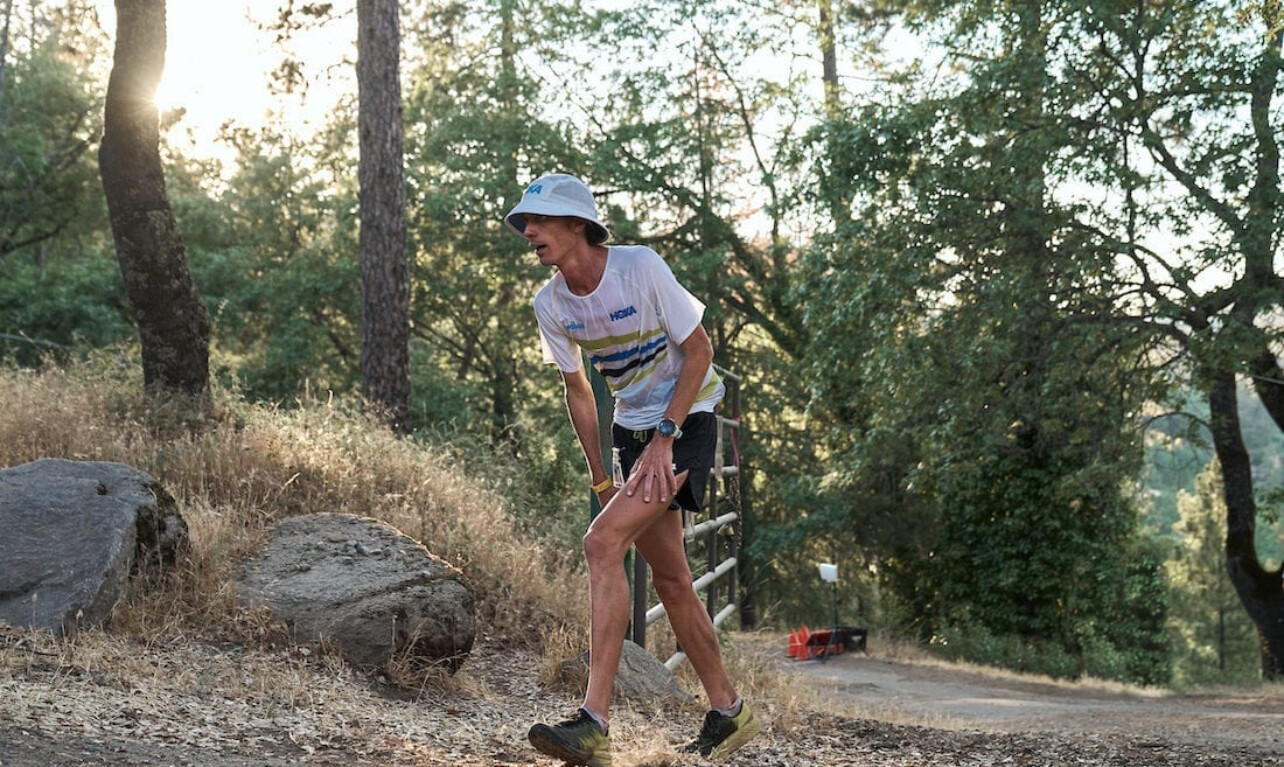
Today, races like the UTMB (Ultra-Trail du Mont-Blanc) in France, the Western States 100 in California, and the Ultra-Trail Cape Town in South Africa are globally recognized—drawing elites and amateur runners alike. These races offer not just distance and competition, but elevation, terrain variety, and breathtaking backdrops.
More Than a Race—A Journey
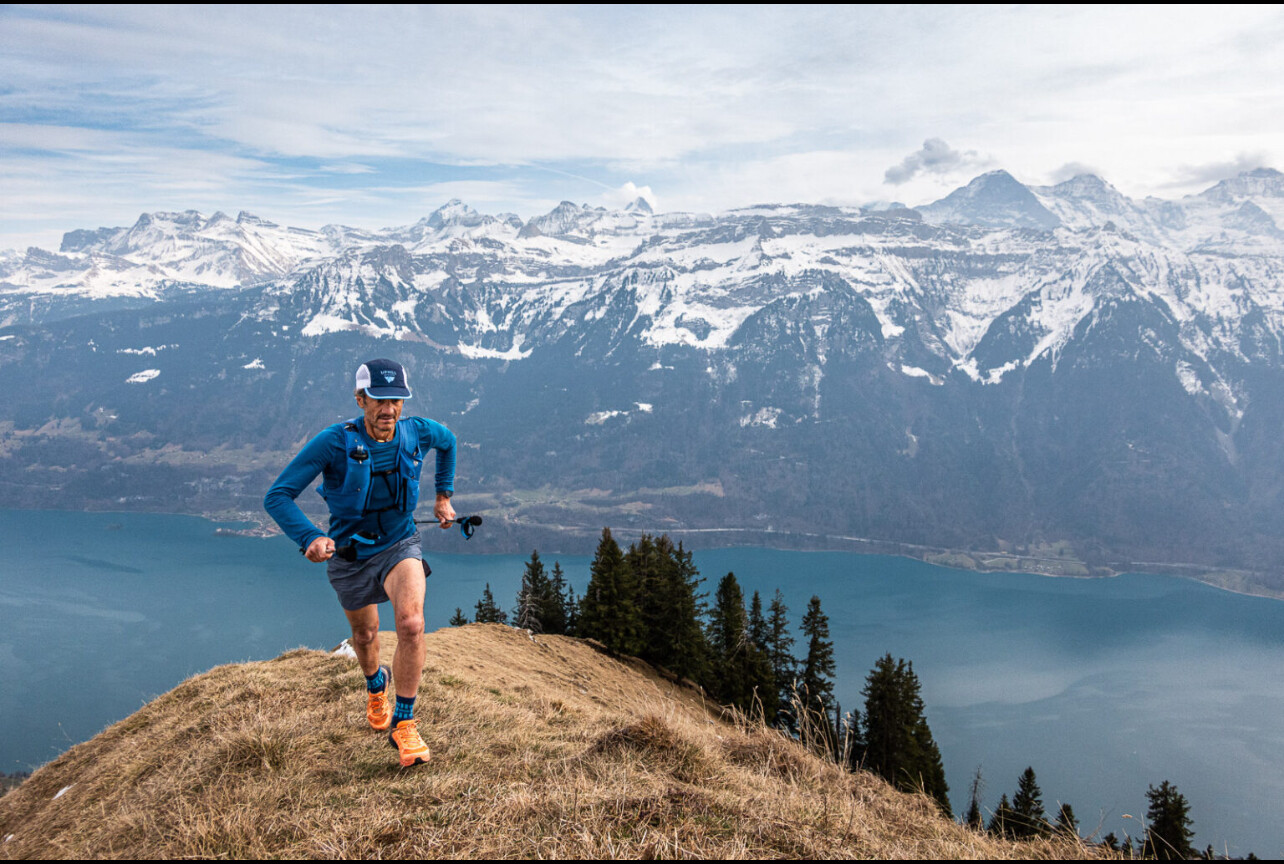
Unlike a typical 10K or marathon, trail races often require navigation, climbing, and mental fortitude. Weather and terrain can change quickly. Aid stations may be miles apart. But it’s exactly these demands that attract runners hungry for something deeper than just speed or medals.
“There’s something primal about running in the wilderness,” says 2023 UTMB finisher Sara Delgado. “It’s not just about pace—it’s about presence.”
Elite Trail Runners on the Rise
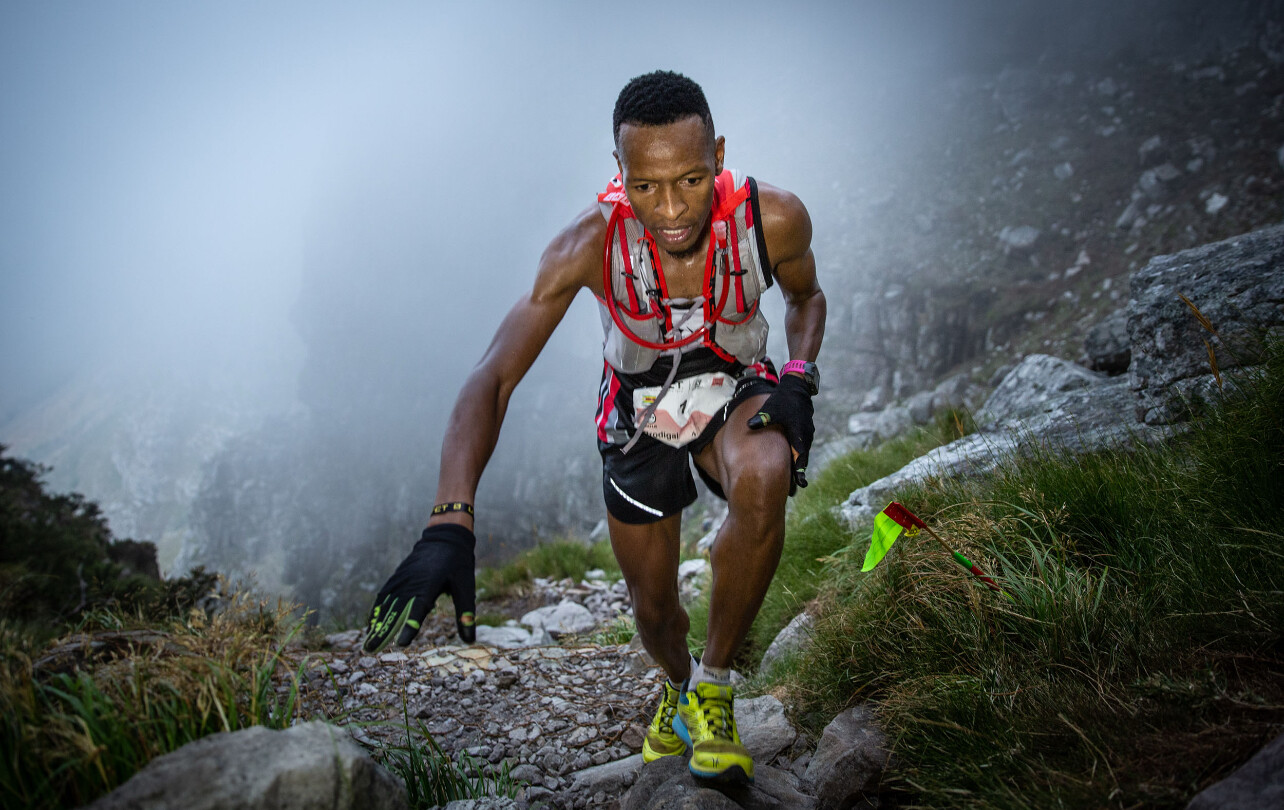
Top road racers are taking notice too. Marathoners like Jim Walmsley and Kilian Jornet have made trail dominance a core part of their legacy. Meanwhile, athletes like Courtney Dauwalter are redefining what endurance looks like, regularly winning 100-mile races overall—not just in the women’s field.
Sponsors have followed the talent. Major brands are investing in trail running gear, shoes, and media coverage, making the sport more visible and viable for elite athletes and growing its appeal for weekend warriors.
Global Appeal
From Portugal’s Douro Valley to the jungles of Costa Rica and the peaks of Japan’s Alps, trail races are being launched in every corner of the world. Many combine local culture with intense landscapes, turning these events into destination experiences.
Travel-based trail running adventures—3-day stage races, run-and-yoga retreats, and culinary trail tours—are also gaining traction. It’s no longer just a race, but a way to see the world, one footstep at a time.
What This Means for the Future
Trail running is redefining the running boom by offering what many road races cannot: quiet, challenge, authenticity, and unfiltered connection to the earth. As the sport continues to grow, it’s likely we’ll see more hybrid athletes, crossover races, and increased visibility across the media.
The road will always have its place, but for a growing number of runners, the real race begins where the pavement ends.
by Boris Baron
Login to leave a comment
Spokane’s Iconic Lilac Bloomsday Run Set for Another Memorable Edition This Weekend
The Lilac Bloomsday Run, one of America’s most cherished road races, is ready to welcome thousands of runners, walkers, and wheelchair athletes to the streets of Spokane, Washington this weekend. Known for its festive atmosphere, scenic course, and rich history, Bloomsday remains a signature event in the running world nearly five decades after its humble beginnings.
The idea for Bloomsday was born during the running boom of the late 1970s. Don Kardong, a local runner who had moved to Spokane in 1974, helped spark the movement. Kardong, fresh off his impressive fourth-place finish in the marathon at the 1976 Montreal Olympics, had been competing in national-class road races and saw the potential for Spokane to host its own major event. In the fall of 1976, he casually mentioned the idea of a downtown run to a local reporter. That simple suggestion quickly captured the city’s imagination and made headlines, laying the foundation for what would become a legendary race.
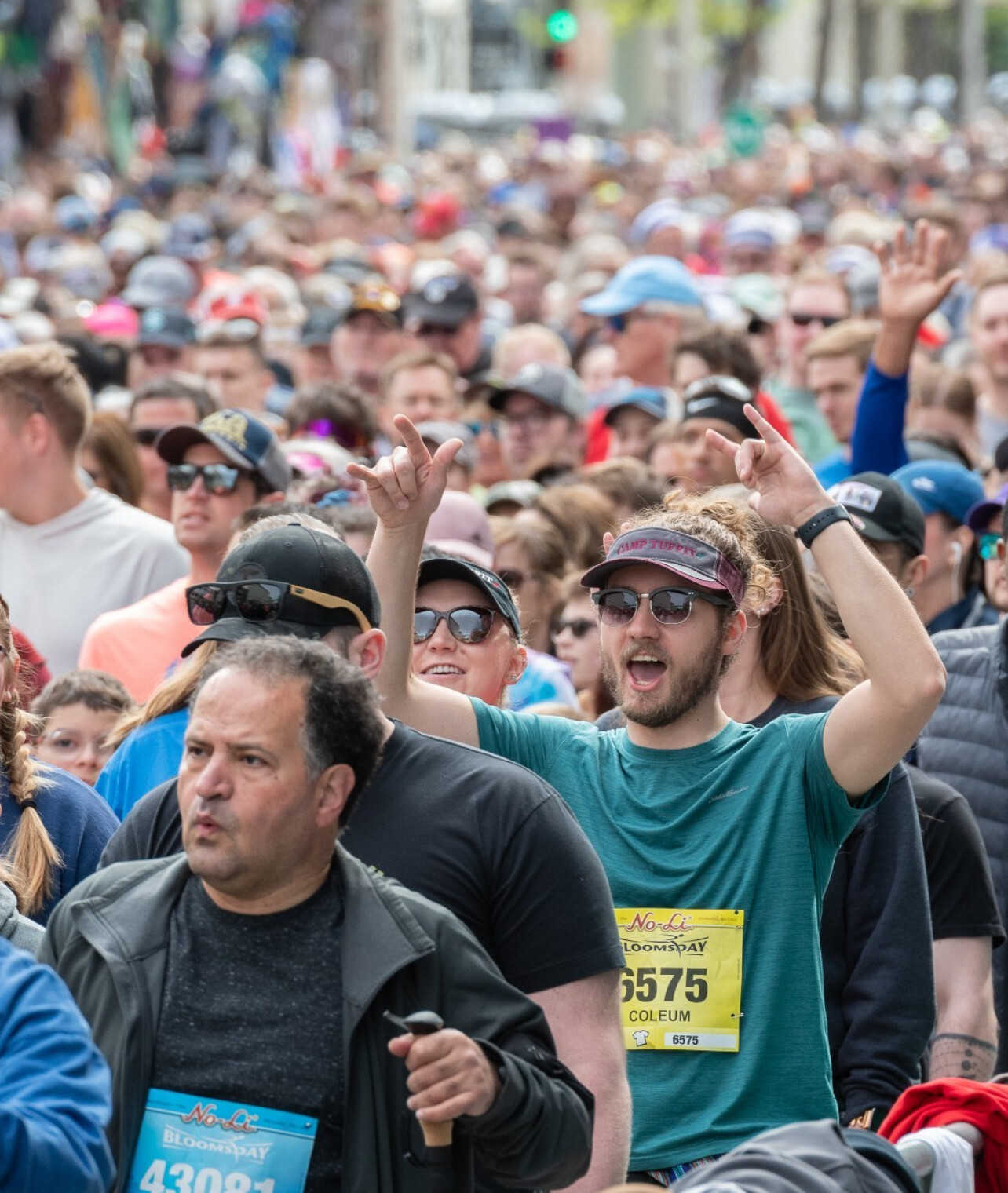
The first Lilac Bloomsday Run was held in May 1977, drawing about 1,200 participants—a remarkable turnout for an inaugural event. Since then, Bloomsday has grown into one of the largest timed road races in the world, attracting more than 40,000 entrants in its peak years. The race has also hosted elite athletes from around the globe, many of whom appreciate Bloomsday’s challenging course and the enthusiastic support from the local community.
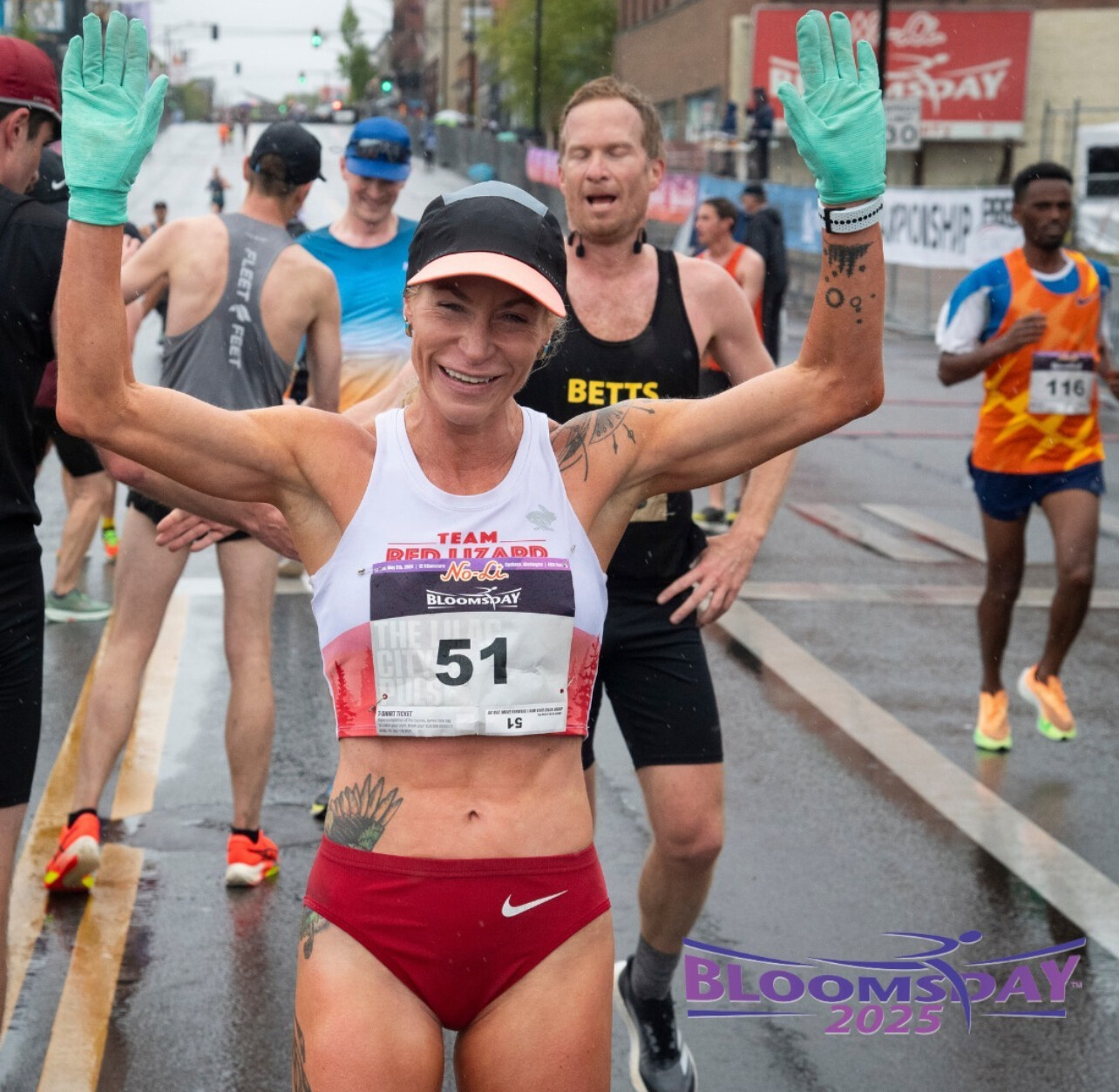
The 12-kilometer (7.46-mile) course weaves through the heart of Spokane, featuring a mix of downtown streets, park trails, and residential neighborhoods. One of the course’s most famous features is “Doomsday Hill,” a grueling climb near mile five that tests the endurance and spirit of every participant. At the top of the hill, runners are cheered on by the race’s beloved mascot, the “Bloomsday Vulture,” a humorous reminder that making it to the summit is a victory in itself.
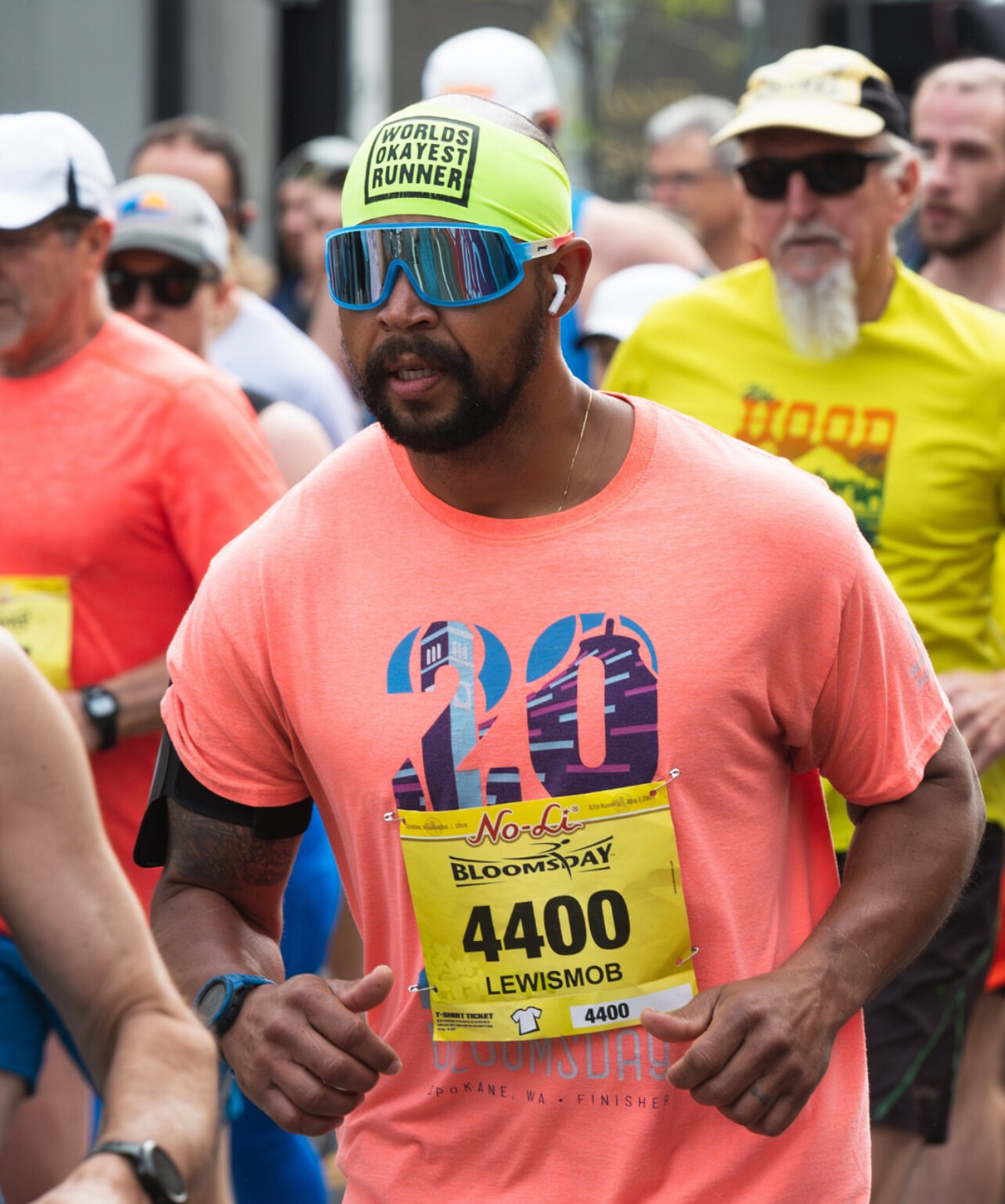
Course Records and Notable Performances
The Bloomsday course has seen some truly world-class performances over the years. The men’s course record was set by Micah Kogo of Kenya, who blazed through the 12K in 33:51 in 2008. On the women’s side, Tegla Loroupe, also from Kenya, holds the women’s course record with her time of 38:29, set back in 1995.
Over the years, Bloomsday has crowned many notable champions. Bloomsday legend Jon Sinclairwon the race three times during the 1980s, helping to establish its national prominence. Tegla Loroupe, a multiple-time winner, used Bloomsday as a springboard to international stardom, later setting a marathon world record. More recently, Leonard Korir and Emily Chebet have continued the strong tradition of elite competition, pushing the pace and maintaining Bloomsday’s reputation for excellence.
Bloomsday also played a role in the careers of American stars like Meb Keflezighi and Deena Kastor, both of whom have competed in Spokane on their way to Olympic and World Championship success.
More Than a Race
Bloomsday is more than just a race—it’s a celebration of fitness, community, and perseverance. The event embraces runners and walkers of all abilities, offering divisions for competitive racers, recreational participants, and wheelchair athletes. It also maintains a commitment to innovation and fun, with live music, costumes, and spirited crowd support lining the route.
As Spokane prepares to host the 2025 edition of Bloomsday this weekend, excitement is building once again. Whether chasing a personal best, tackling Doomsday Hill for the first time, or simply enjoying the festive atmosphere, participants can look forward to an unforgettable experience that embodies the spirit of community and the enduring joy of running.

by Boris Baron
Login to leave a comment
Lilac Bloomsday 12K
The Lilac Bloomsday Run was born during the running boom that swept the nation in the late 1970s. Local runner Don Kardong, who moved to Spokane in 1974, competed in several national class road races before and after his participation in the 1976 Olympic Marathon, and in the fall of 1976 he suggested to a local reporter that Spokane should...
more...Sebastian Sawe Stuns Legendary Field to Win 2025 London Marathon
In a race billed as the most competitive men’s marathon field ever assembled, Kenya’s Sebastian Sawe delivered a performance for the ages, clinching victory at the 2025 London Marathon with a time of 2:02:27.
Sawe, 30, who burst onto the marathon scene with a 2:02:05 debut in Valencia last December, showcased his prowess by outpacing a field laden with Olympic champions and world record holders. His decisive move came after the 30-kilometer mark, where he surged ahead, leaving his competitors trailing. This win marks only his second marathon, solidifying his status as one of the sport’s rising stars.
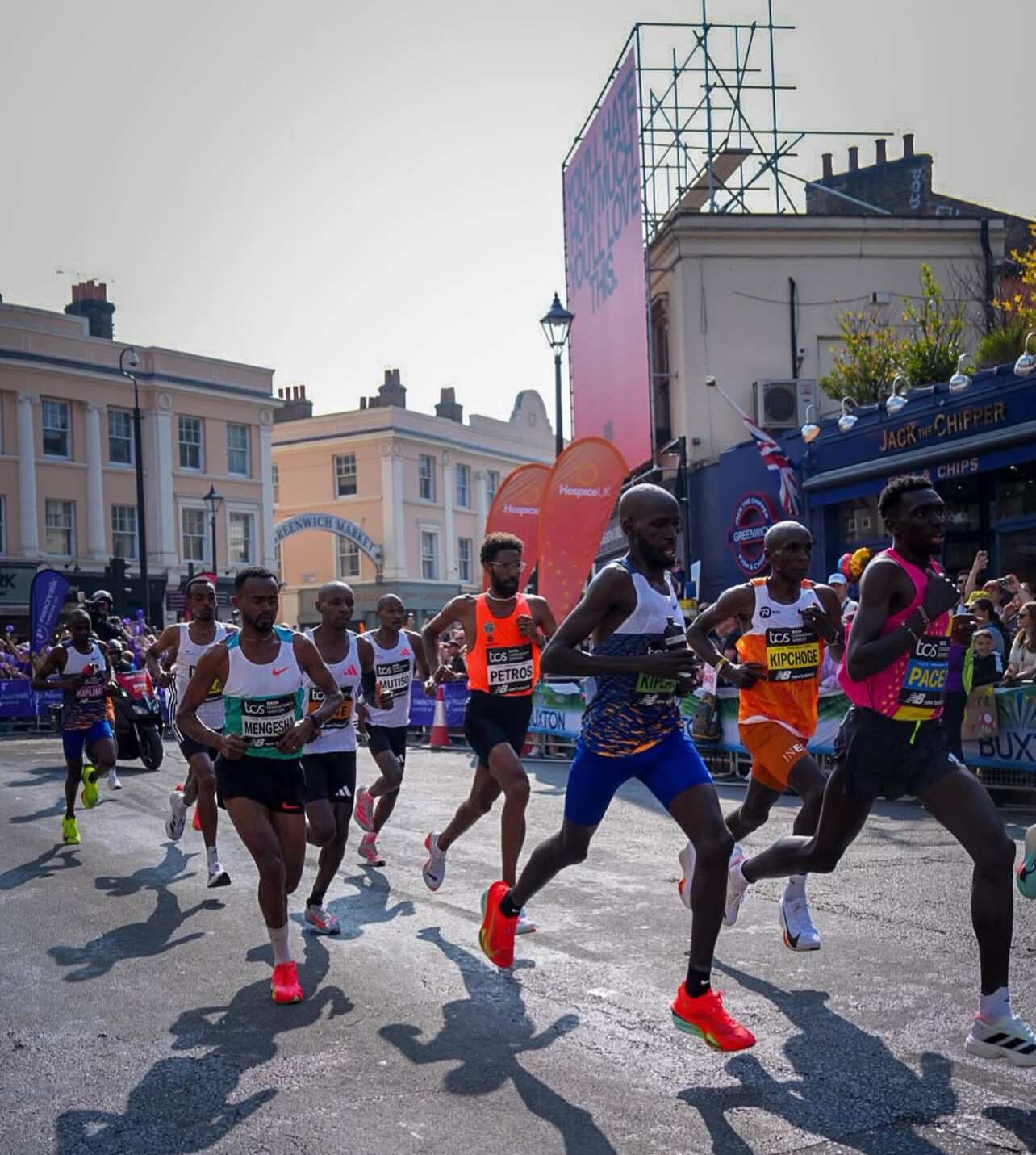
Men’s Elite Top 25 Finishers
Top 25 Men’s Elite Finishers
1. Sabastian Sawe (KEN) – 2:02:27
2. Jacob Kiplimo (UGA) – 2:03:37
3. Alexander Mutiso Munyao (KEN) – 2:04:20
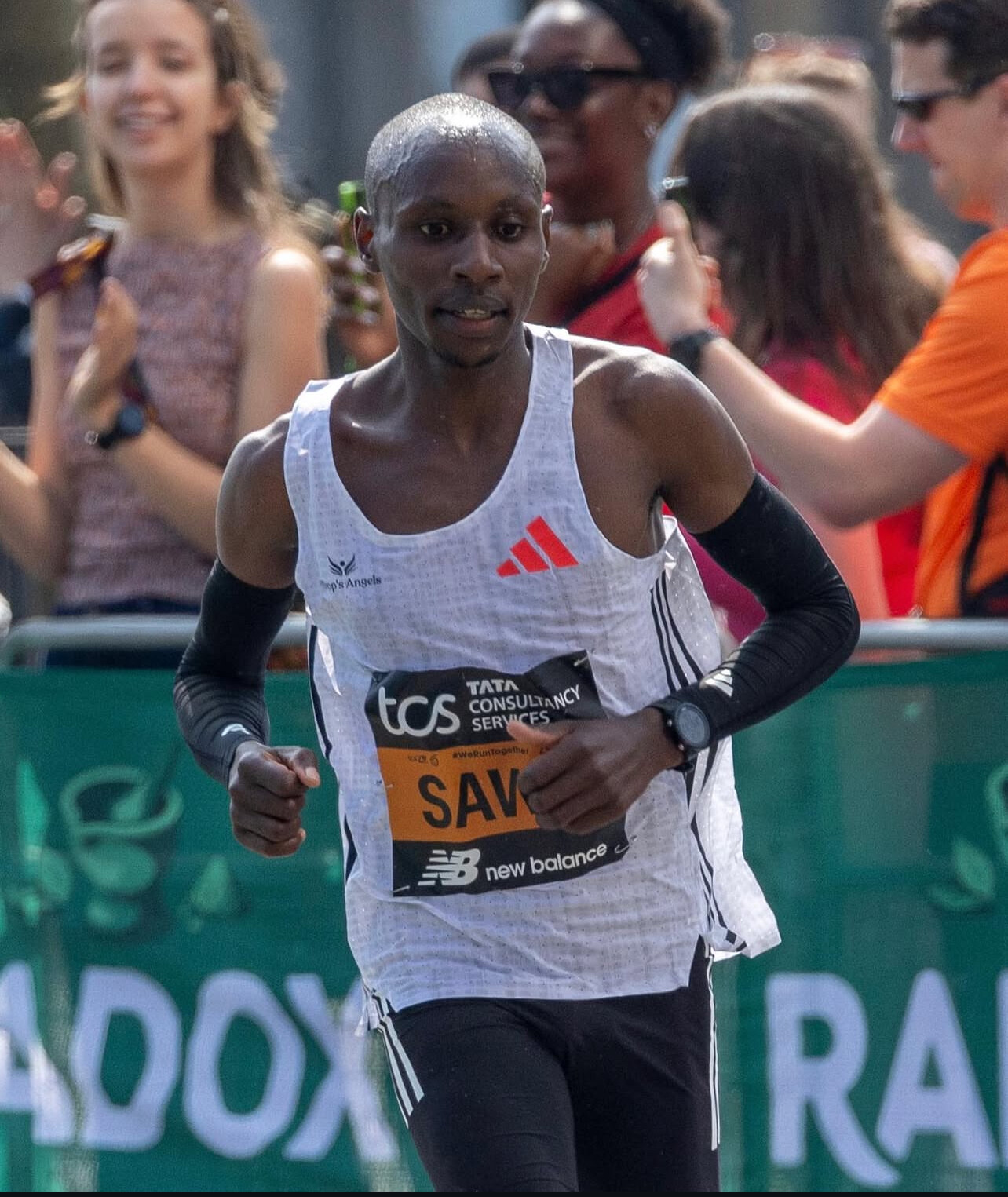
4. Abdi Nageeye (NED) – 2:04:20
5. Tamirat Tola (ETH) – 2:04:42
6. Eliud Kipchoge (KEN) – 2:05:25
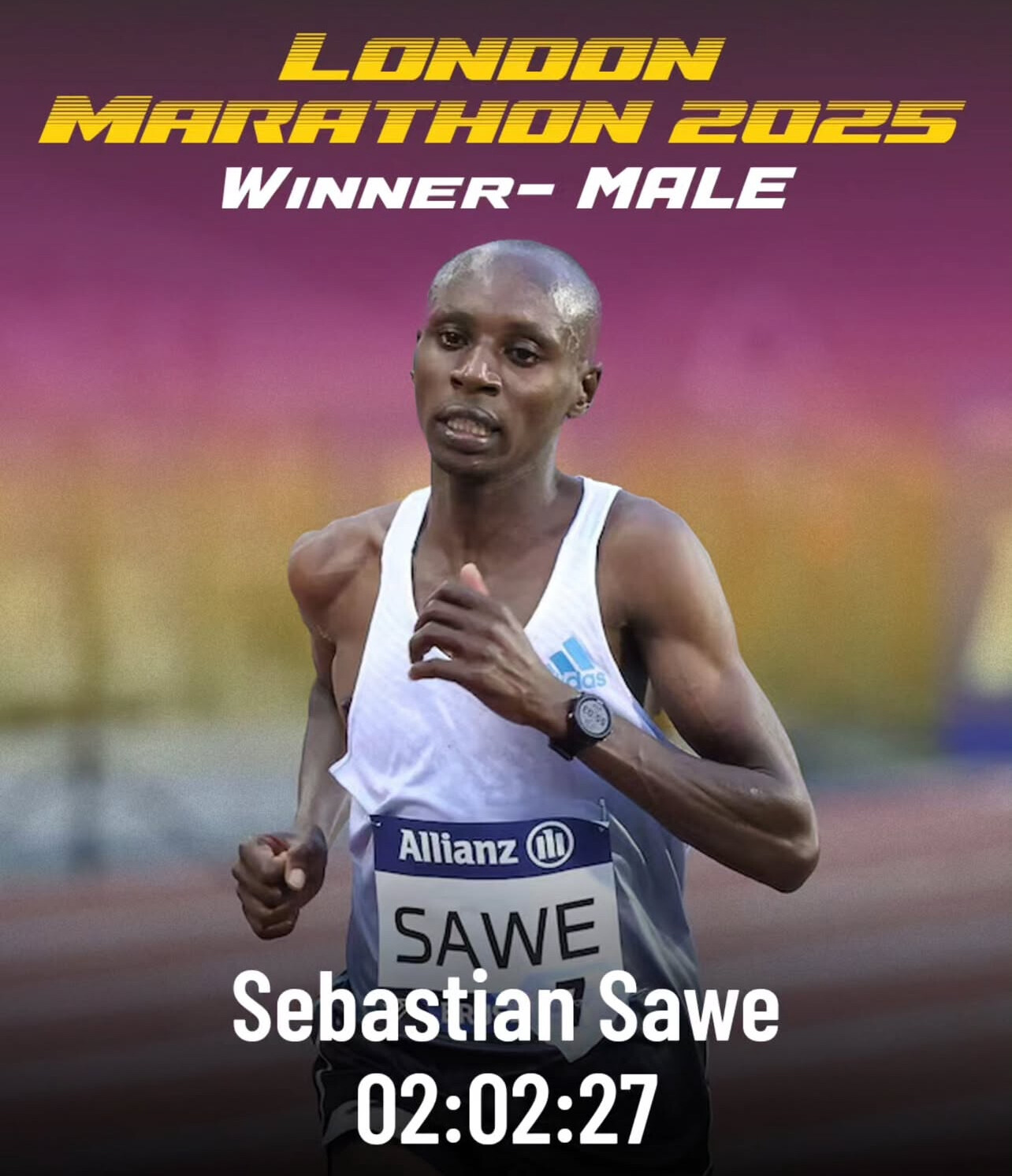
7. Hillary Kipkoech (KEN) – 2:06:05
8. Amanal Petros (GER) – 2:06:30
9. Mahamed Mahamed (GBR) – 2:08:52
10. Milkesa Mengesha (ETH) – 2:09:01
11. Andrew Buchanan (AUS) – 2:09:11
12. Adam Lipschitz (RSA) – 2:09:48
13. Sondre Nordstad Moen (NOR) – 2:09:57
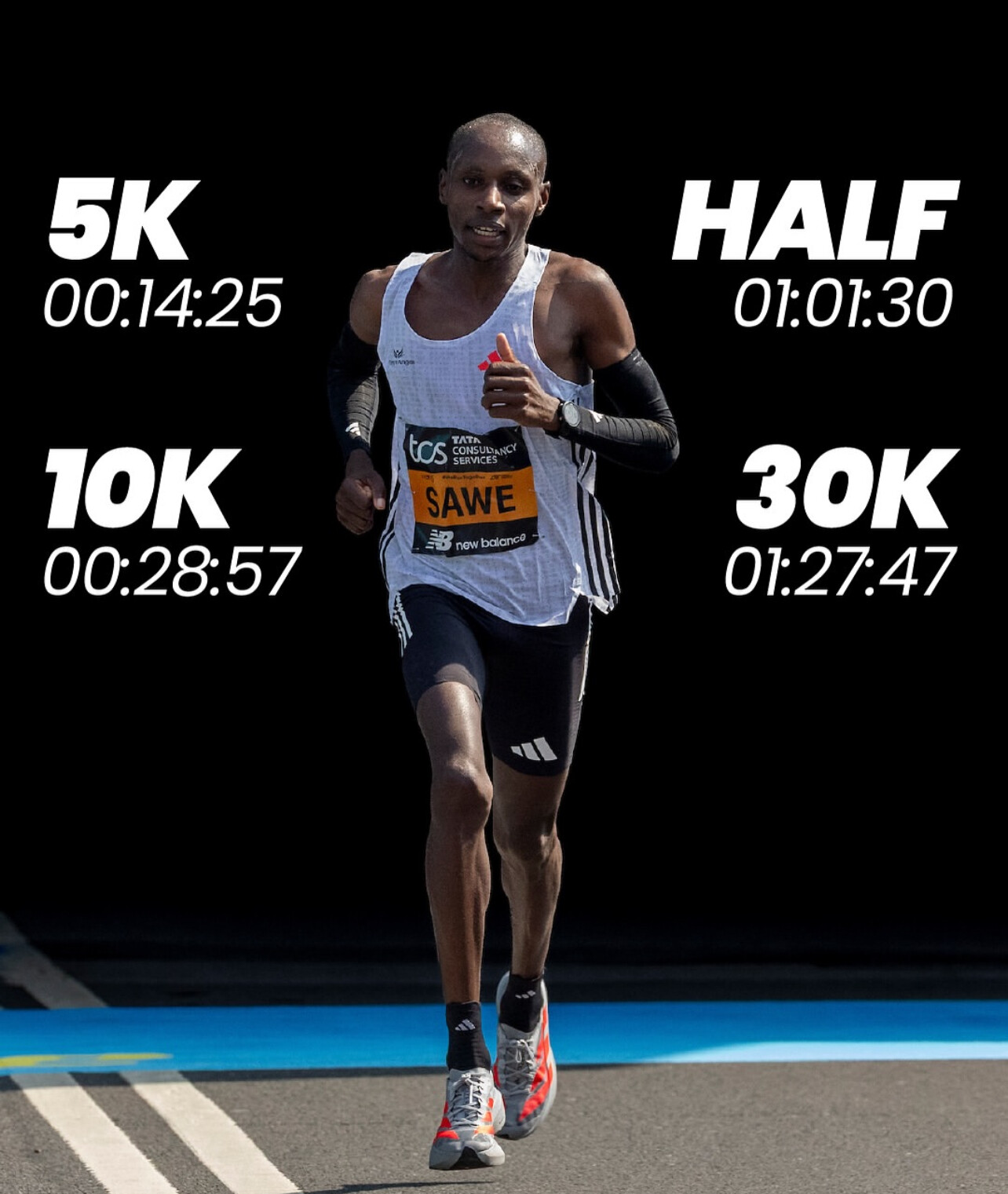
14. Alex Yee (GBR) – 2:11:08
15. Weynay Ghebresilasie (GBR) – 2:11:21
16. Jake Smith (GBR) – 2:11:57
17. Marcelo Laguera (MEX) – 2:12:03
18. Kevin Salvano (USA) – 2:13:03
19. Alex Milne (GBR) – 2:14:03
20. Philip Sesemann (GBR) – 2:14:46
21. Sean Hogan (GBR) – 2:14:51
22. Logan Smith (GBR) – 2:15:23
23. David Bishop (GBR) – 2:15:58
24. Ross Braden (GBR) – 2:21:05
25. Carl Avery (GBR) – 2:23:19
Notably, marathon legend Eliud Kipchoge, aiming for a record-extending fifth London title, finished sixth with a time of 2:05:25. Despite a strong start, Kipchoge couldn’t match the relentless pace set by Sawe in the latter stages of the race.
Uganda’s Jacob Kiplimo impressed in his marathon debut, securing second place with a commendable 2:03:37 finish. Defending champion Alexander Mutiso Munyao and Dutch record-holder Abdi Nageeye both clocked 2:04:20, with Mutiso narrowly edging out Nageeye for the third spot.
The race unfolded under sunny skies and ideal running conditions, with temperatures around 16°C (61°F), providing a perfect backdrop for this historic event.
Sawe’s triumph not only underscores his meteoric rise in long-distance running but also adds a new chapter to the rich history of the London Marathon.
by Boris Baron
Login to leave a comment
Five guys under 2:05 and 13 under 2:10! I know the organizers wanted sub 2 hours but it was a stunning event as it was. And the fastest time for a women’s only marathon. Congrats all around including to the organizers! Well done! - Bob Anderson 4/27 4:30 pm |
The Last Push Before Summer: How Runners Are Peaking This Spring
As the calendar turns toward May, runners across the globe are entering a crucial phase in their annual training cycles: the final opportunity to race hard and fast before summer heat shifts the strategy.
While many spring races are just wrapping up—or happening this weekend—runners are still chasing personal bests and season goals. The London Marathon, Madrid Marathon, and Big Sur International Marathon are all set for this Sunday, capping off one of the most exciting stretches of the global racing calendar.
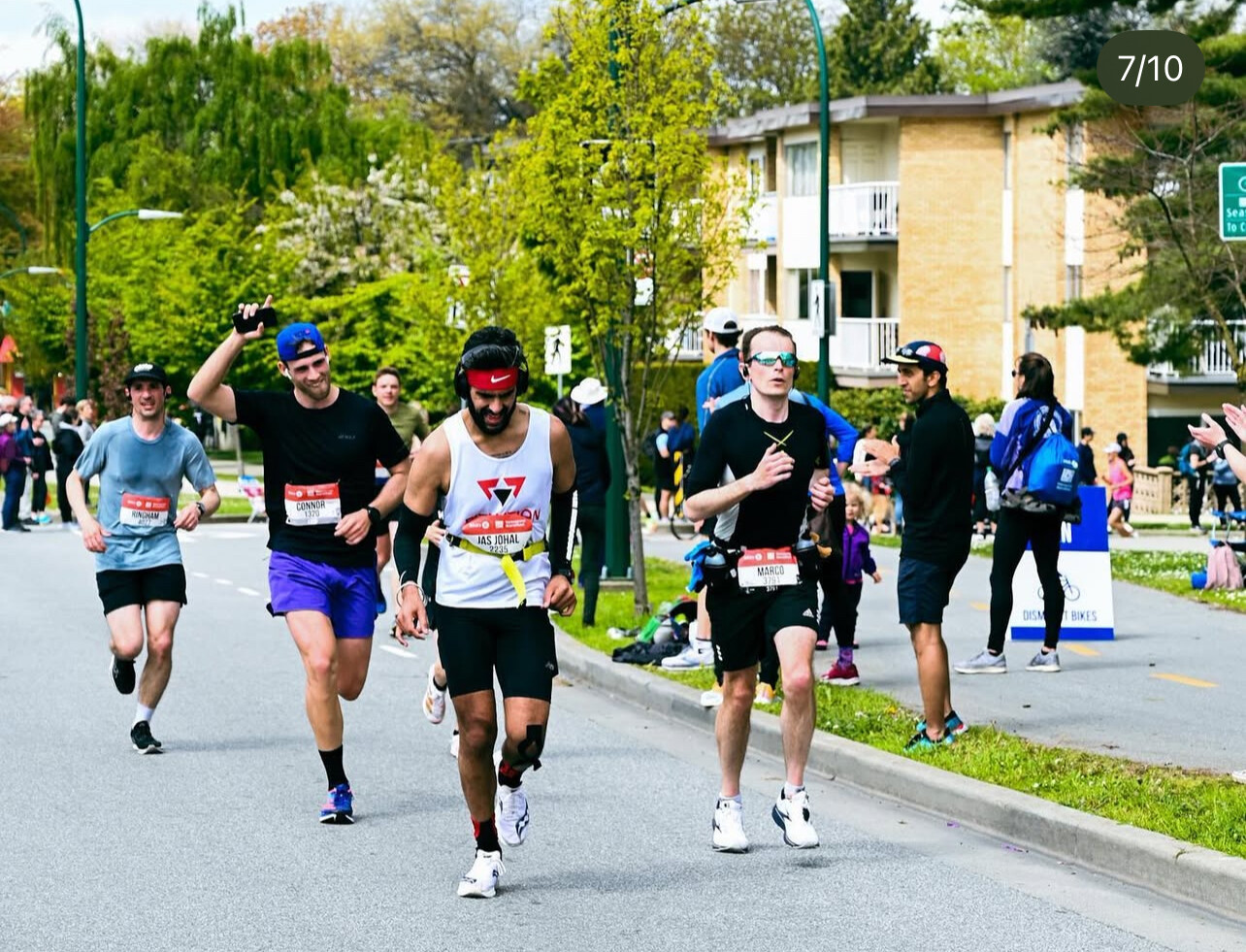
But the season isn’t quite over yet. The Eugene Marathon, Vancouver Marathon, Pittsburgh Marathon, and other early May events are giving runners one more shot to test their fitness—and many are taking full advantage.

A Critical Window for Speed and Strategy
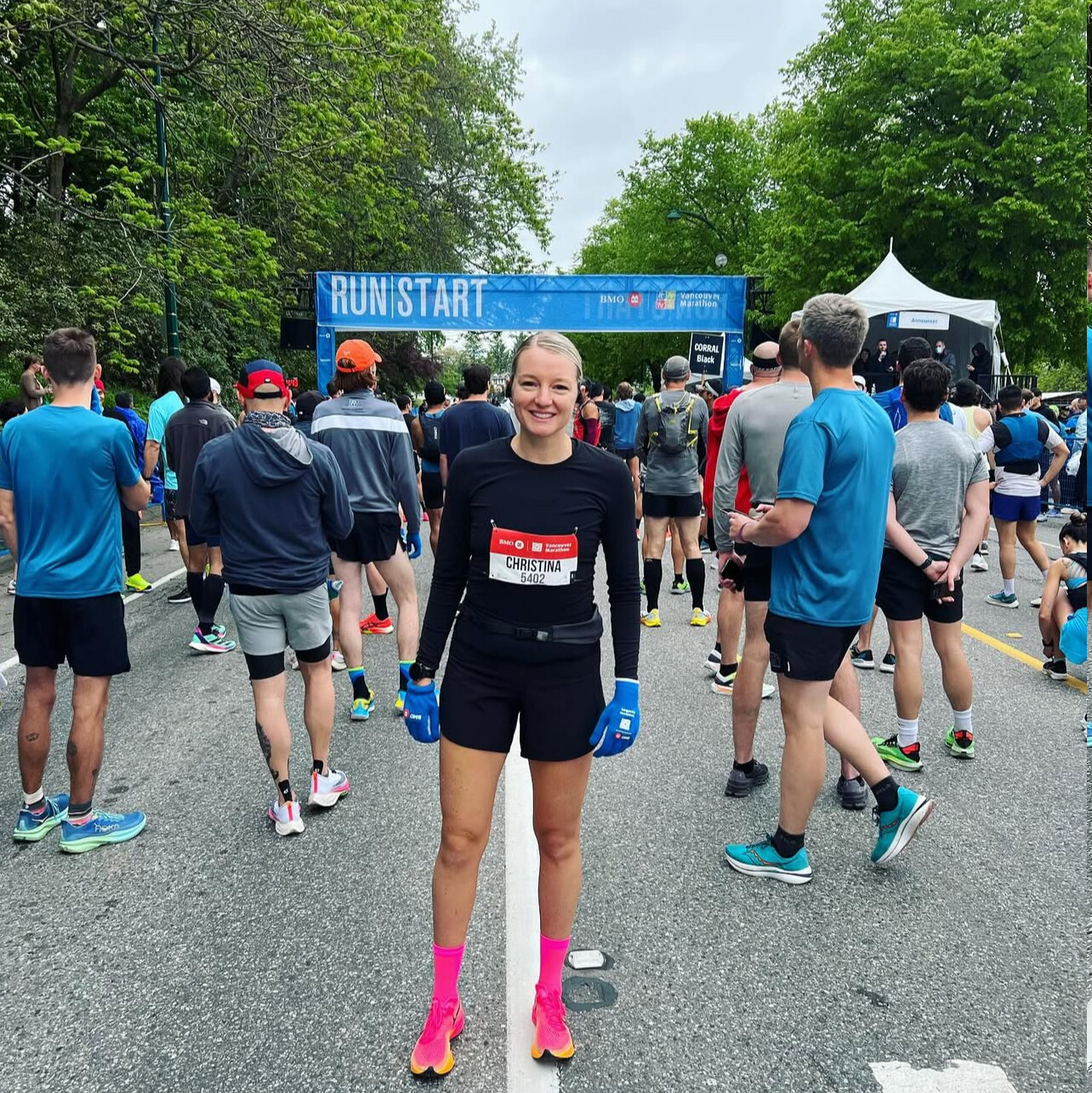
“This is one of the best times of year to be fit,” says Coach Dennis from KATA Portugal. “Runners who stayed healthy through the winter and peaked for April races are now sharper than ever. If you can handle one more race effort, this is the time to go for it.”
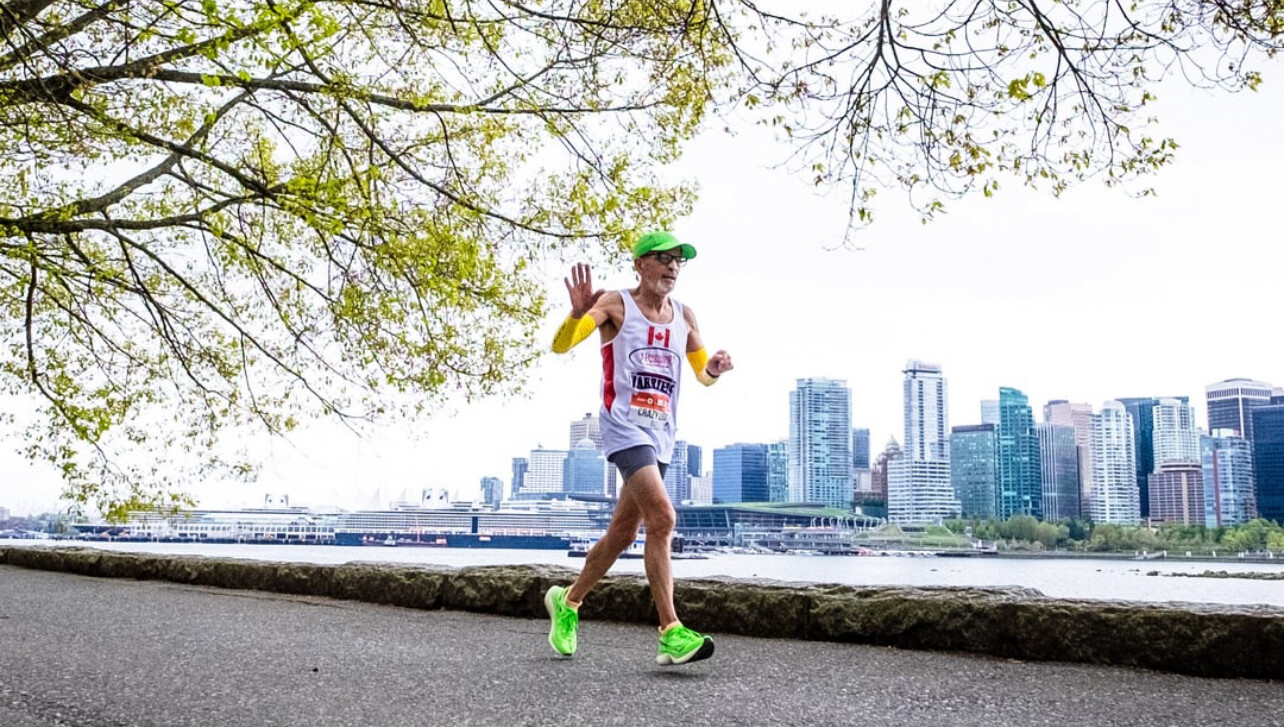
Late April and early May offer ideal racing weather in much of the Northern Hemisphere. Cool mornings and calm conditions are perfect for PRs, BQ attempts, or one last tune-up before switching into base-building mode.
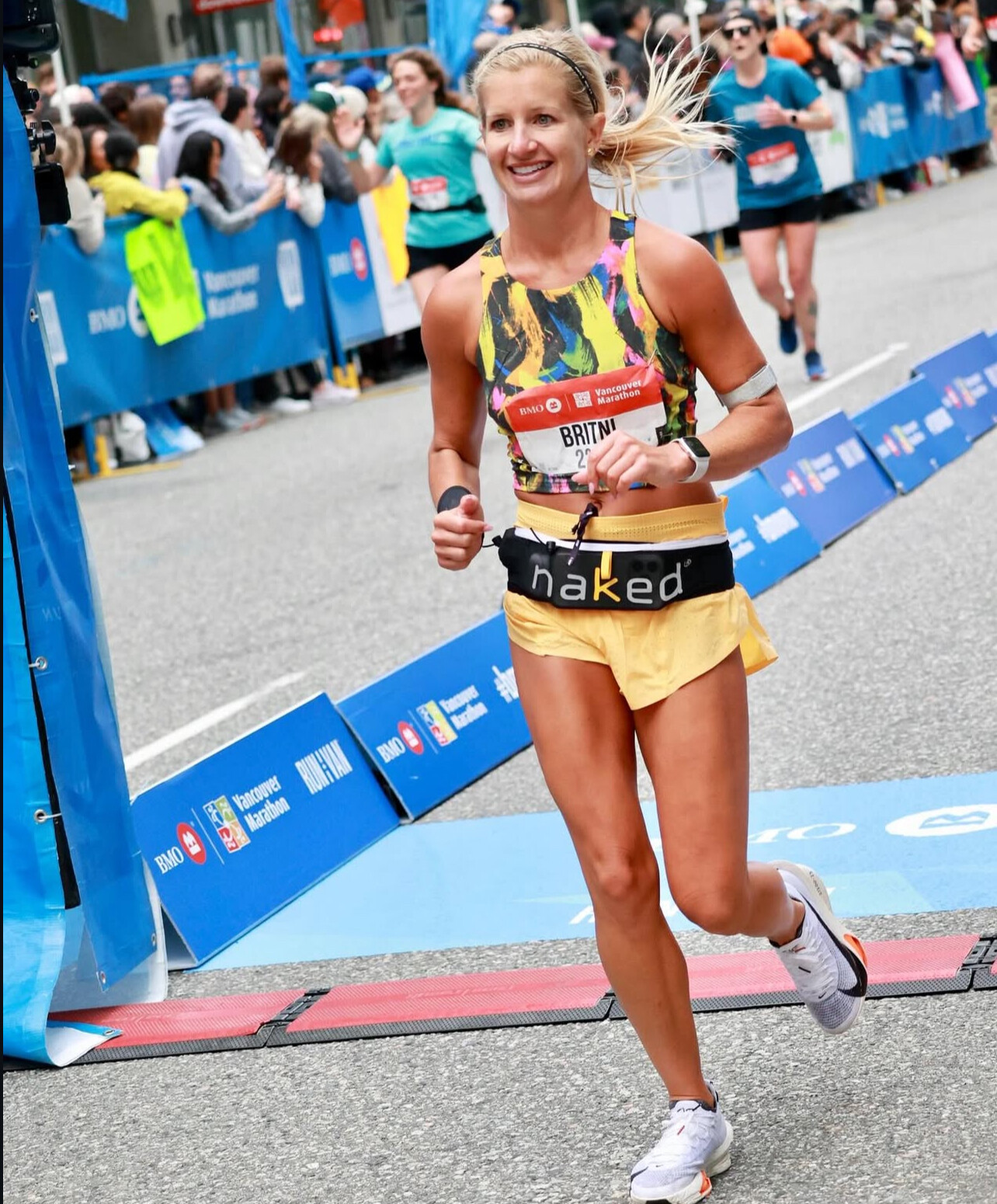
The Spring Surge Continues
The Eugene Marathon (April 27) and BMO Vancouver Marathon (May 4) are both known for fast, scenic courses and well-organized race weekends. They attract everyone from local club runners to elites trying to salvage a qualifying time or simply end the spring on a high note.
“My goal race is Berlin this fall, but Eugene gives me a mid-year checkpoint,” says California-based runner Mallory James. “If I’m not racing now, I’m falling behind.”
Time to Recover—or to Launch
Some runners will use May for recovery after a hard season. Others—especially those gearing up for summer trail and mountain races—are just now hitting their peak mileage. Events like the Dipsea, Mt. Washington Road Race, and Western States 100 are fast approaching.
Coach’s Tip: Plan Your Summer Wisely
According to KATA coach and 2:07 marathoner Jimmy Muindi, spring is where momentum is built—but summer is where runners evolve. “If you raced well this spring, great. Now shift the focus to long-term strength. Summer is for building, not burning out.”
Whether you’re racing this weekend or logging miles toward your fall marathon, this is your moment to finish strong—and set the tone for everything that comes next. As the calendar turns toward May, runners across the globe are entering a crucial phase in their annual training cycles: the final opportunity to race hard and fast before summer heat shifts the strategy.
by Boris Baron
Login to leave a comment


